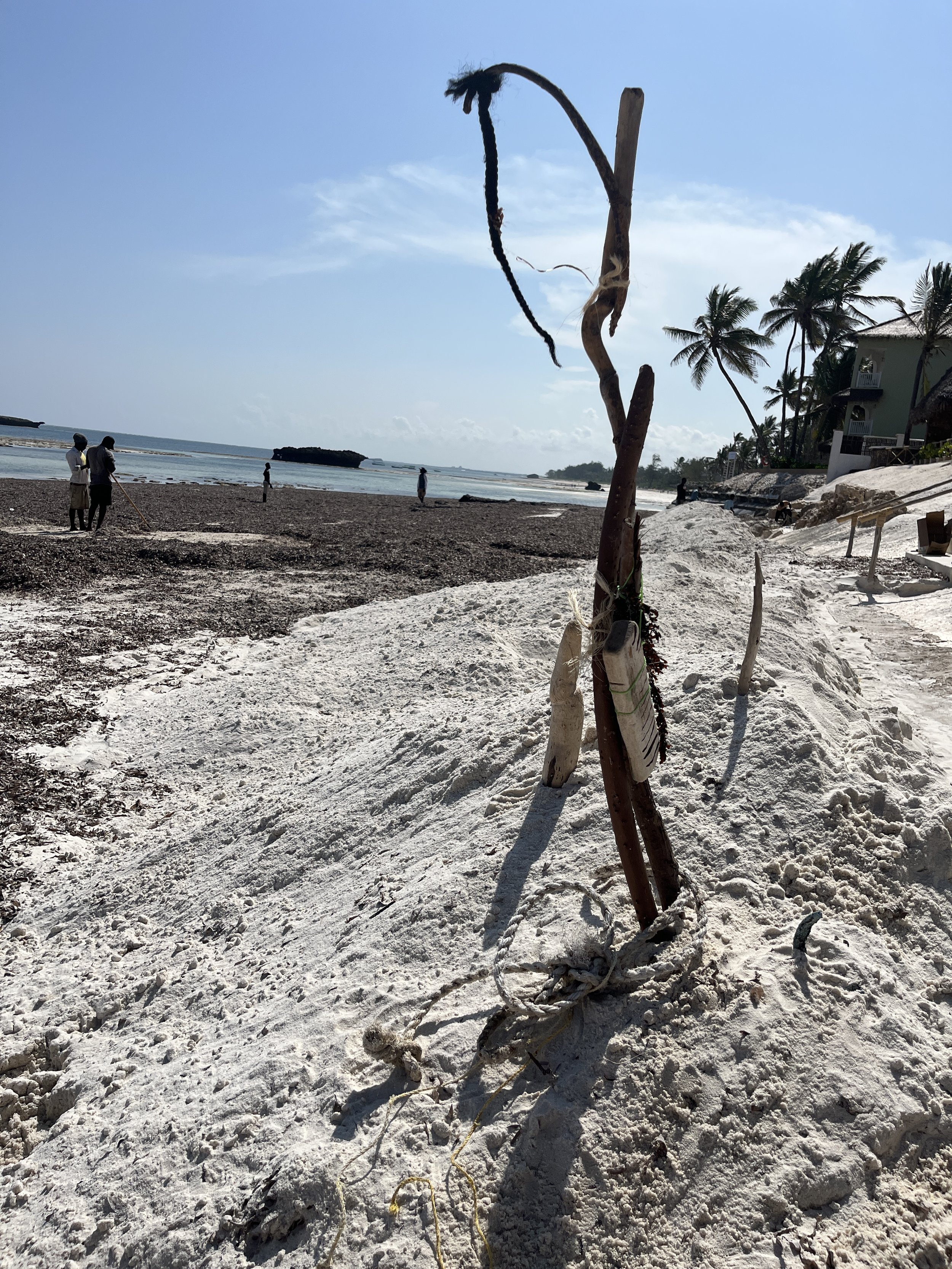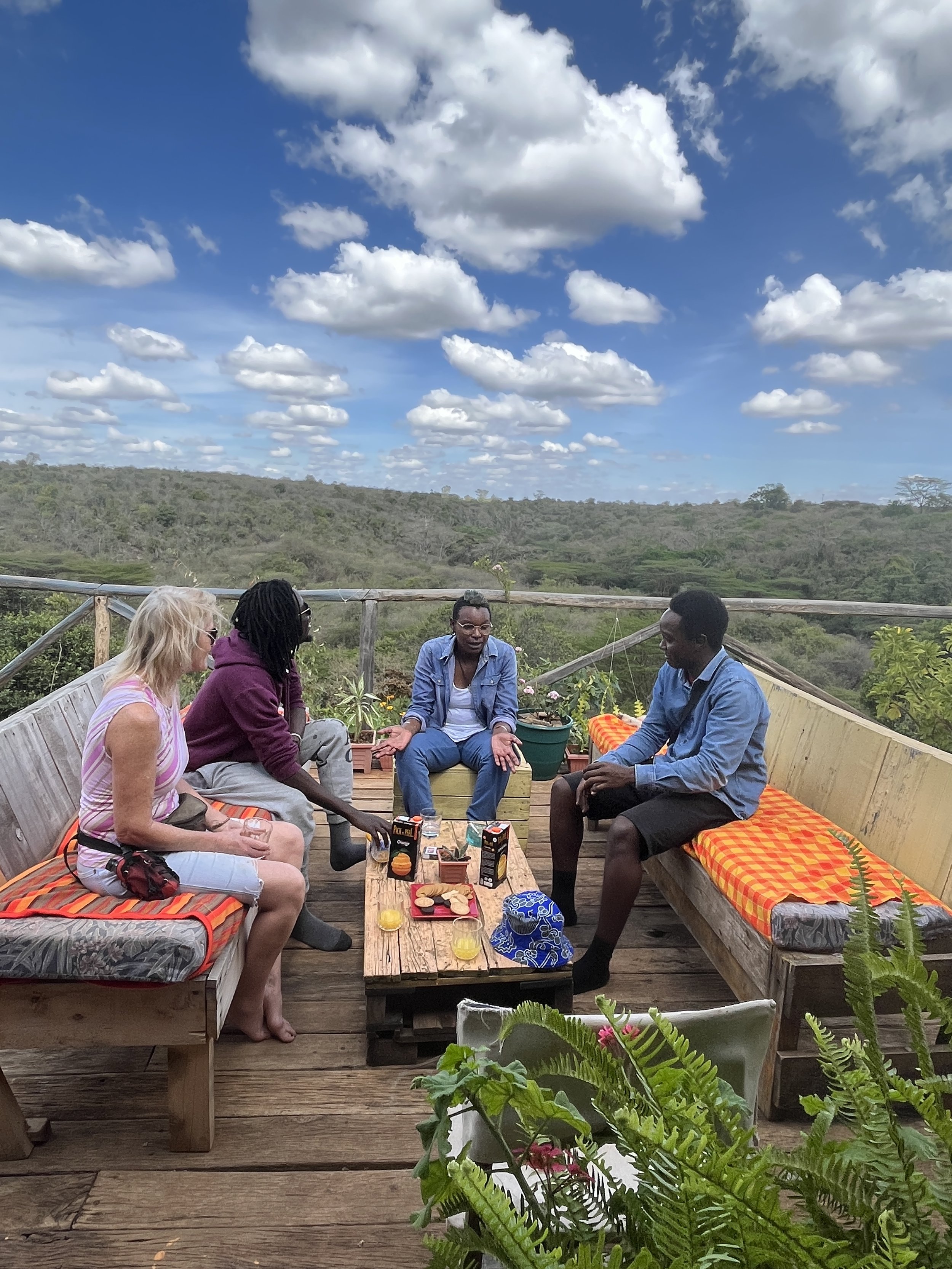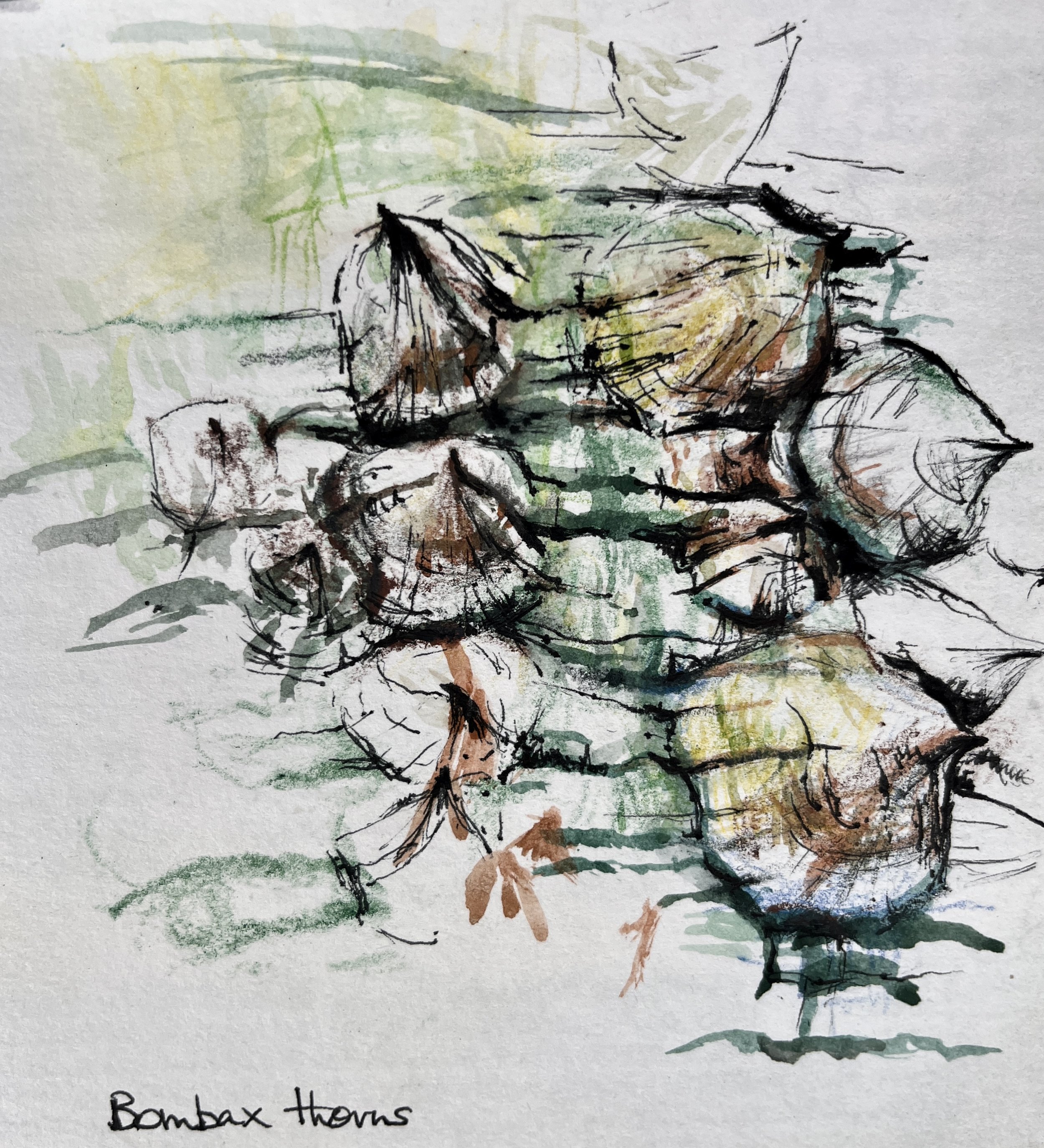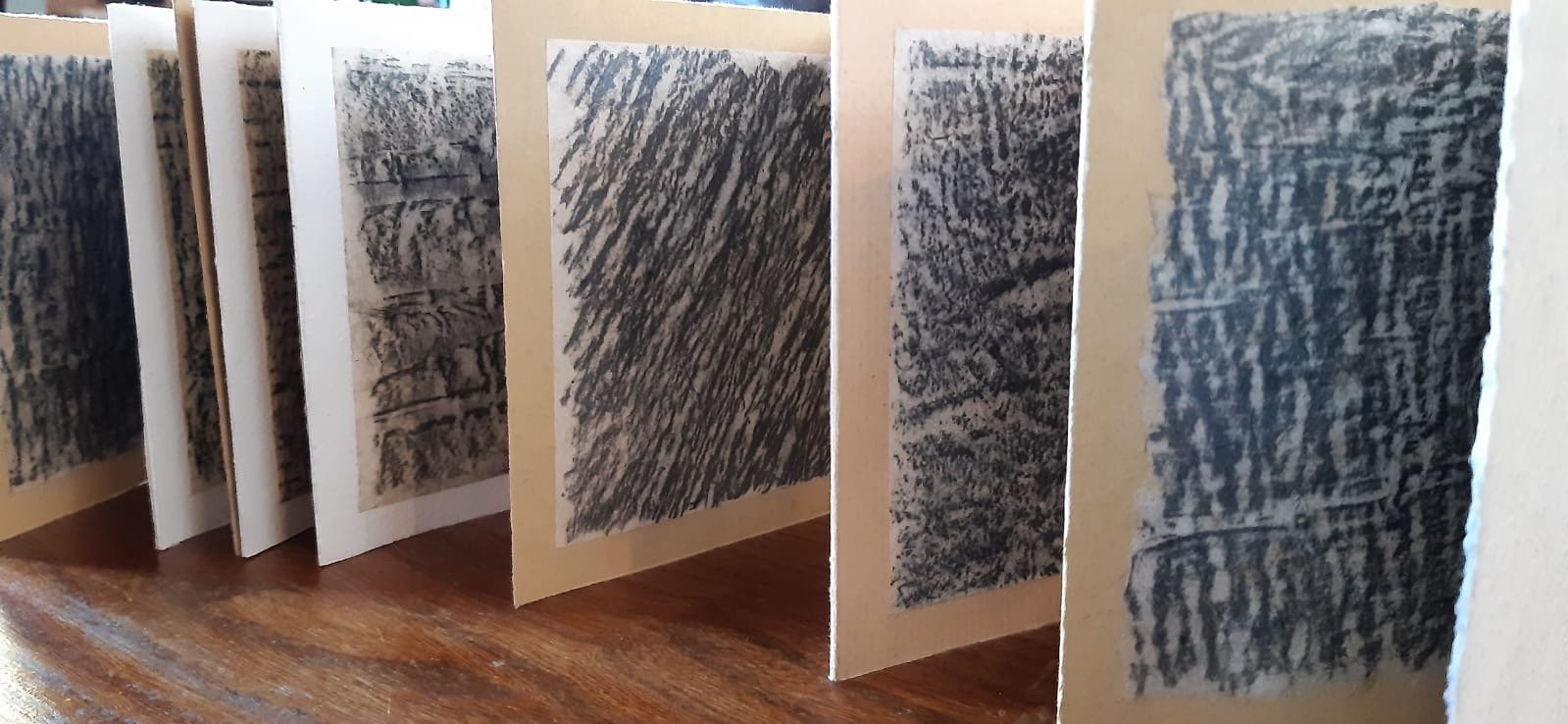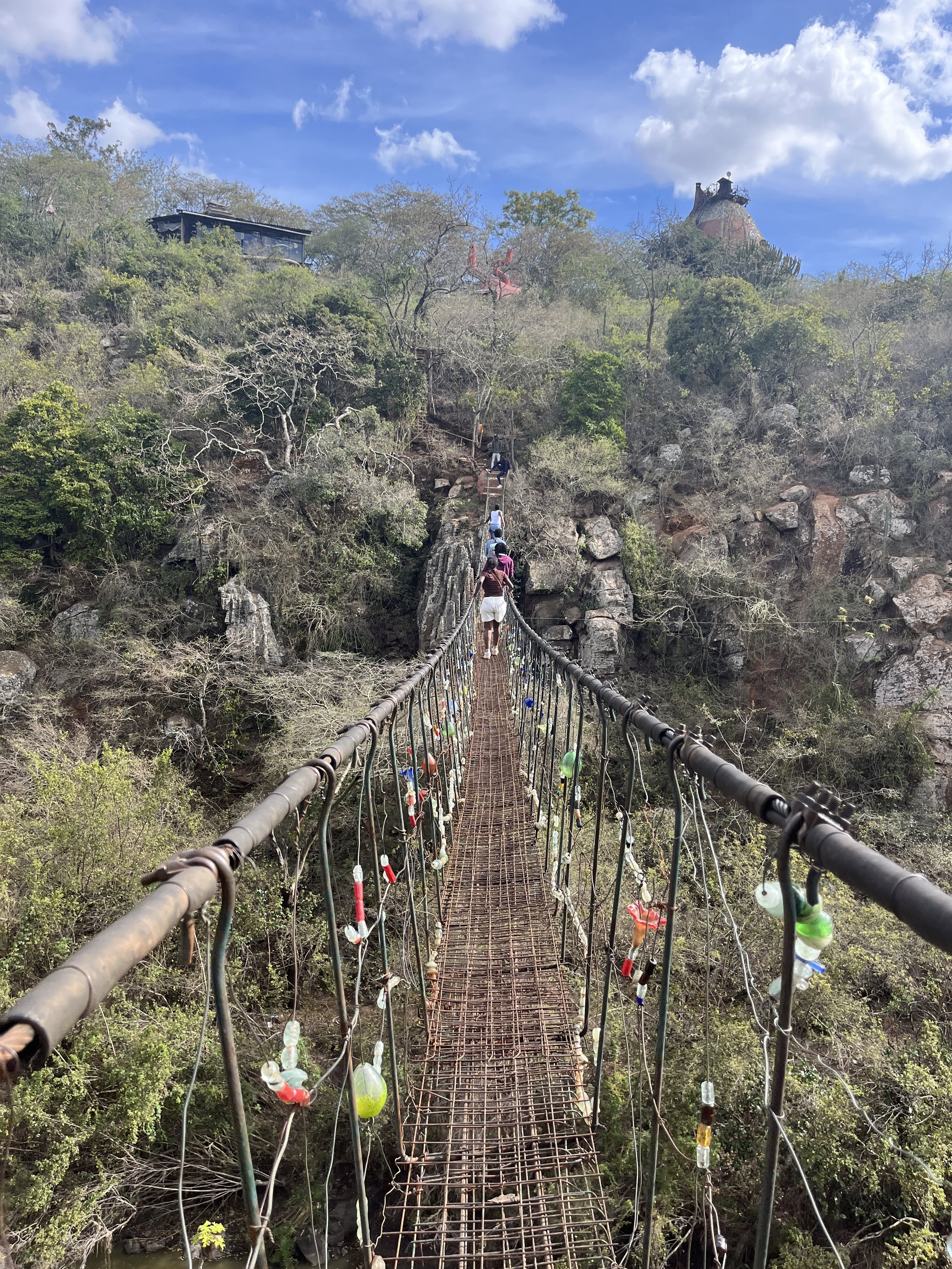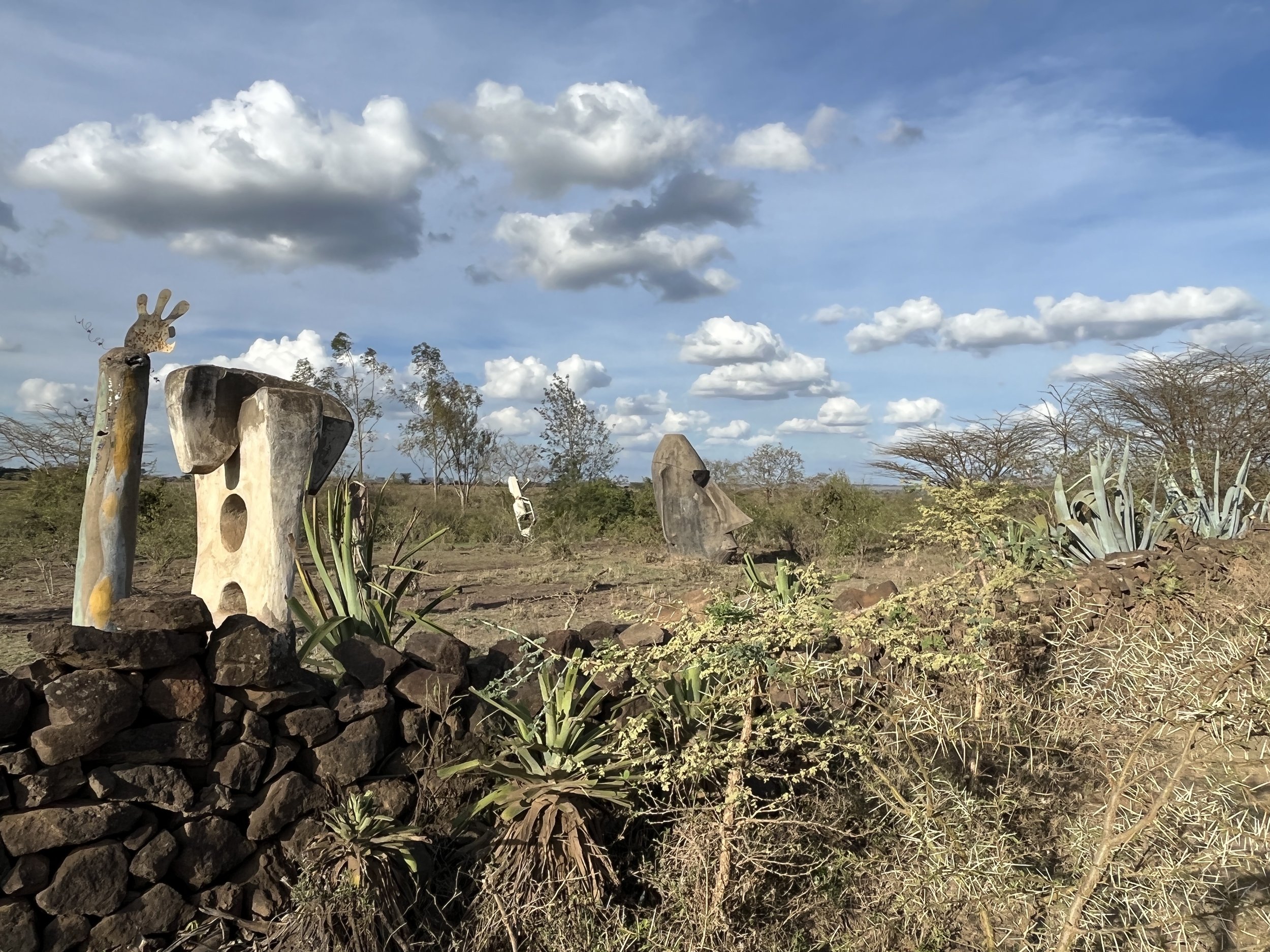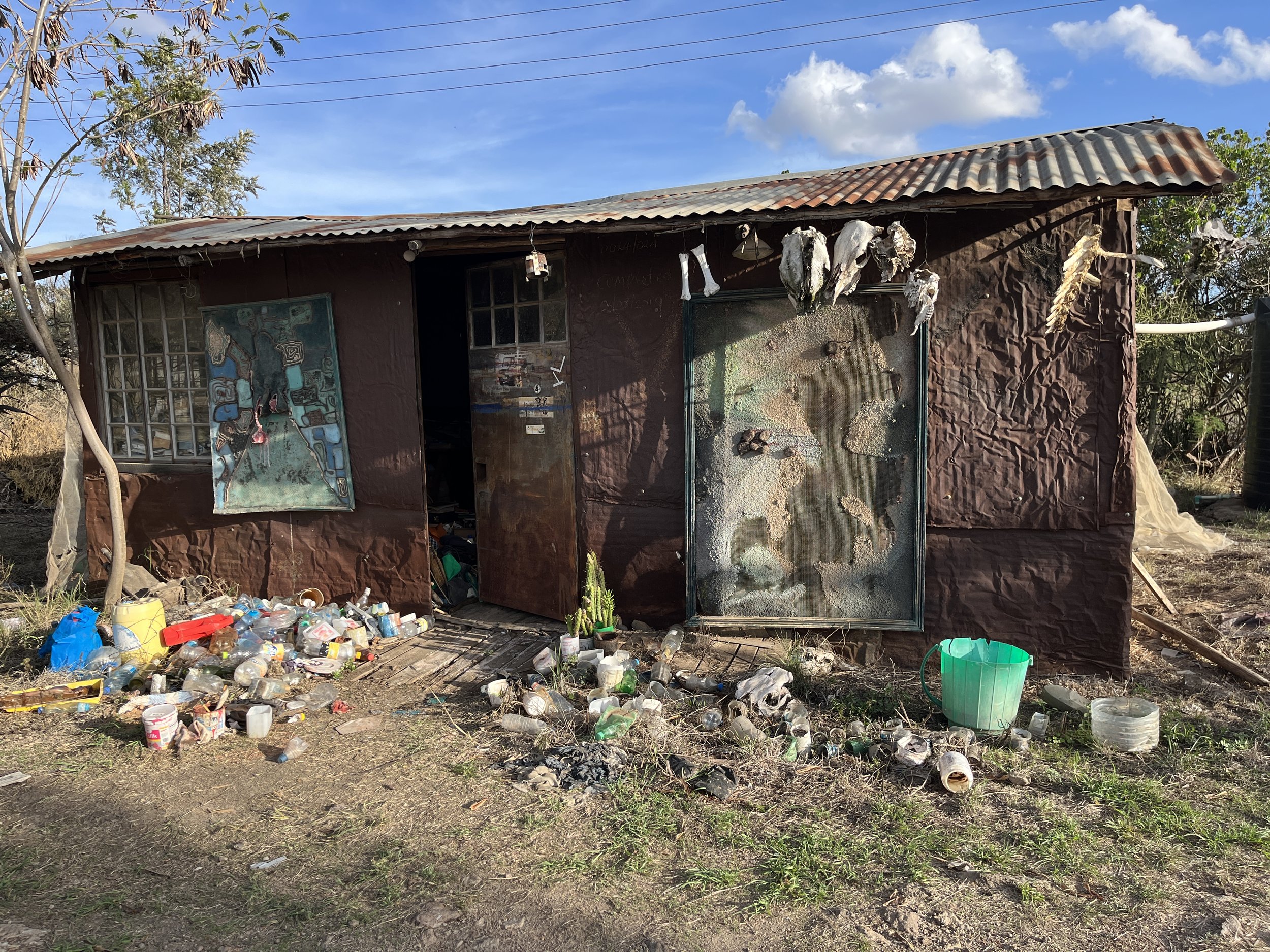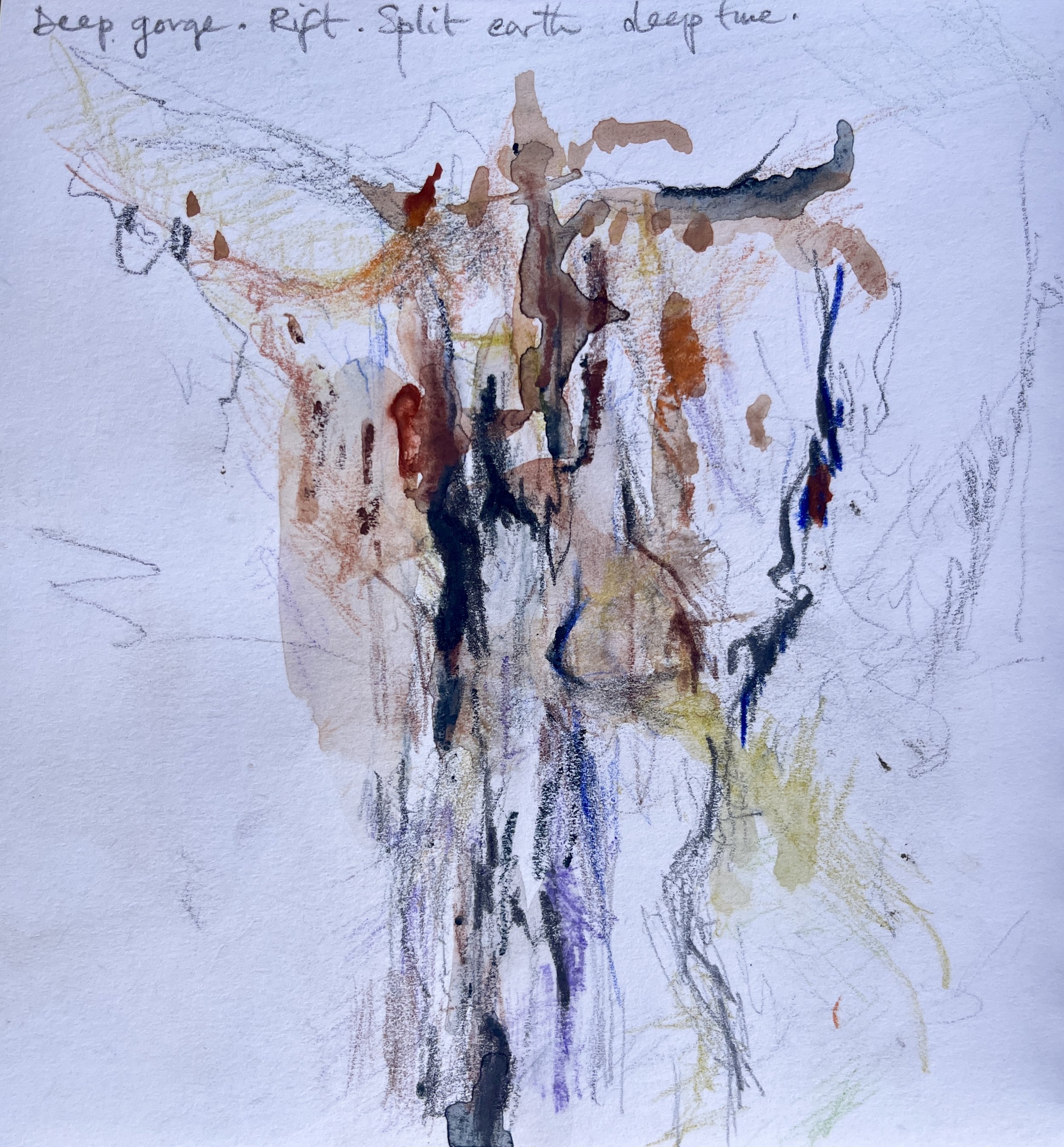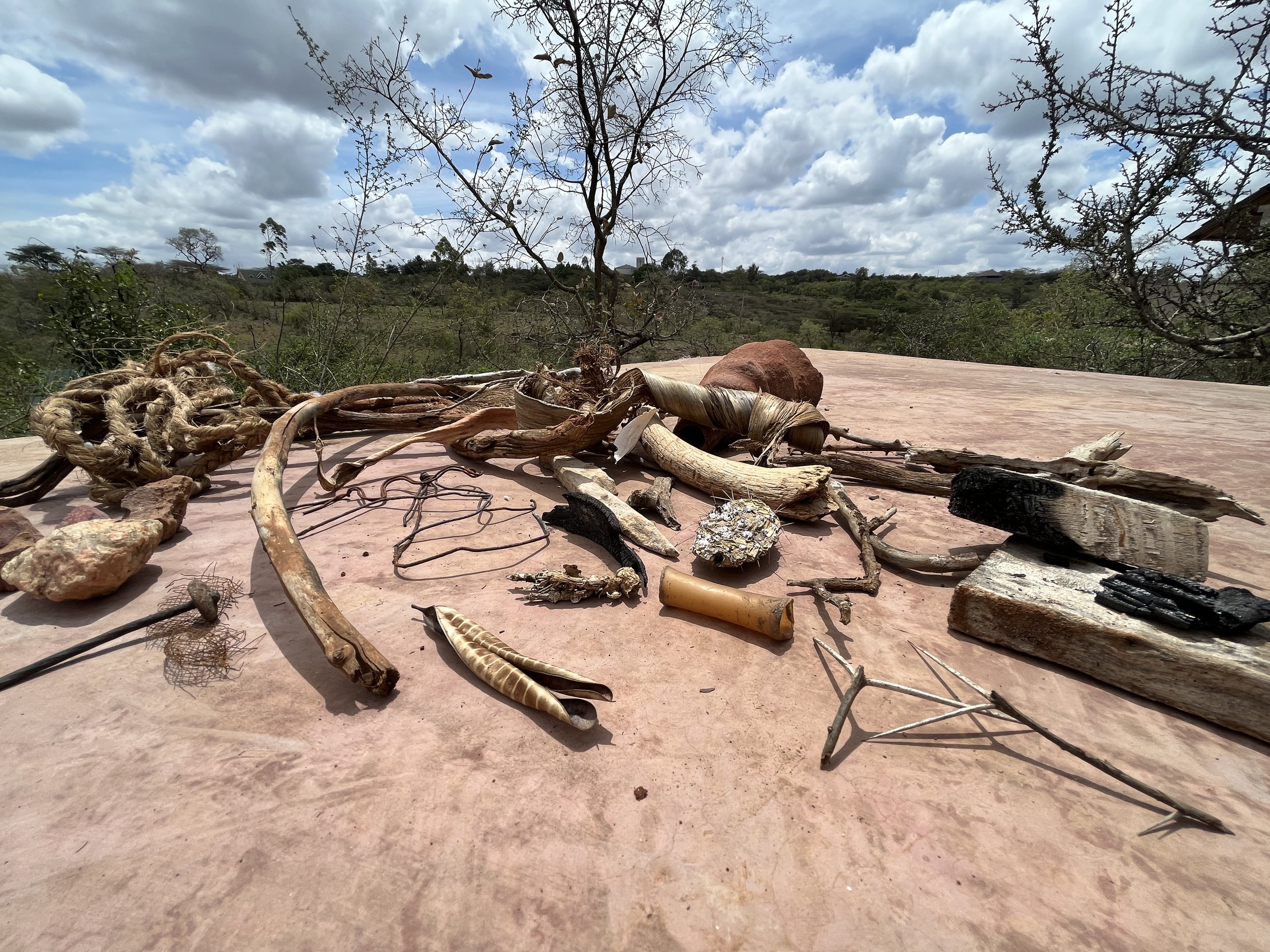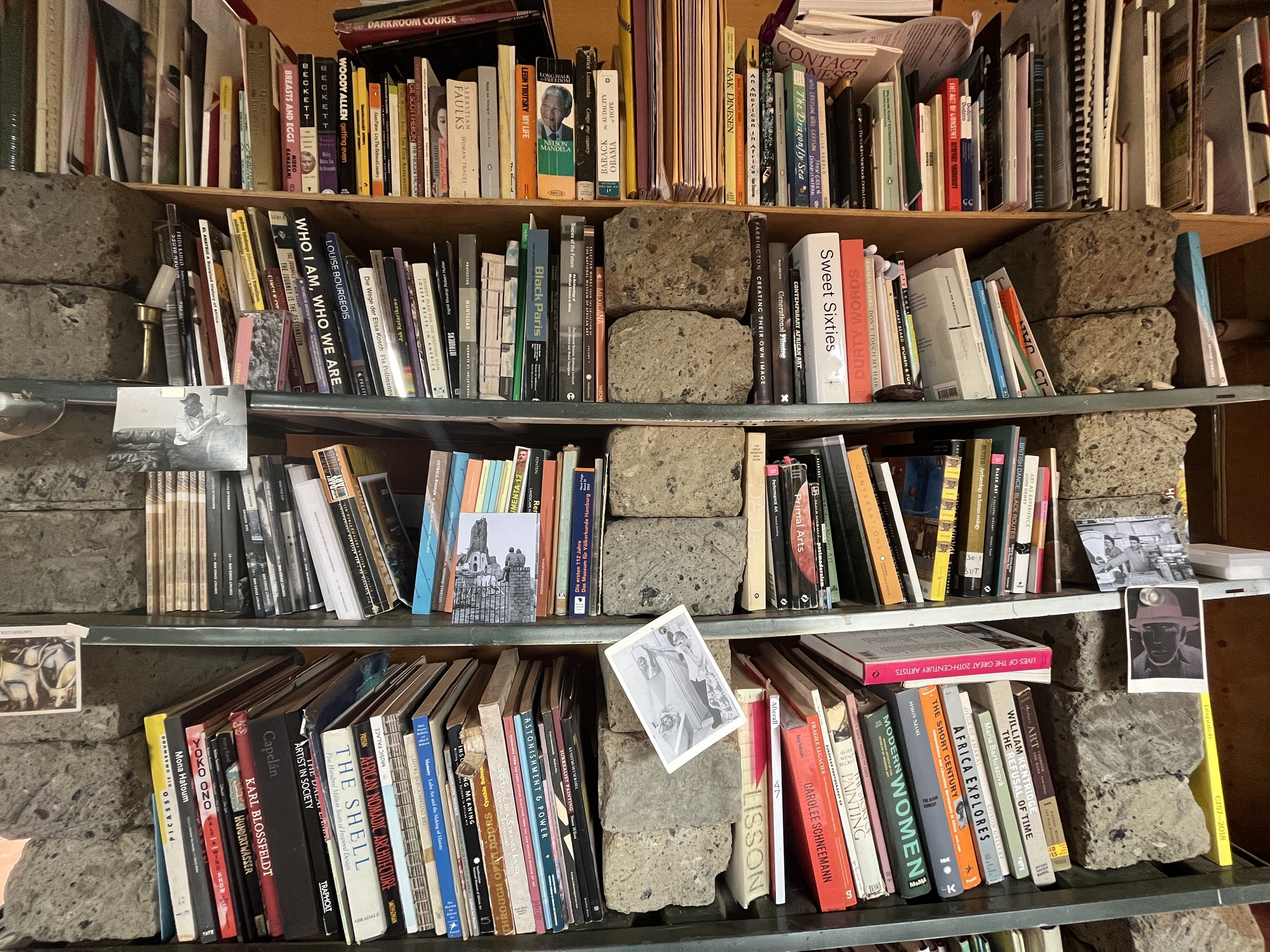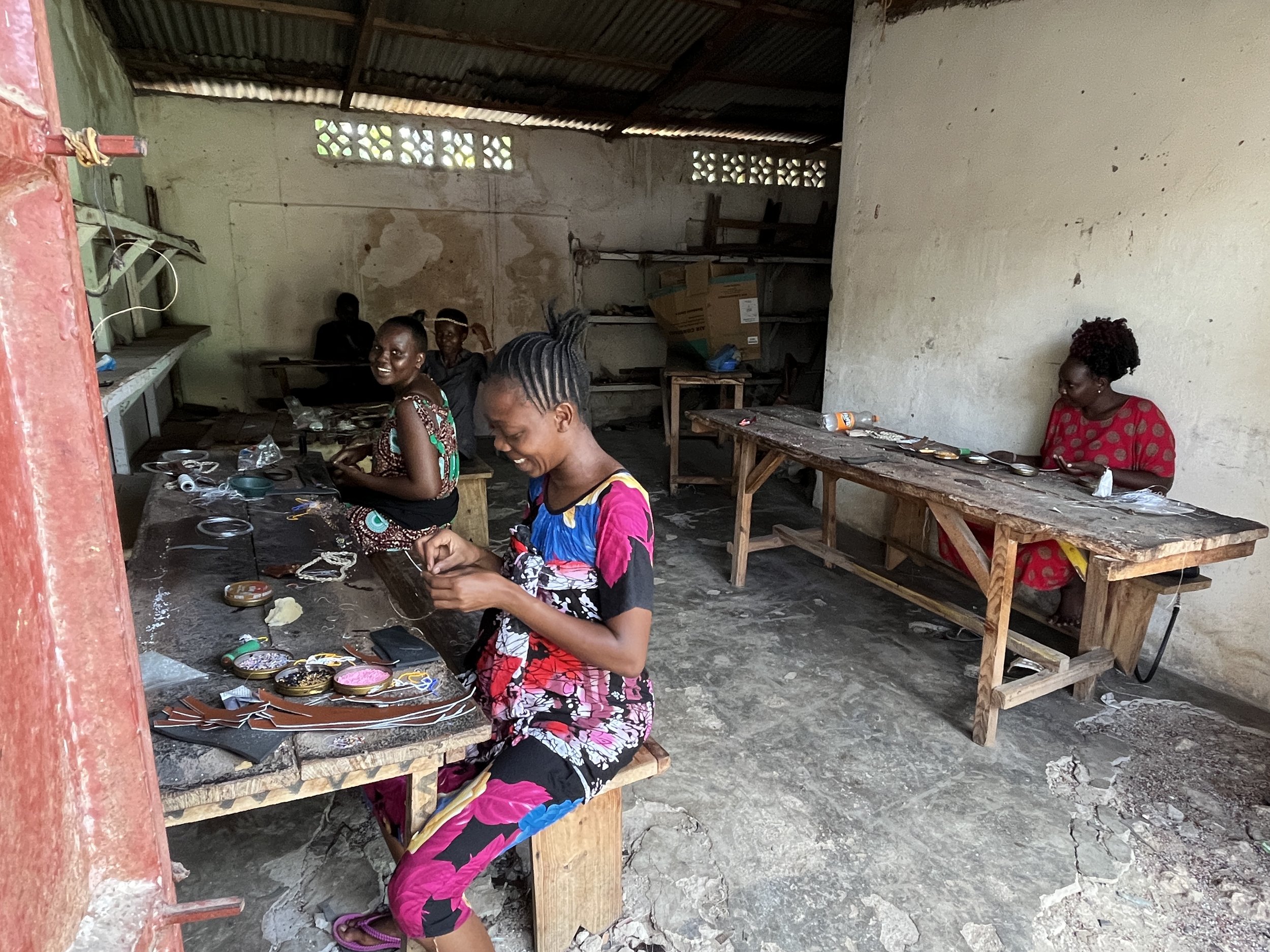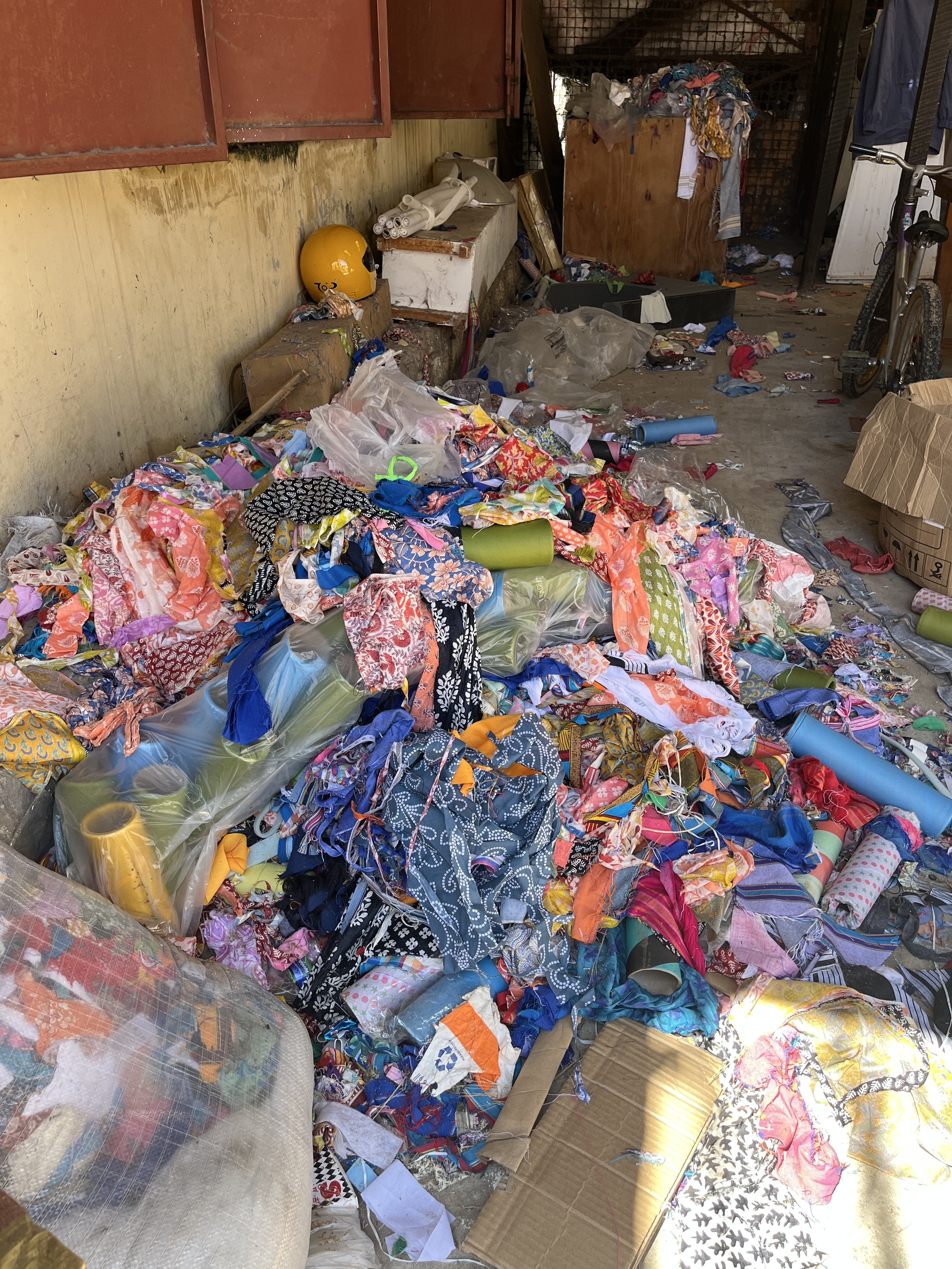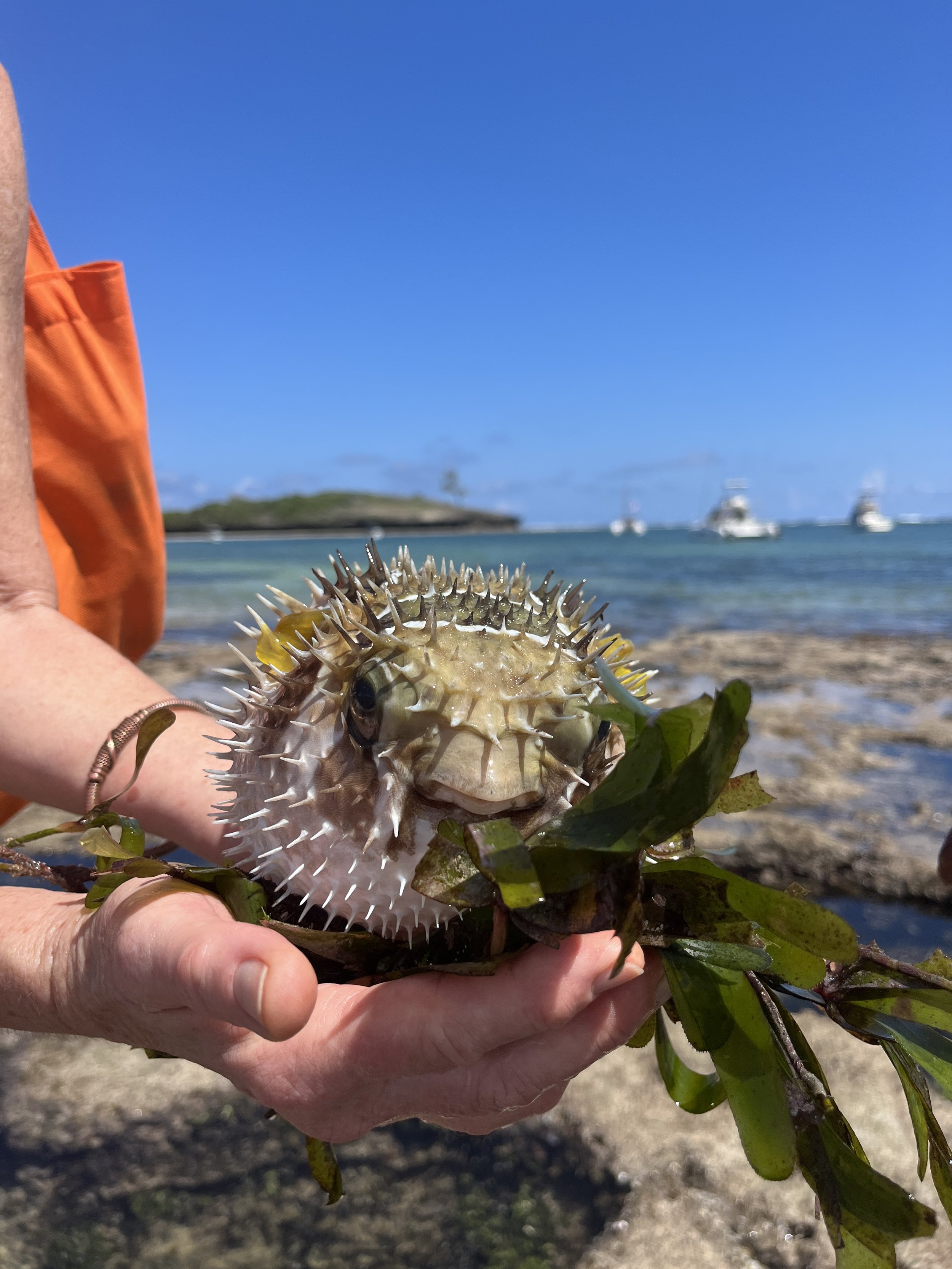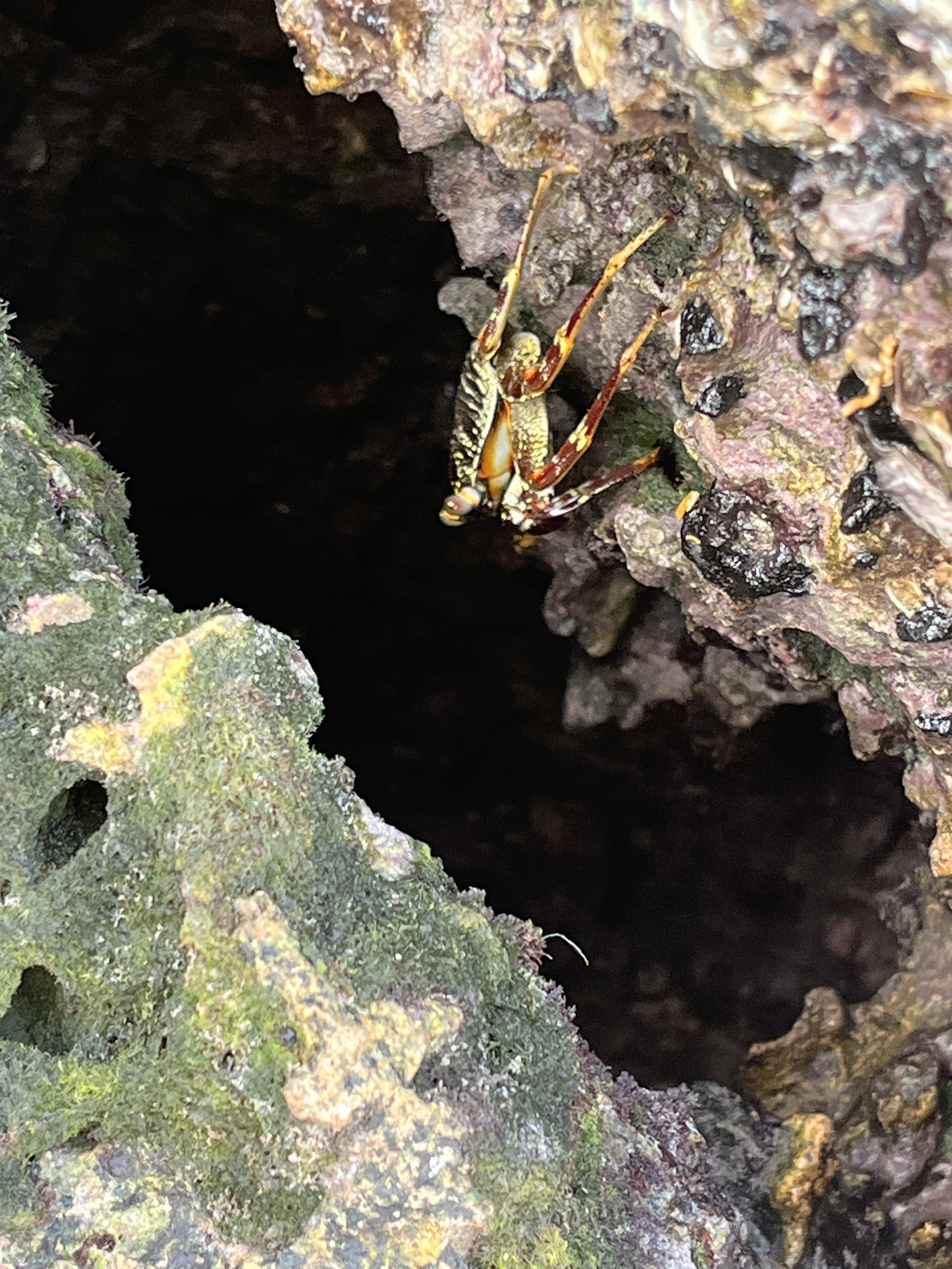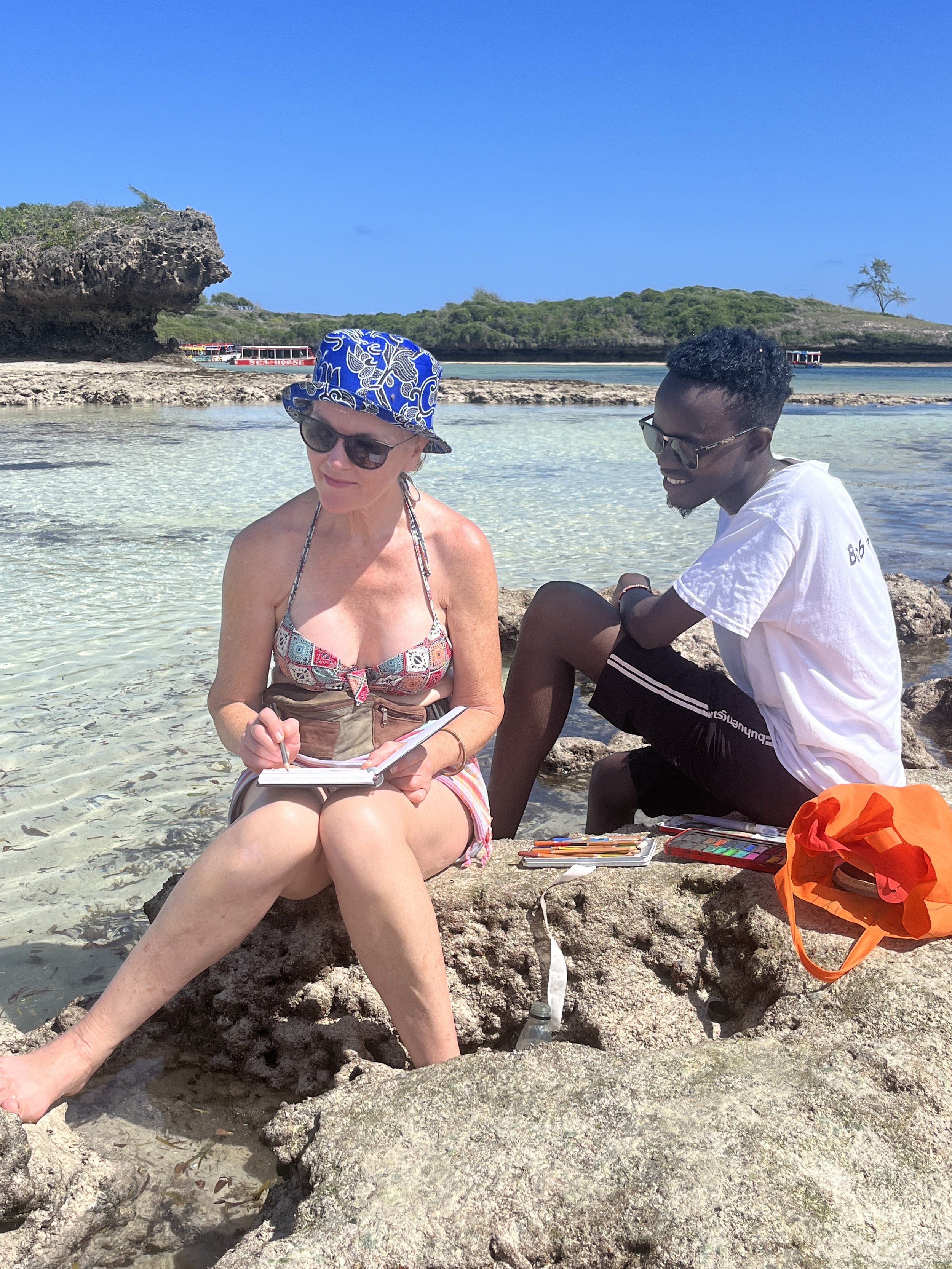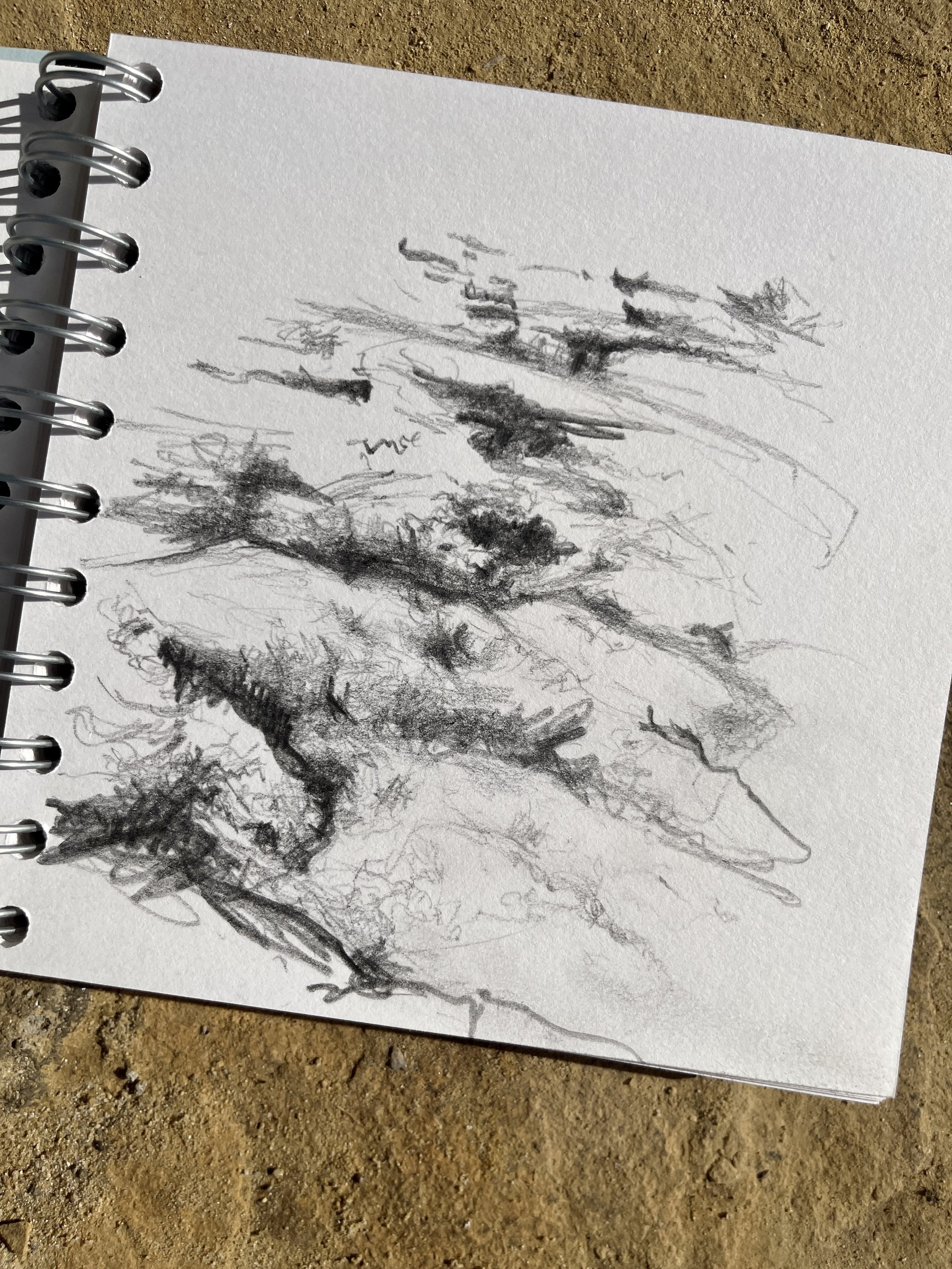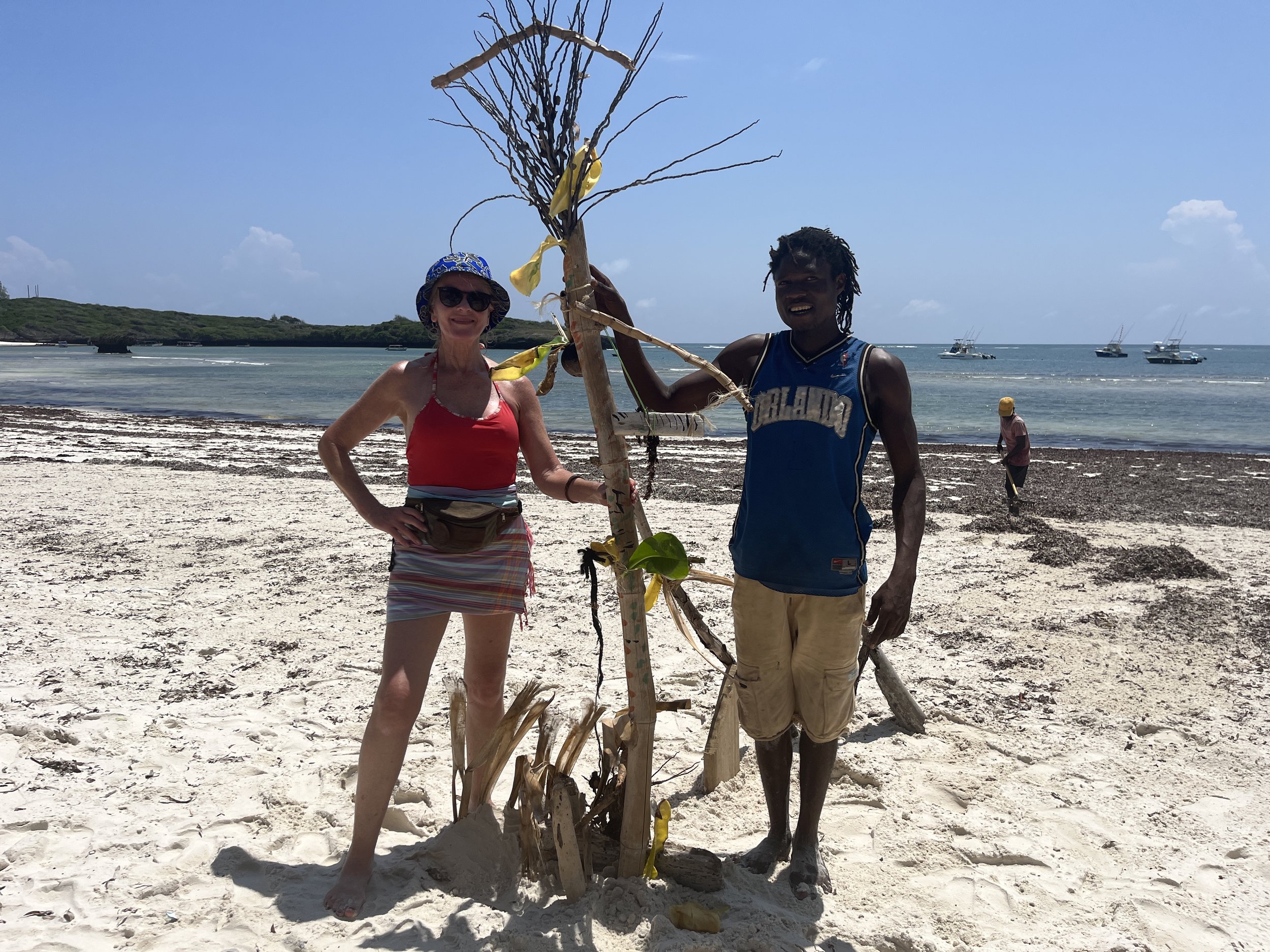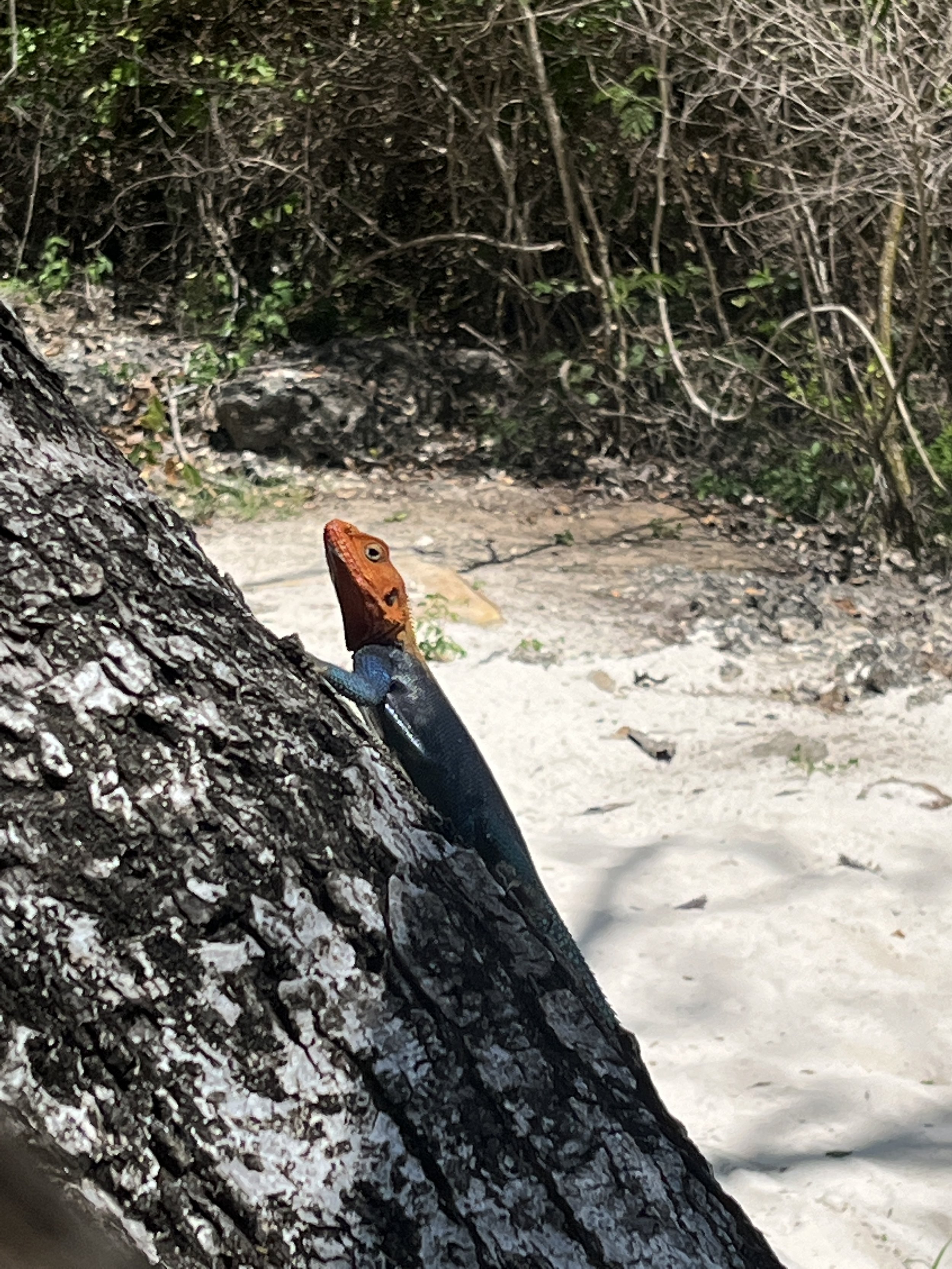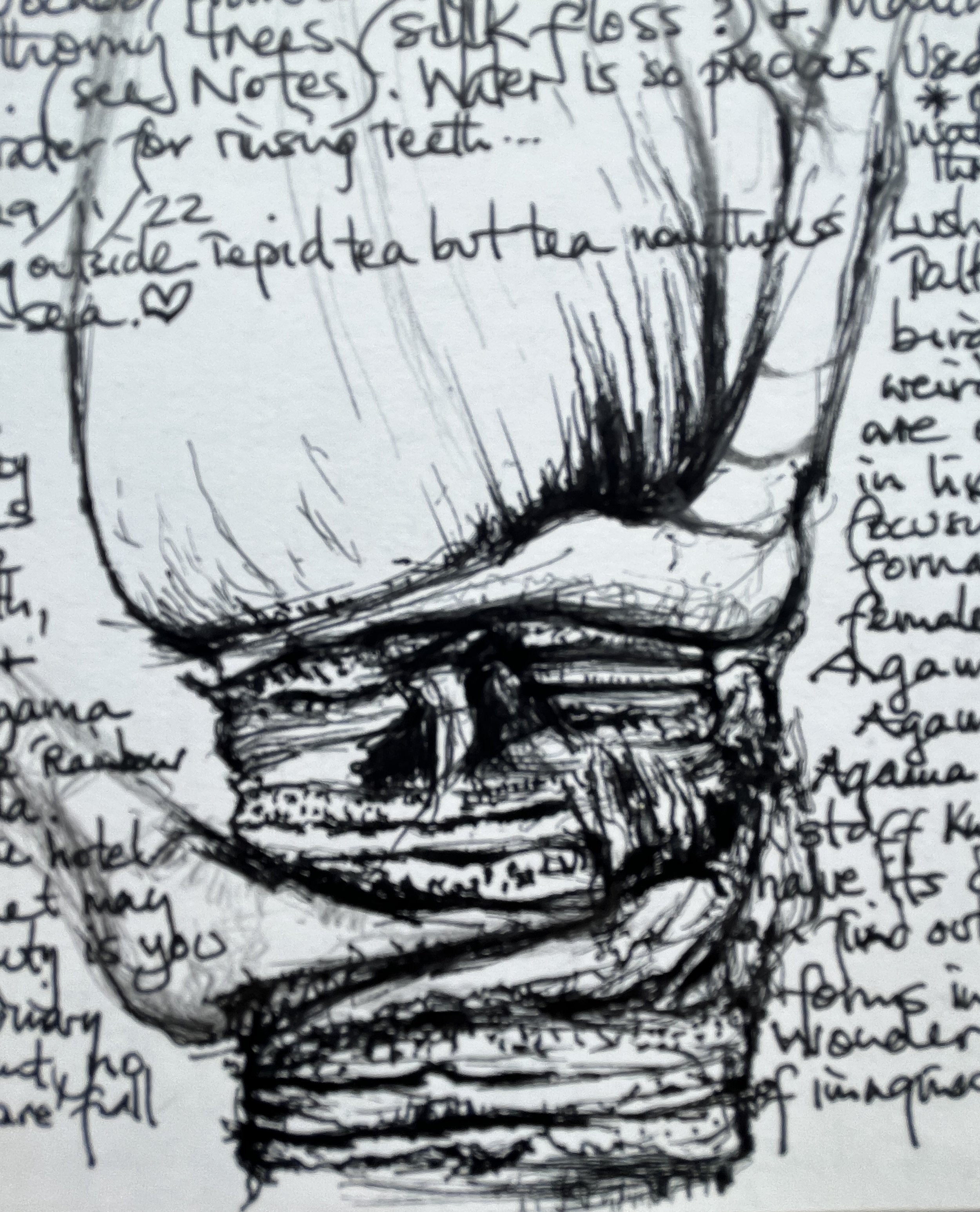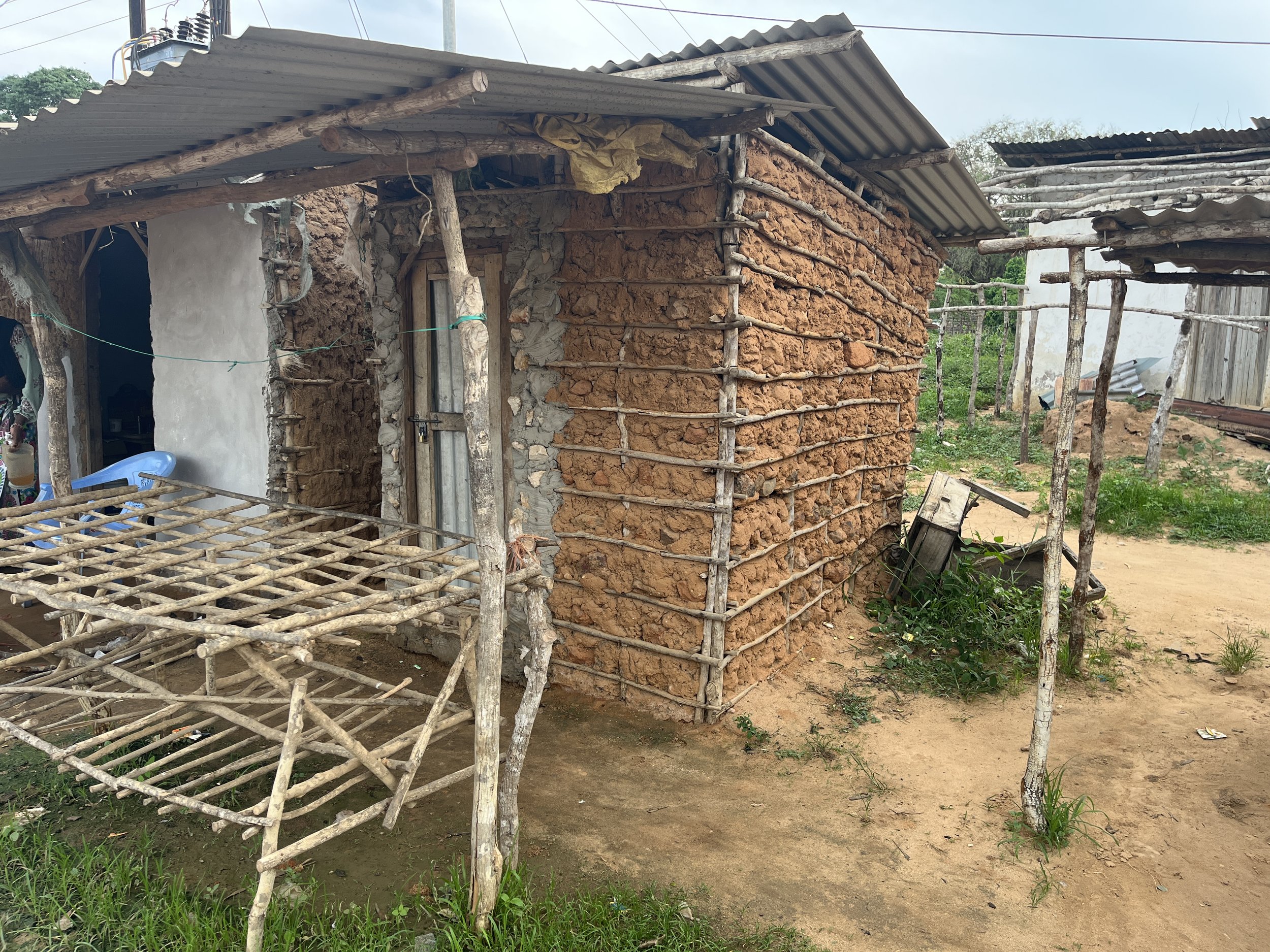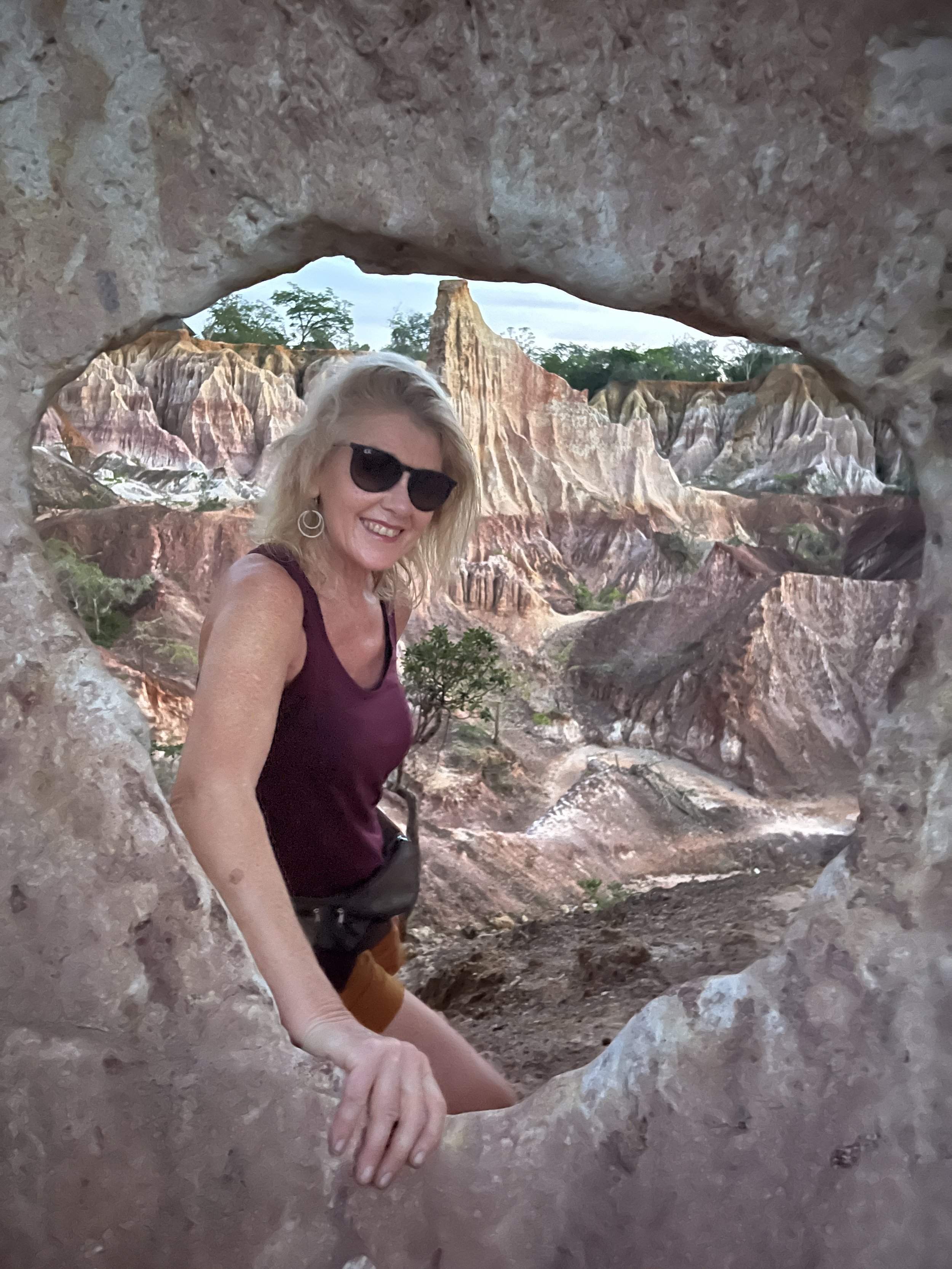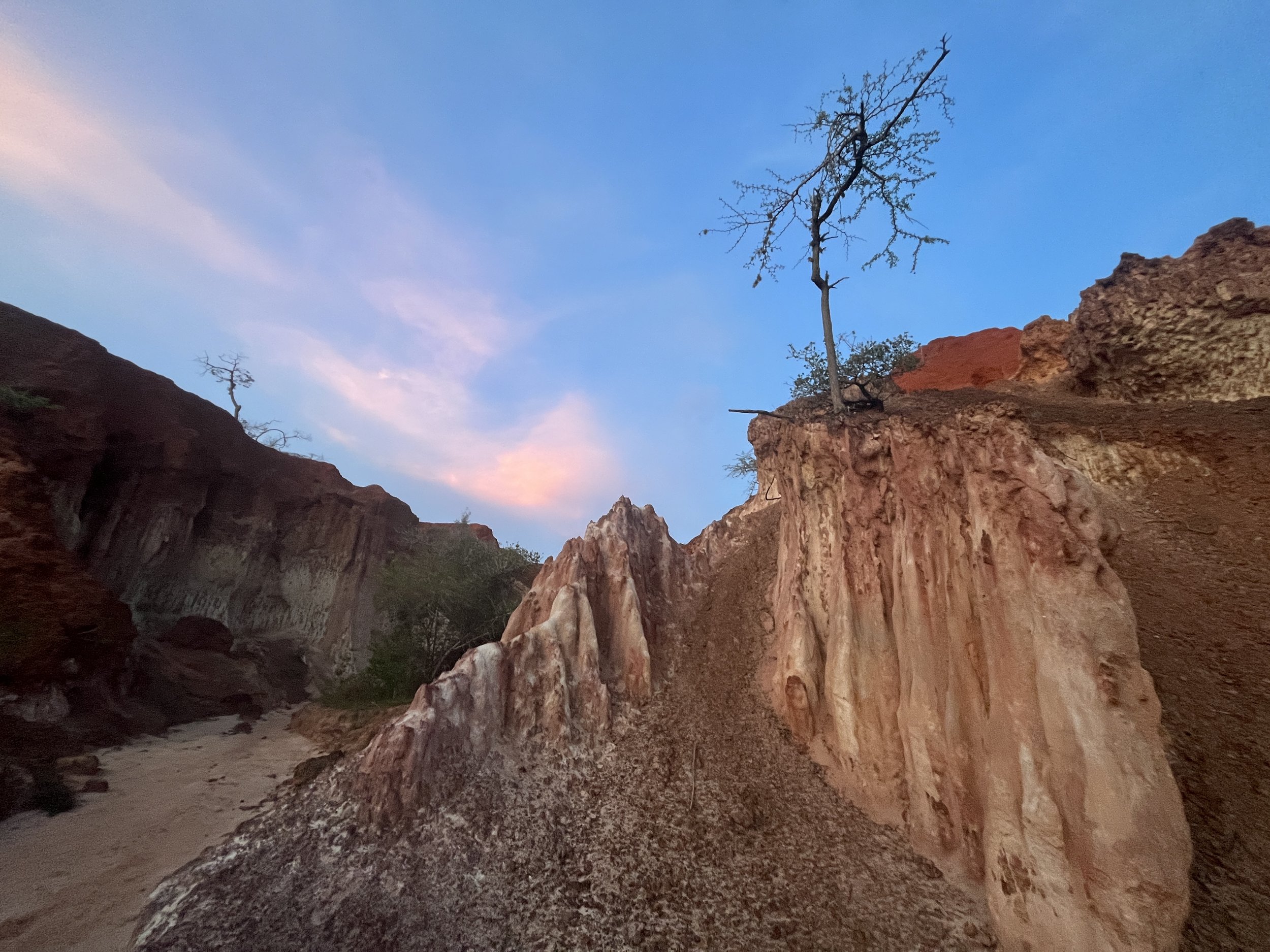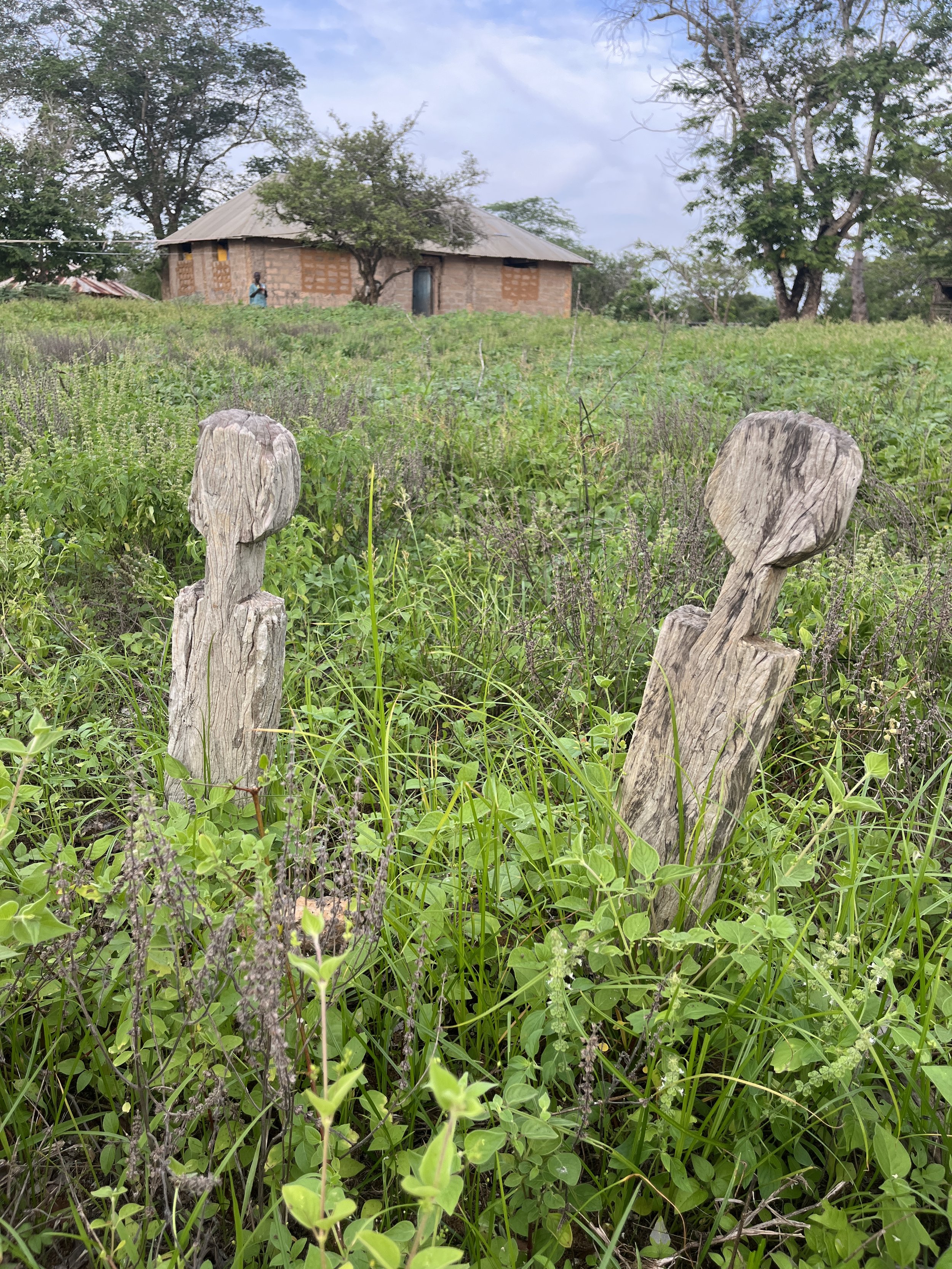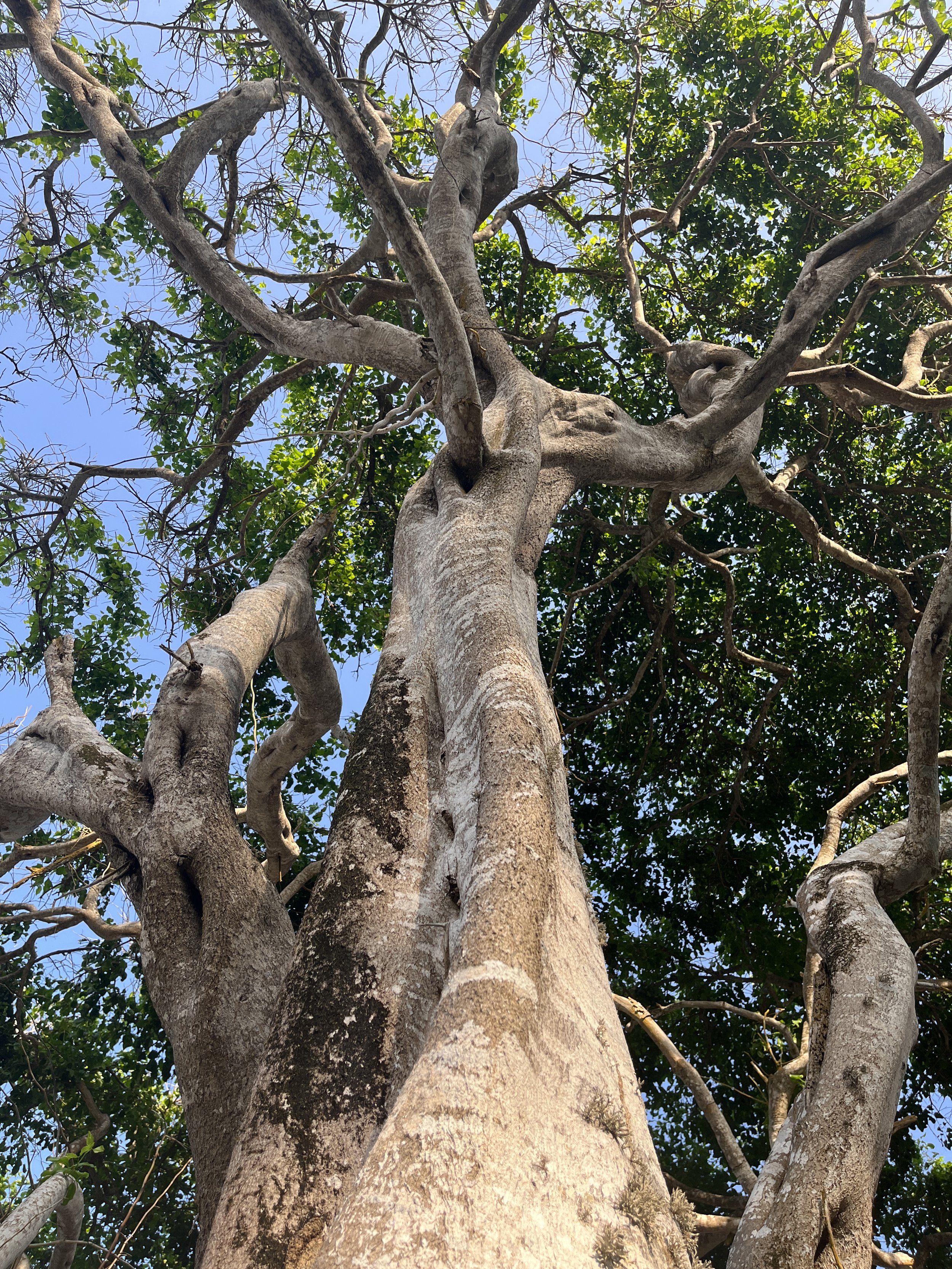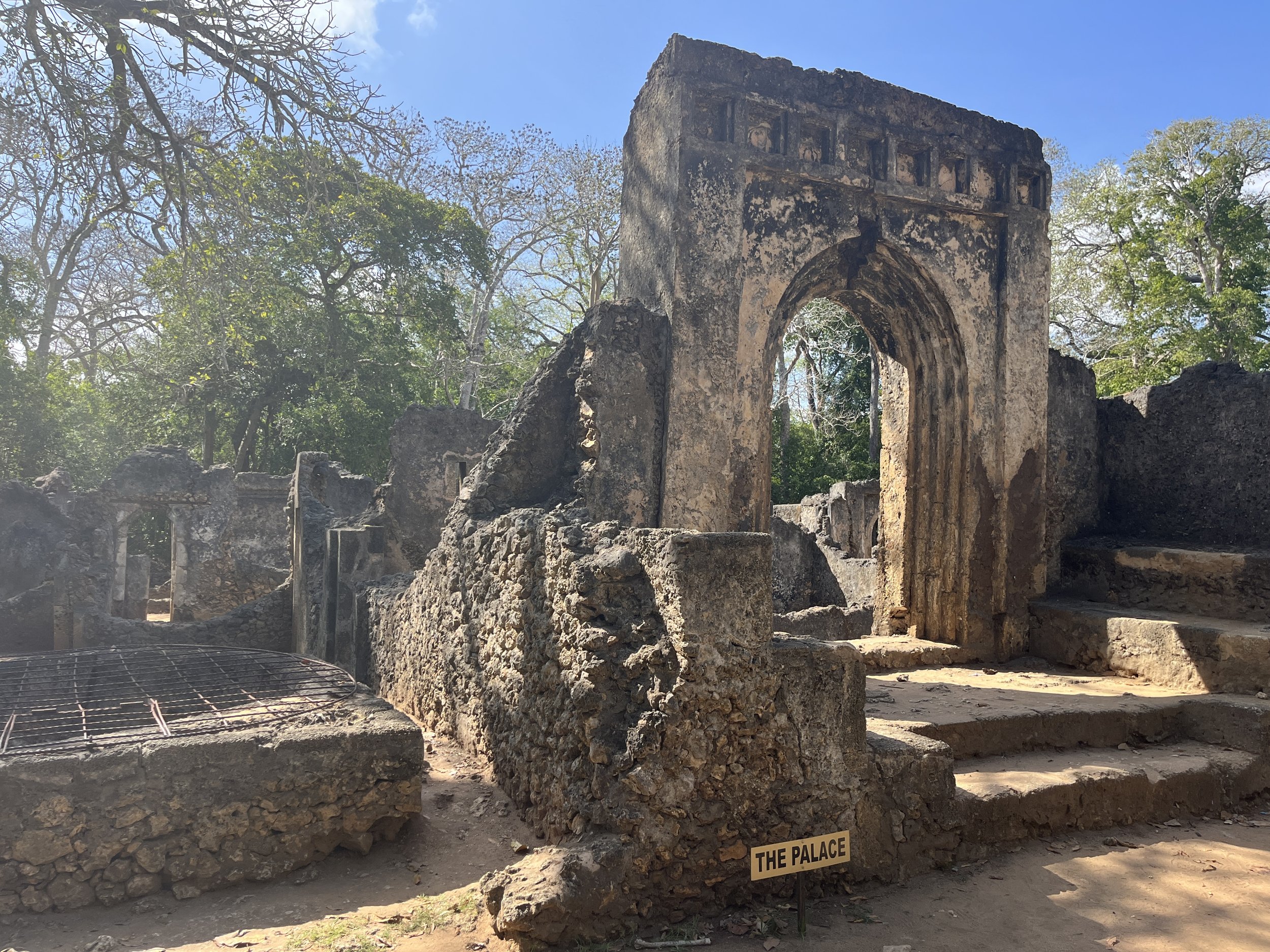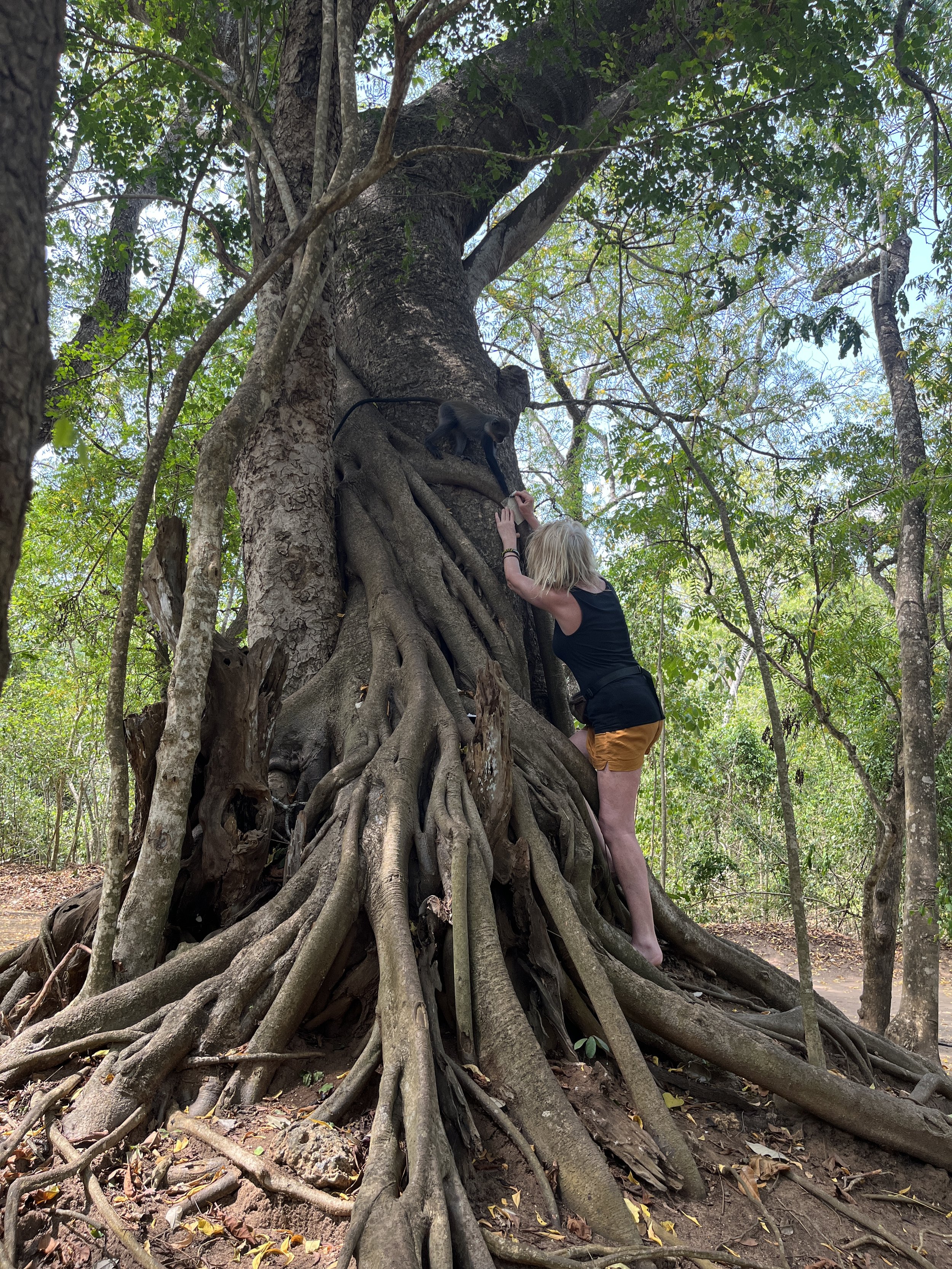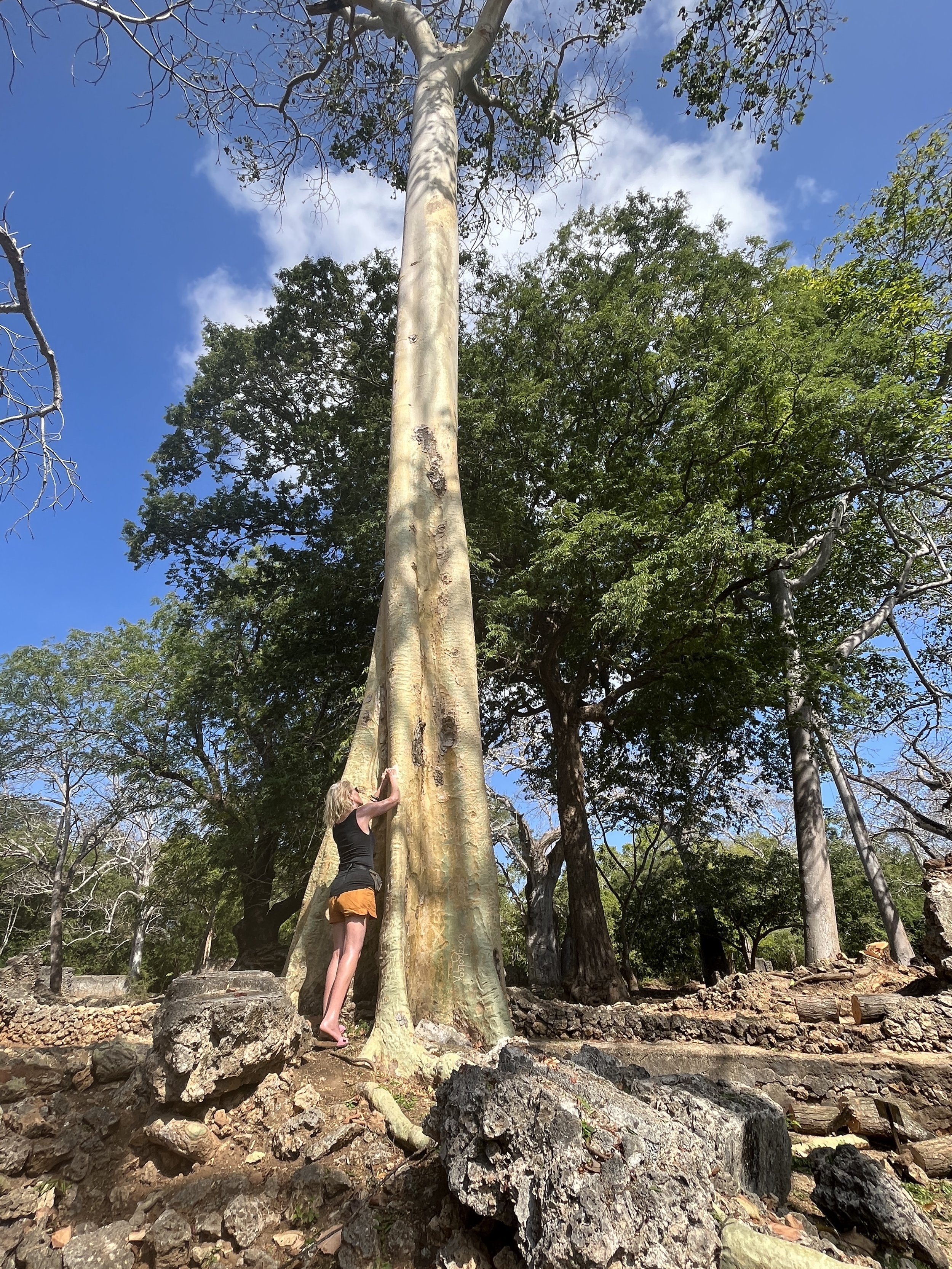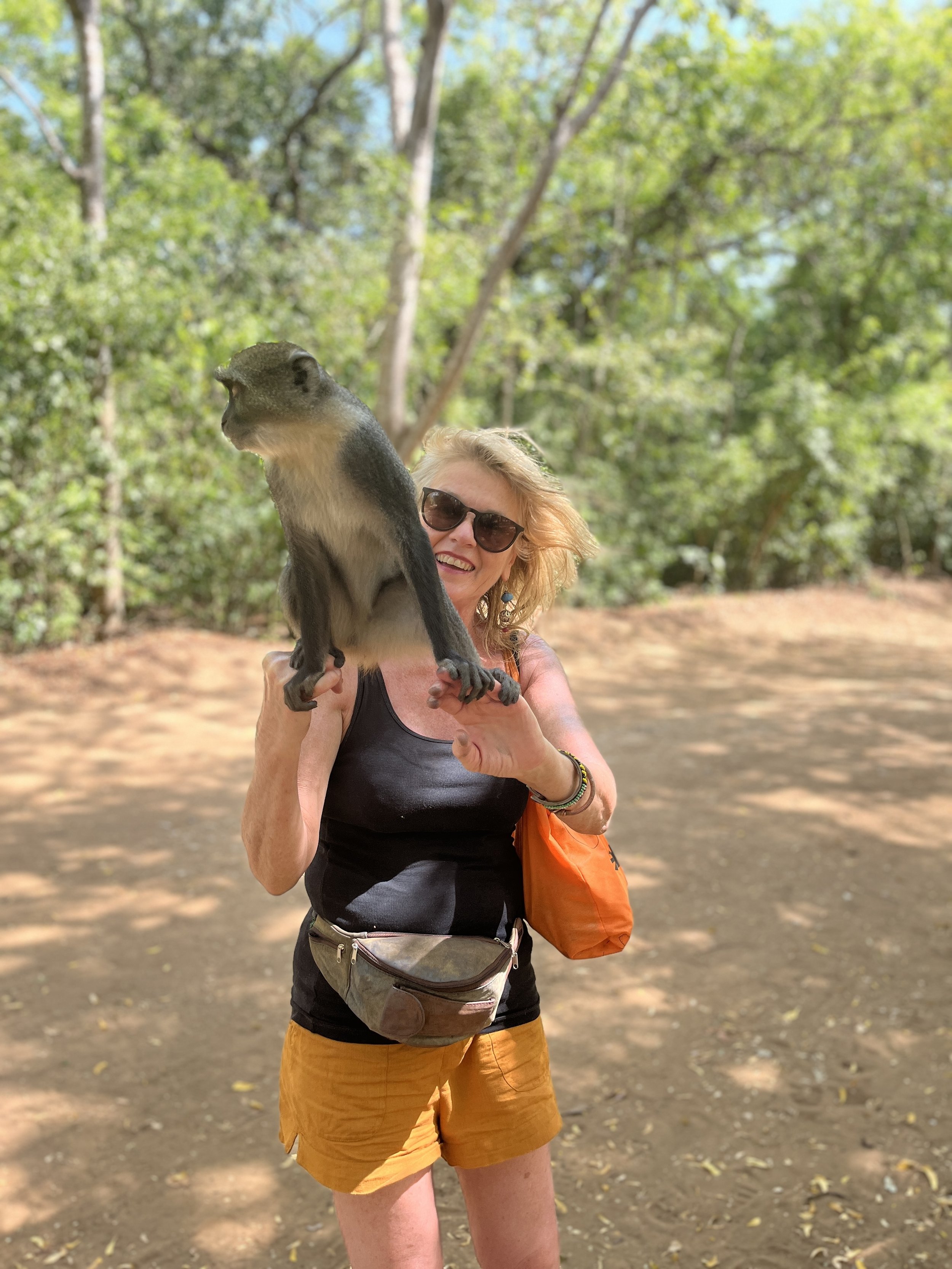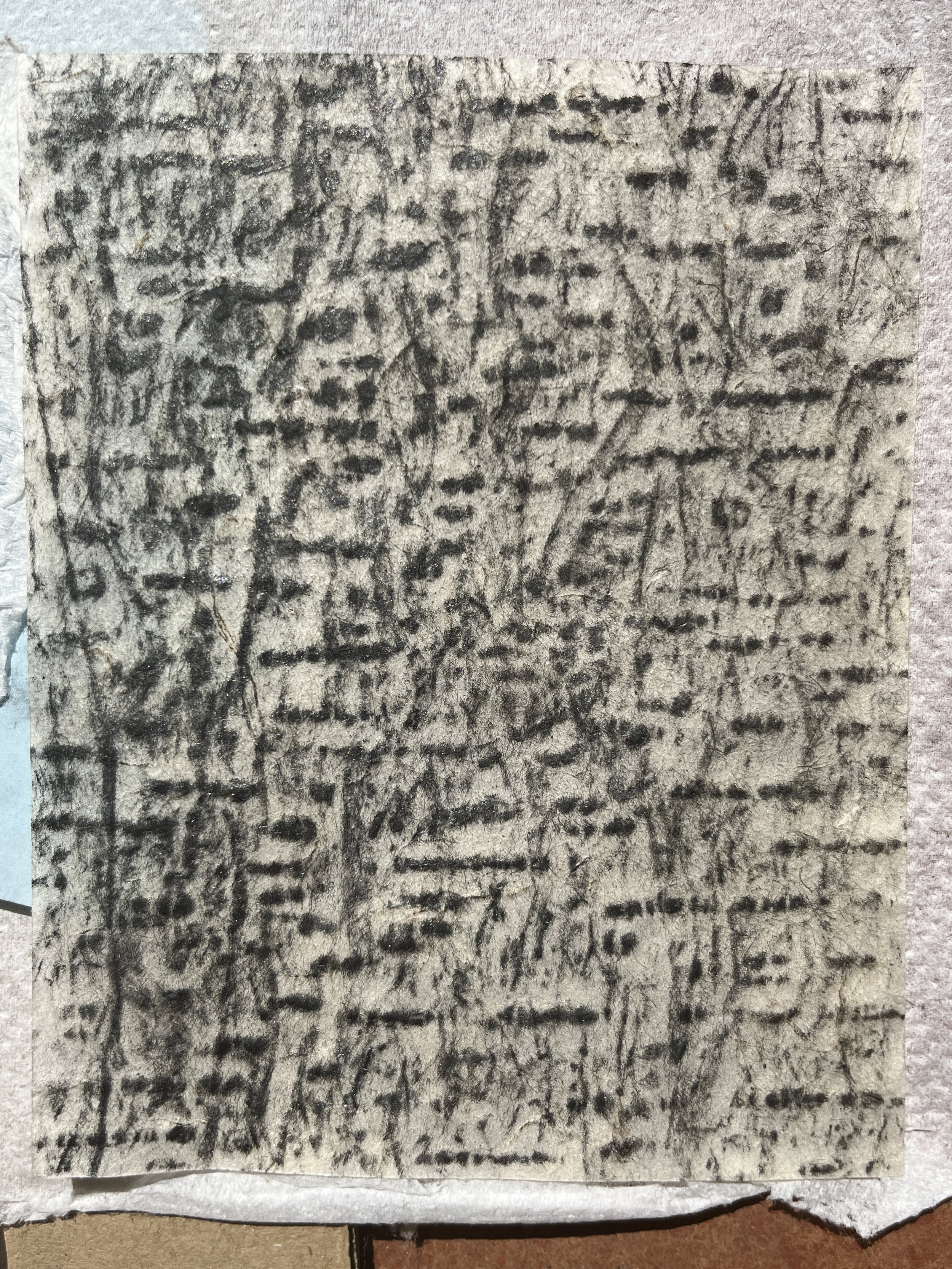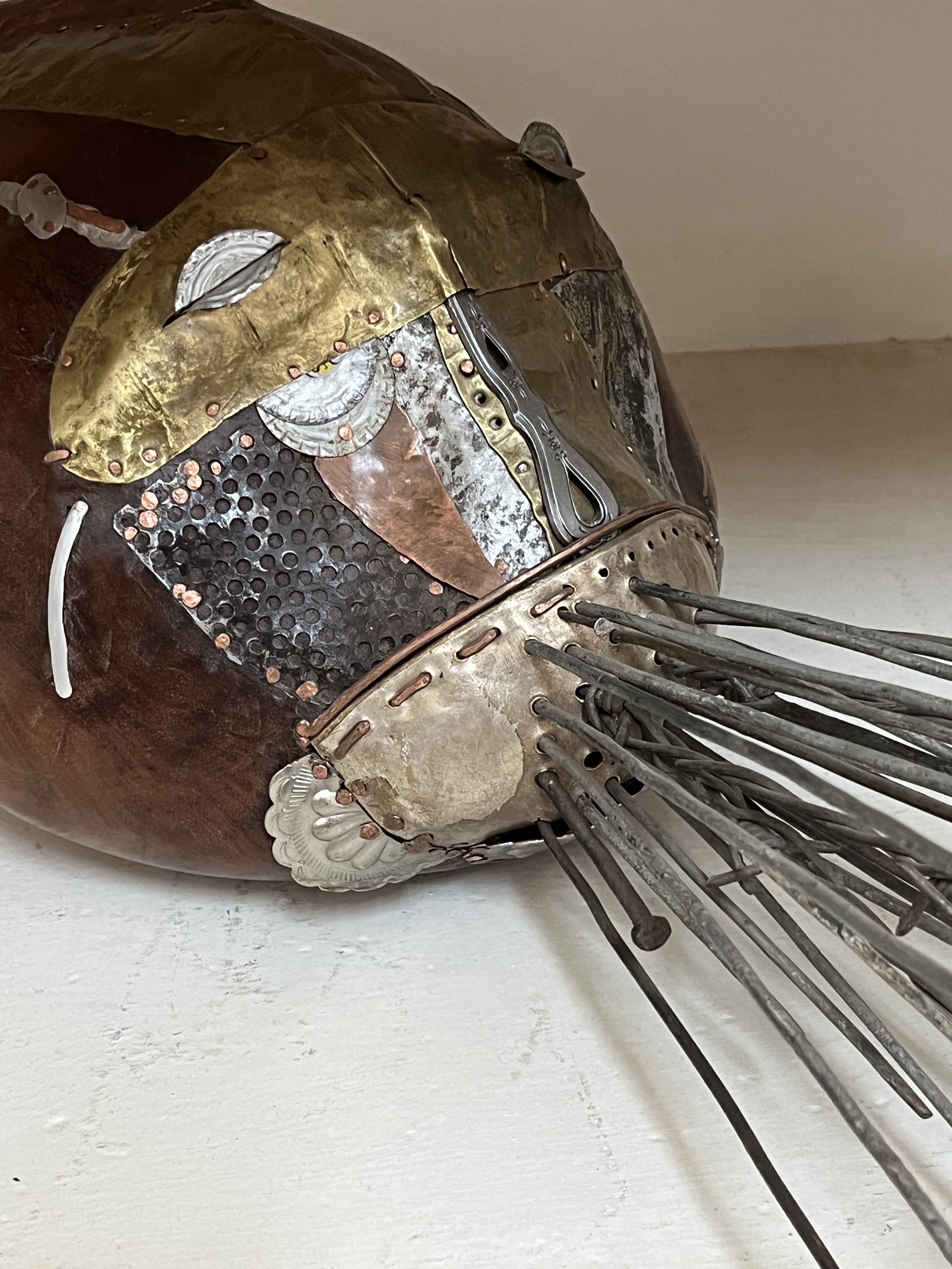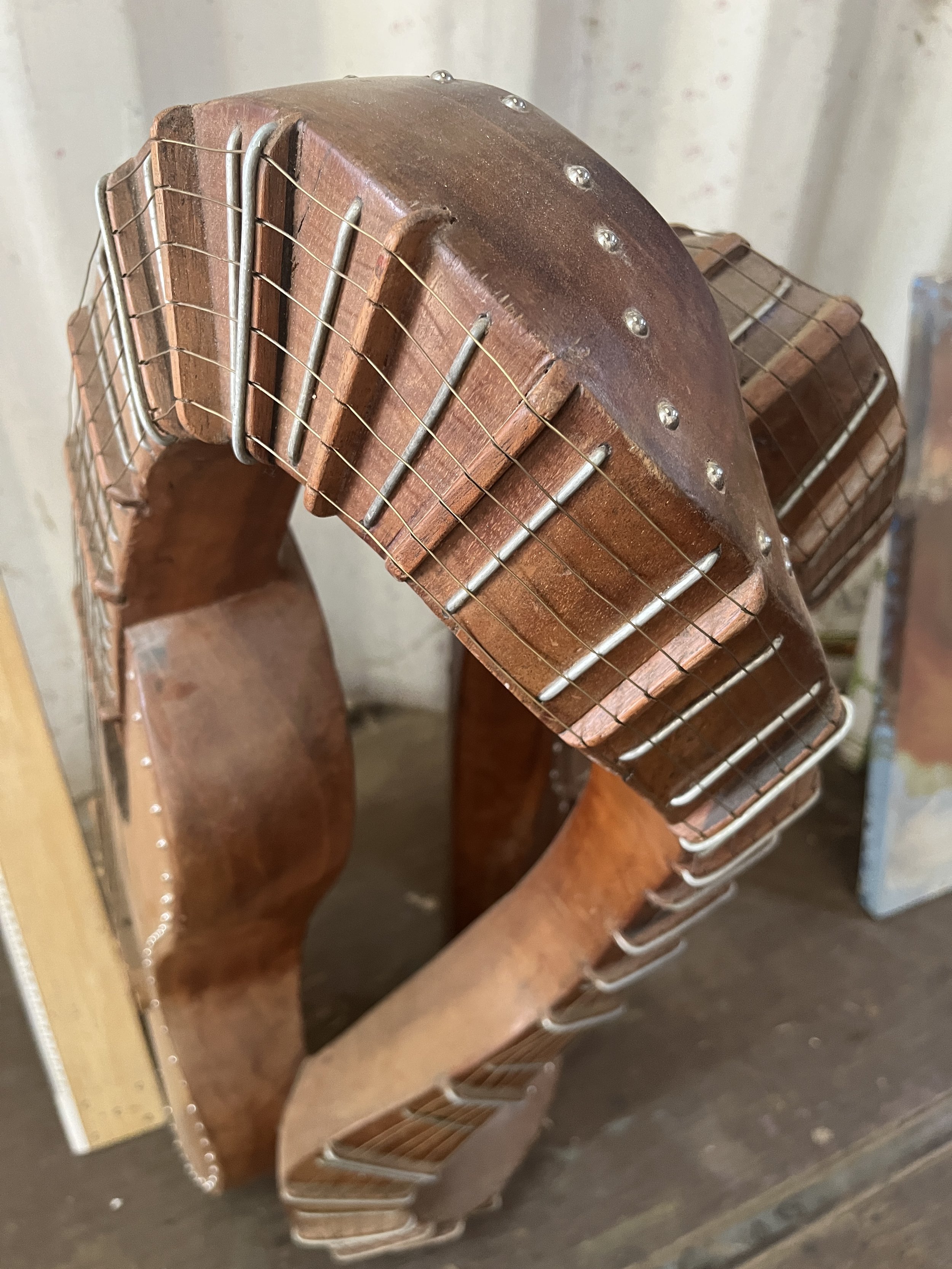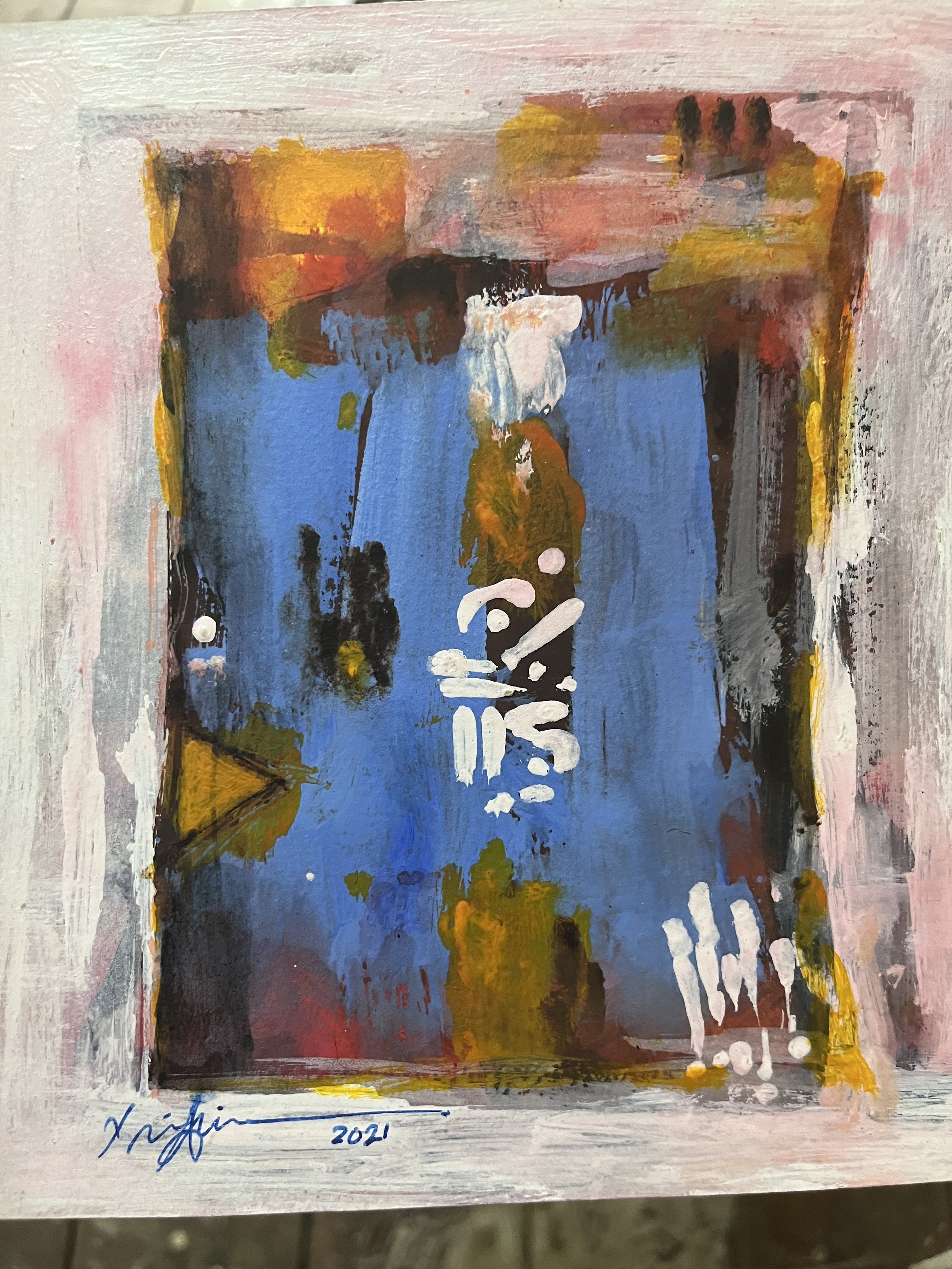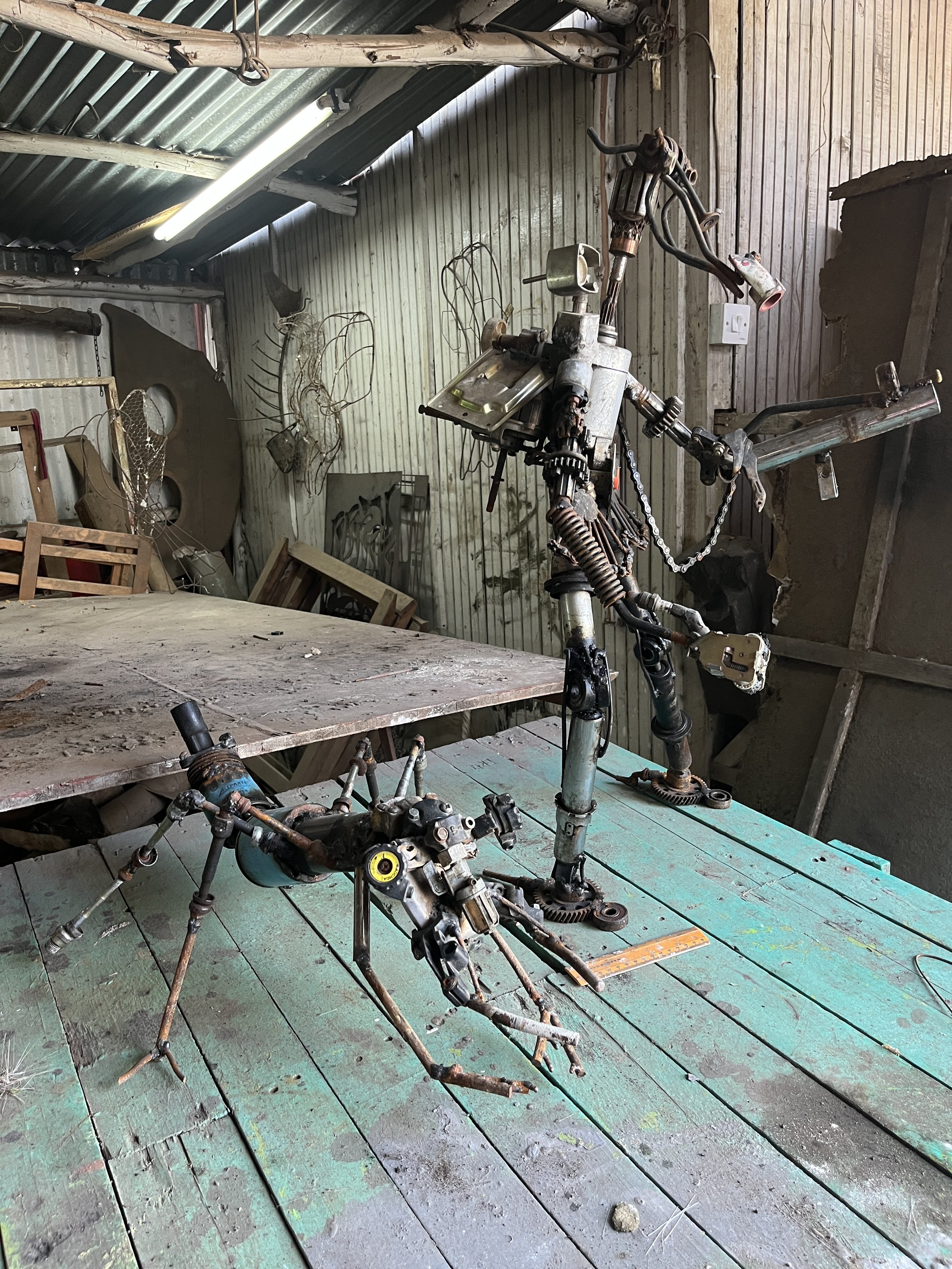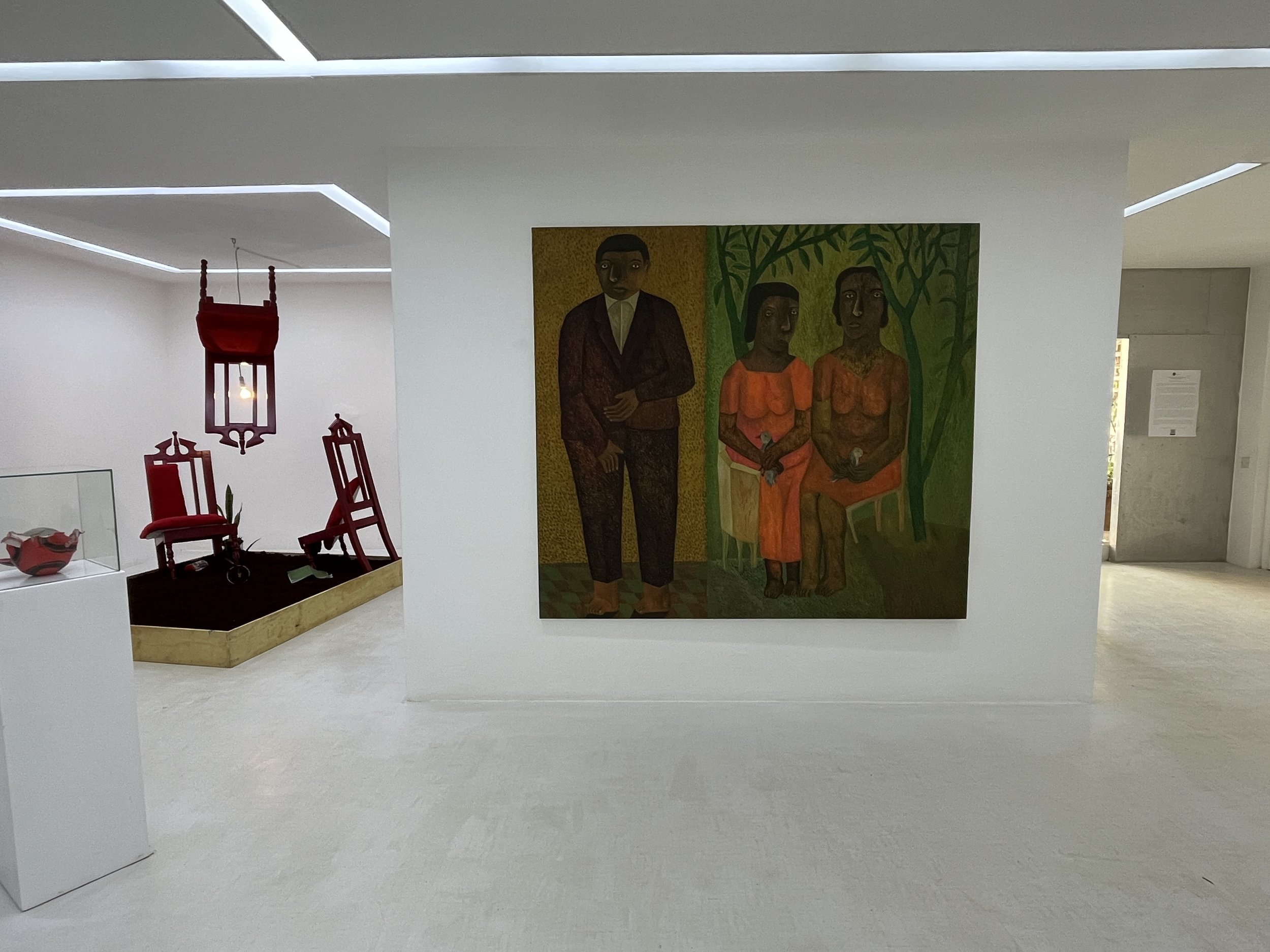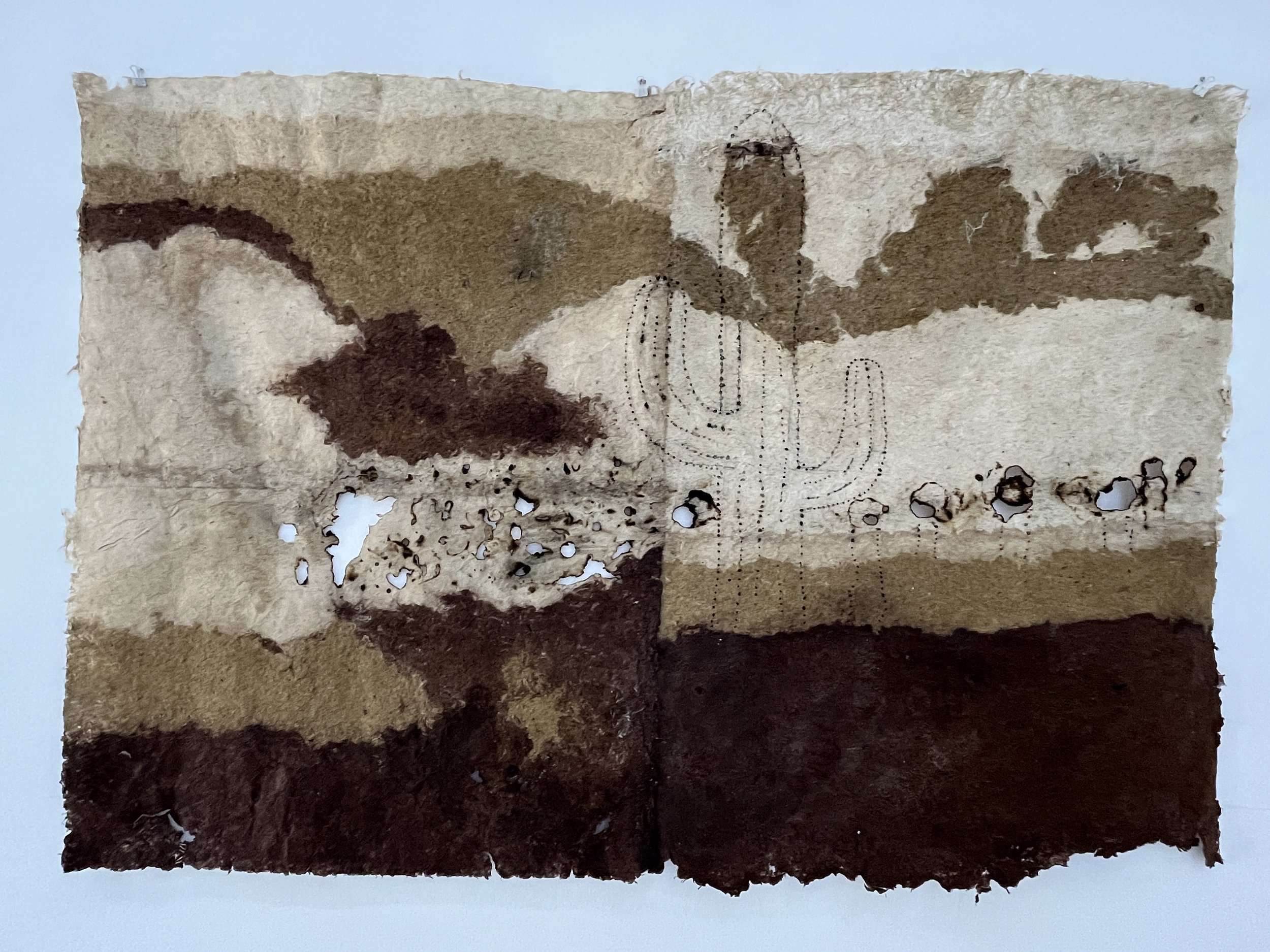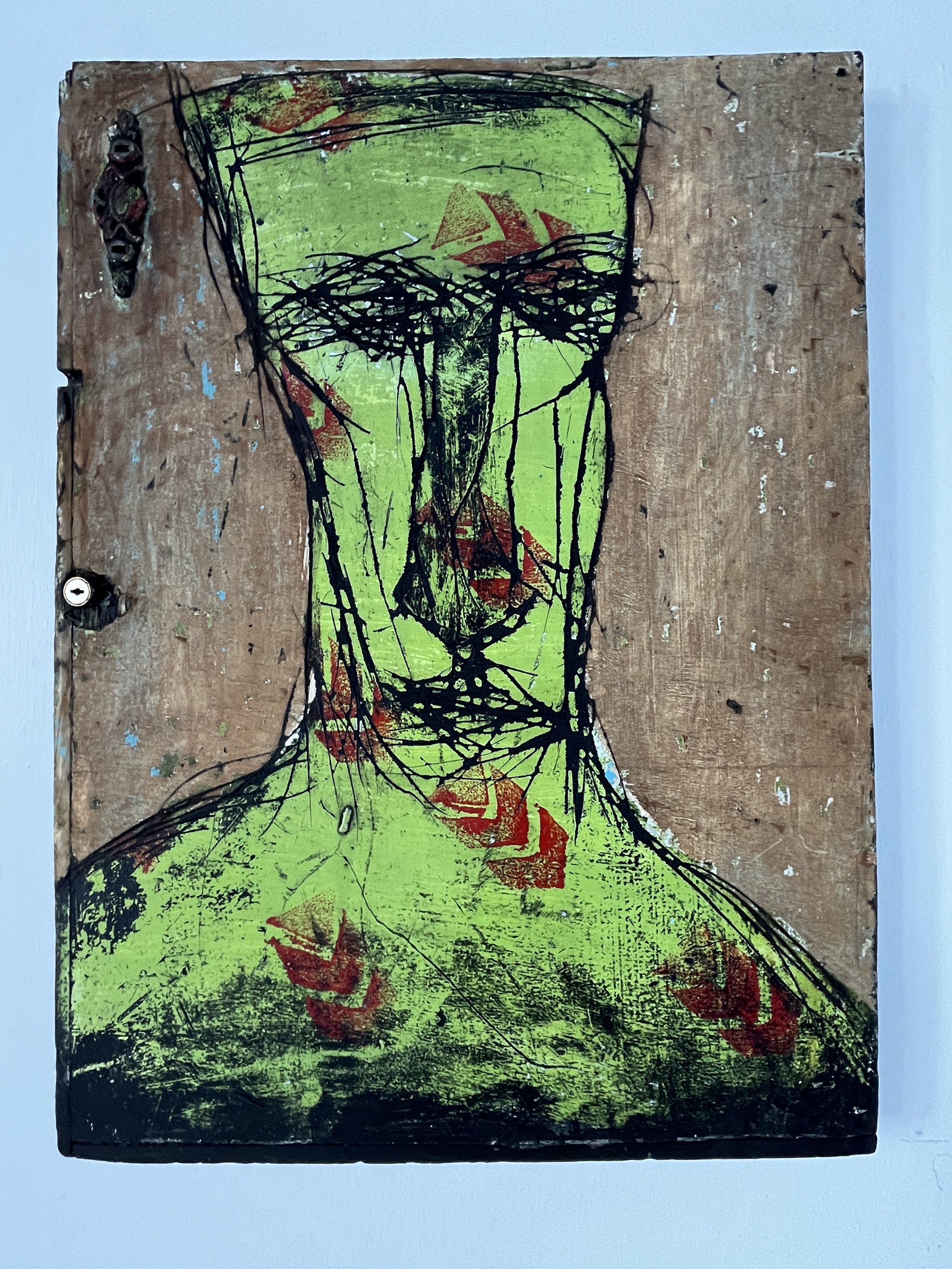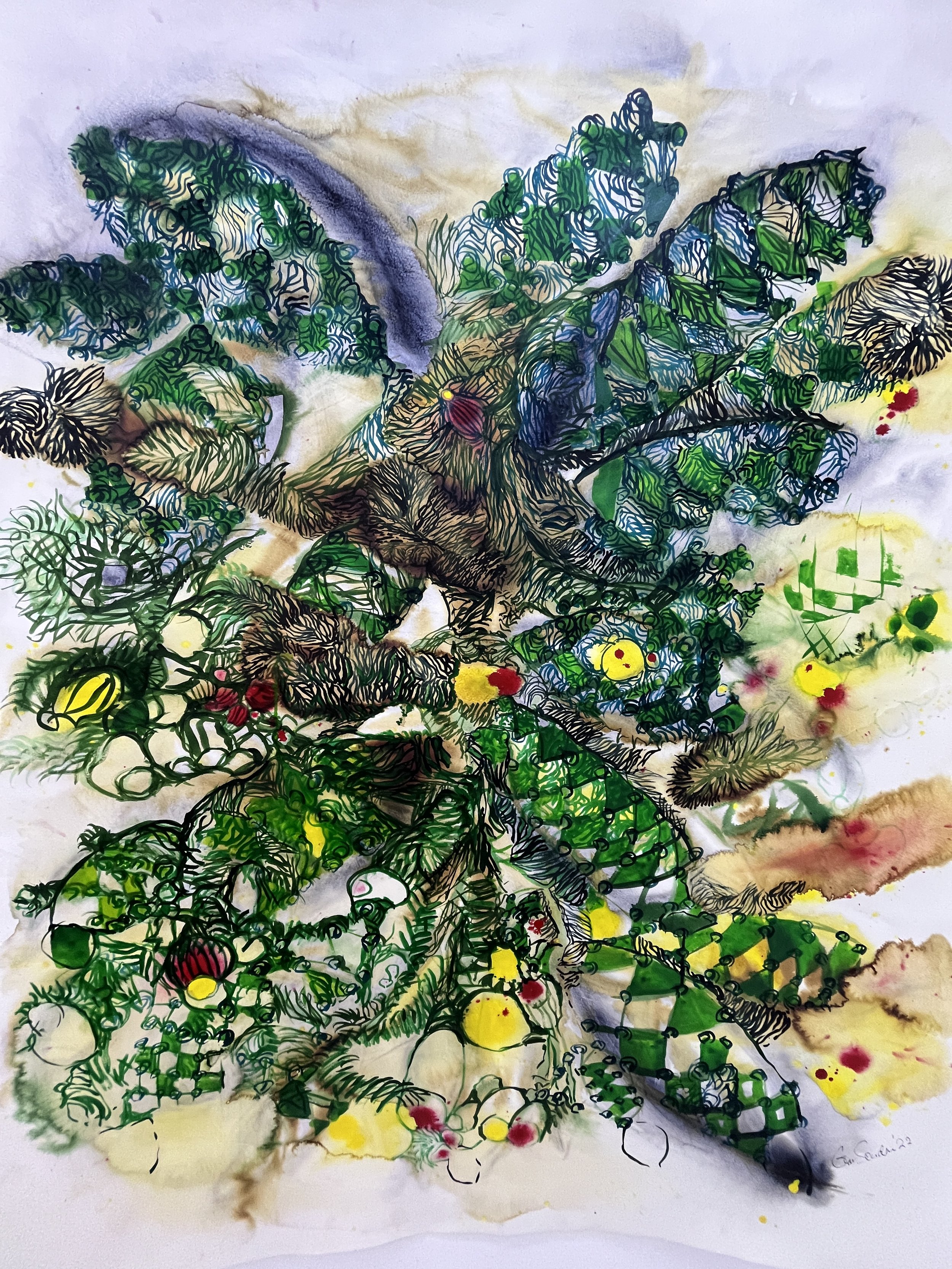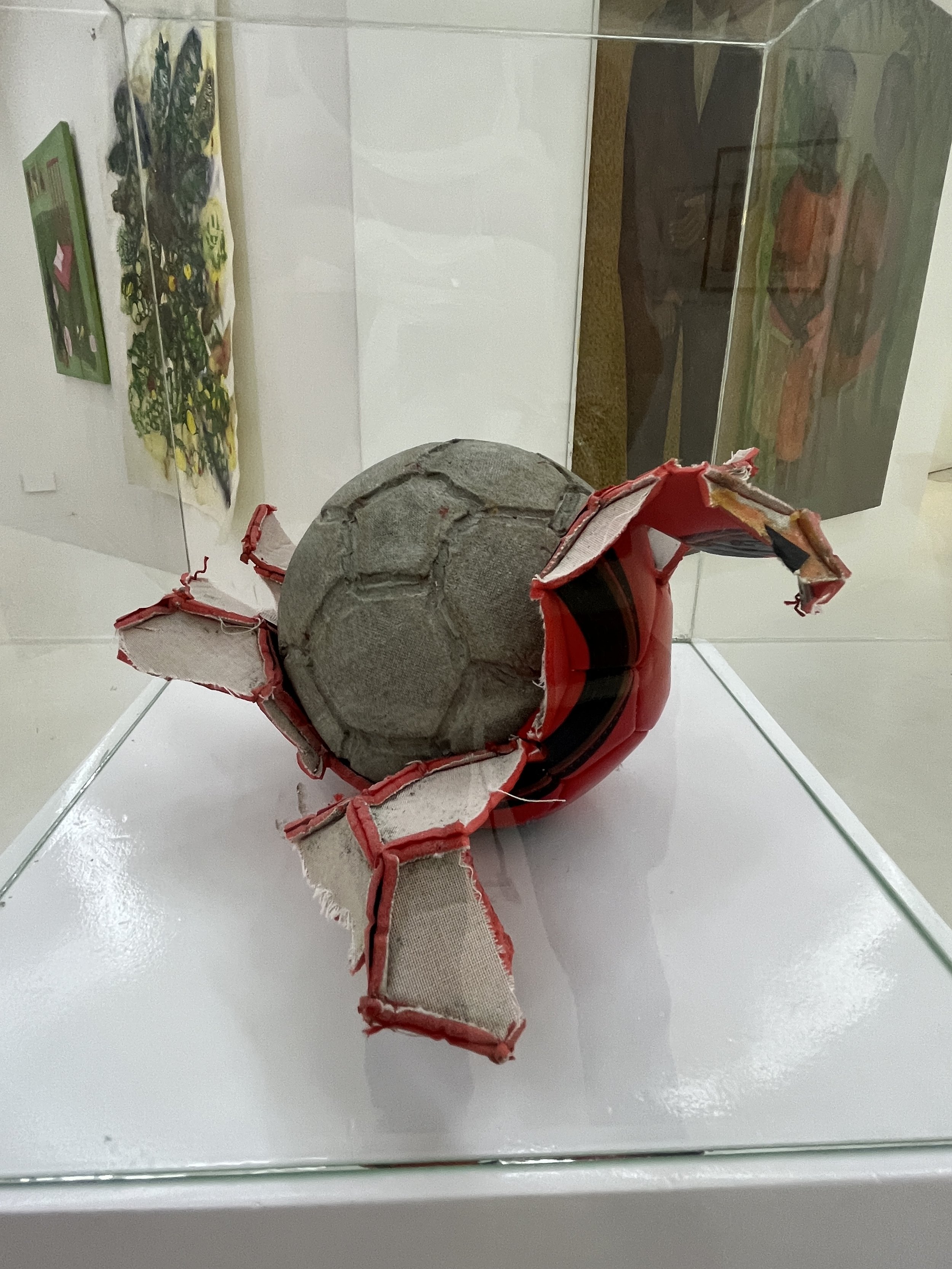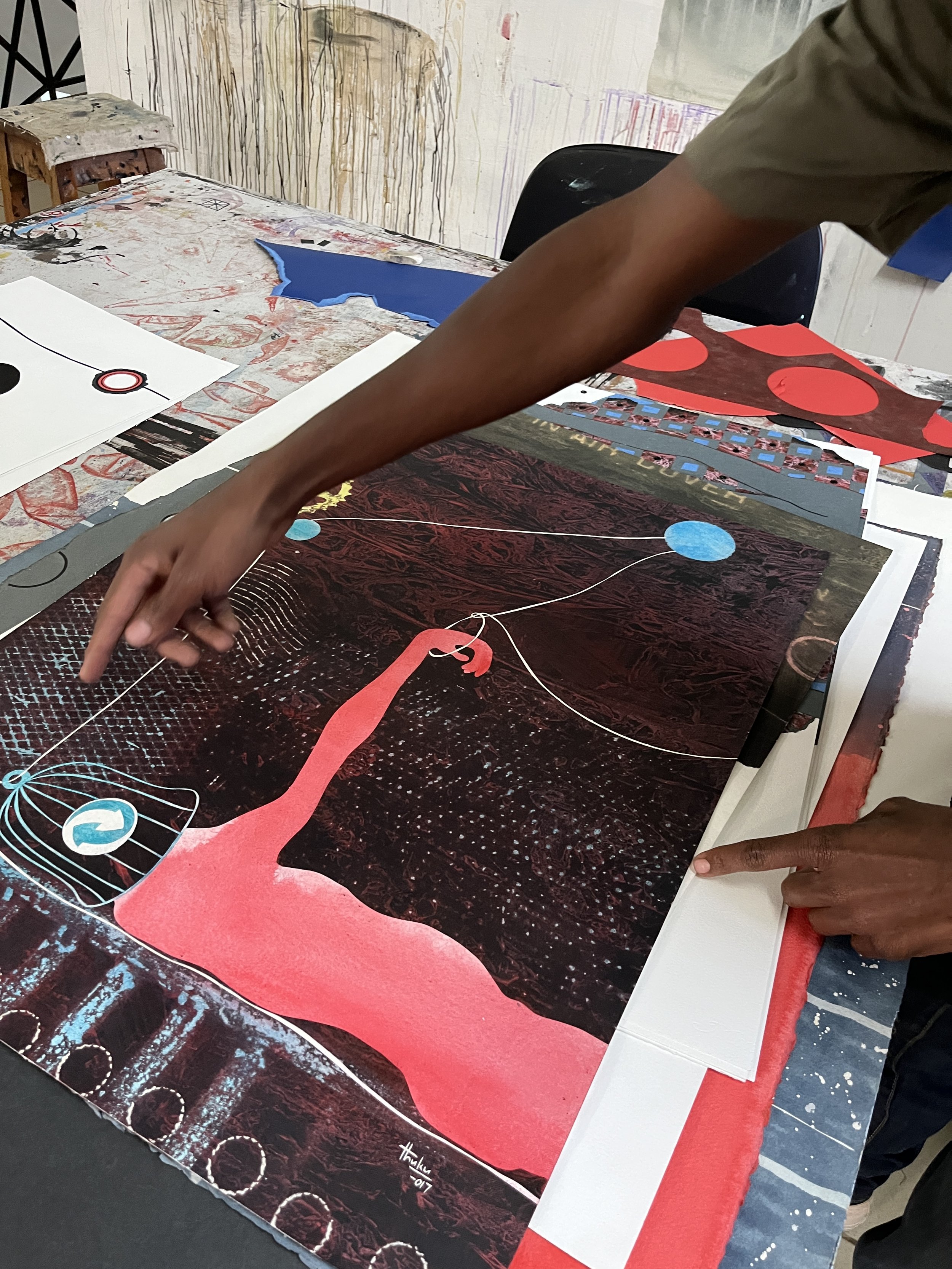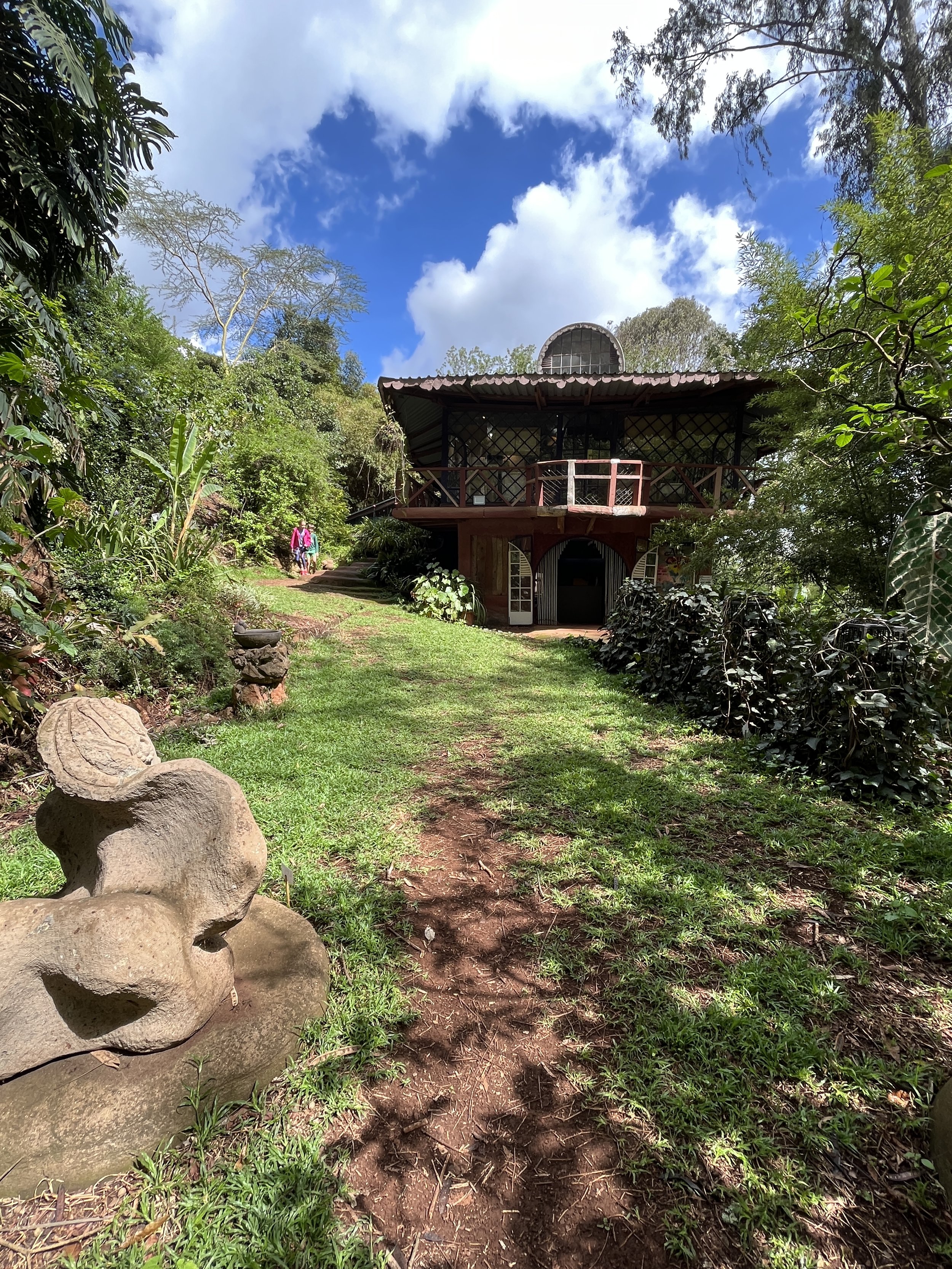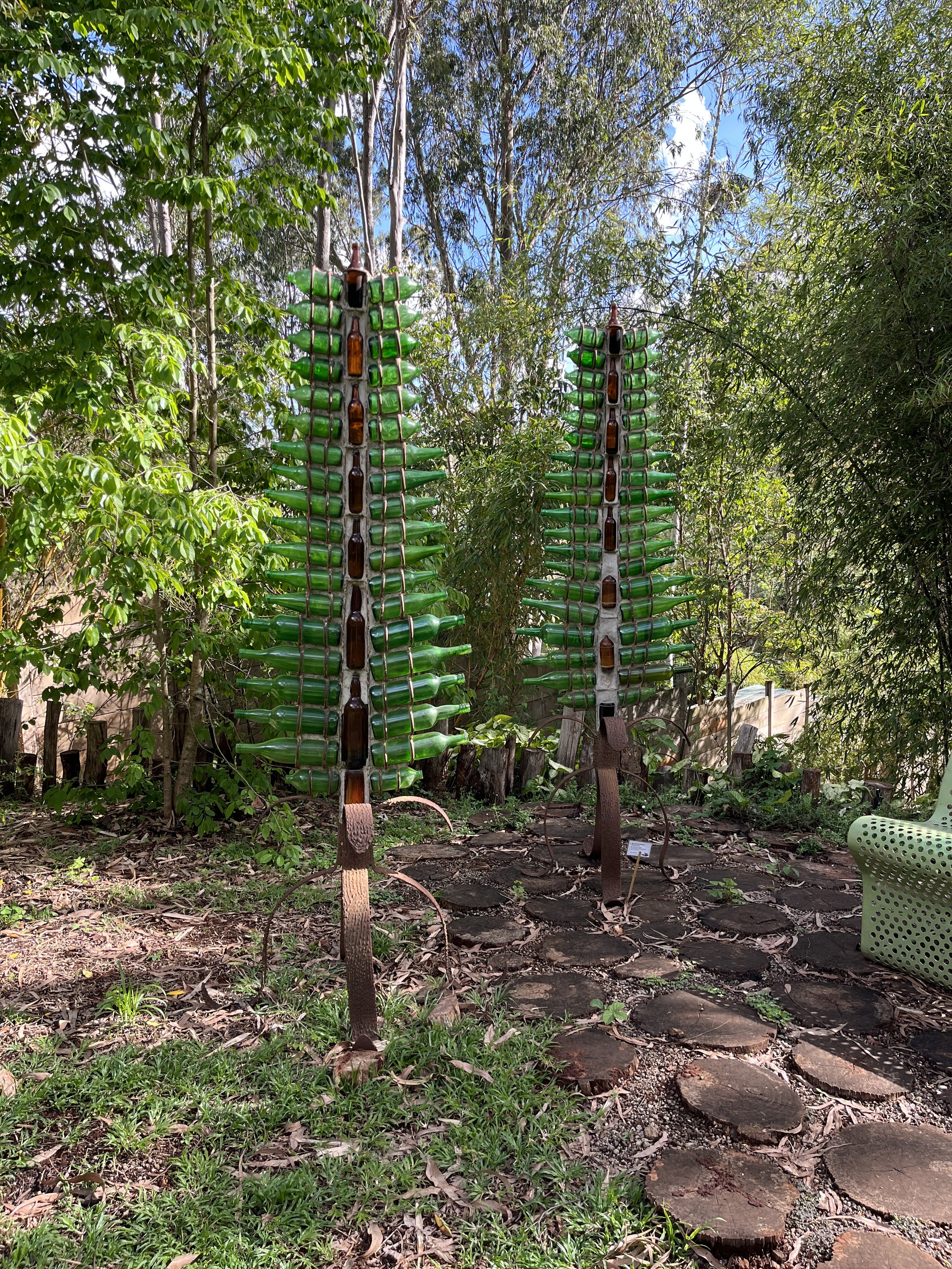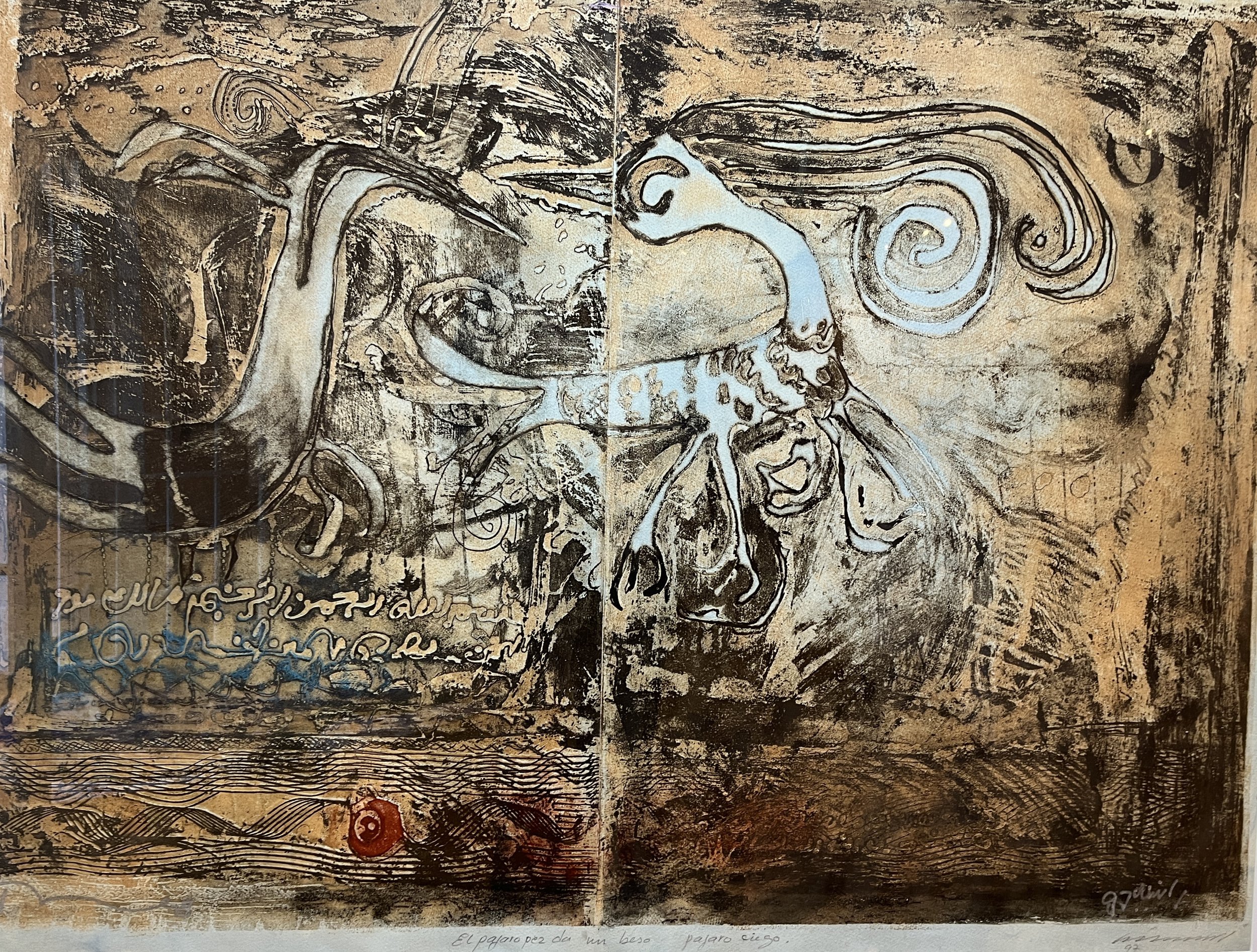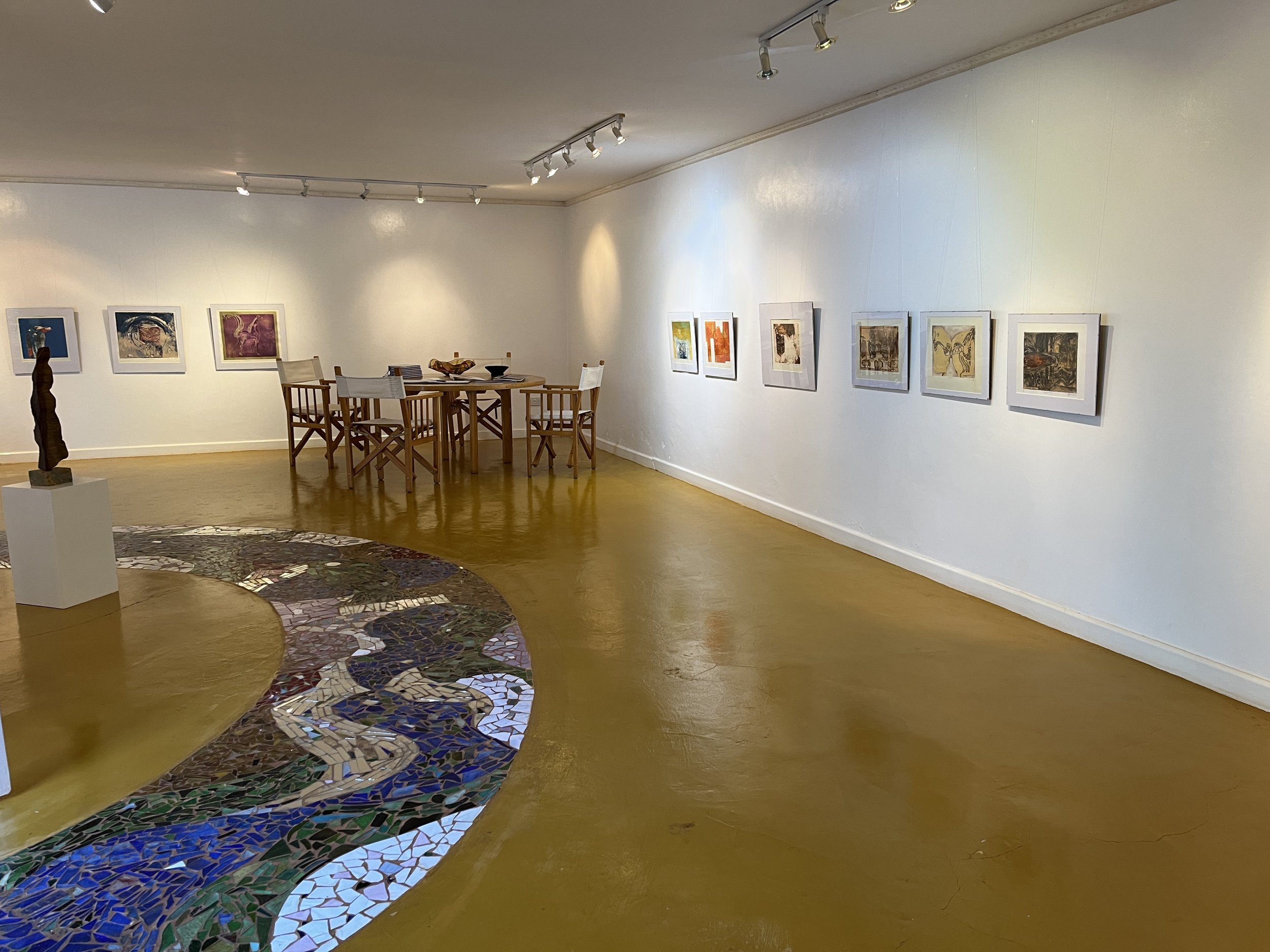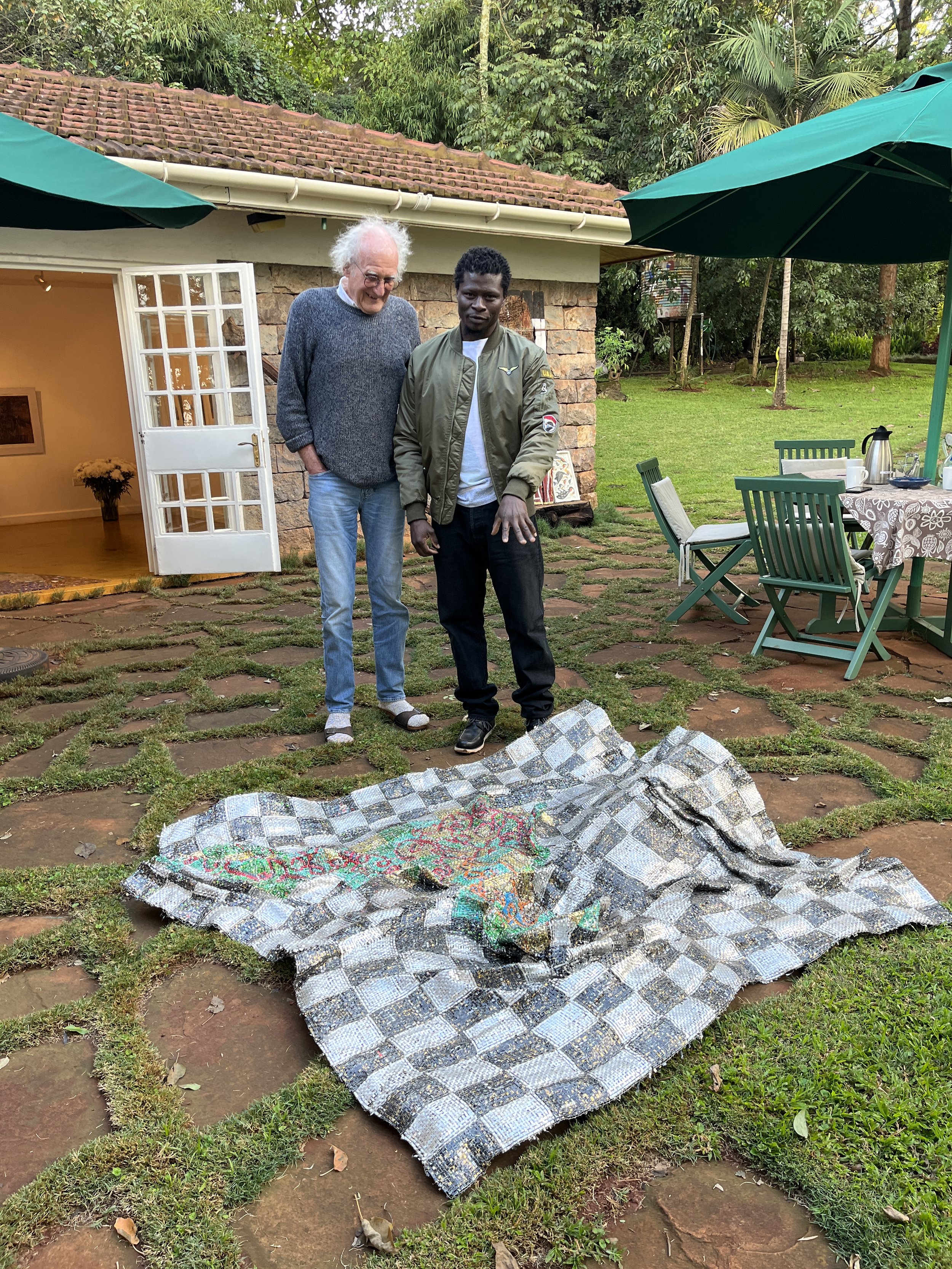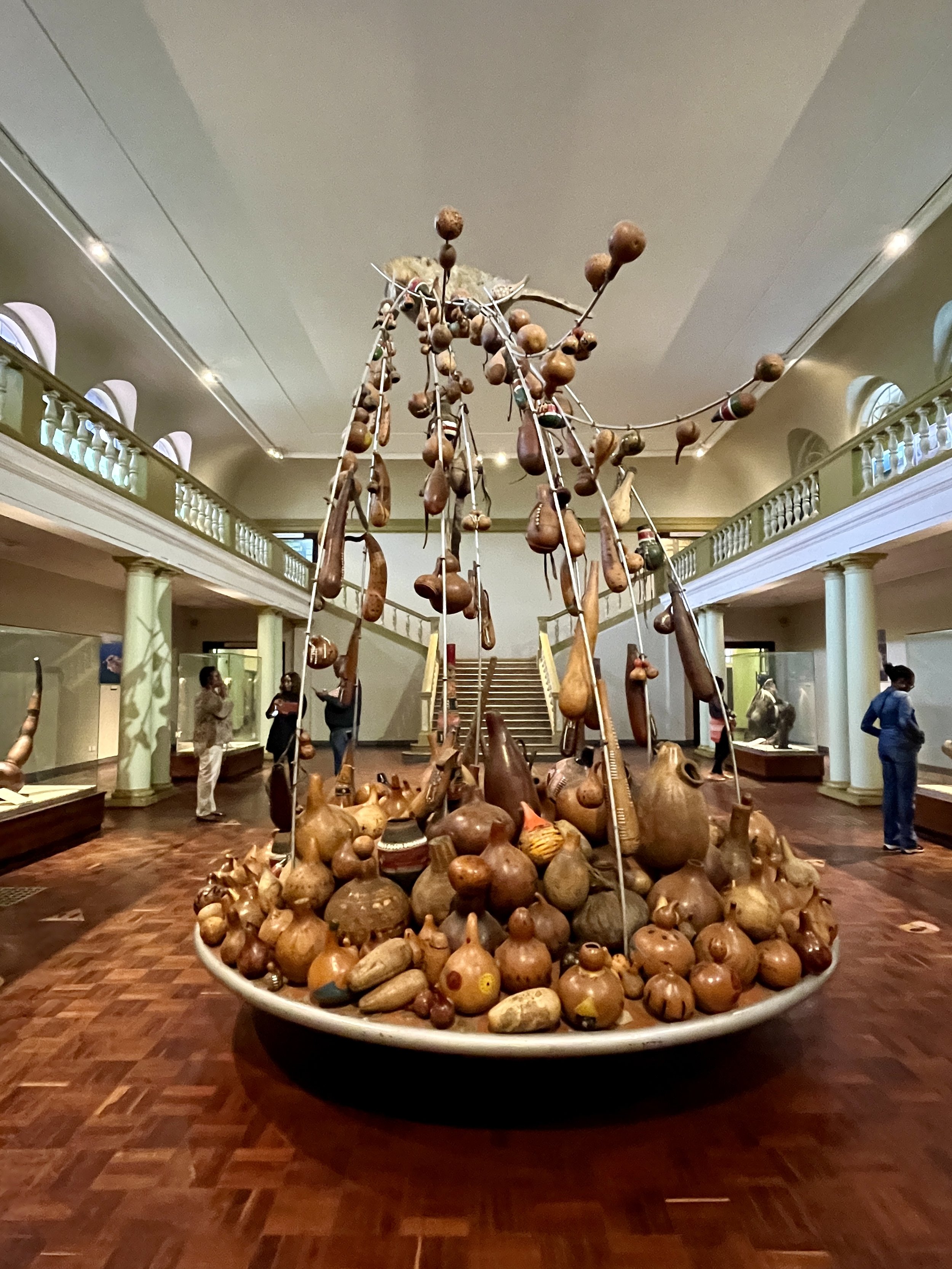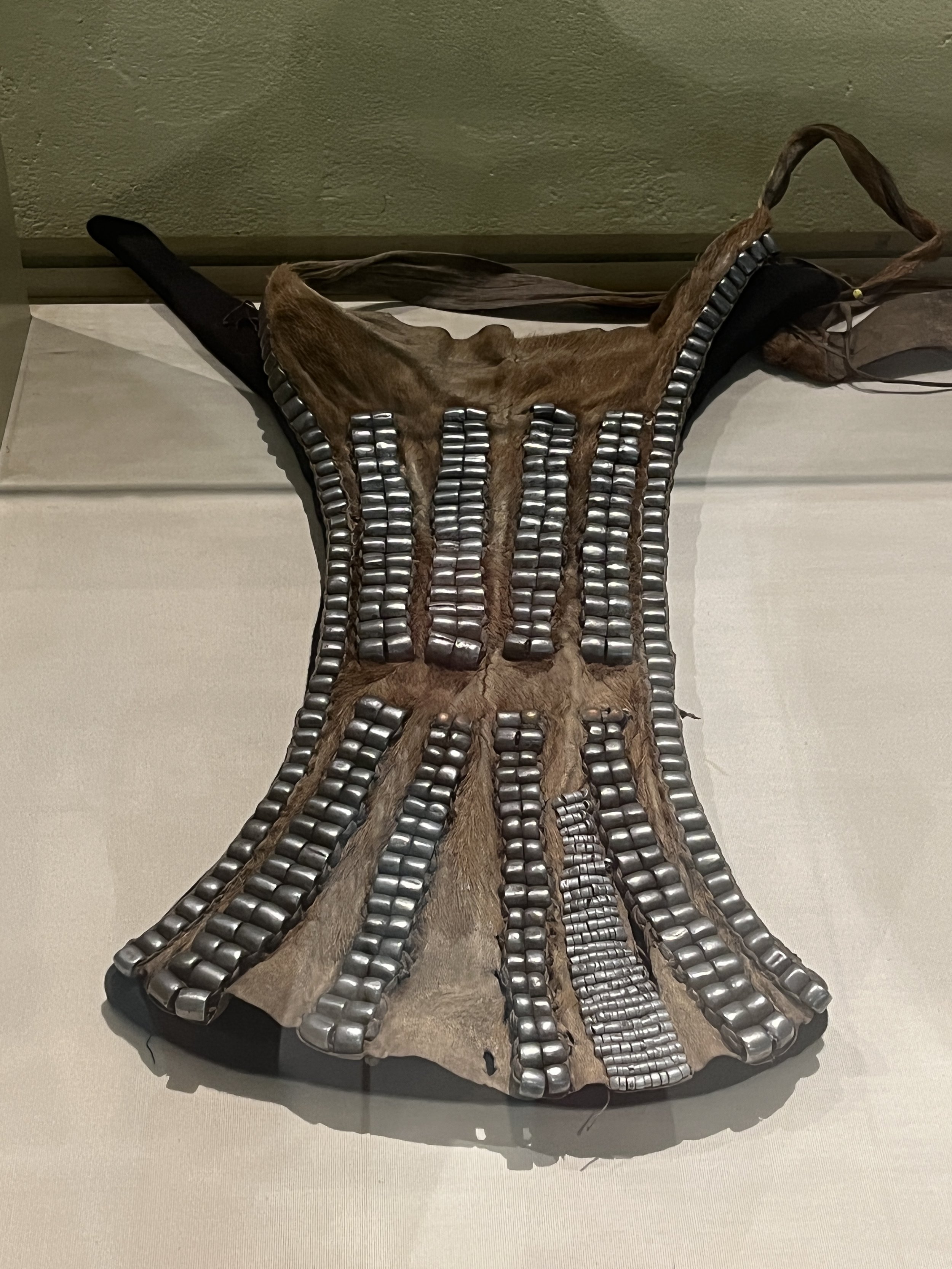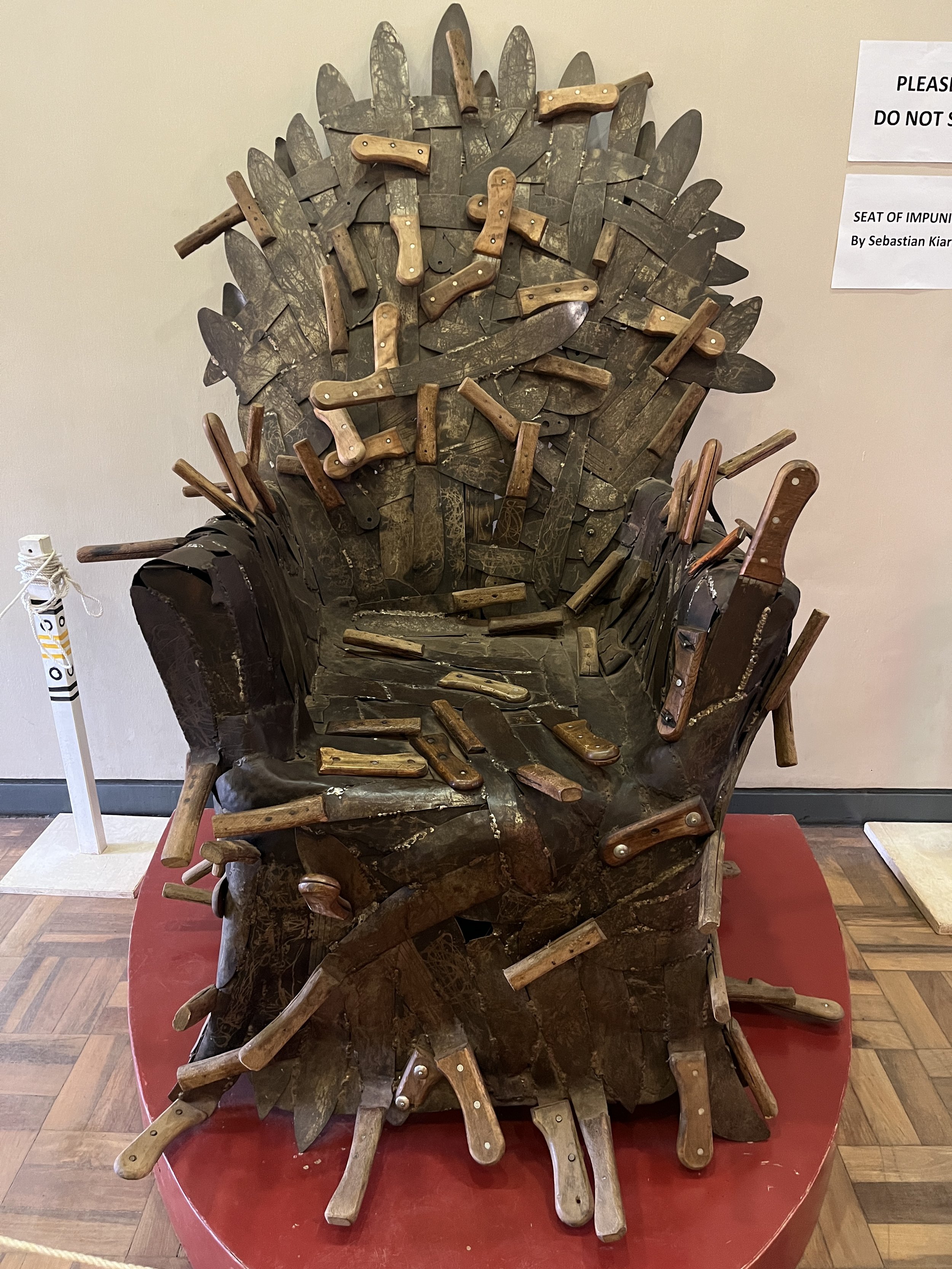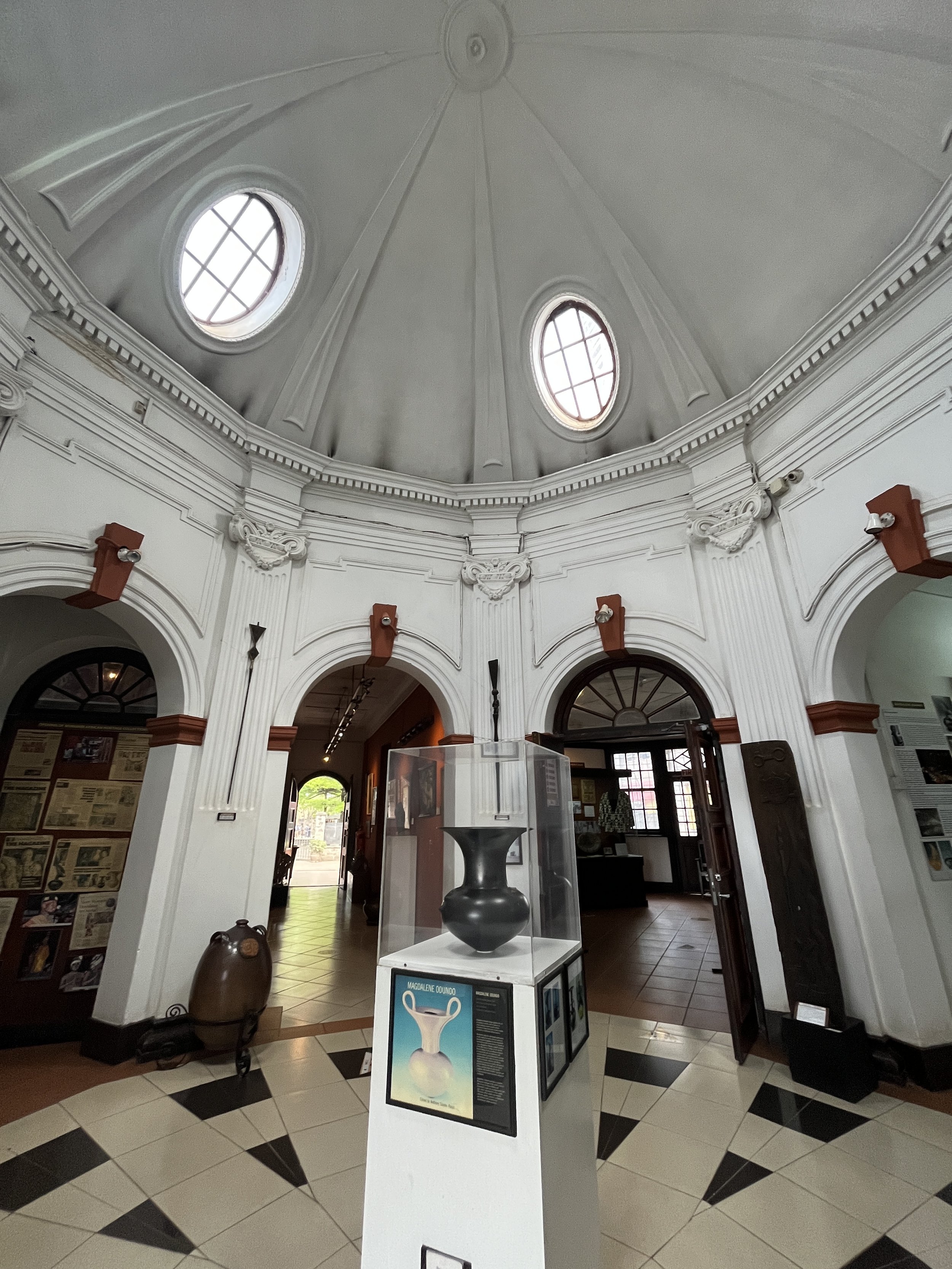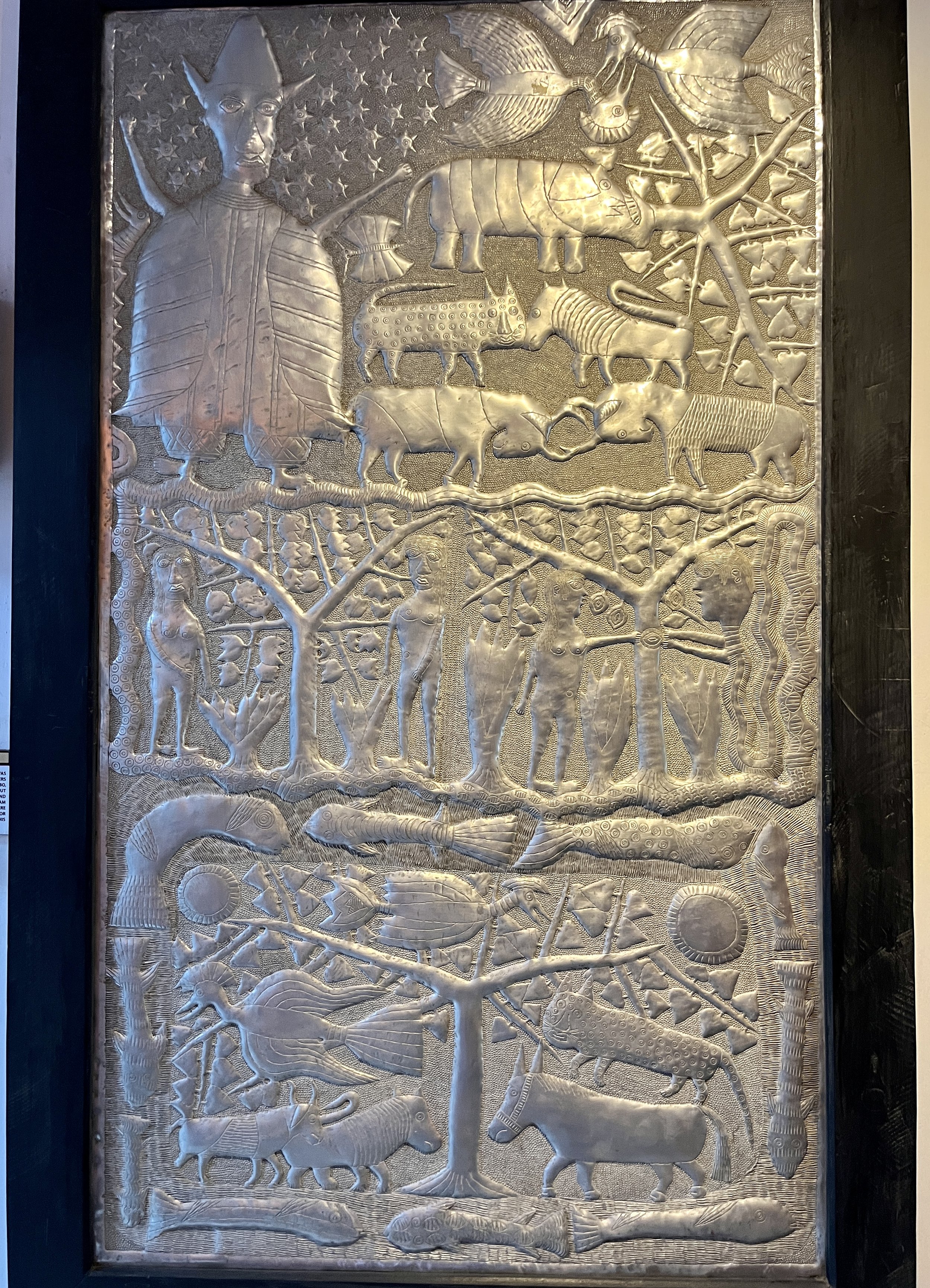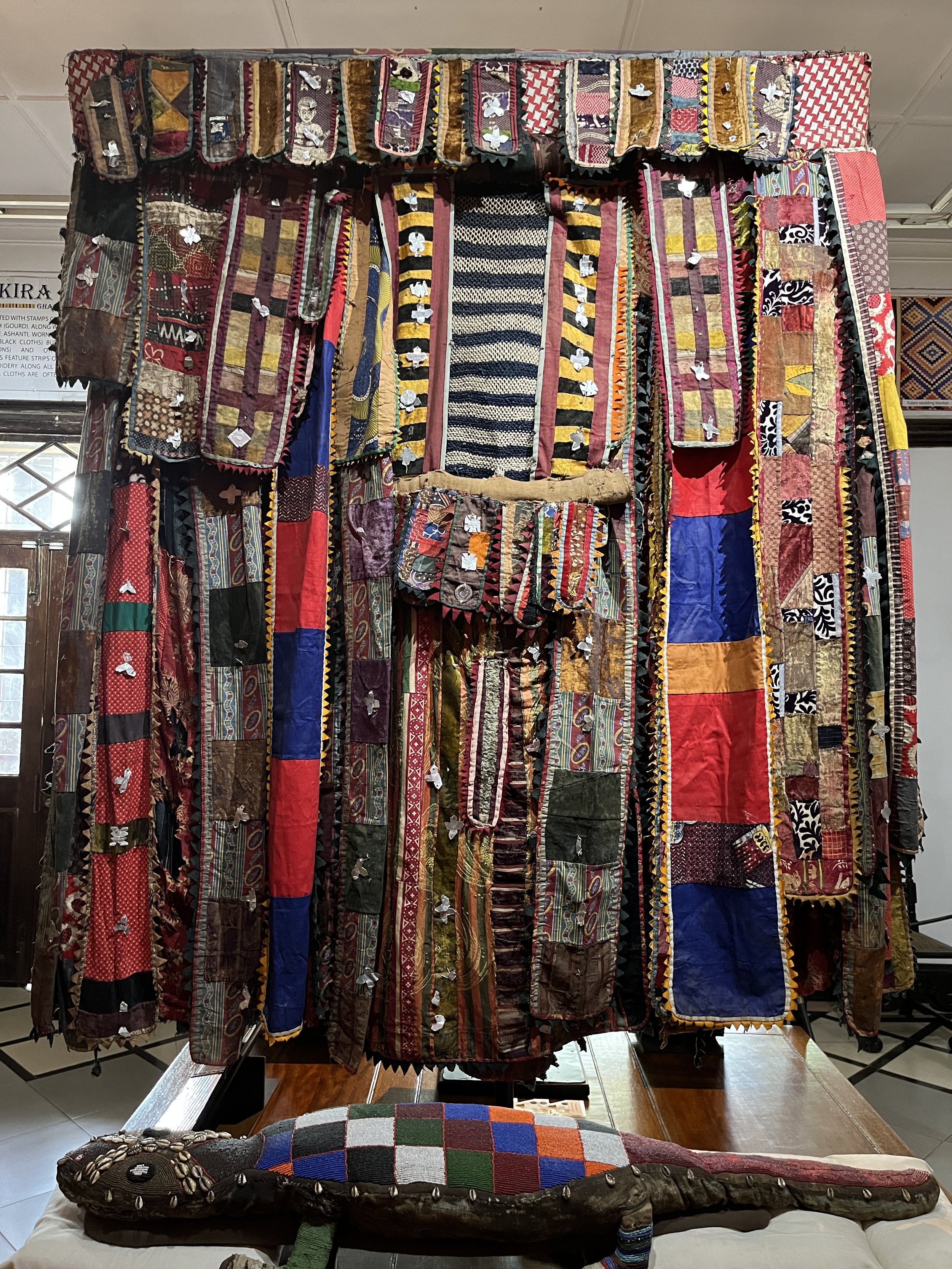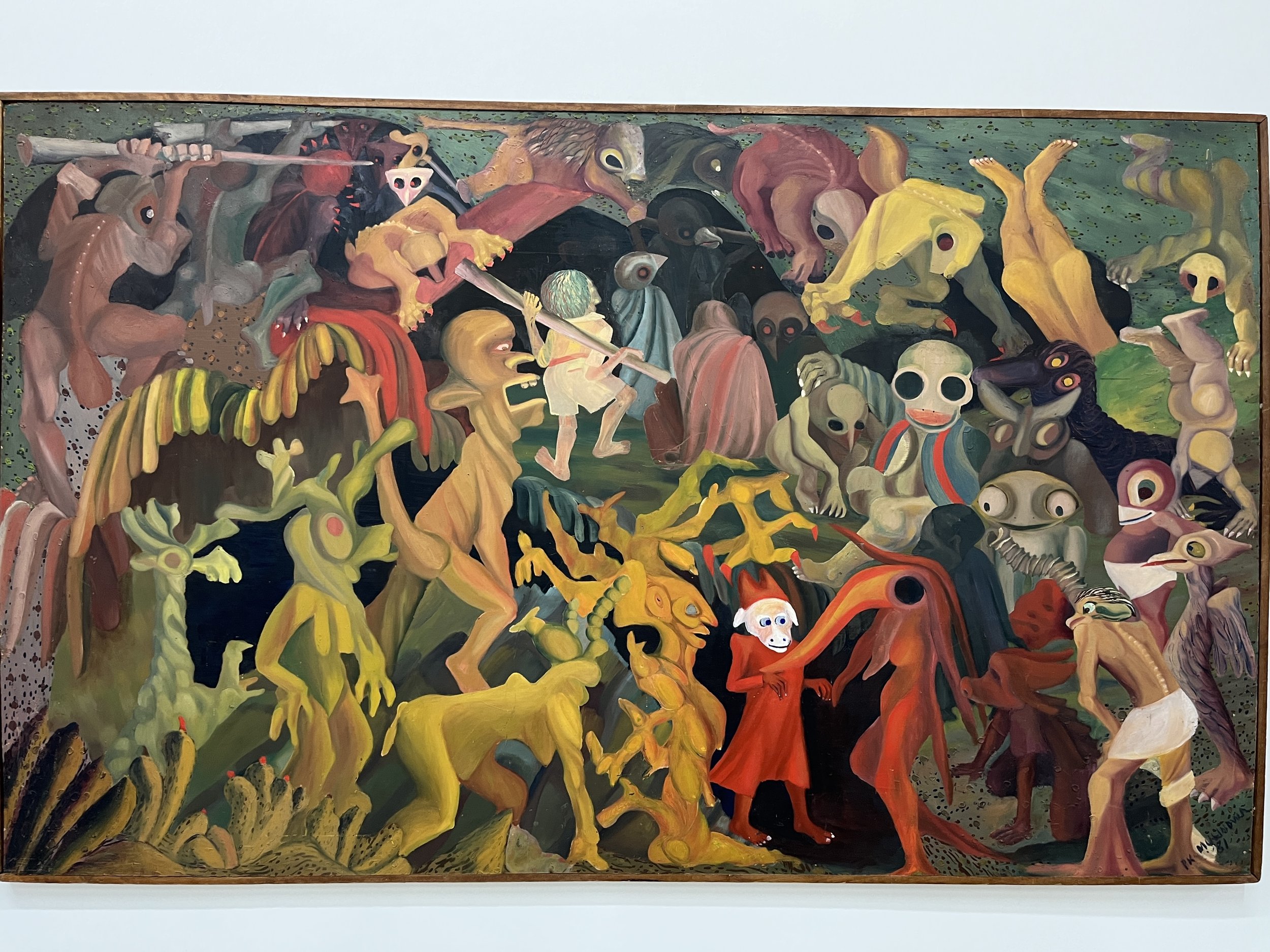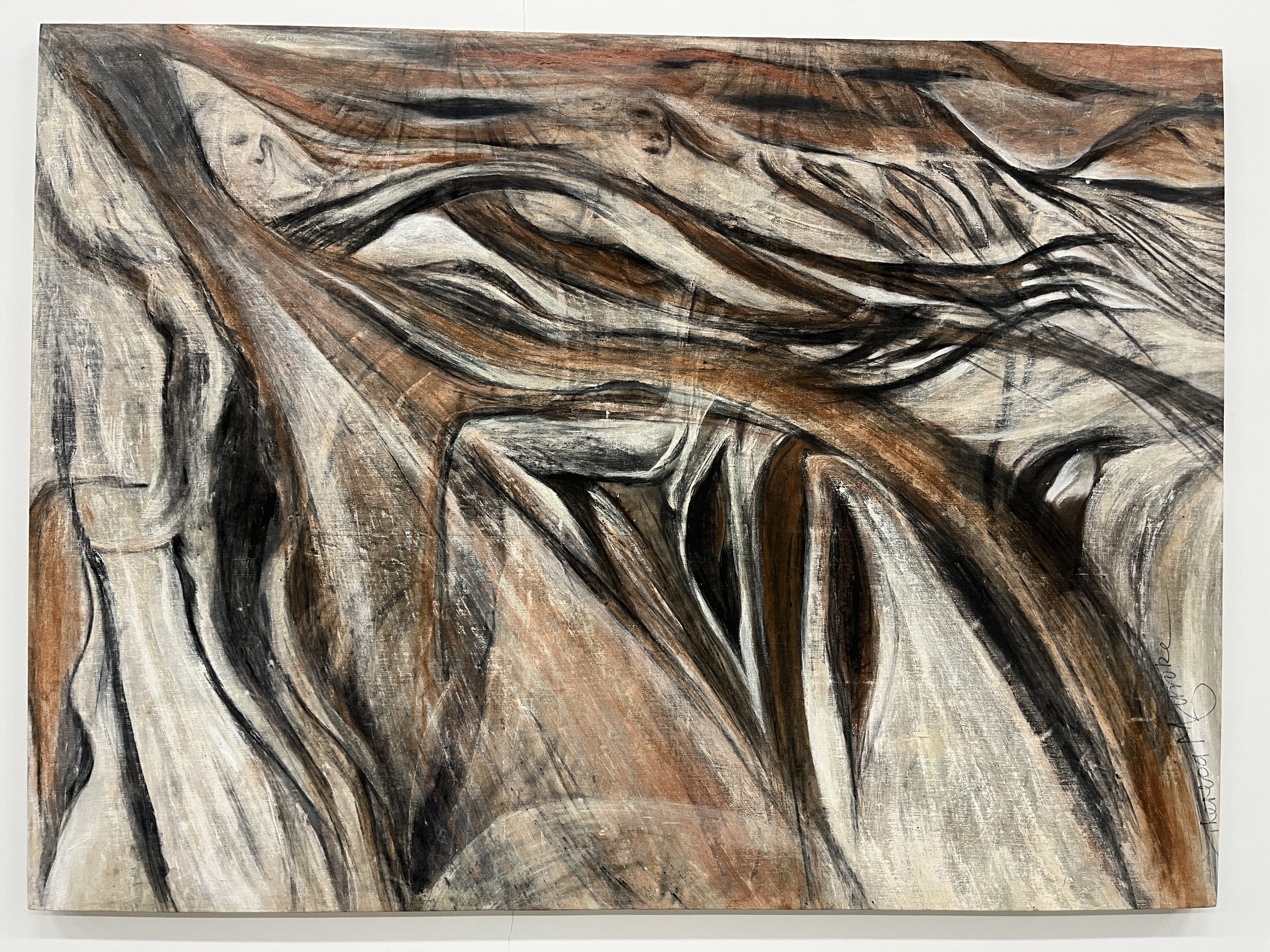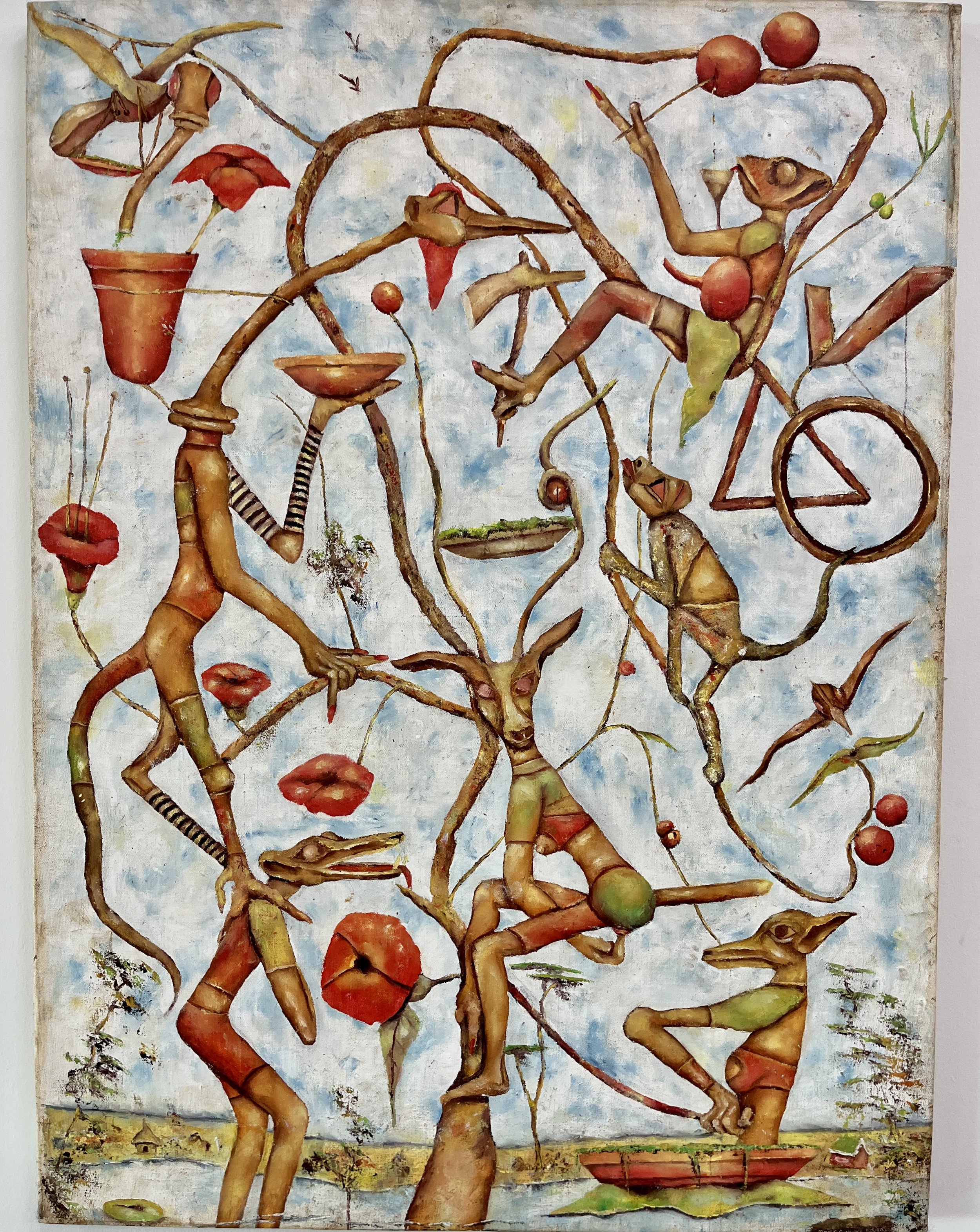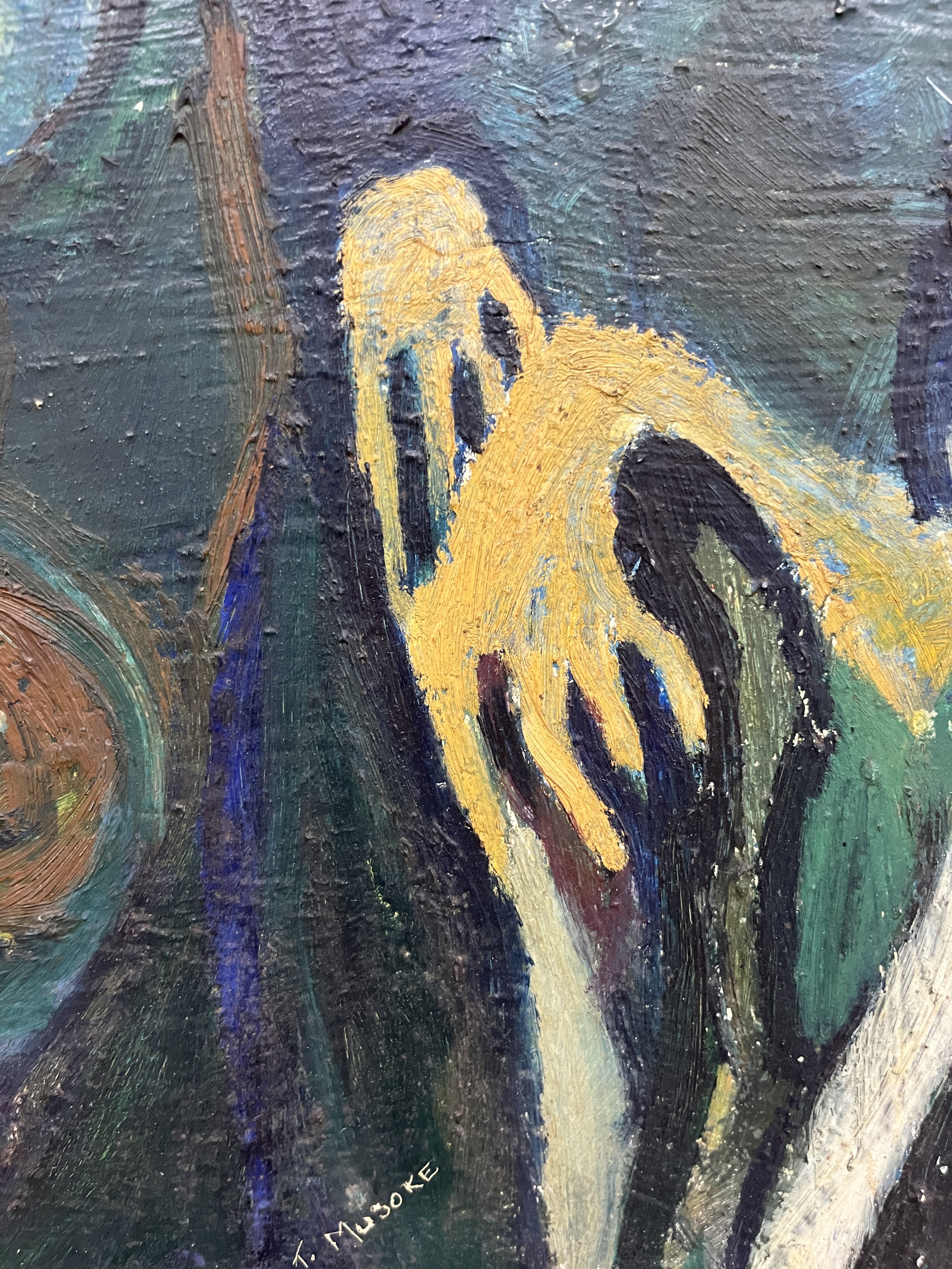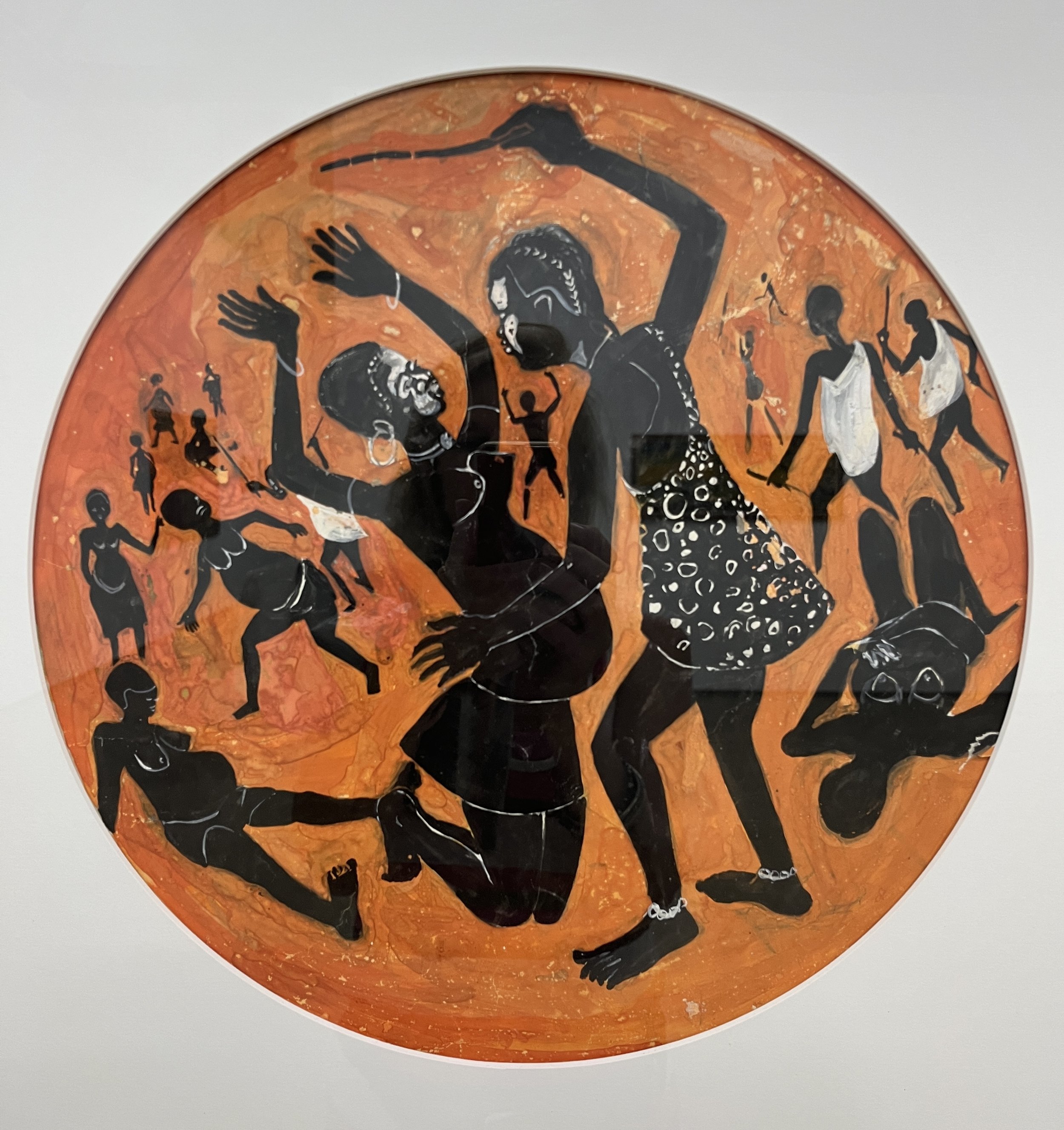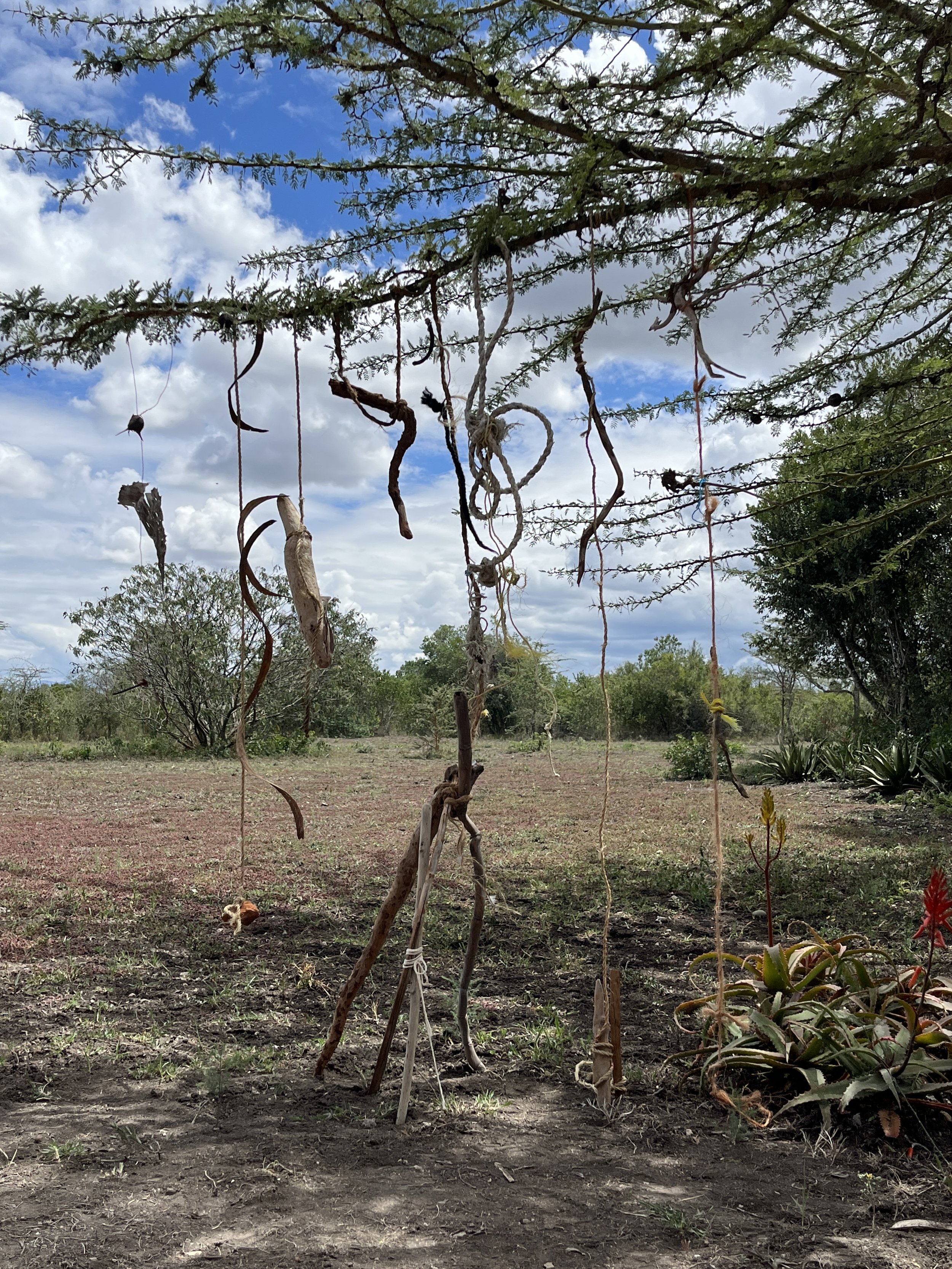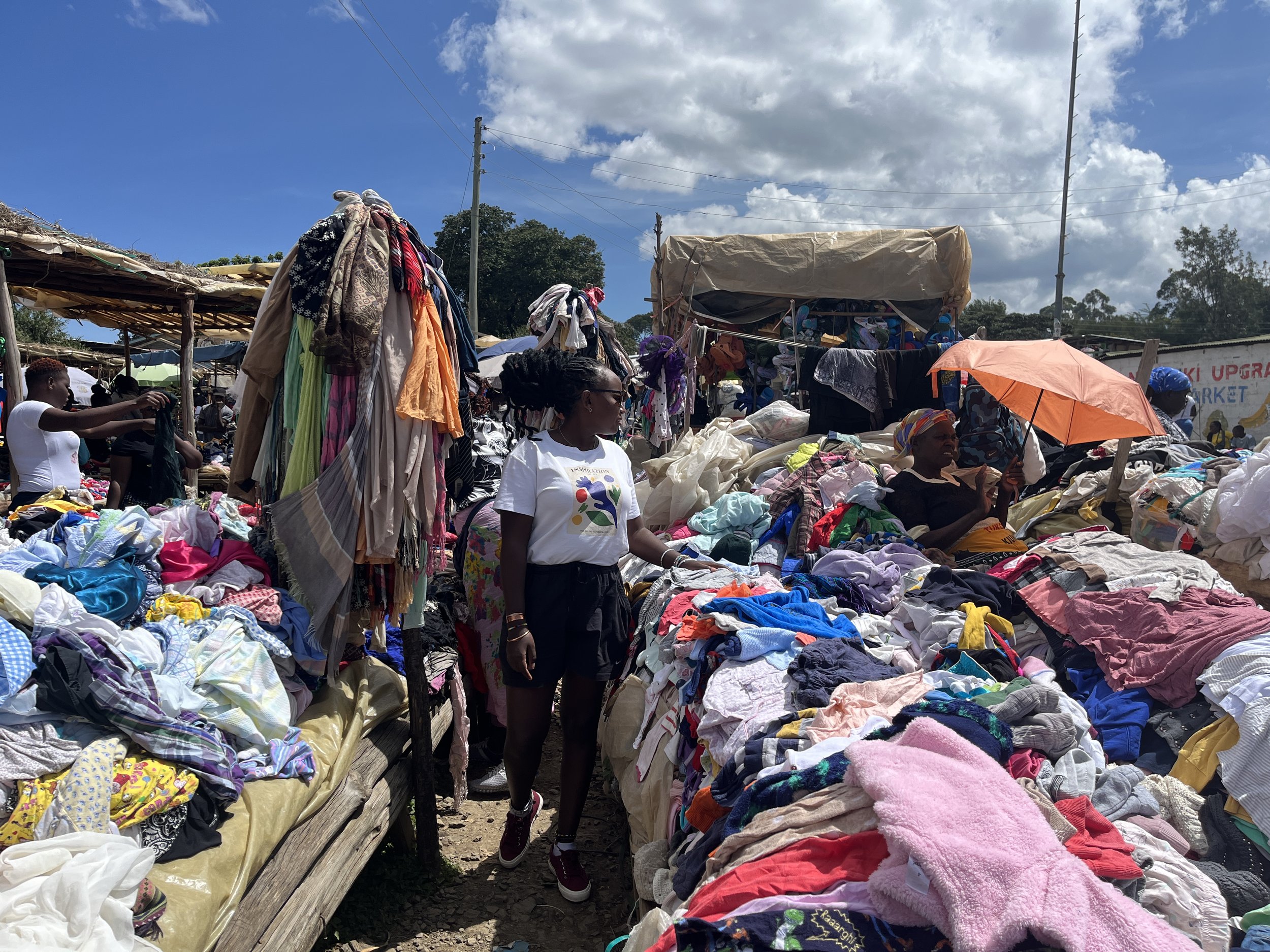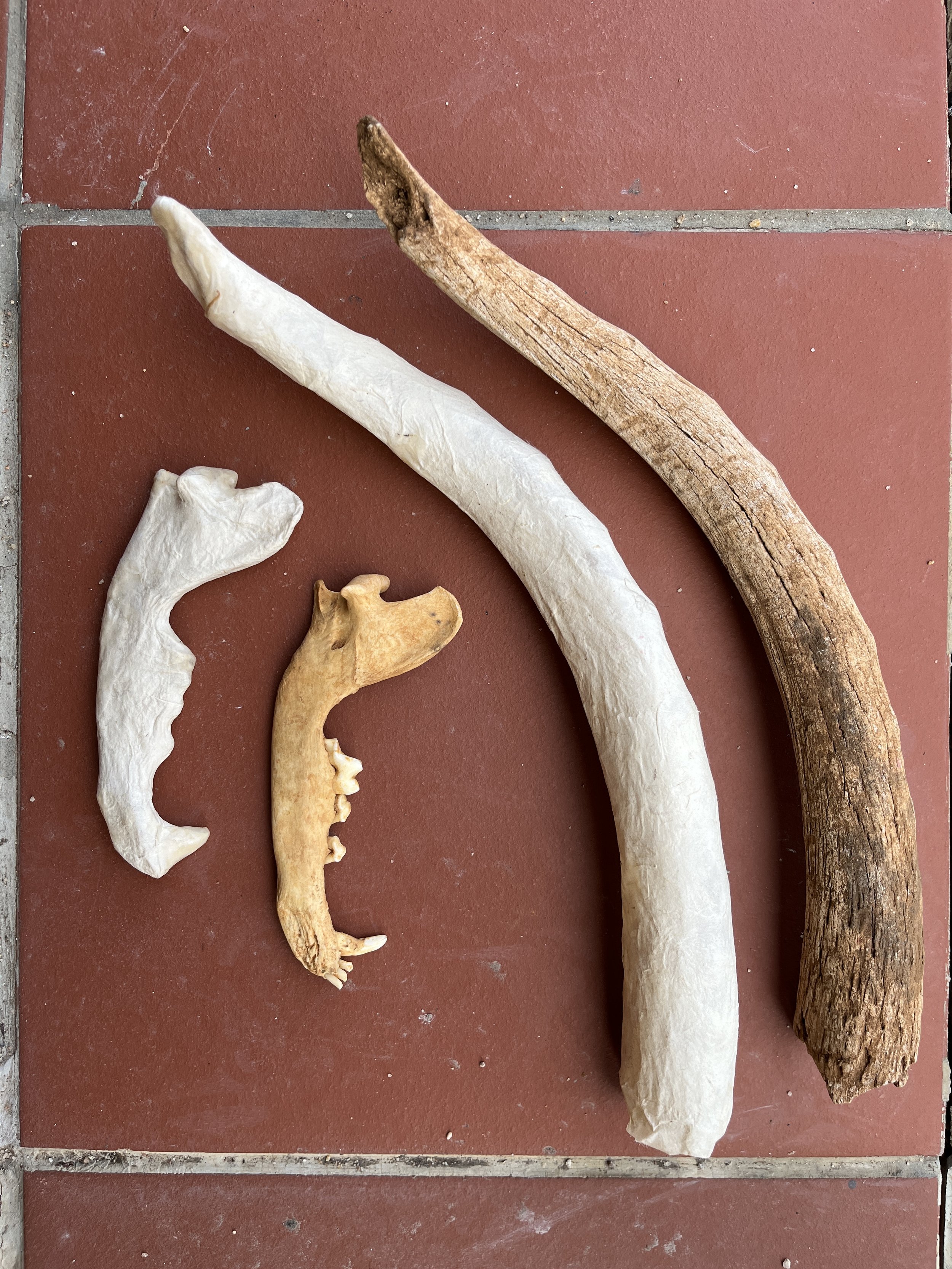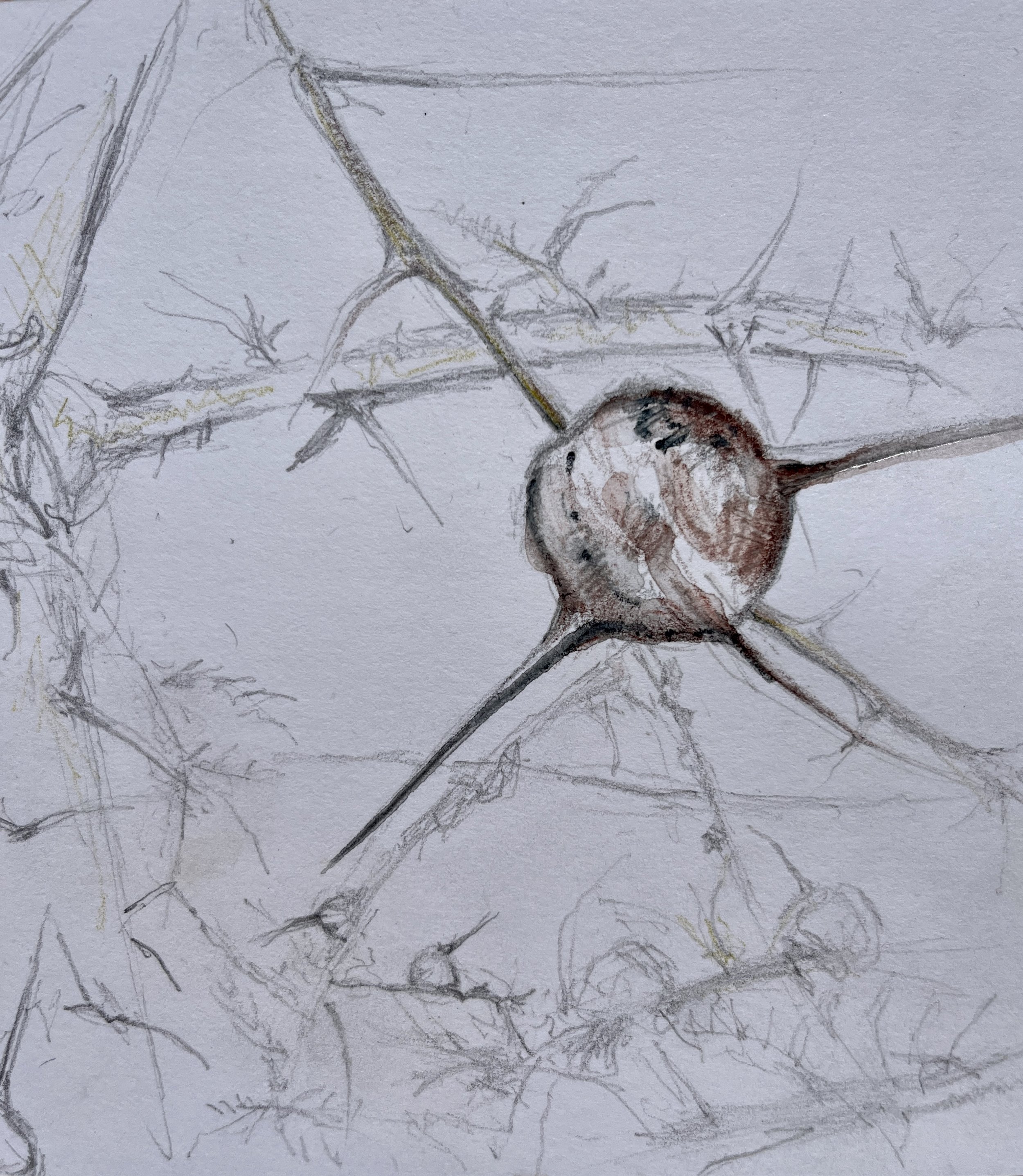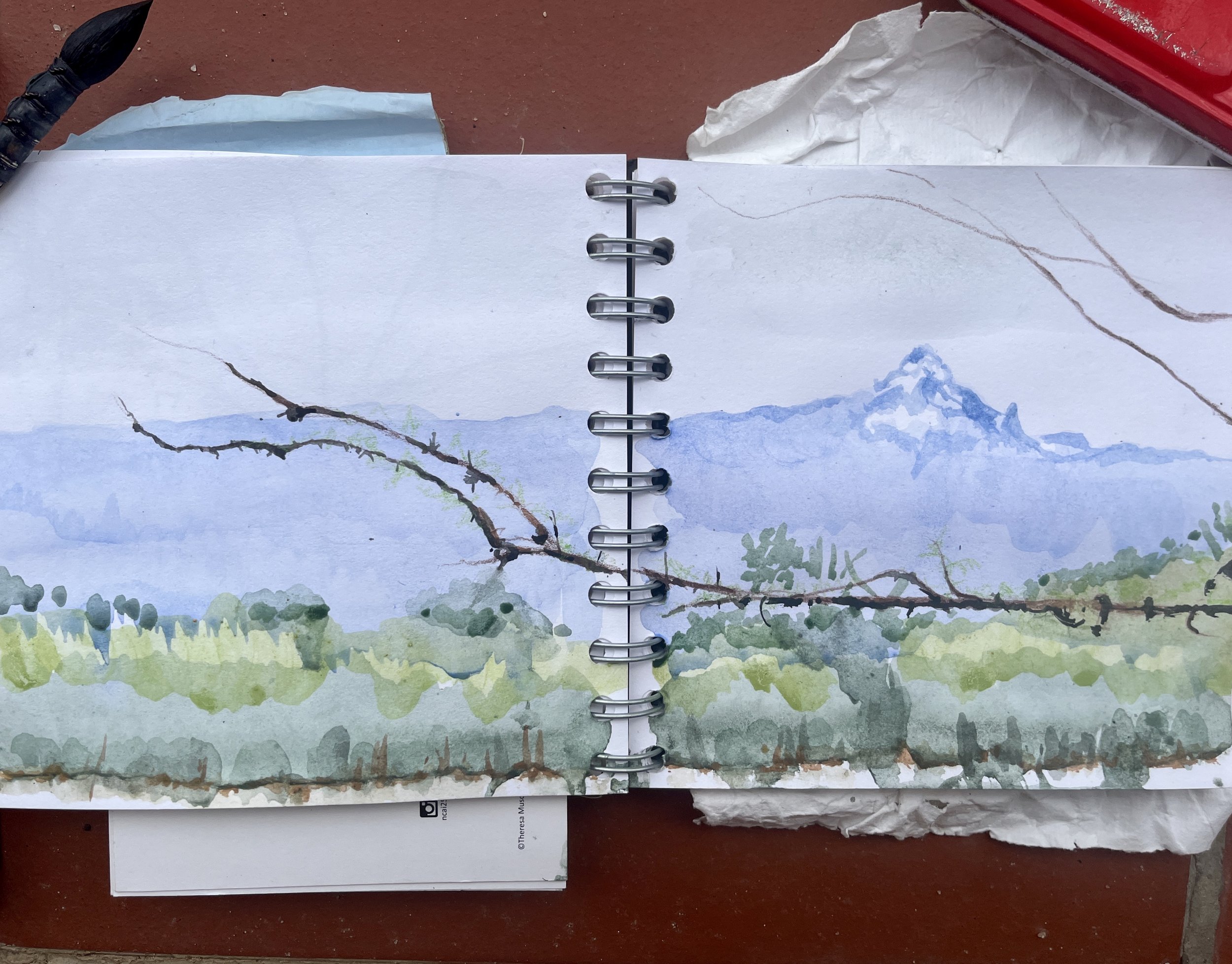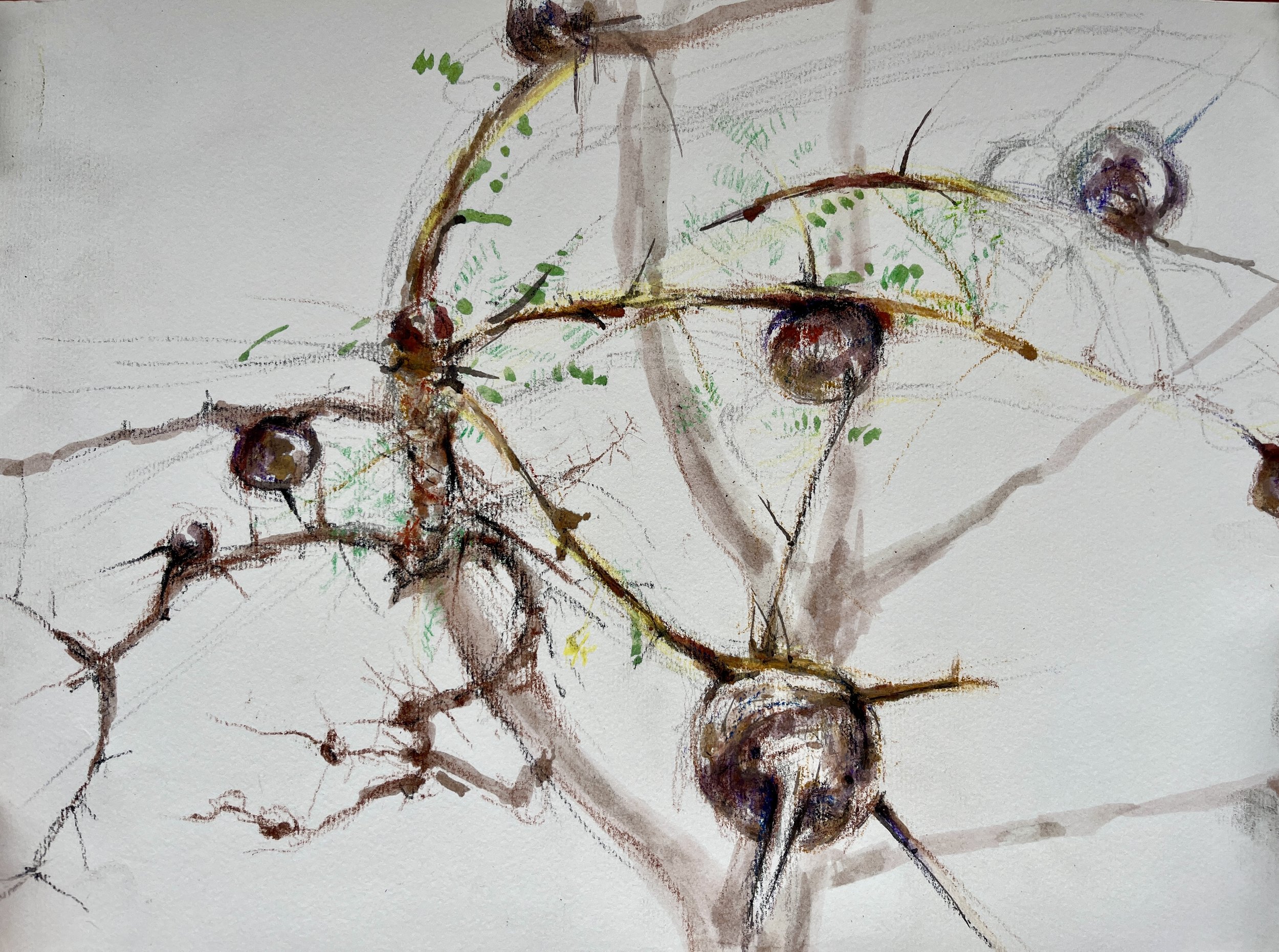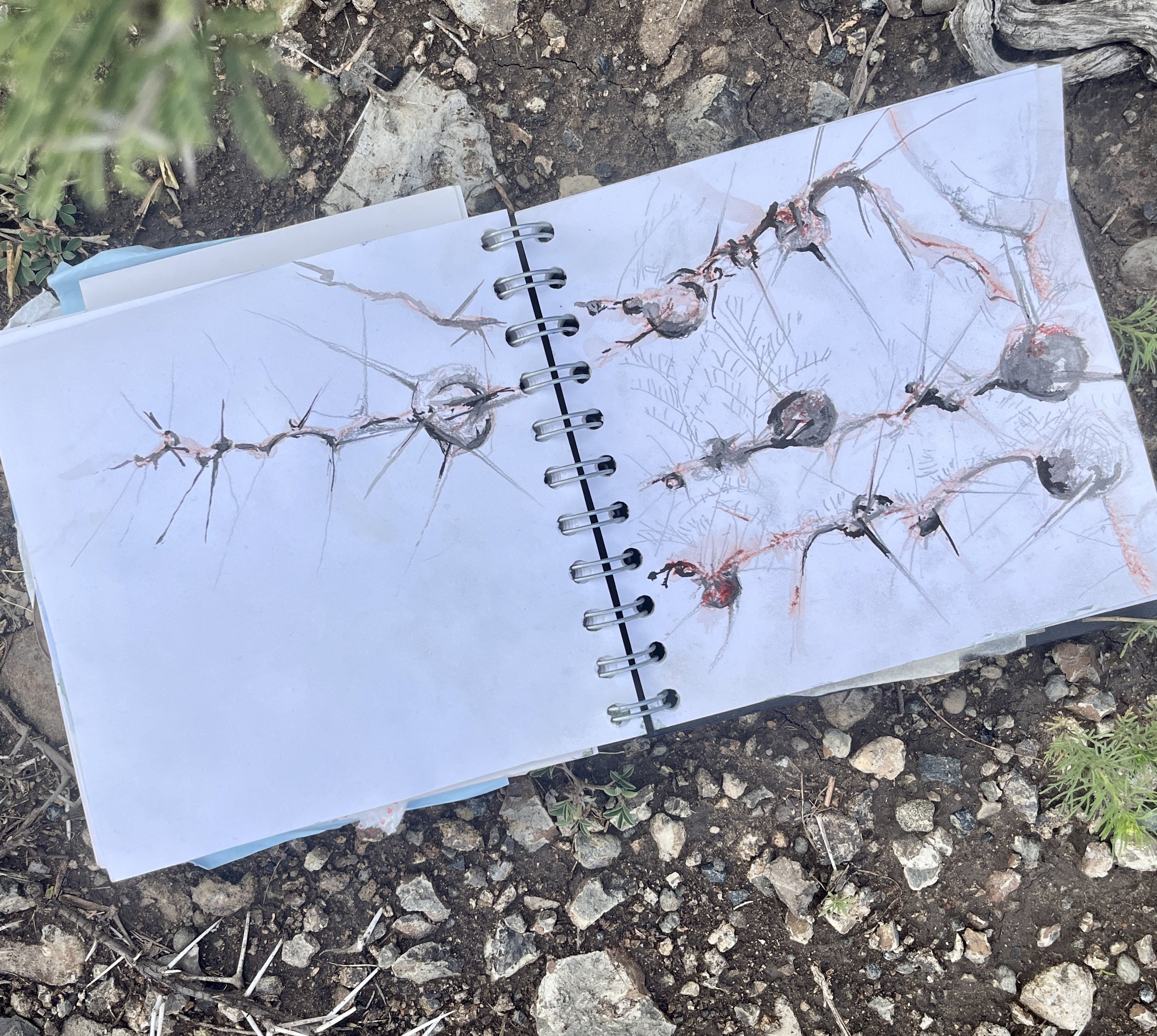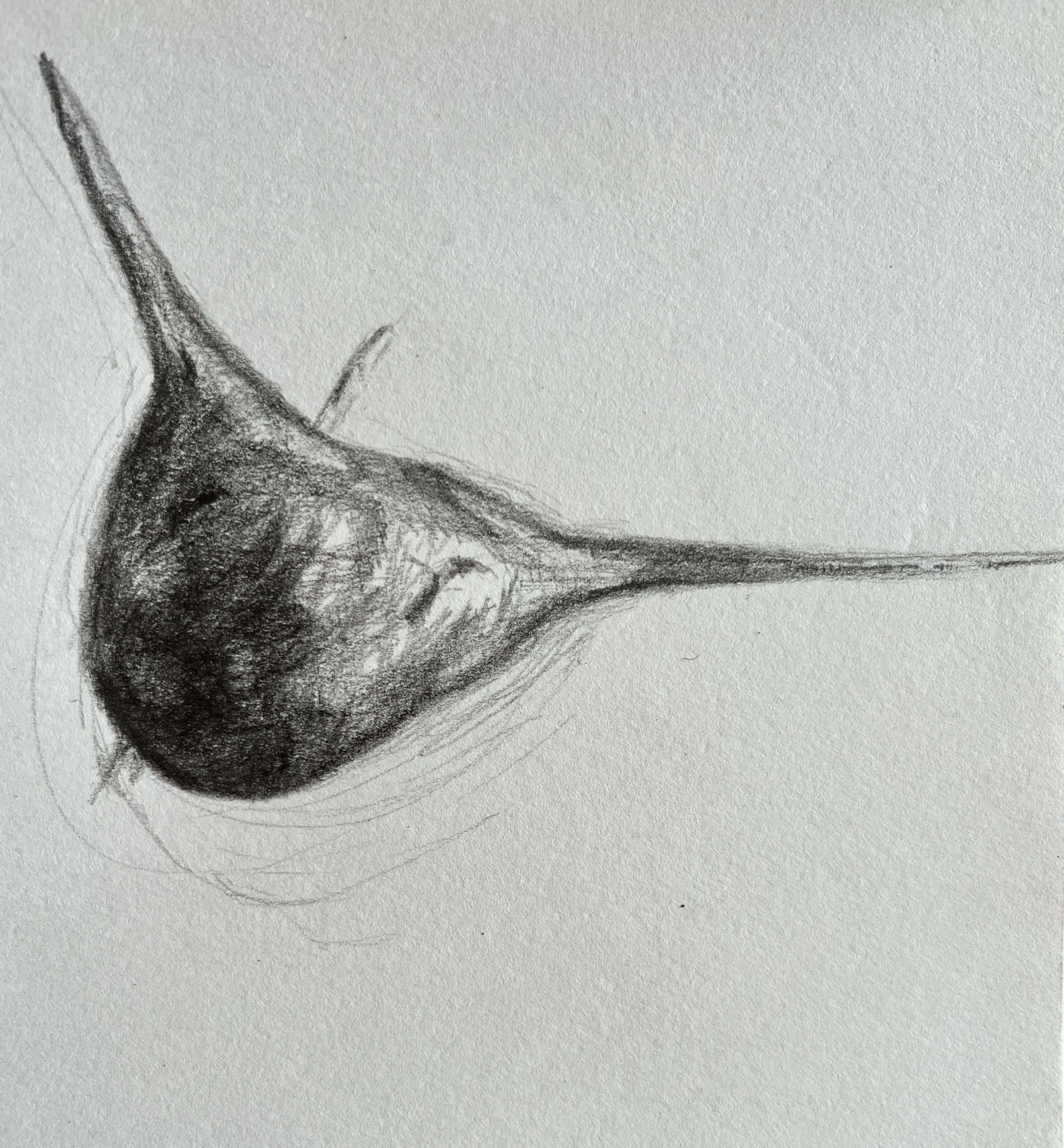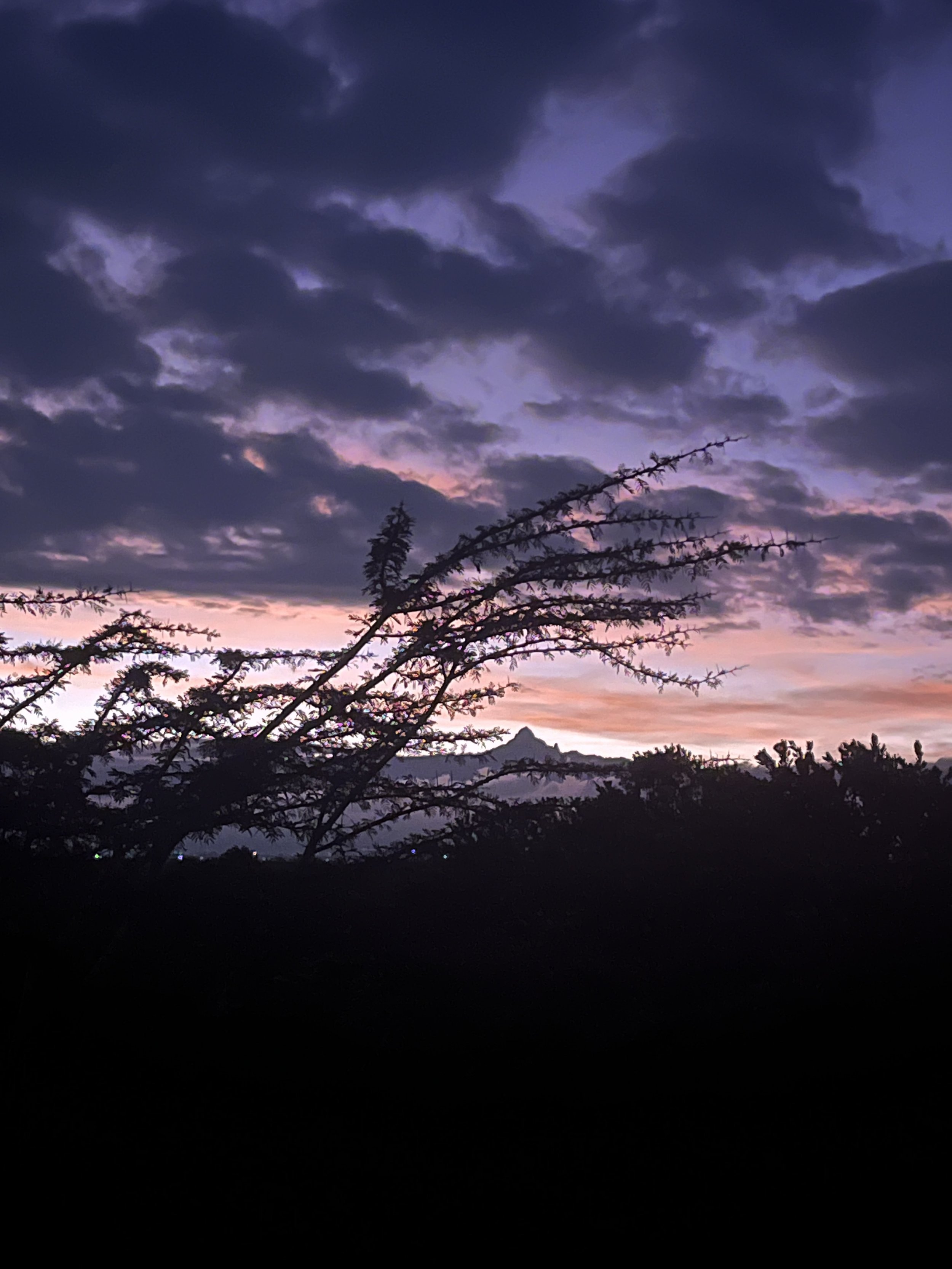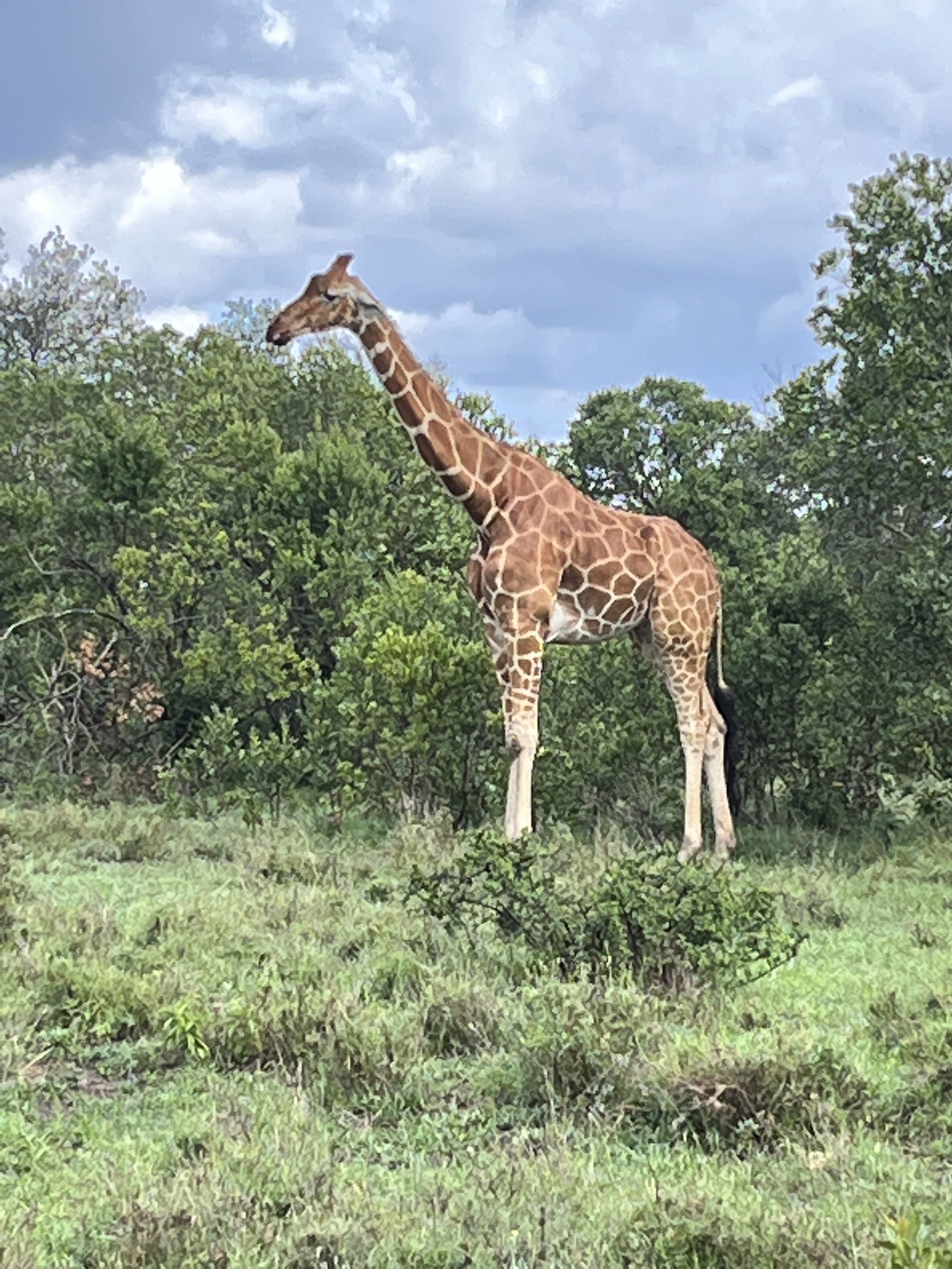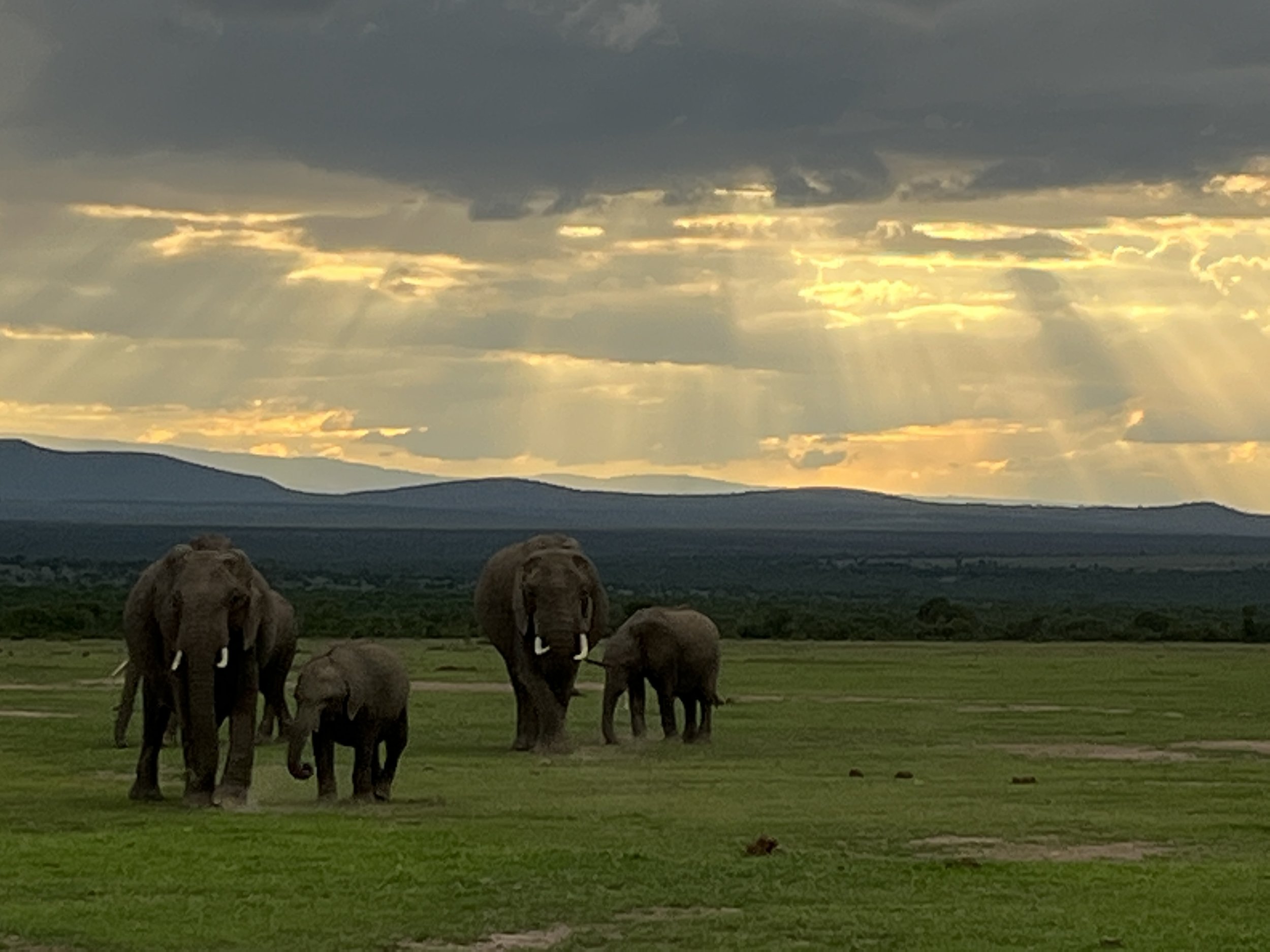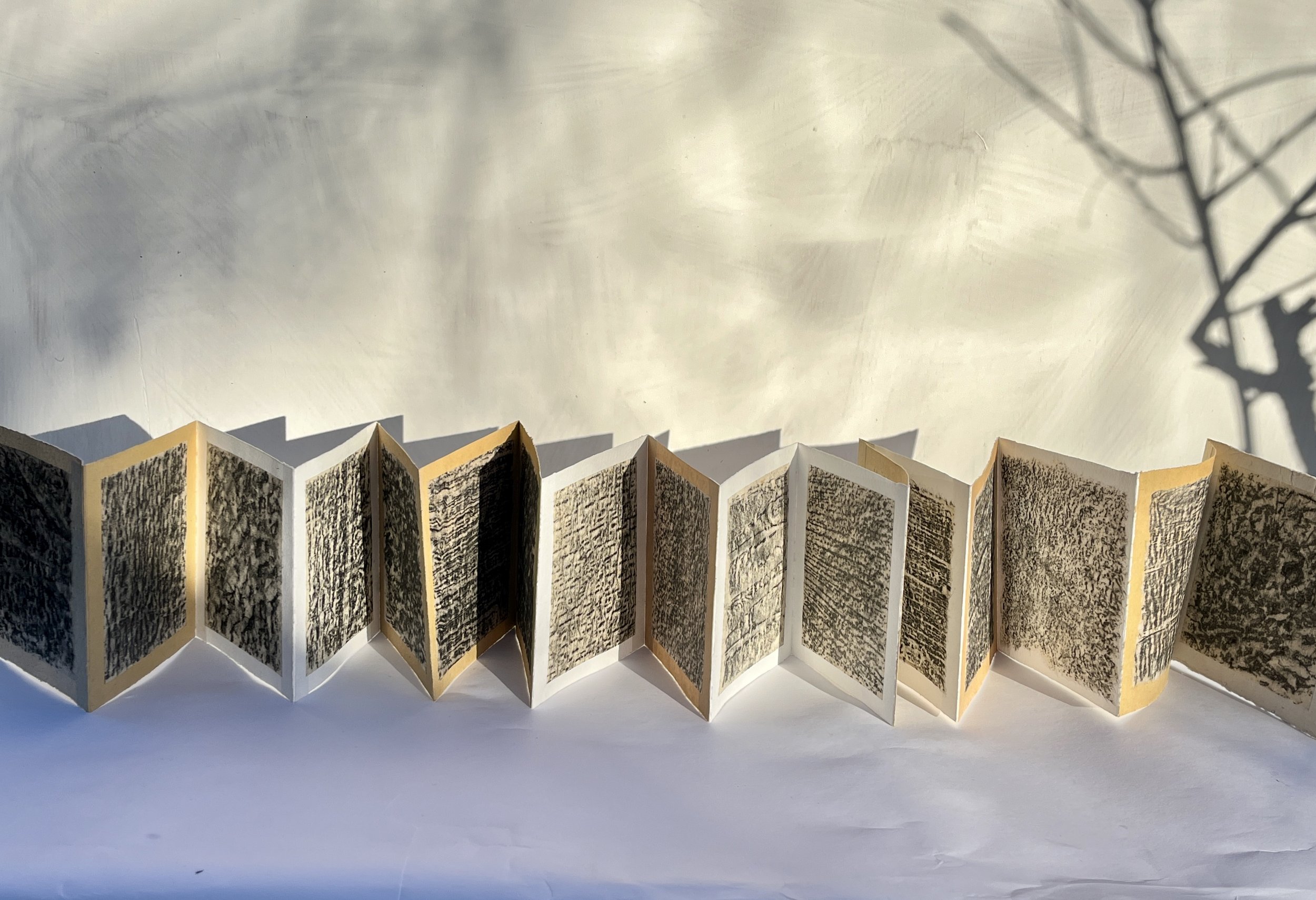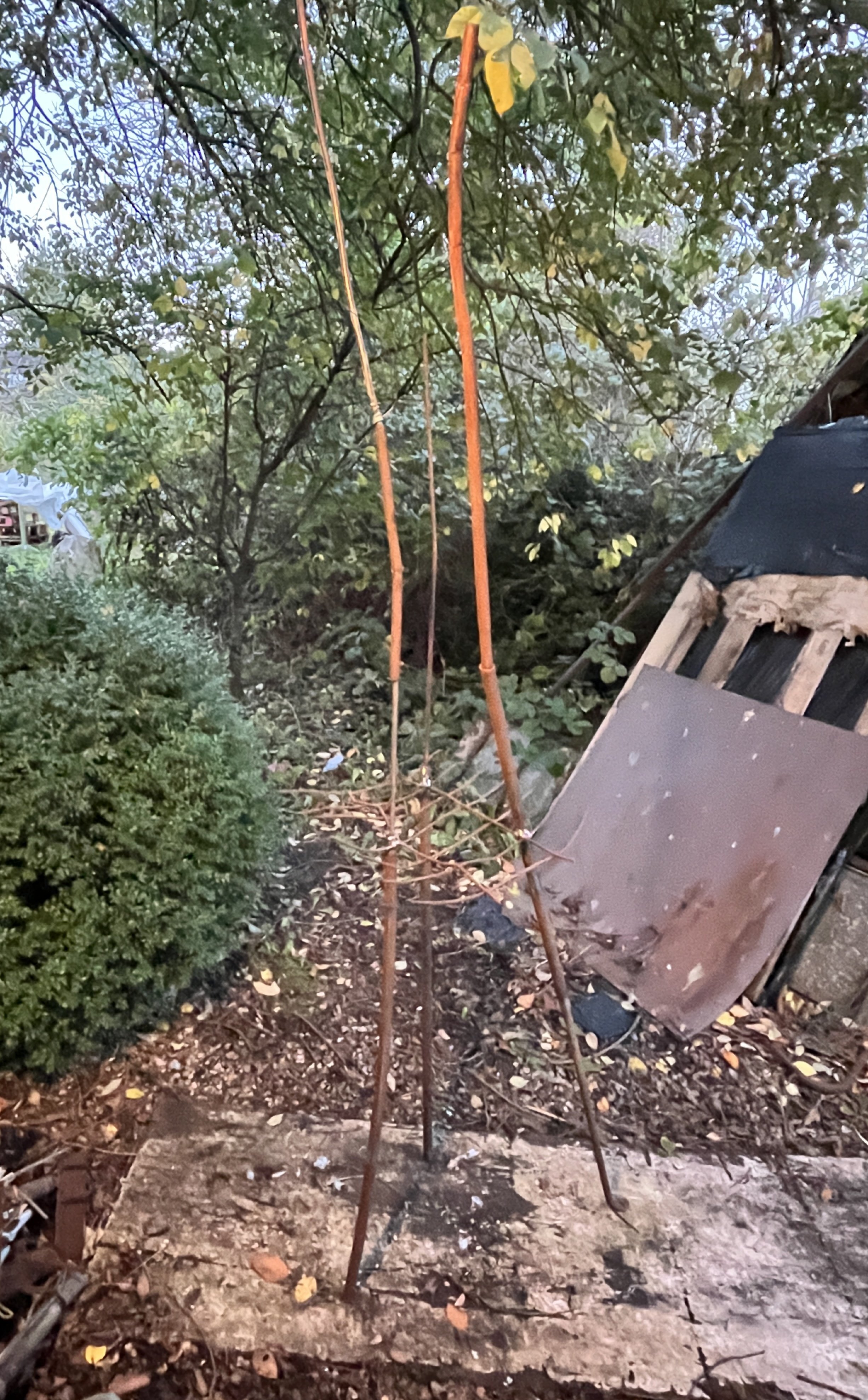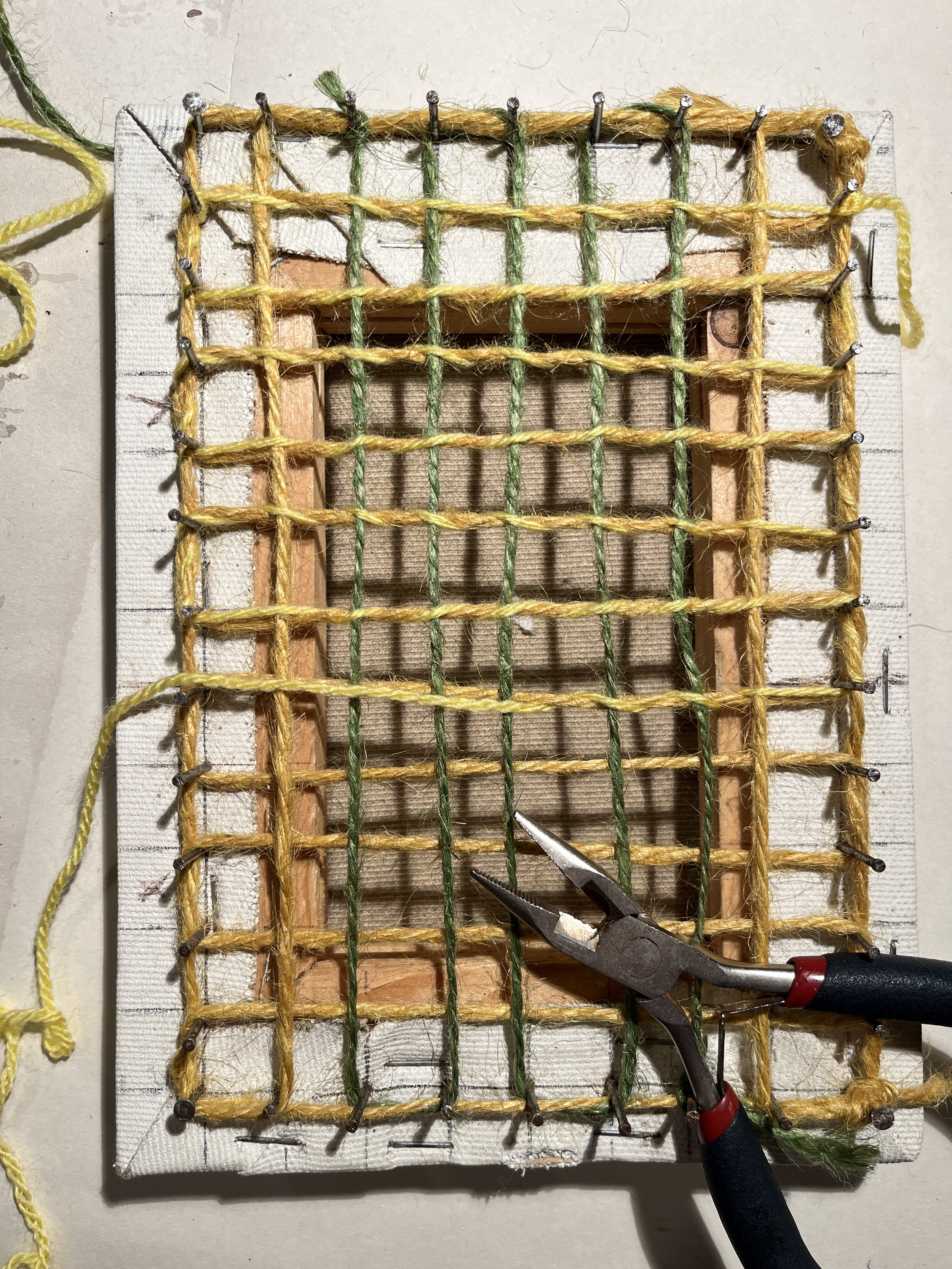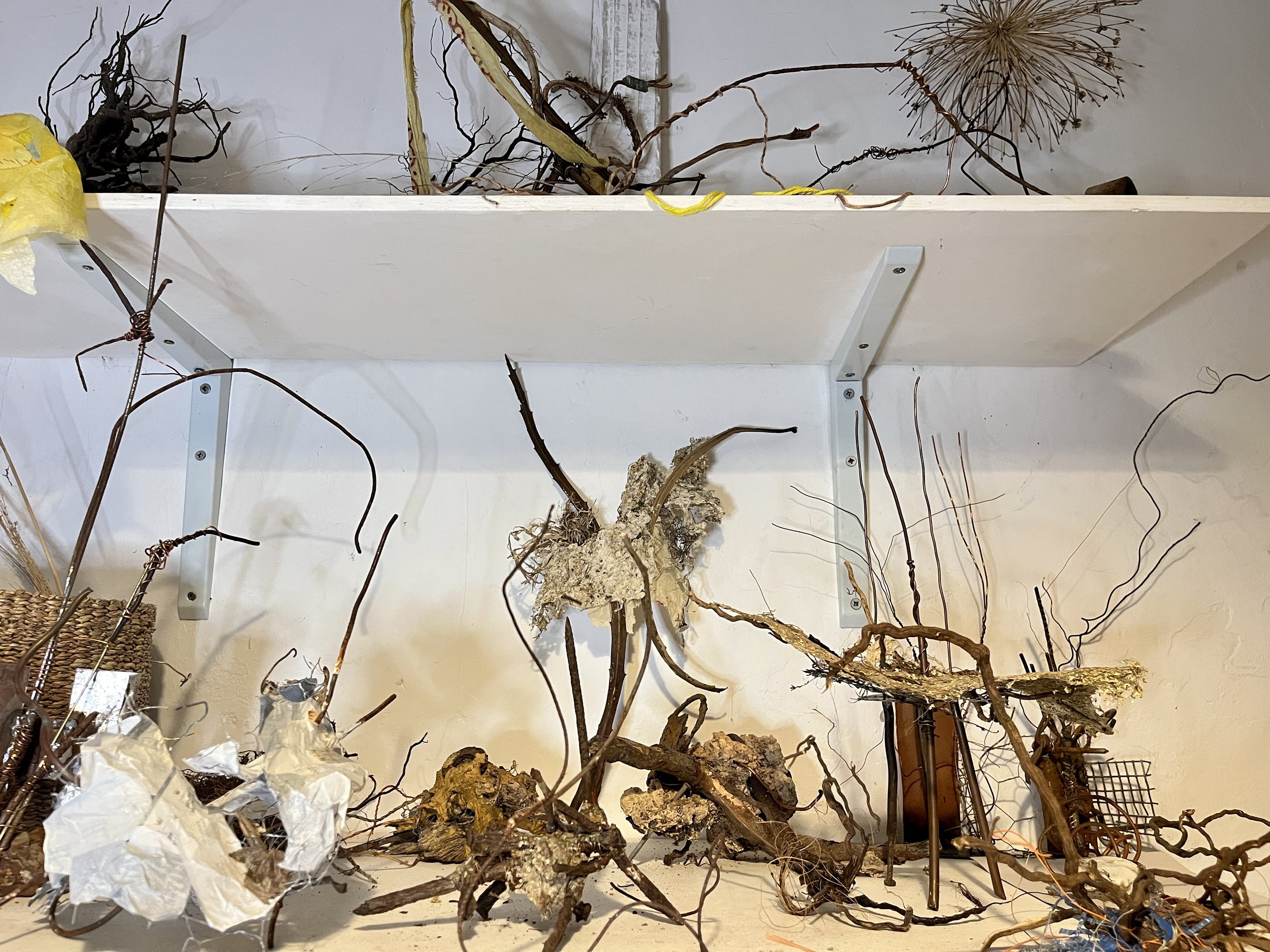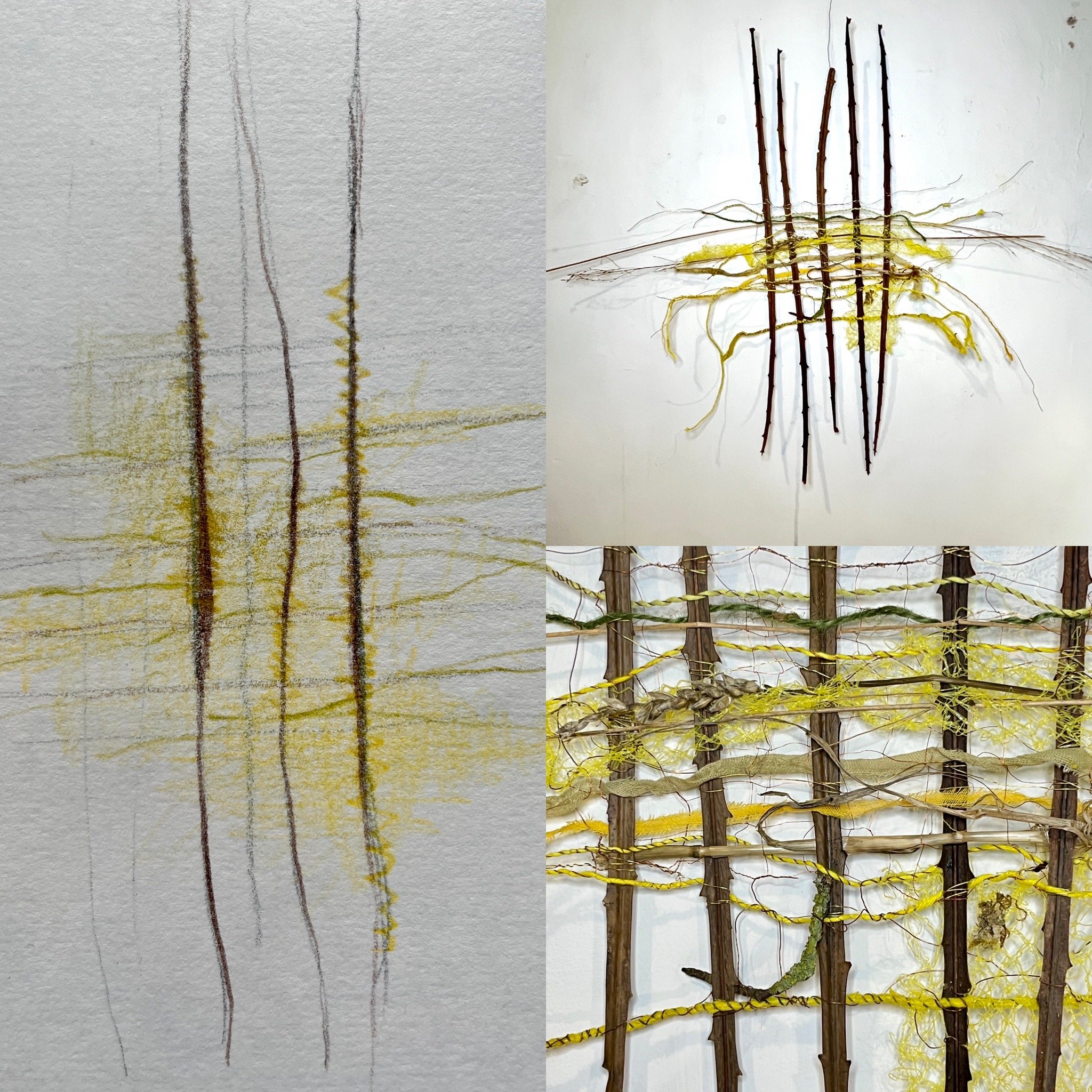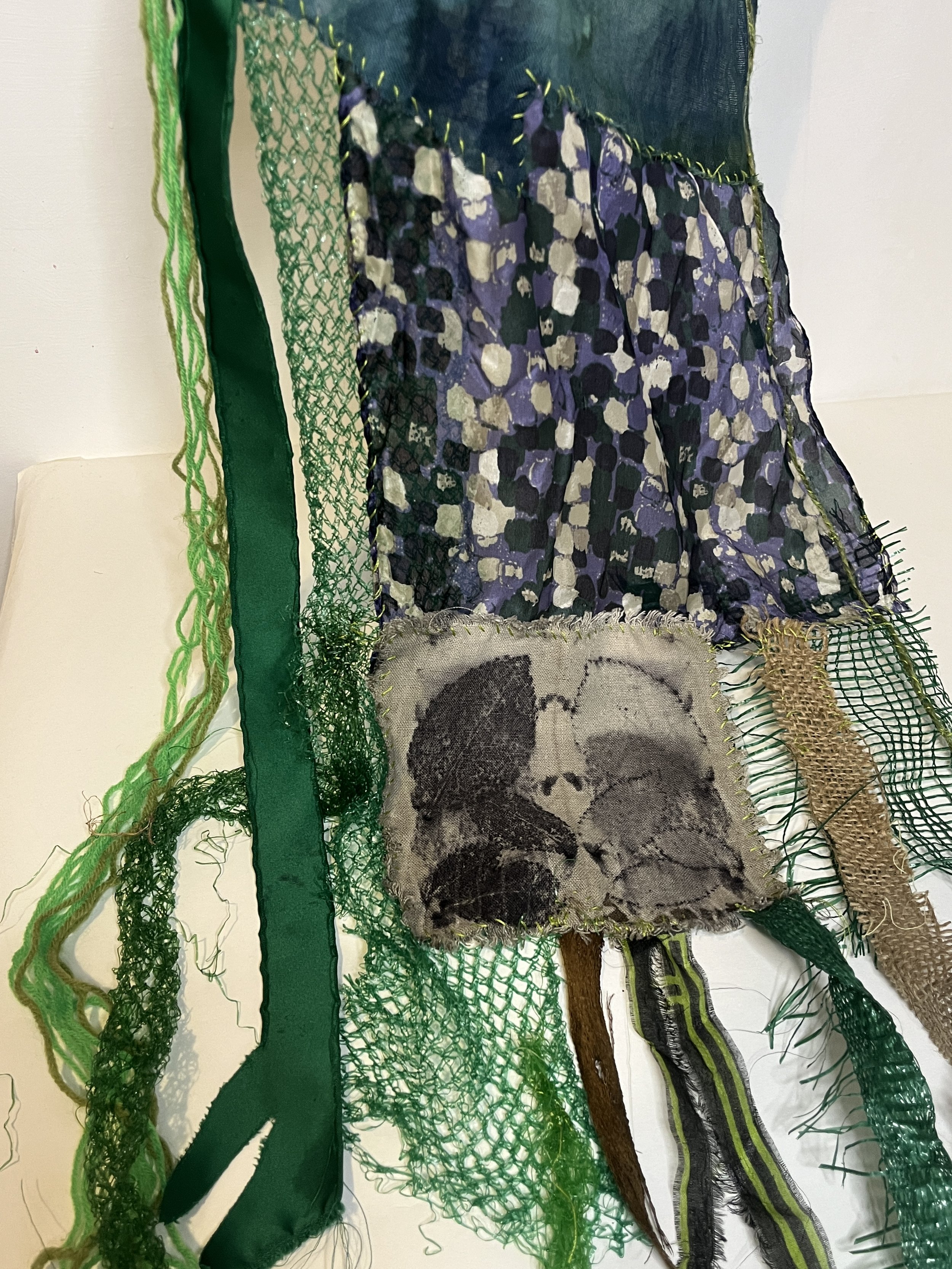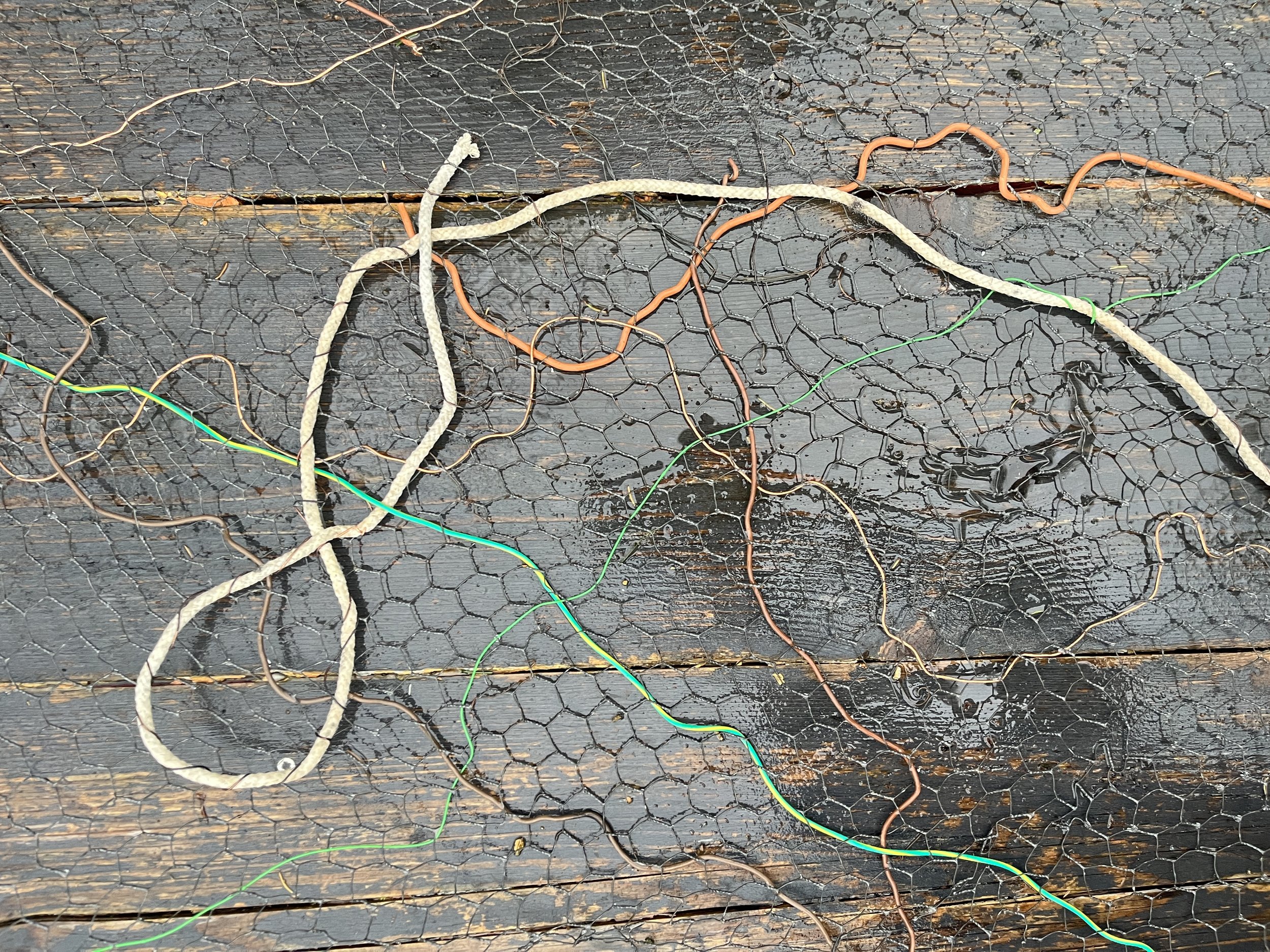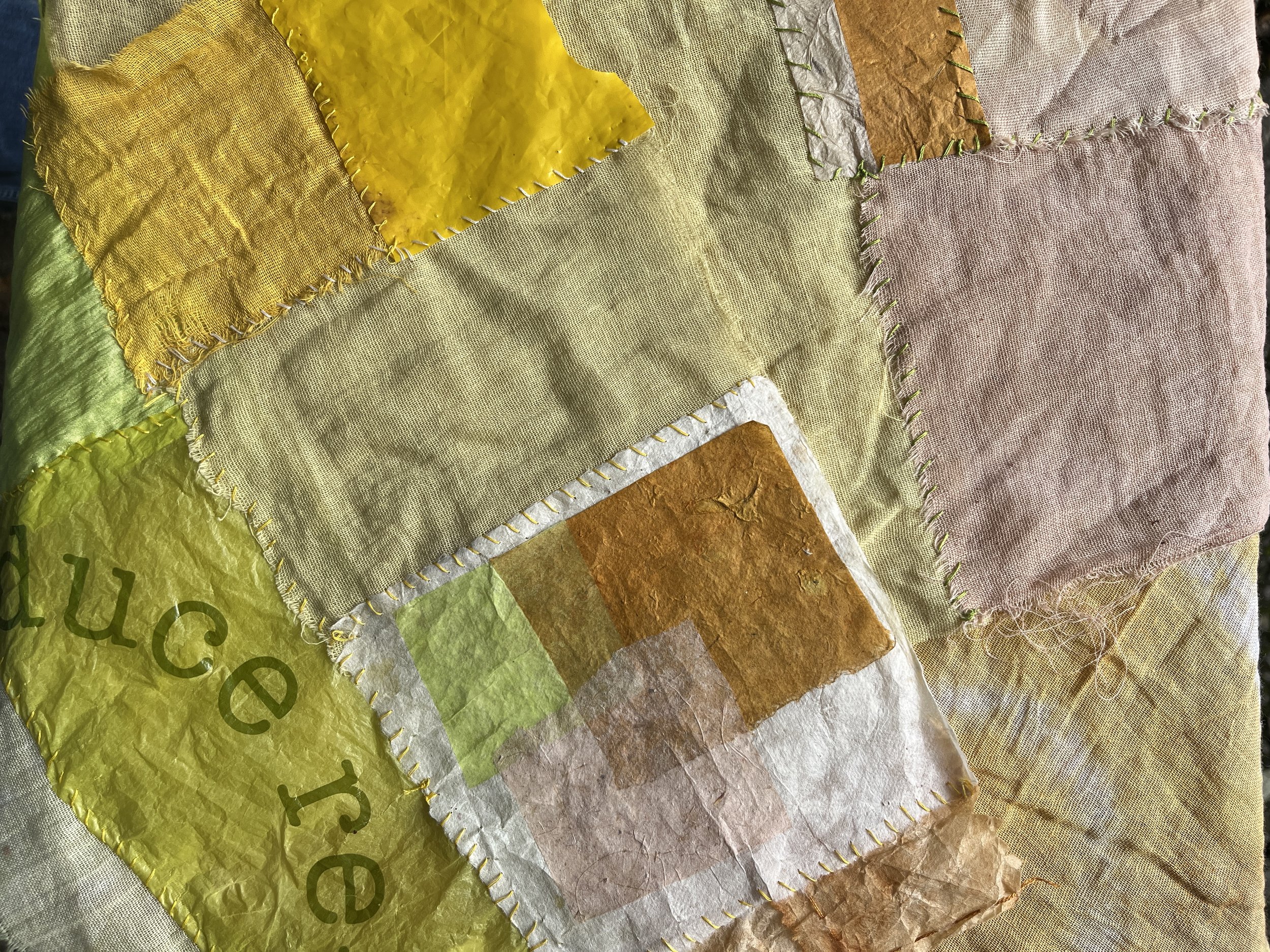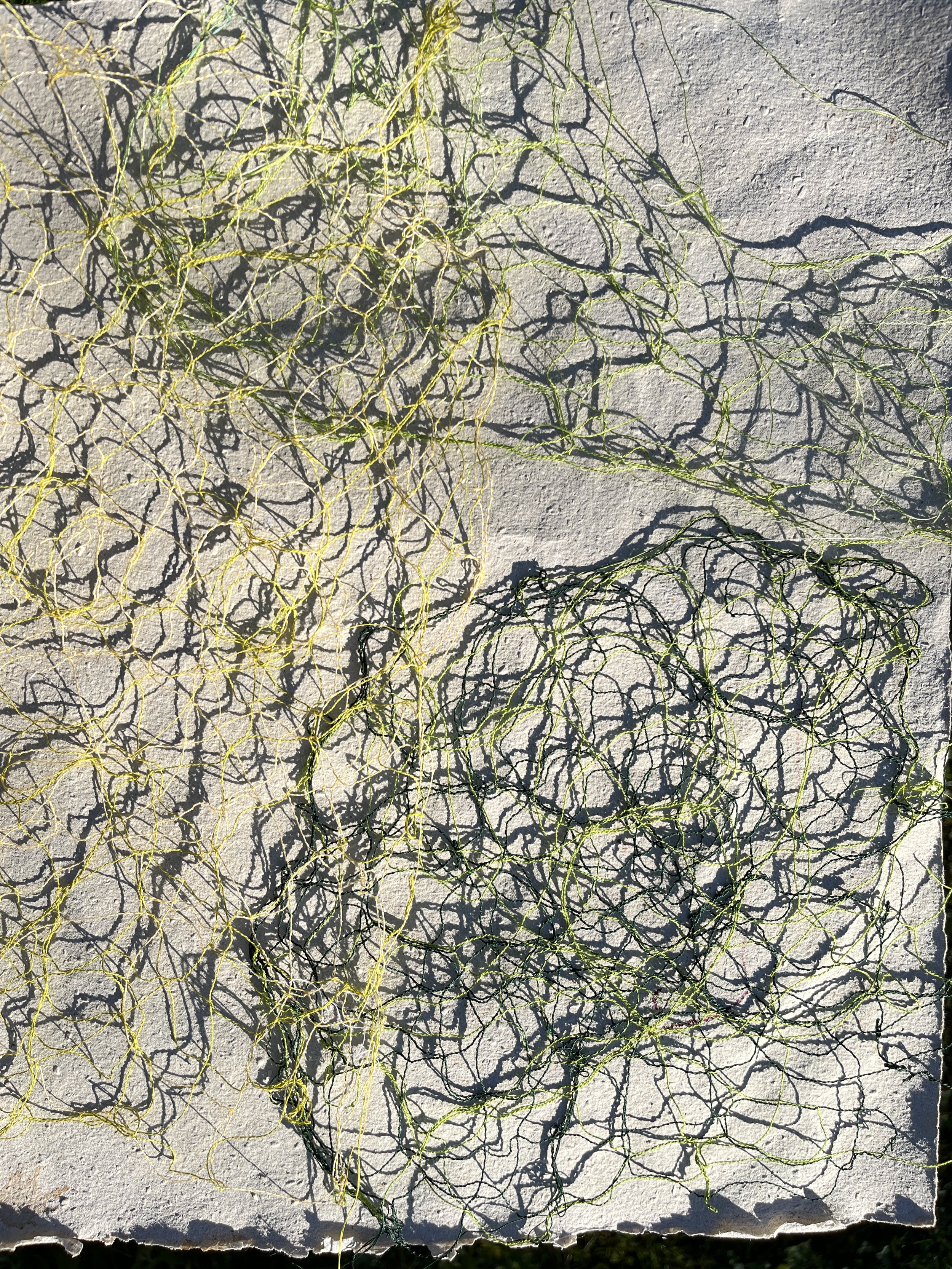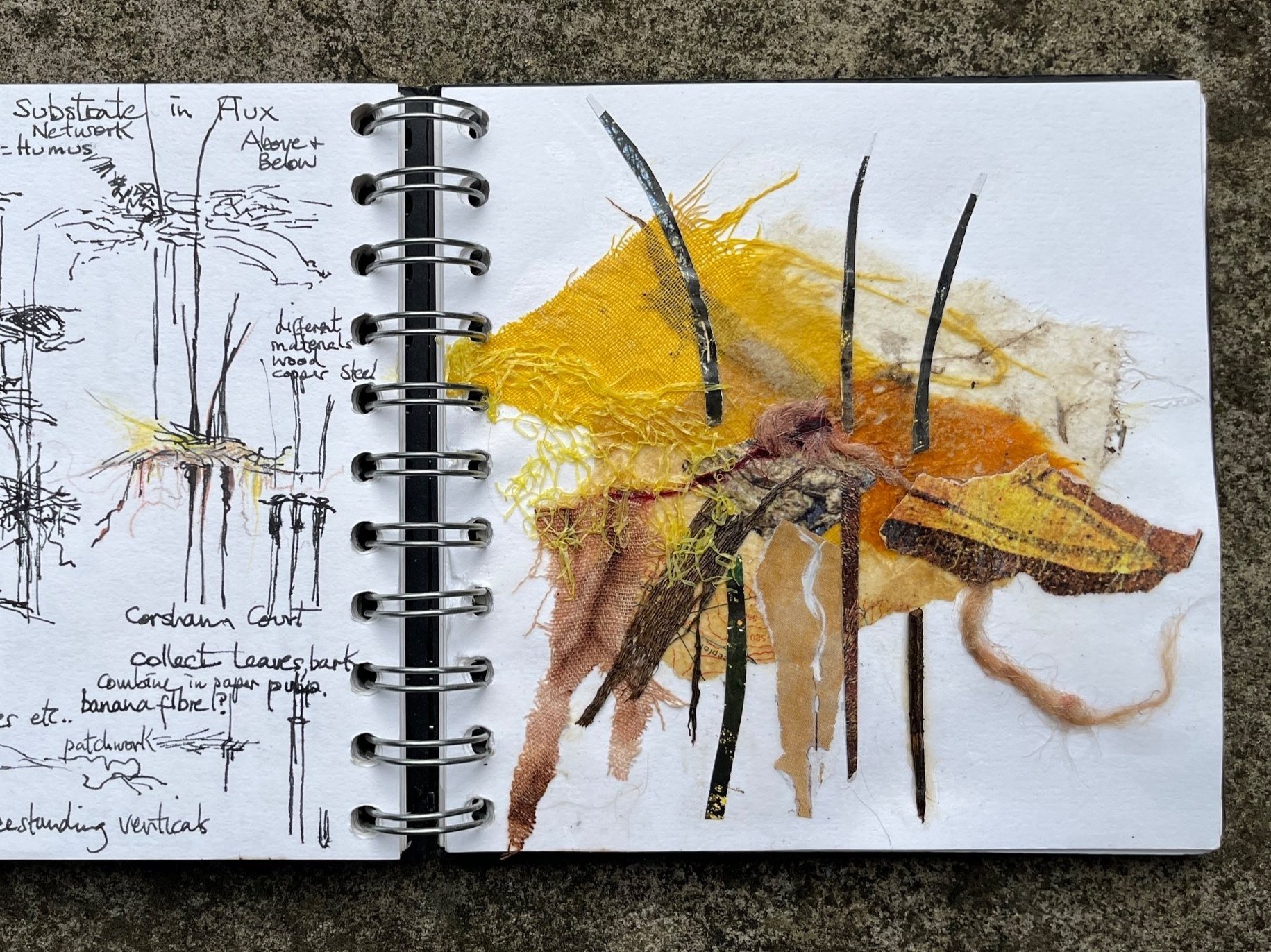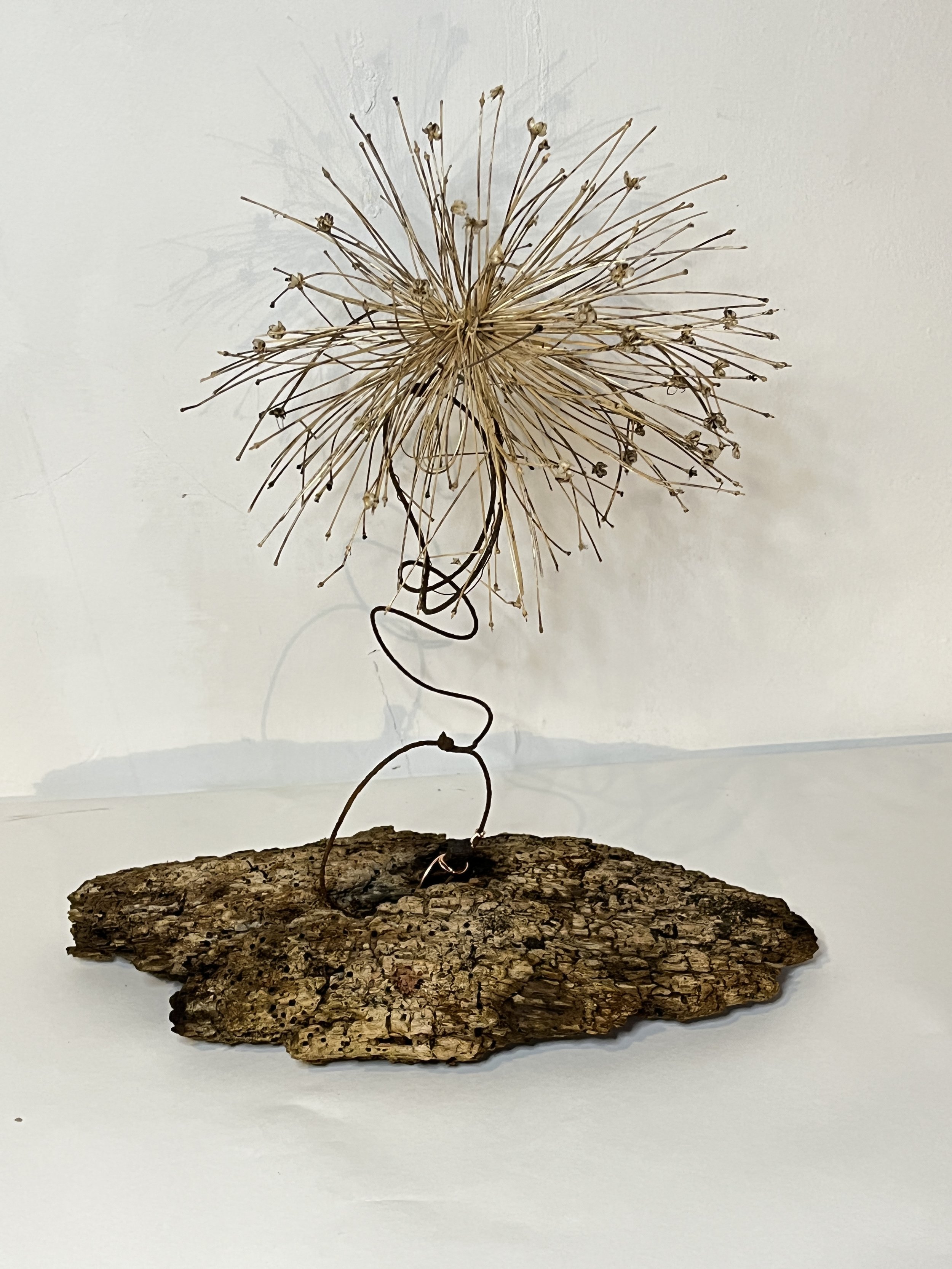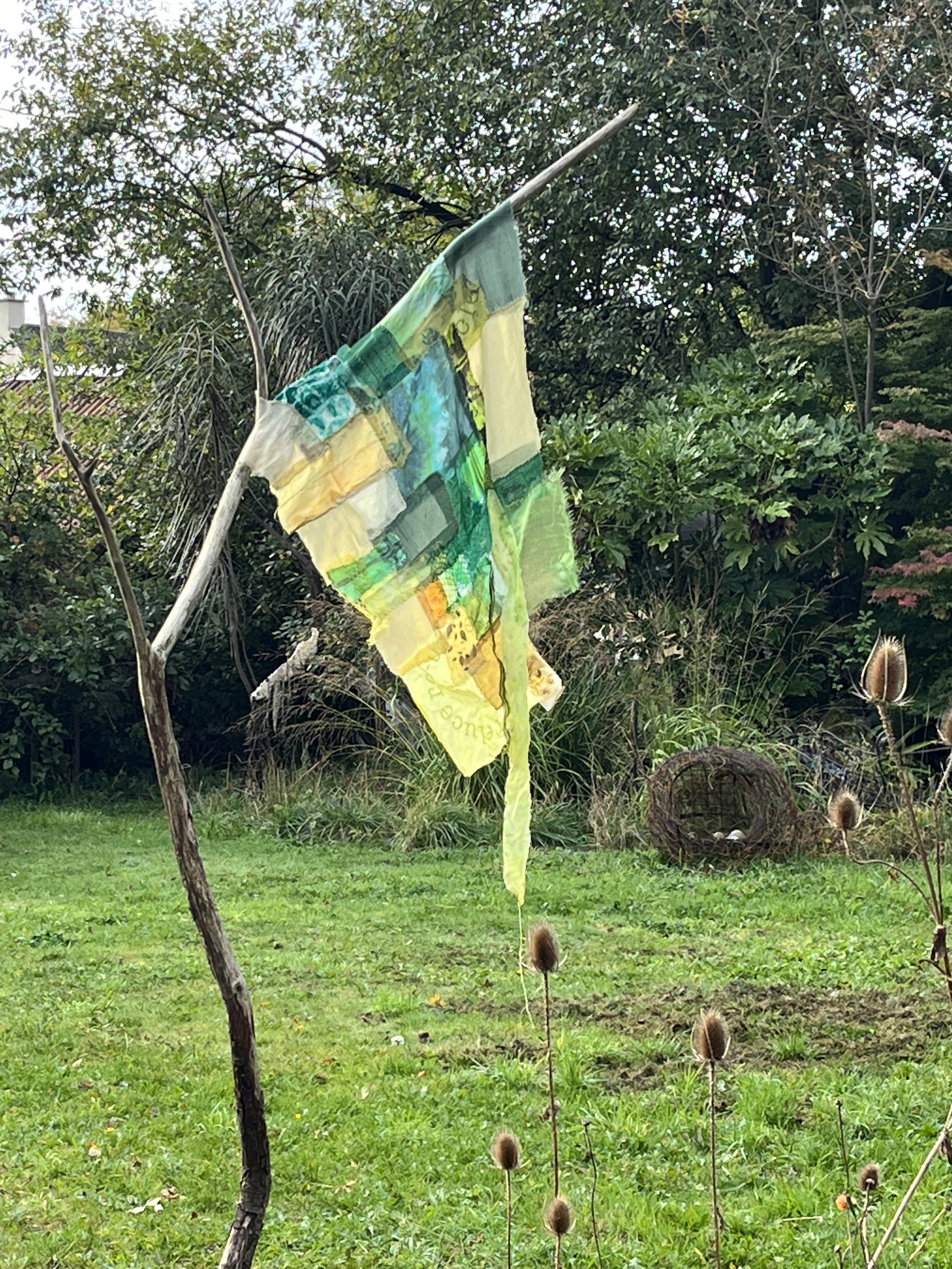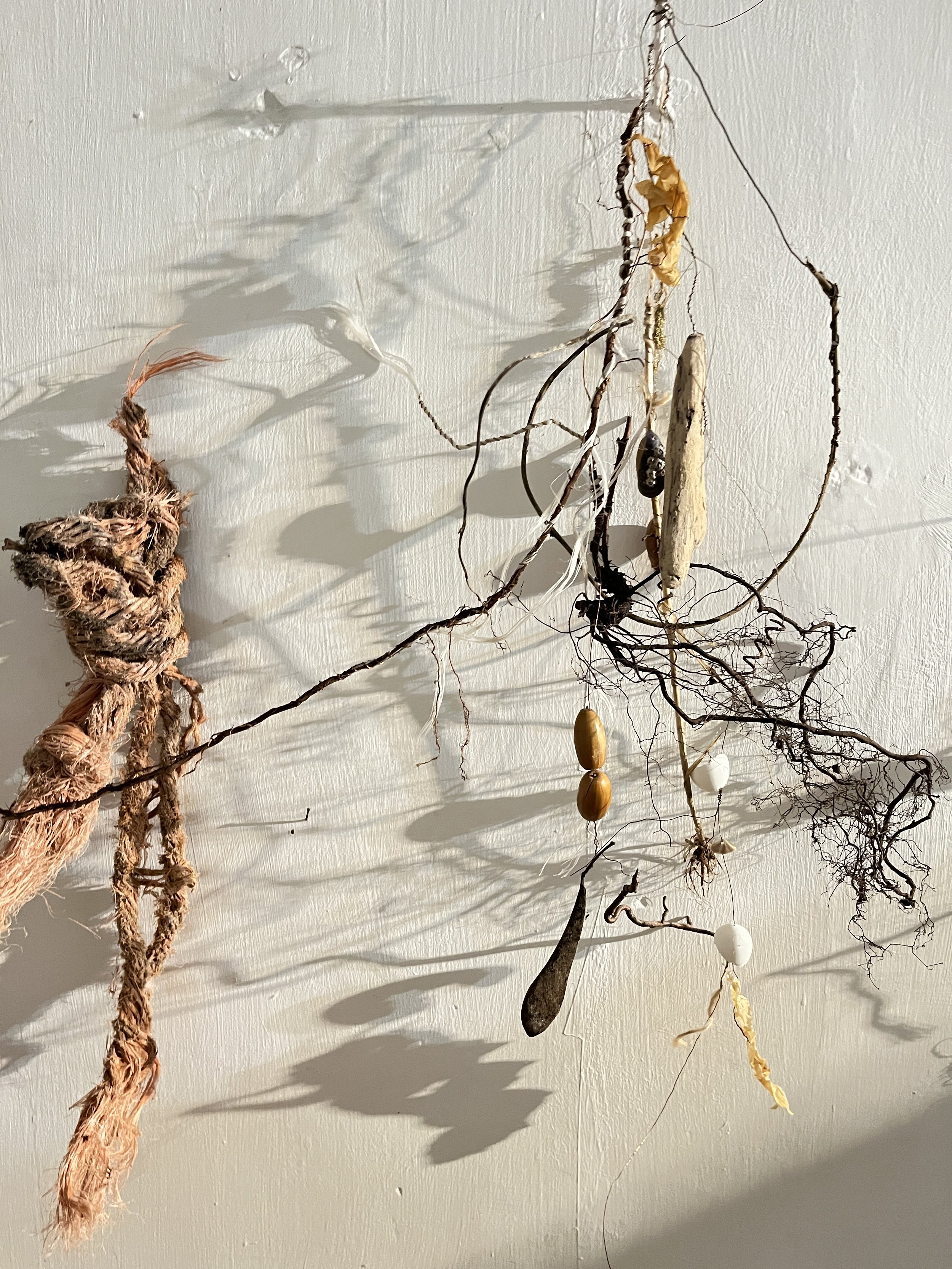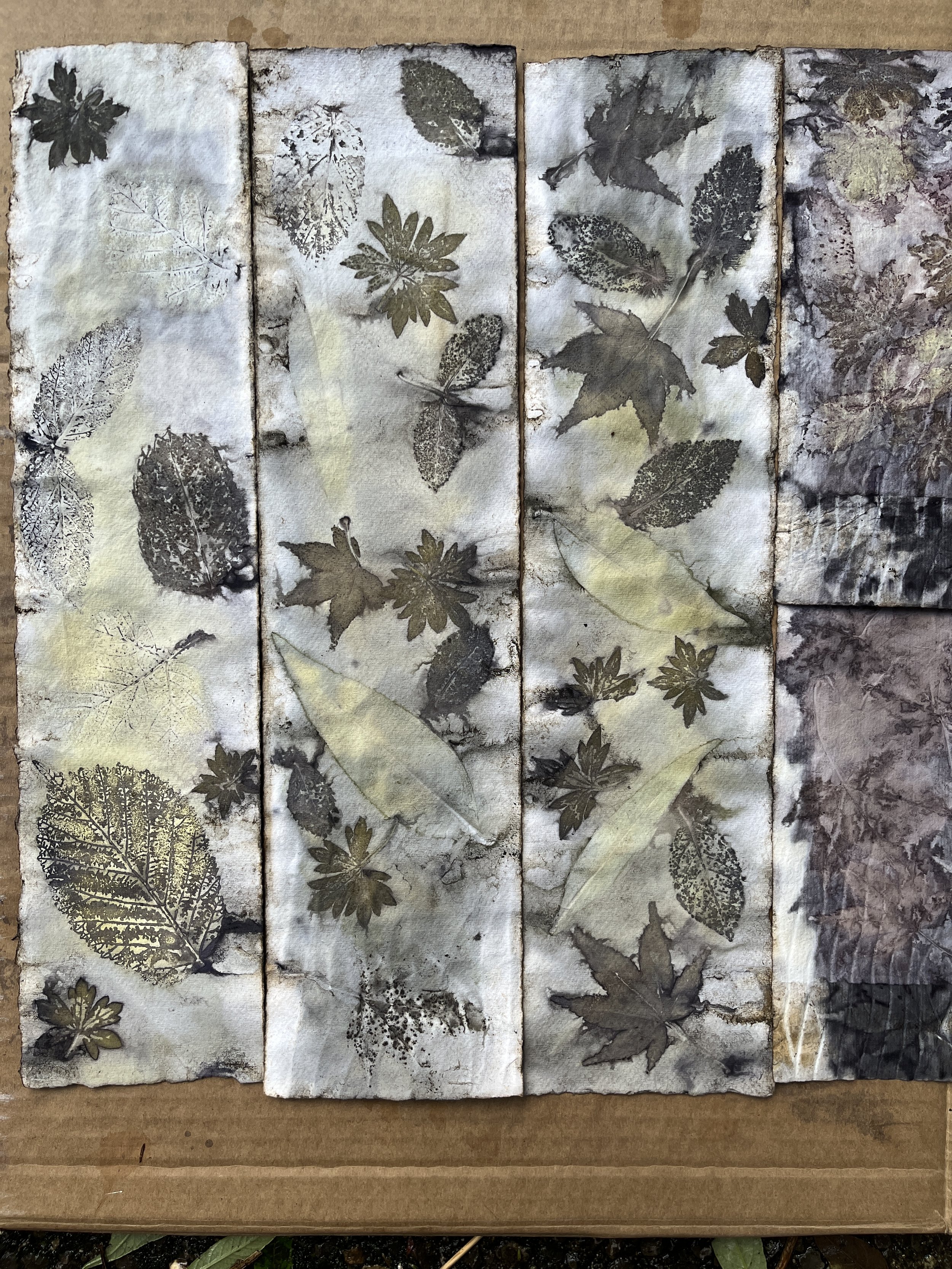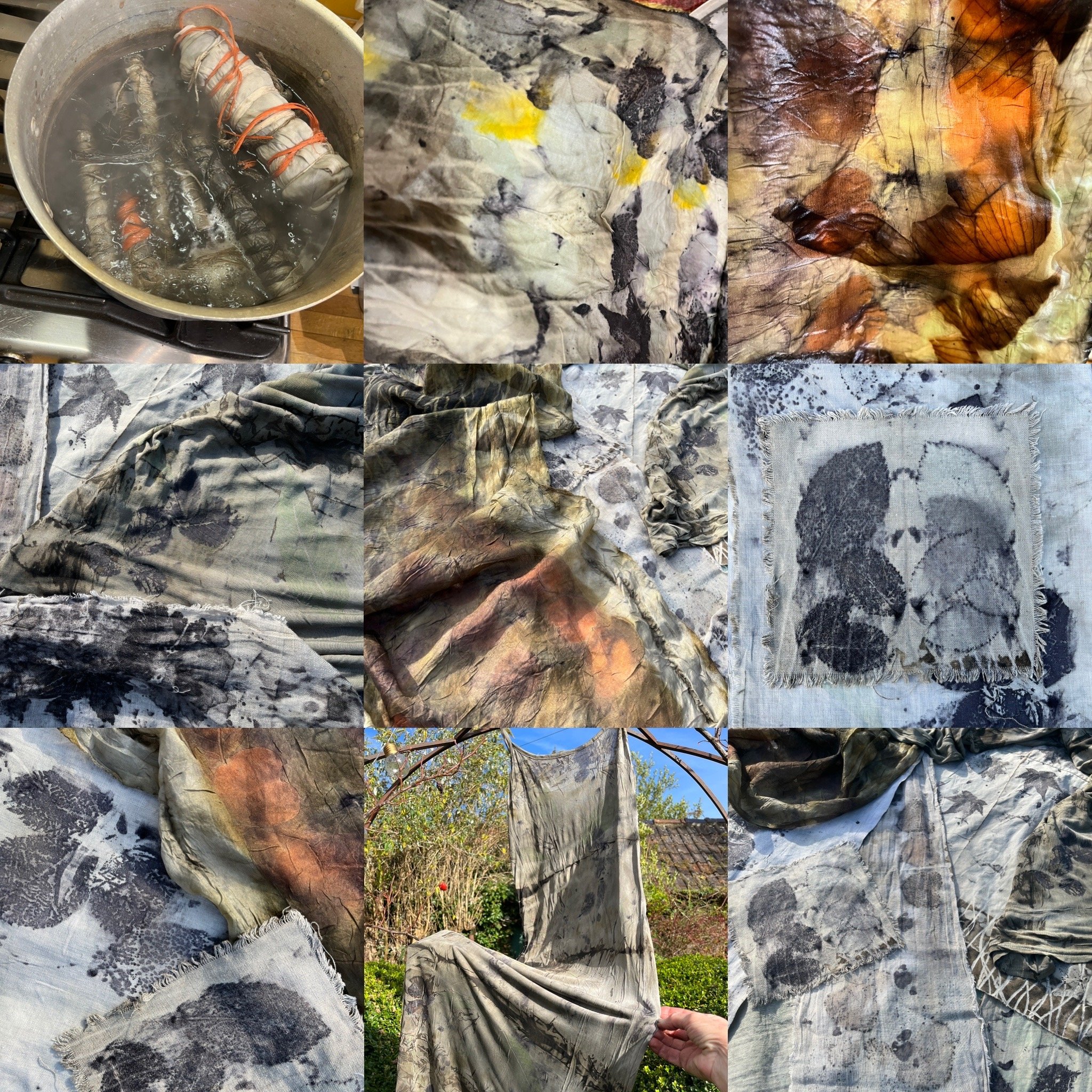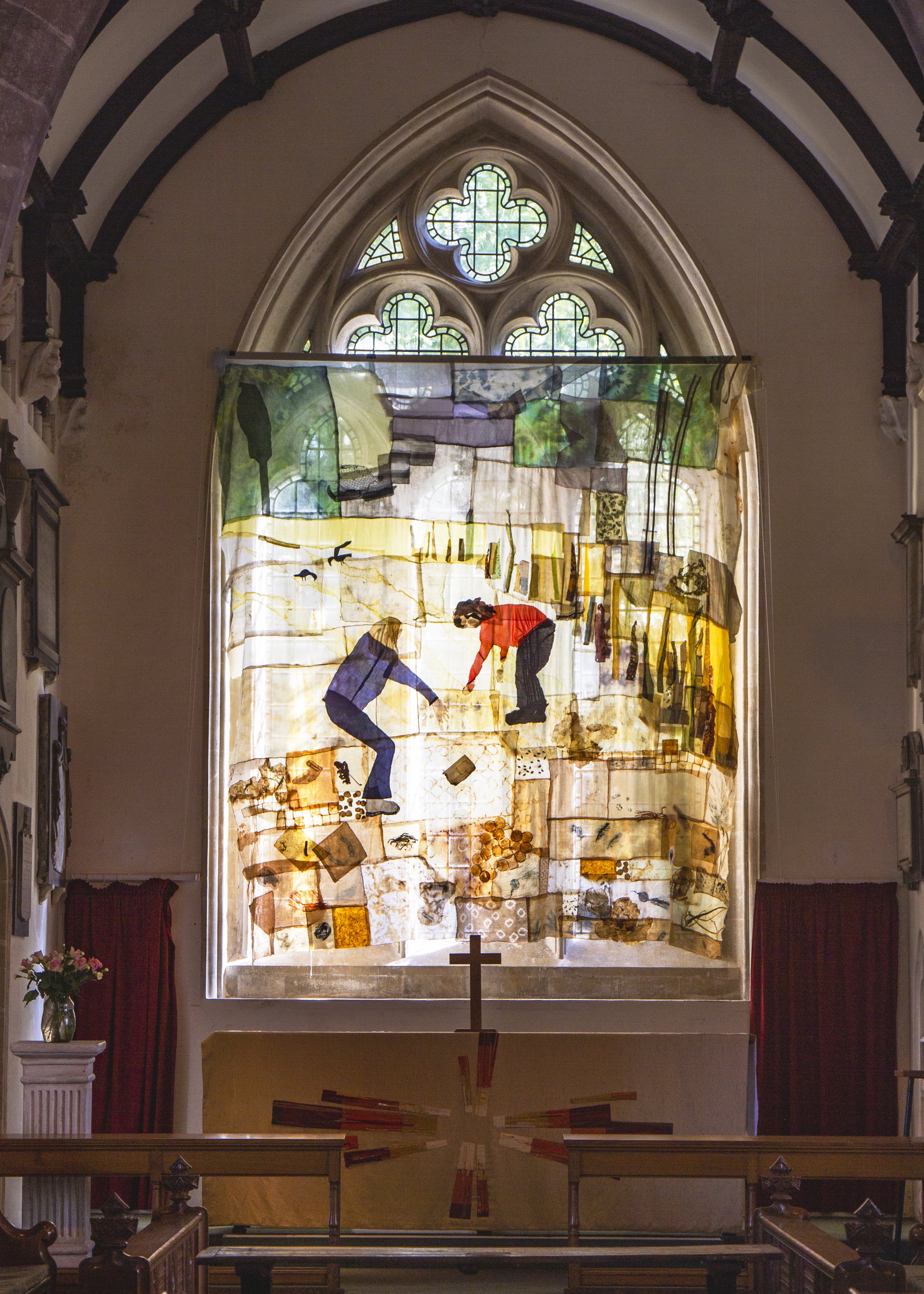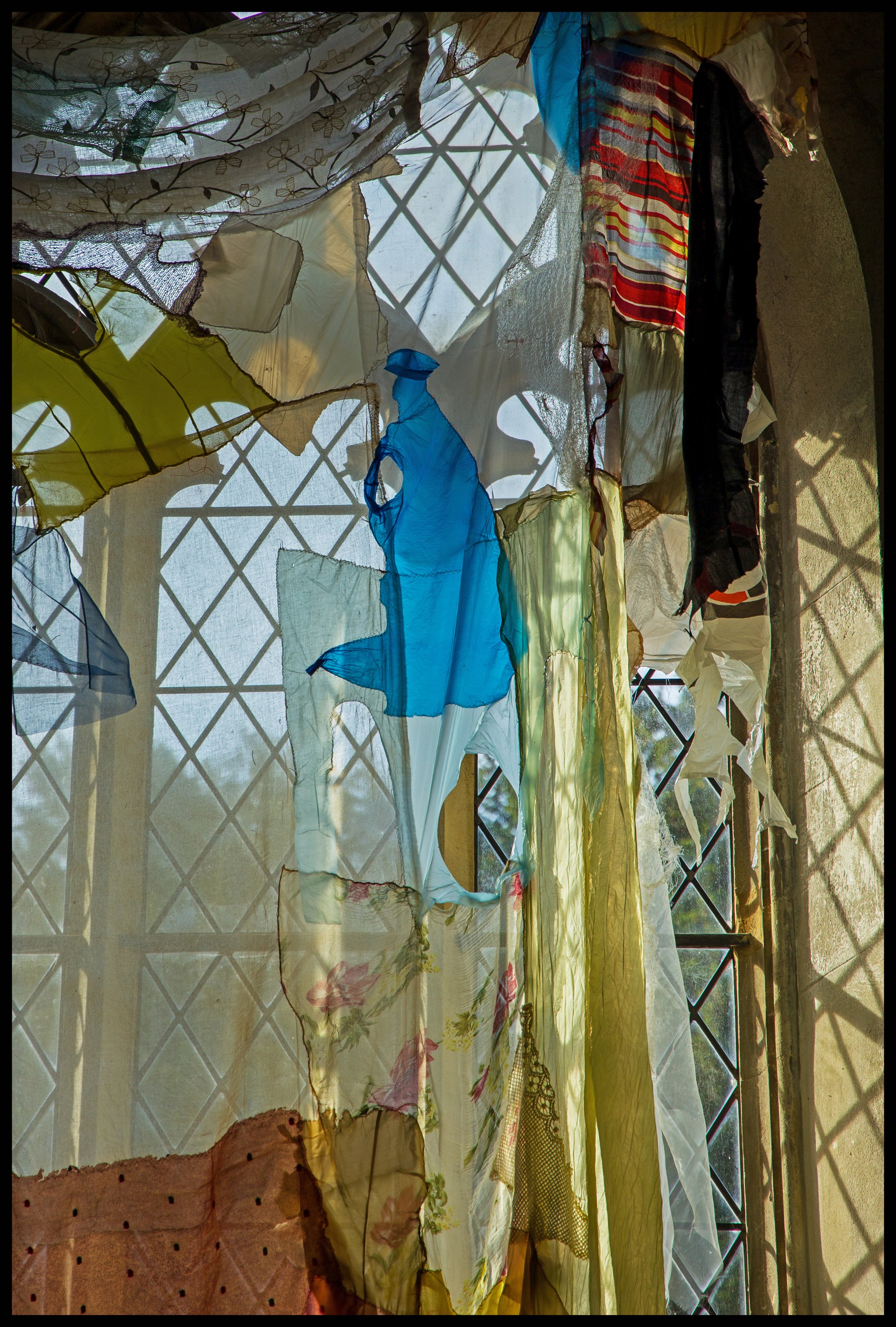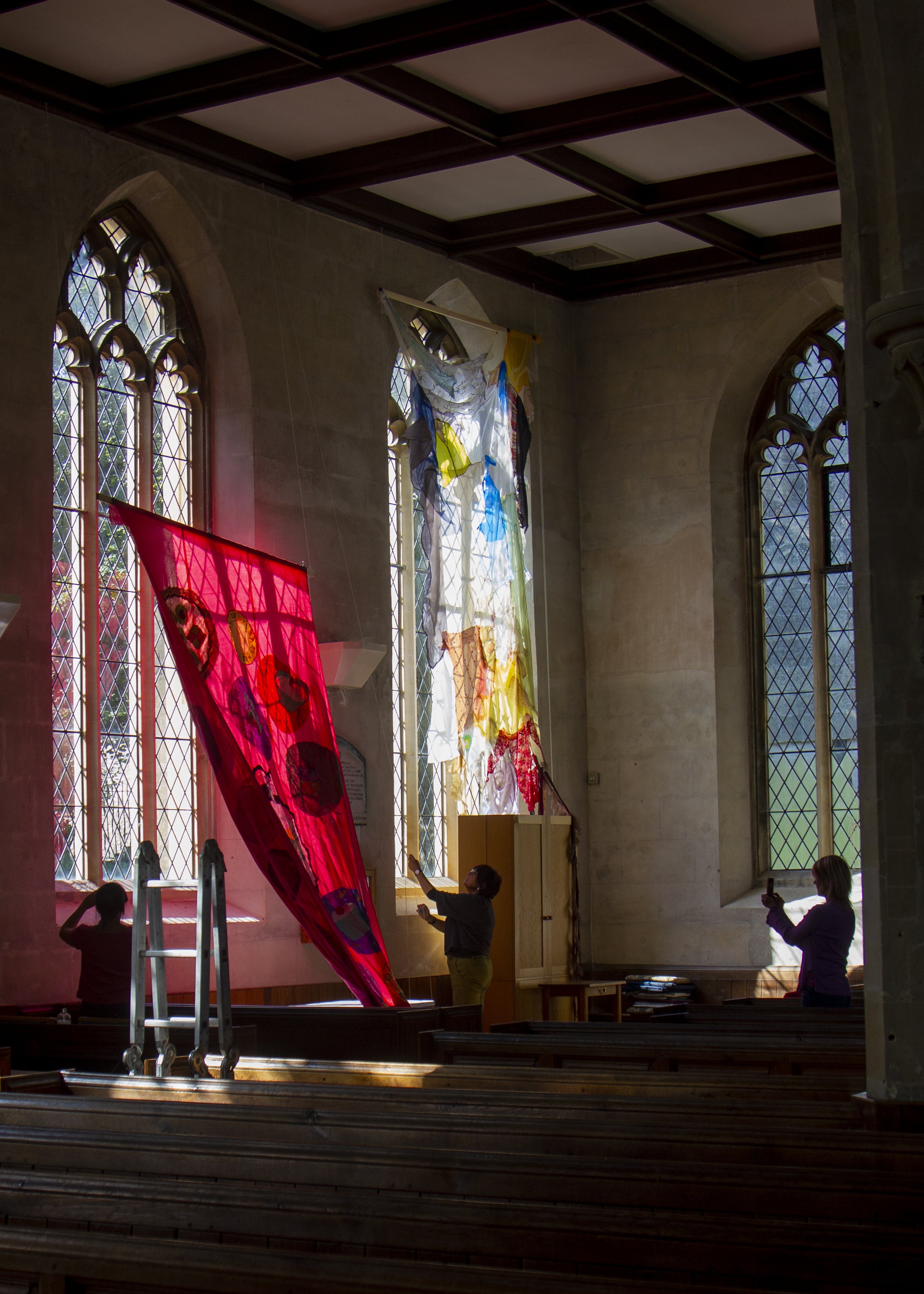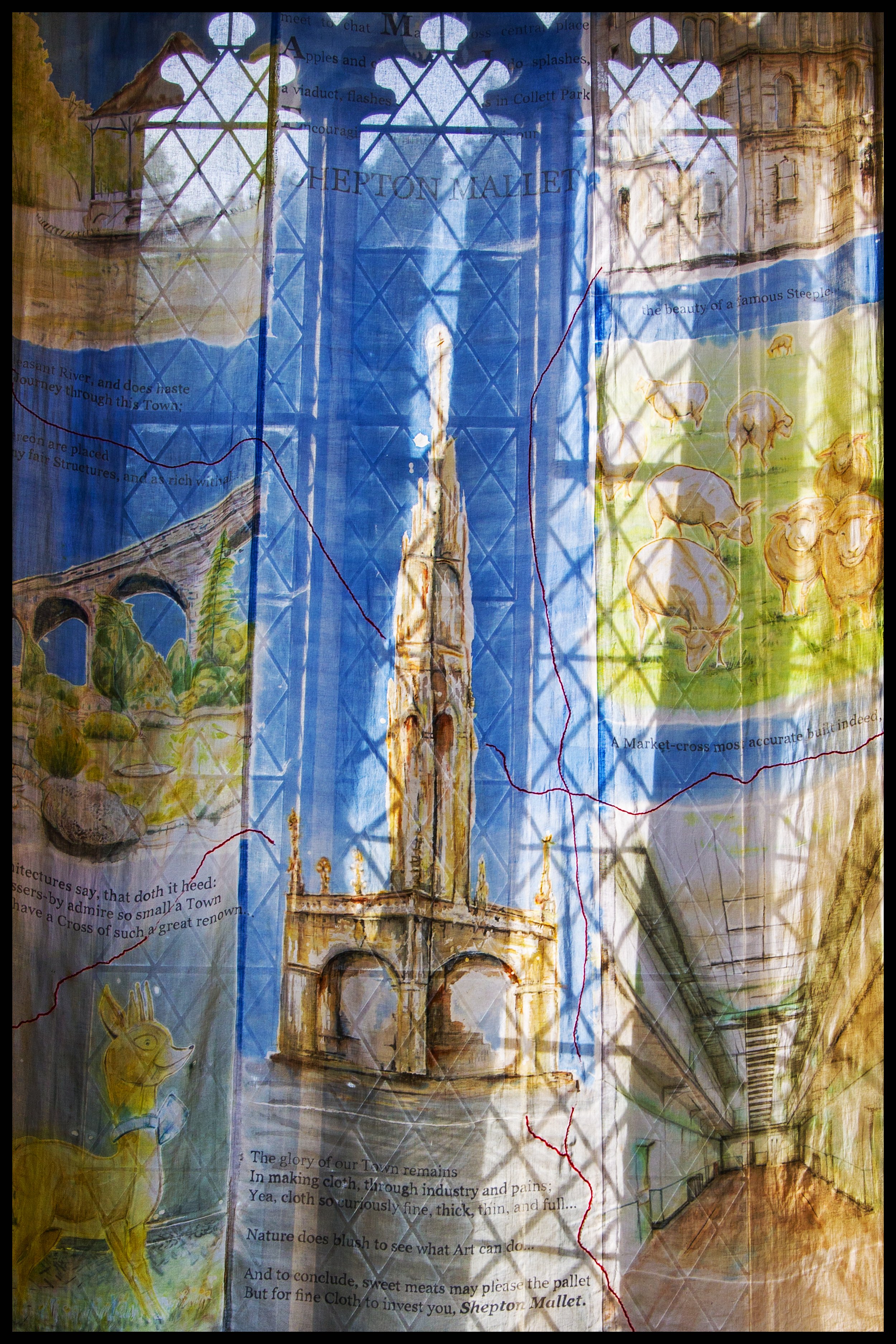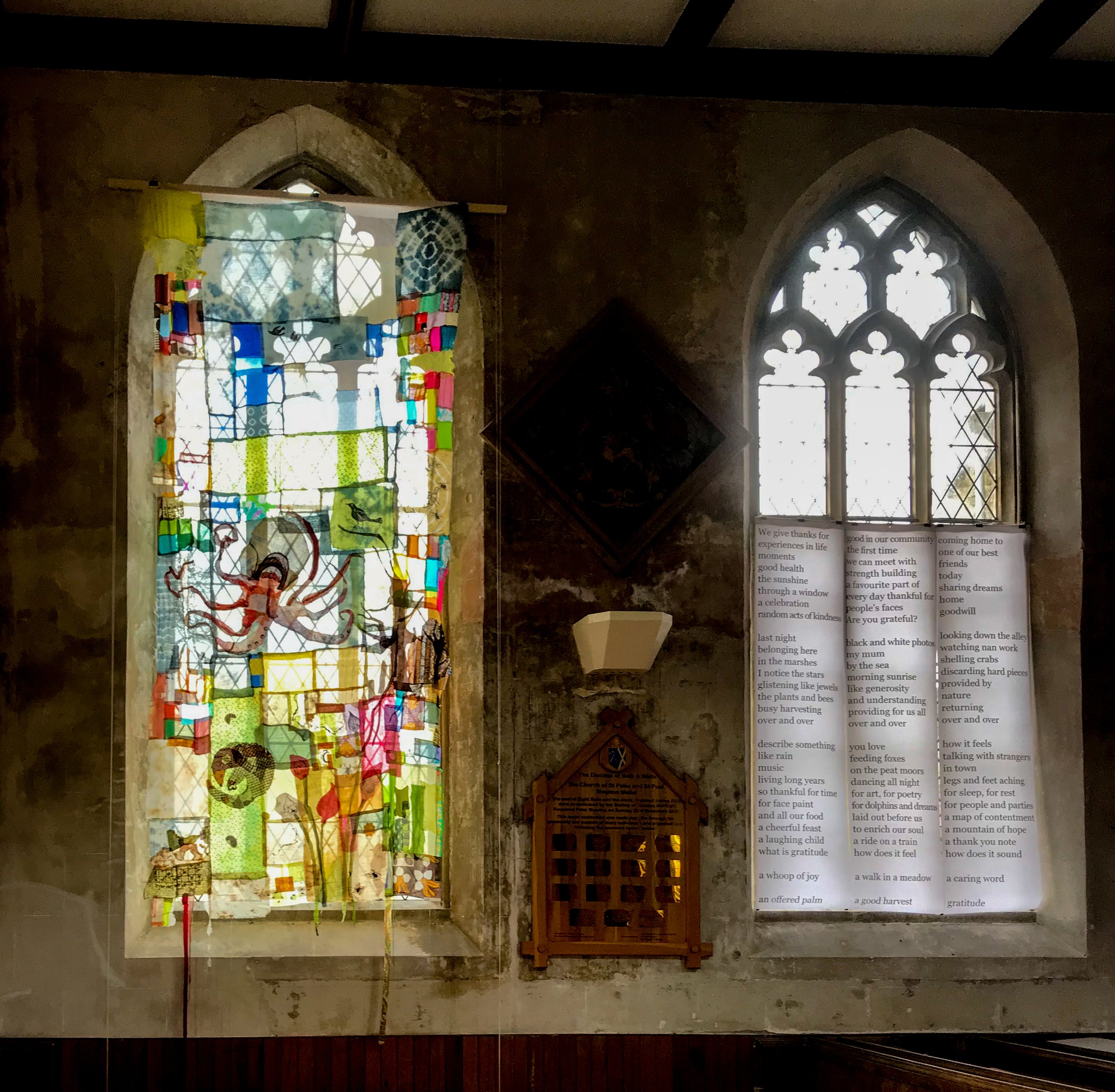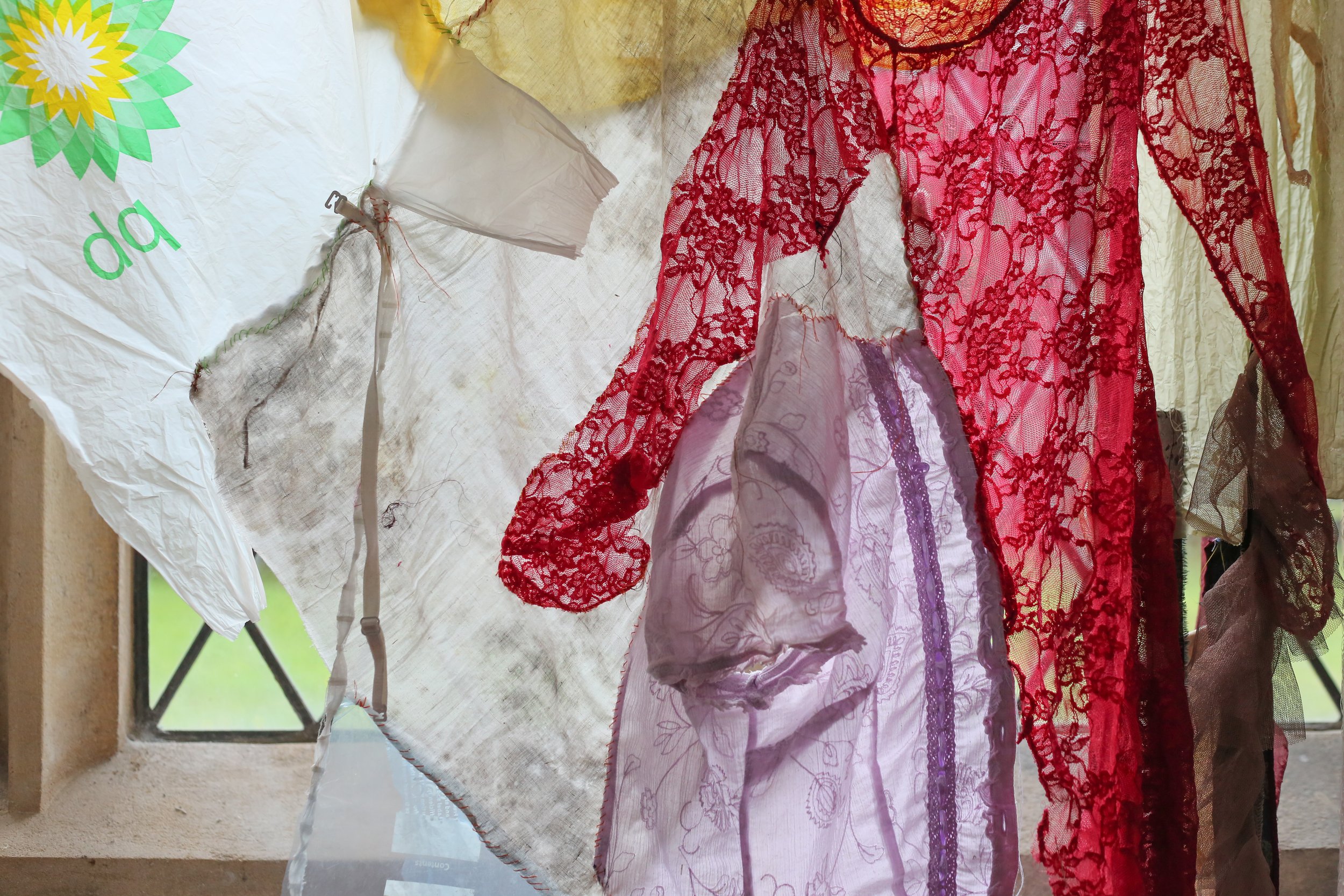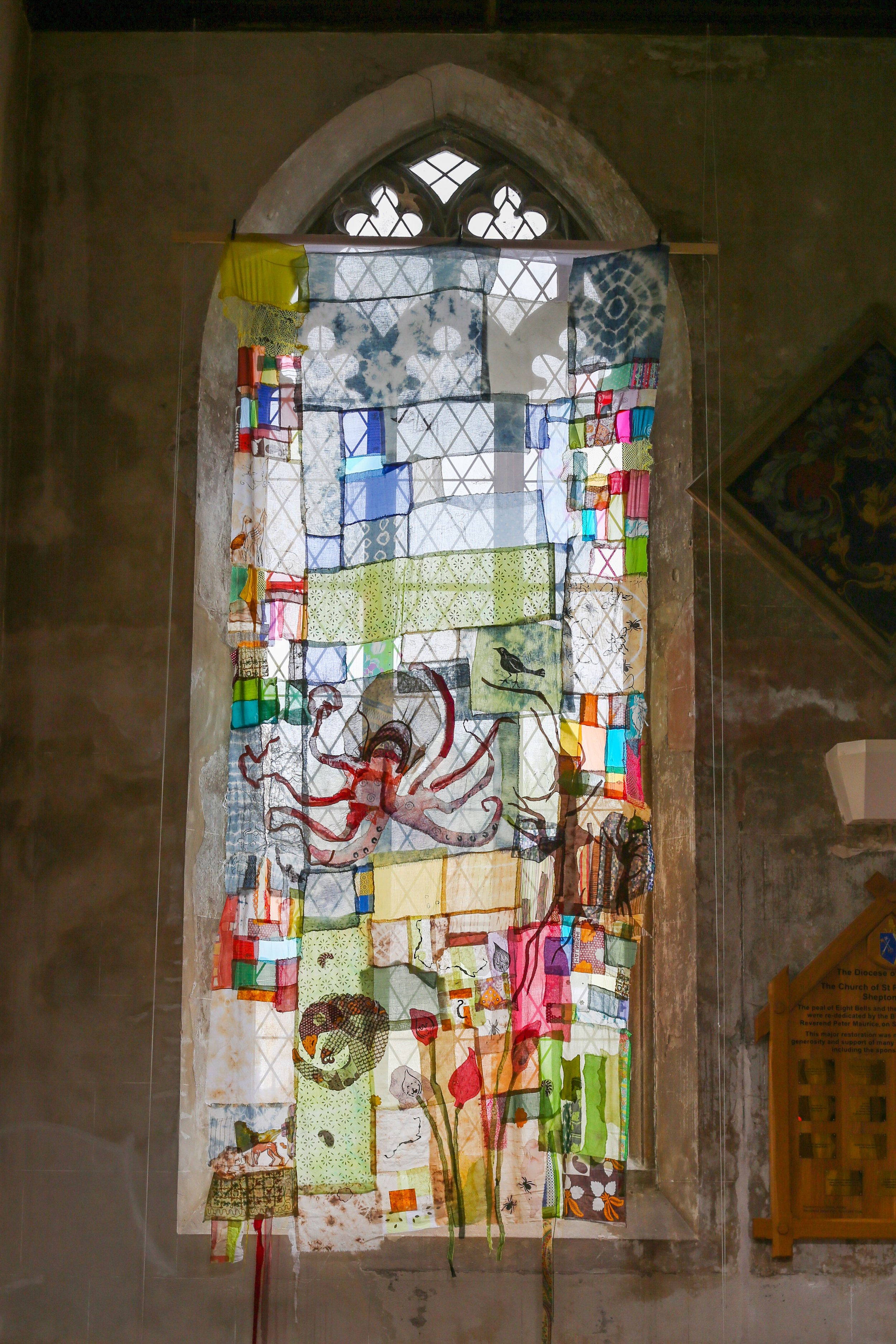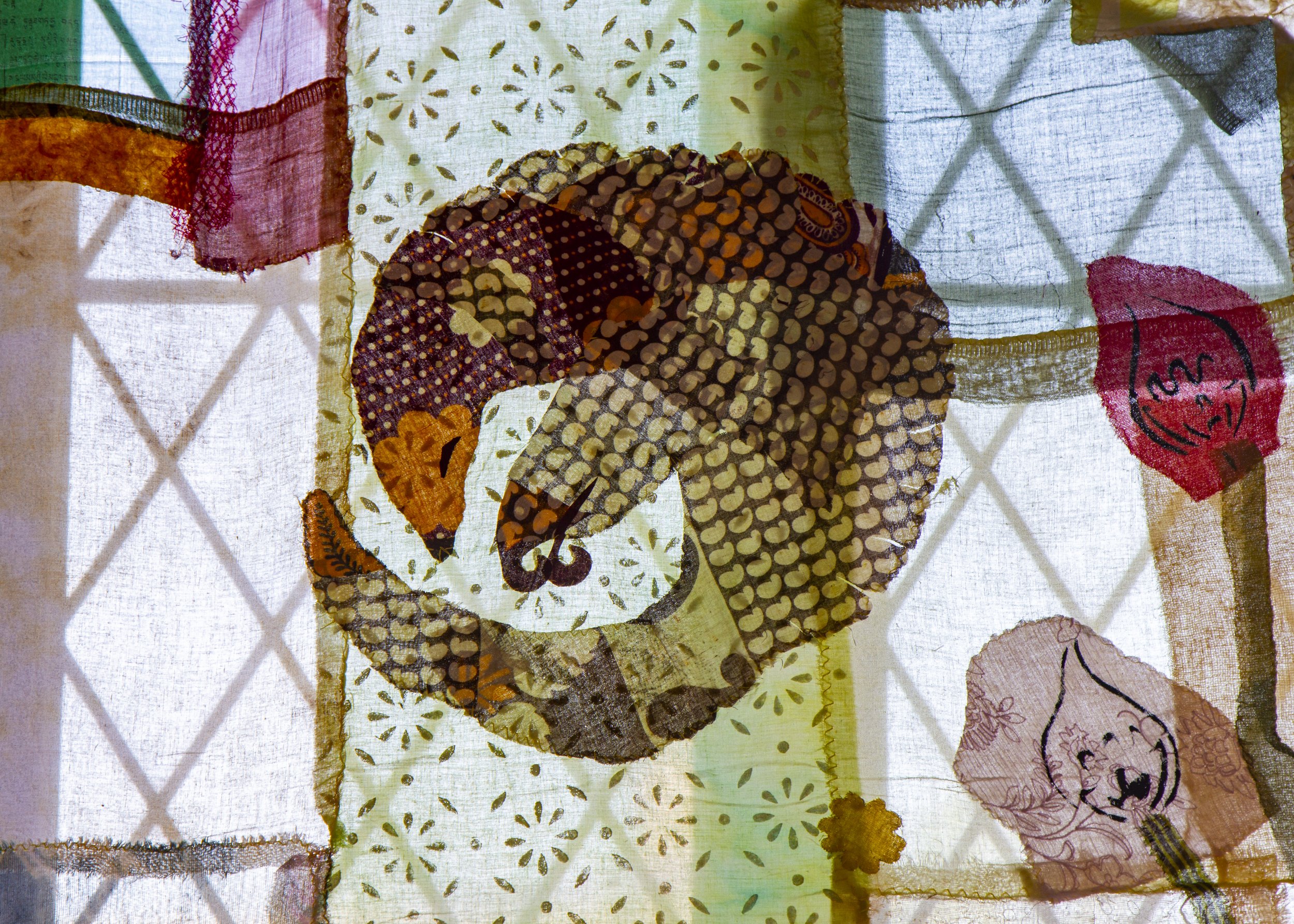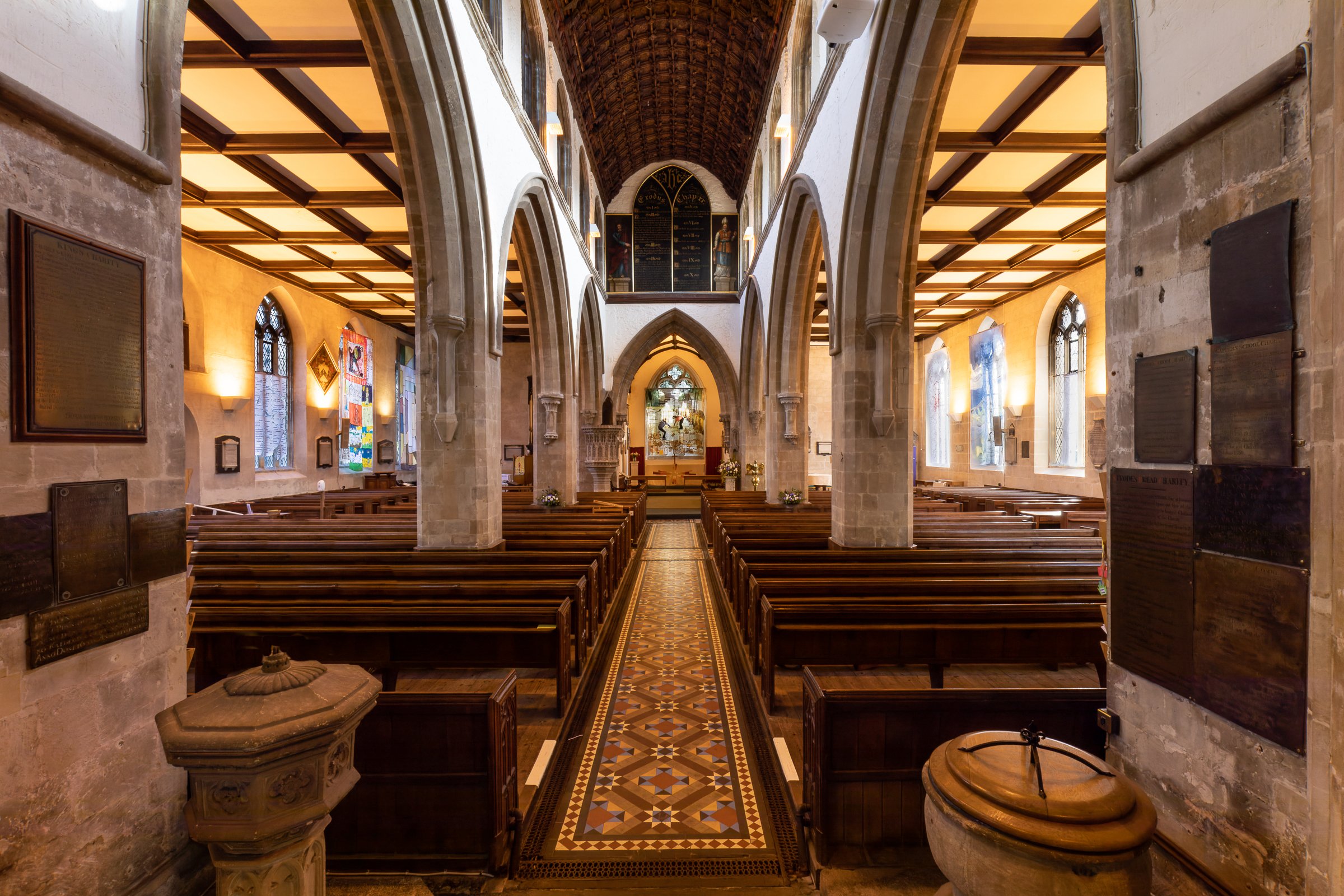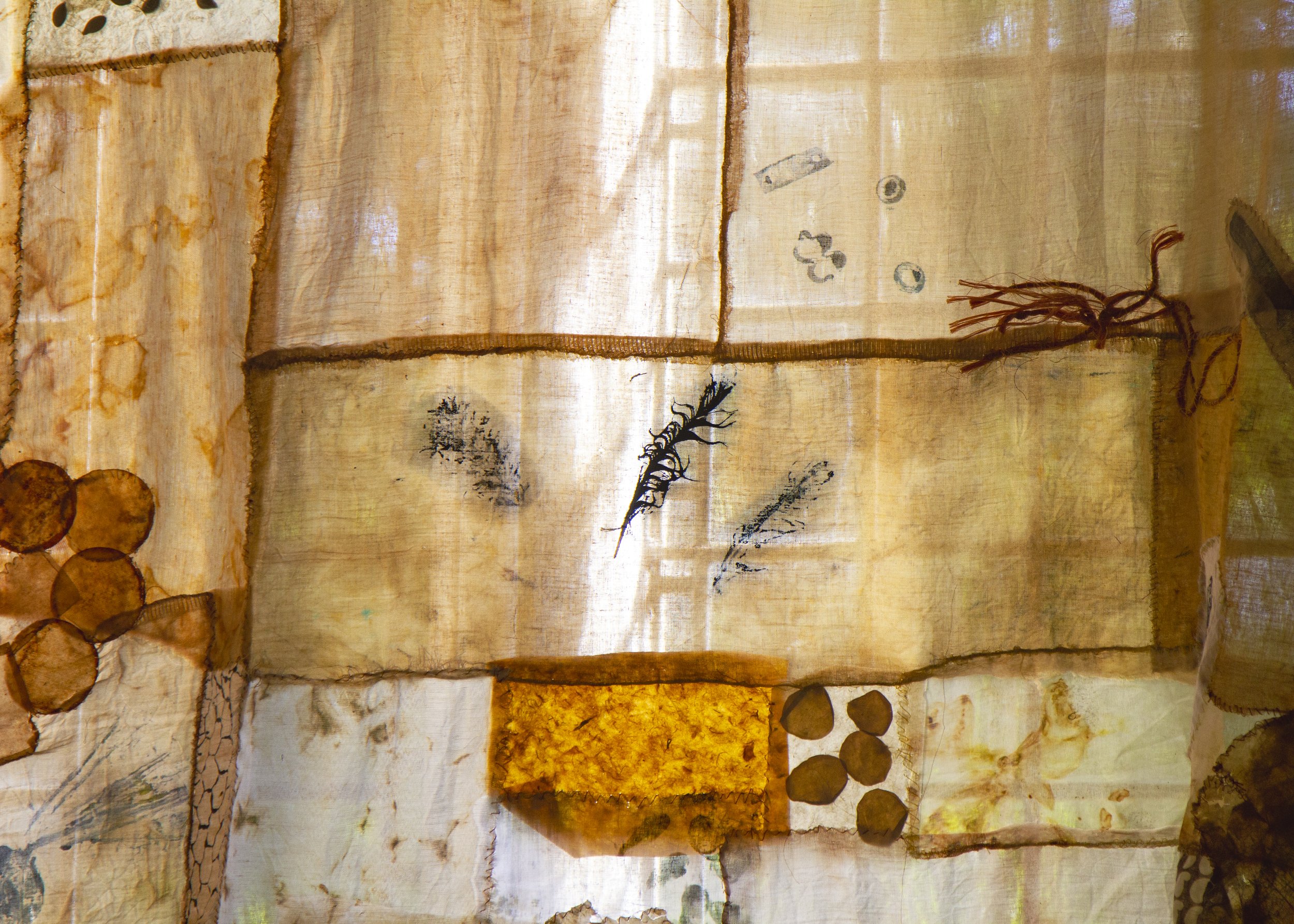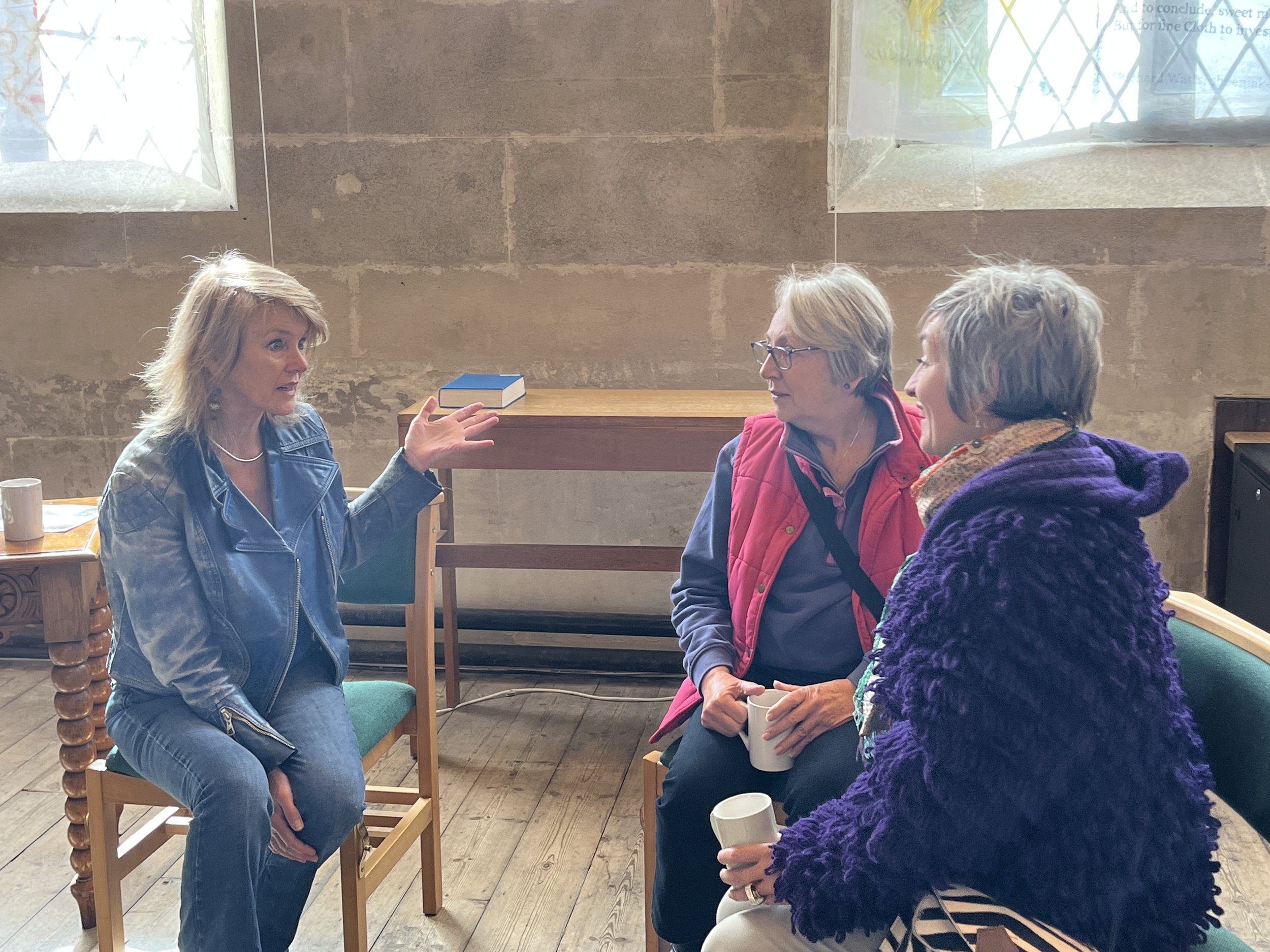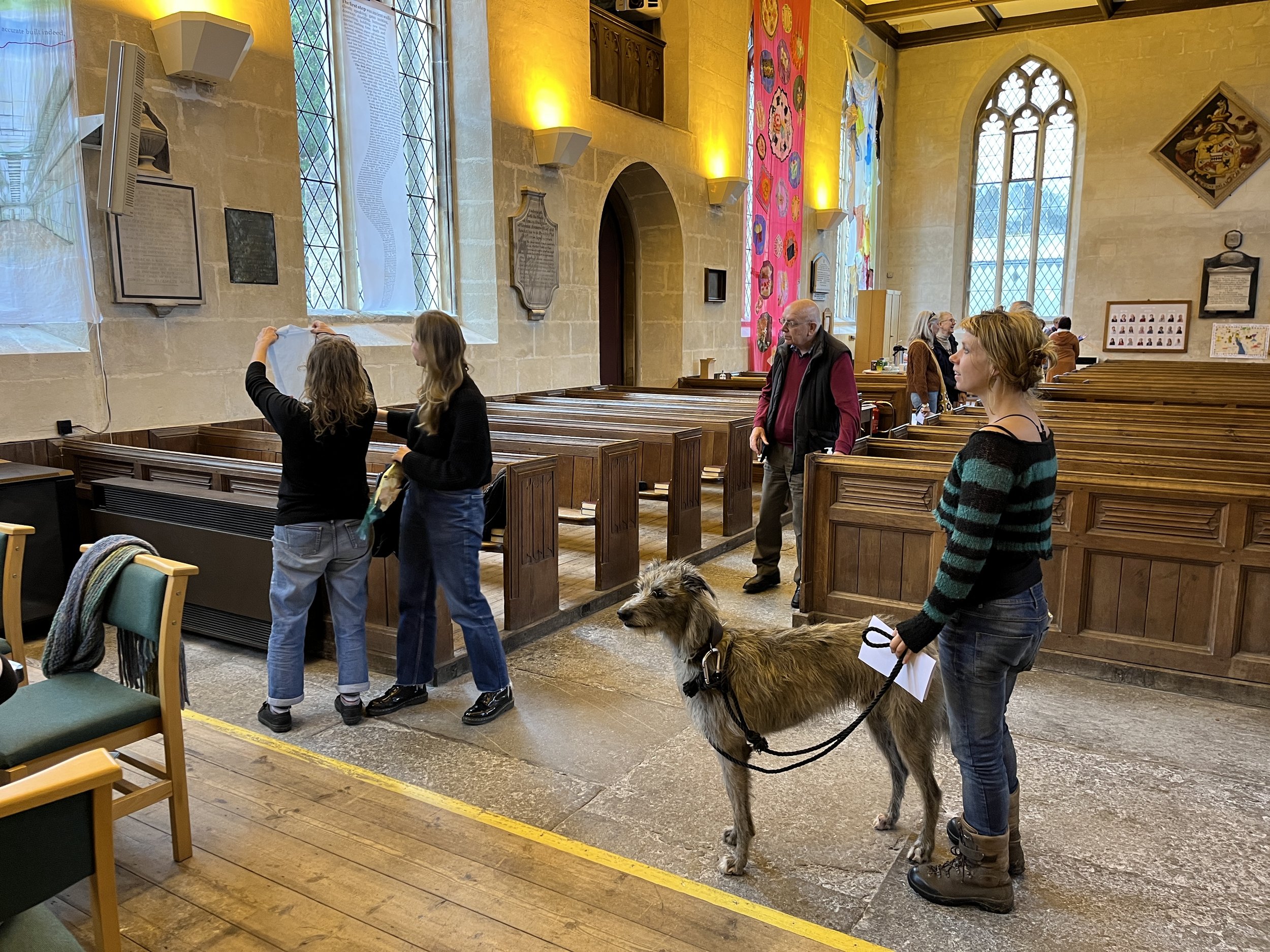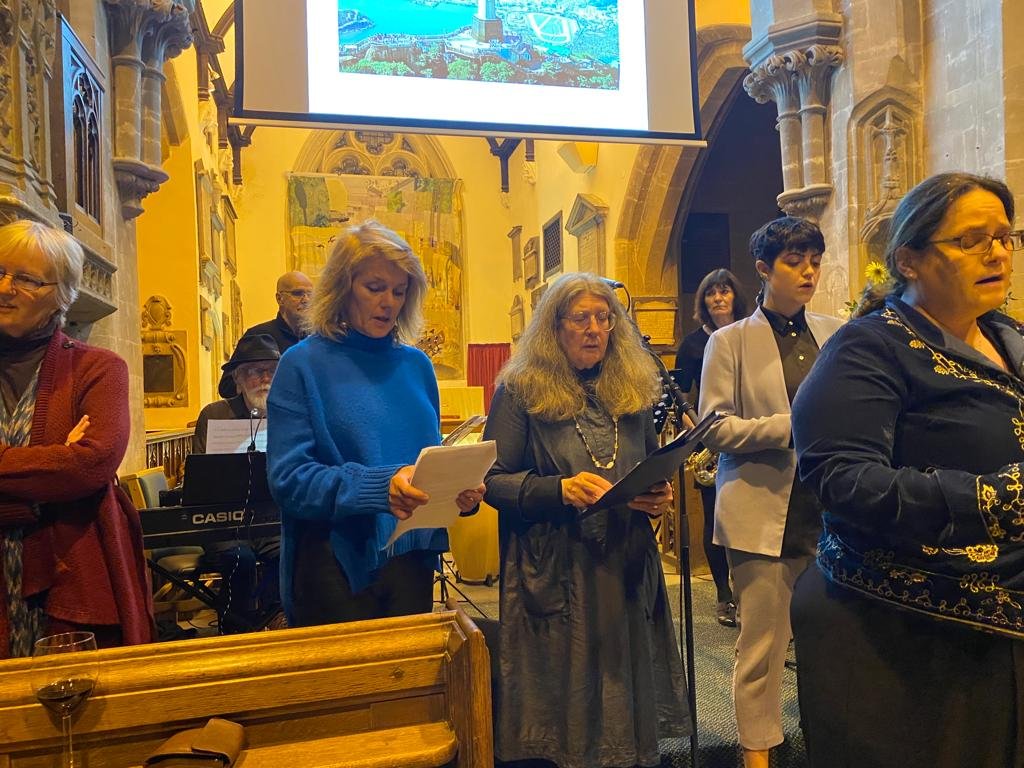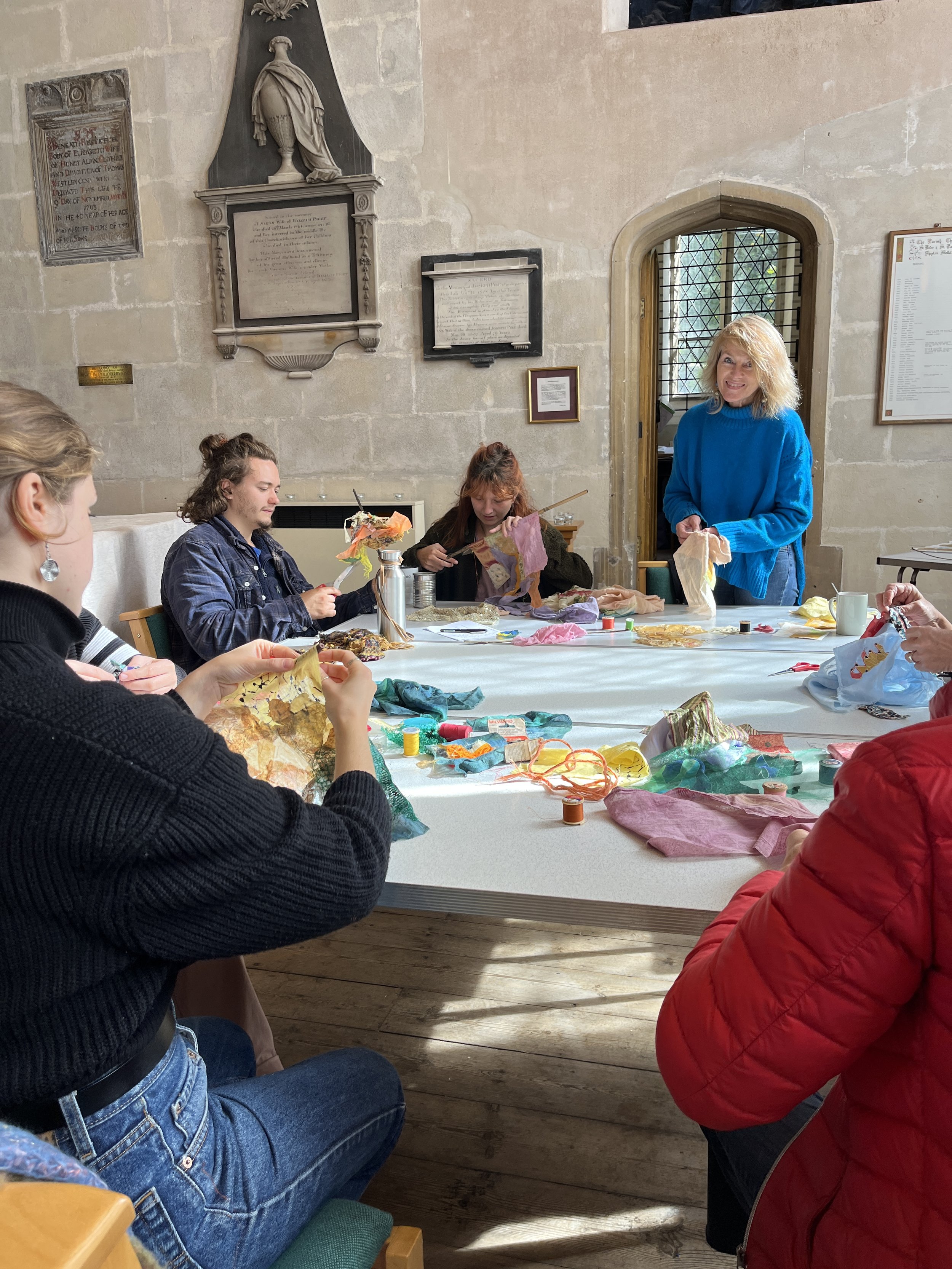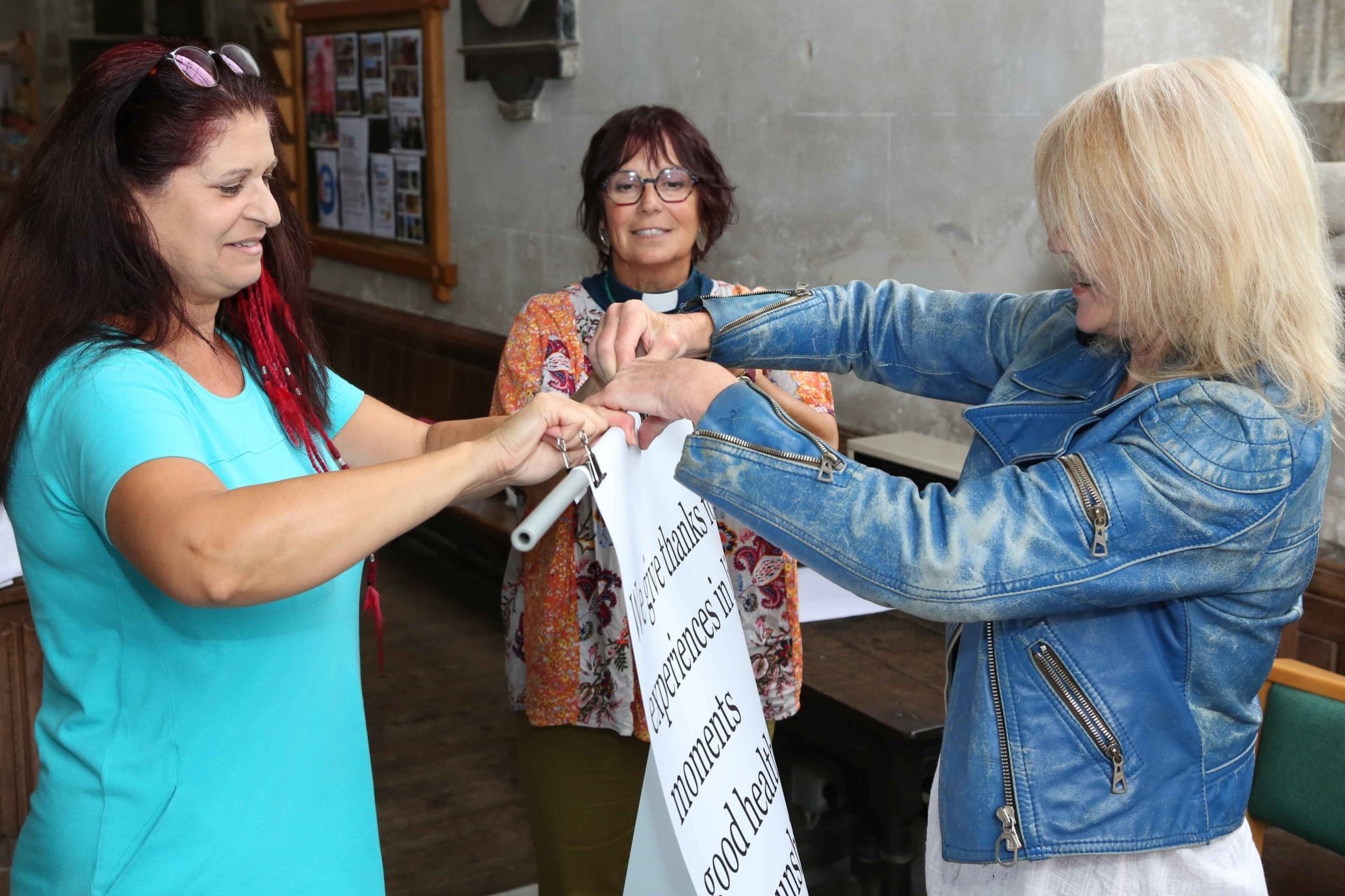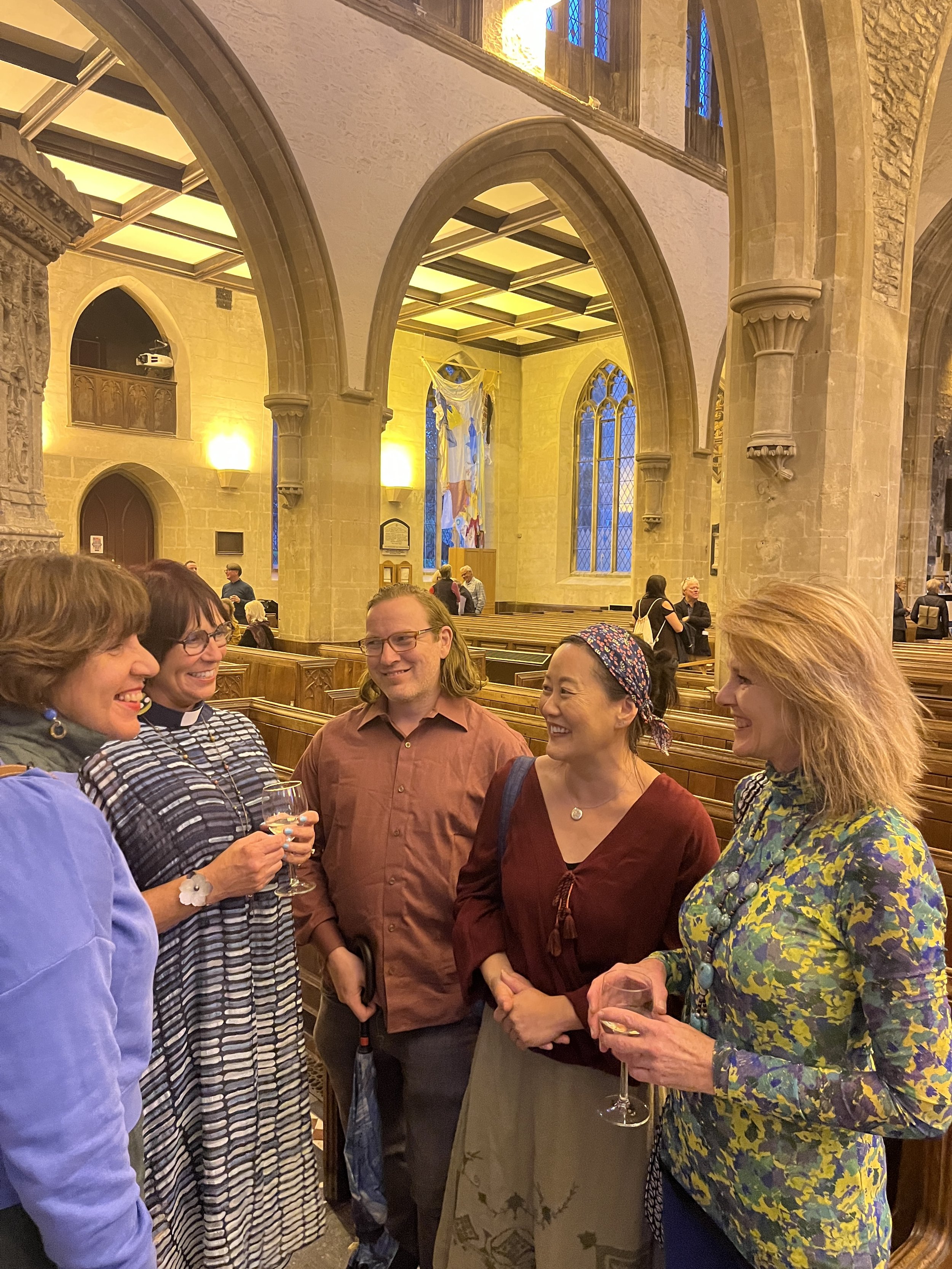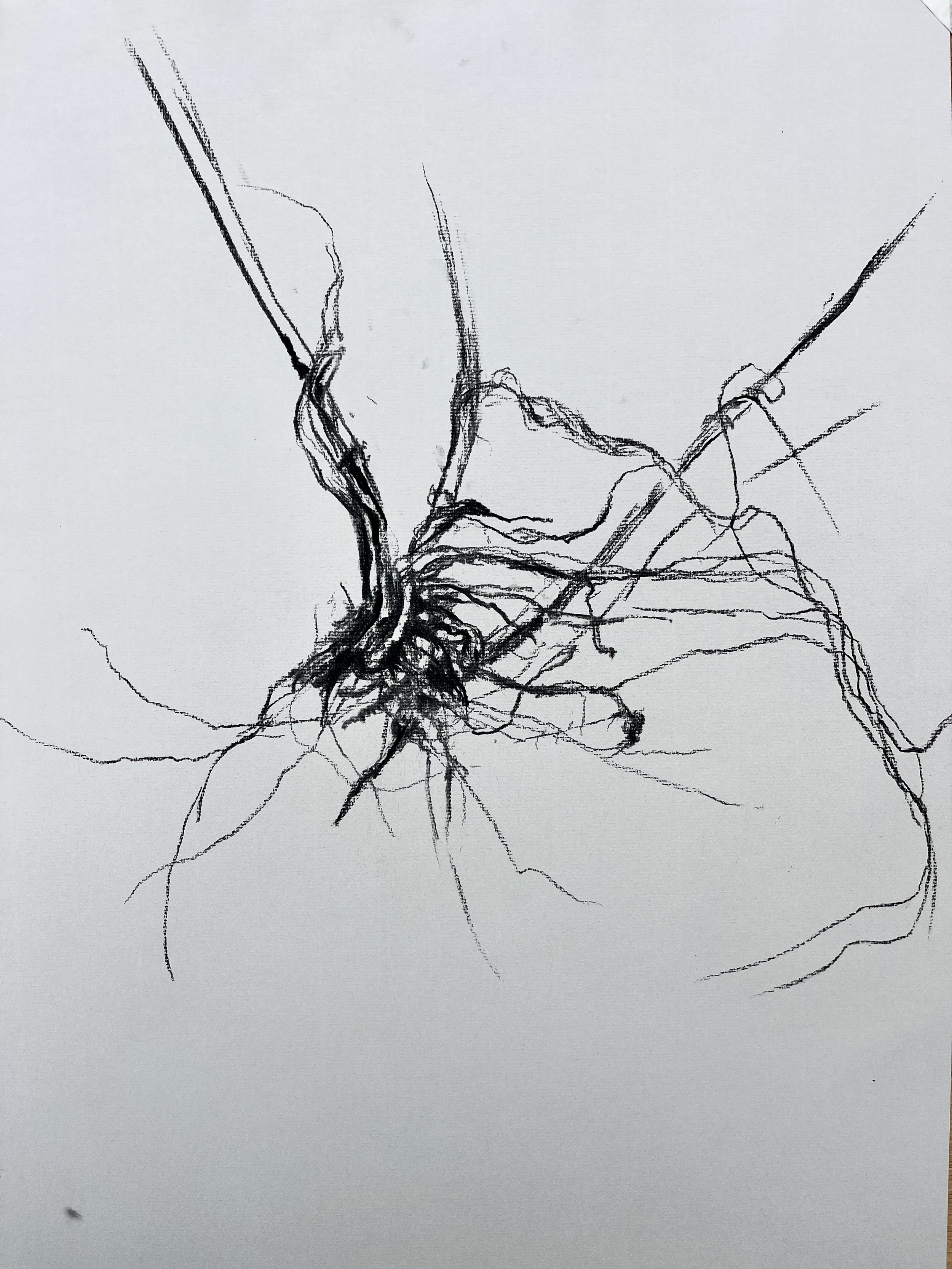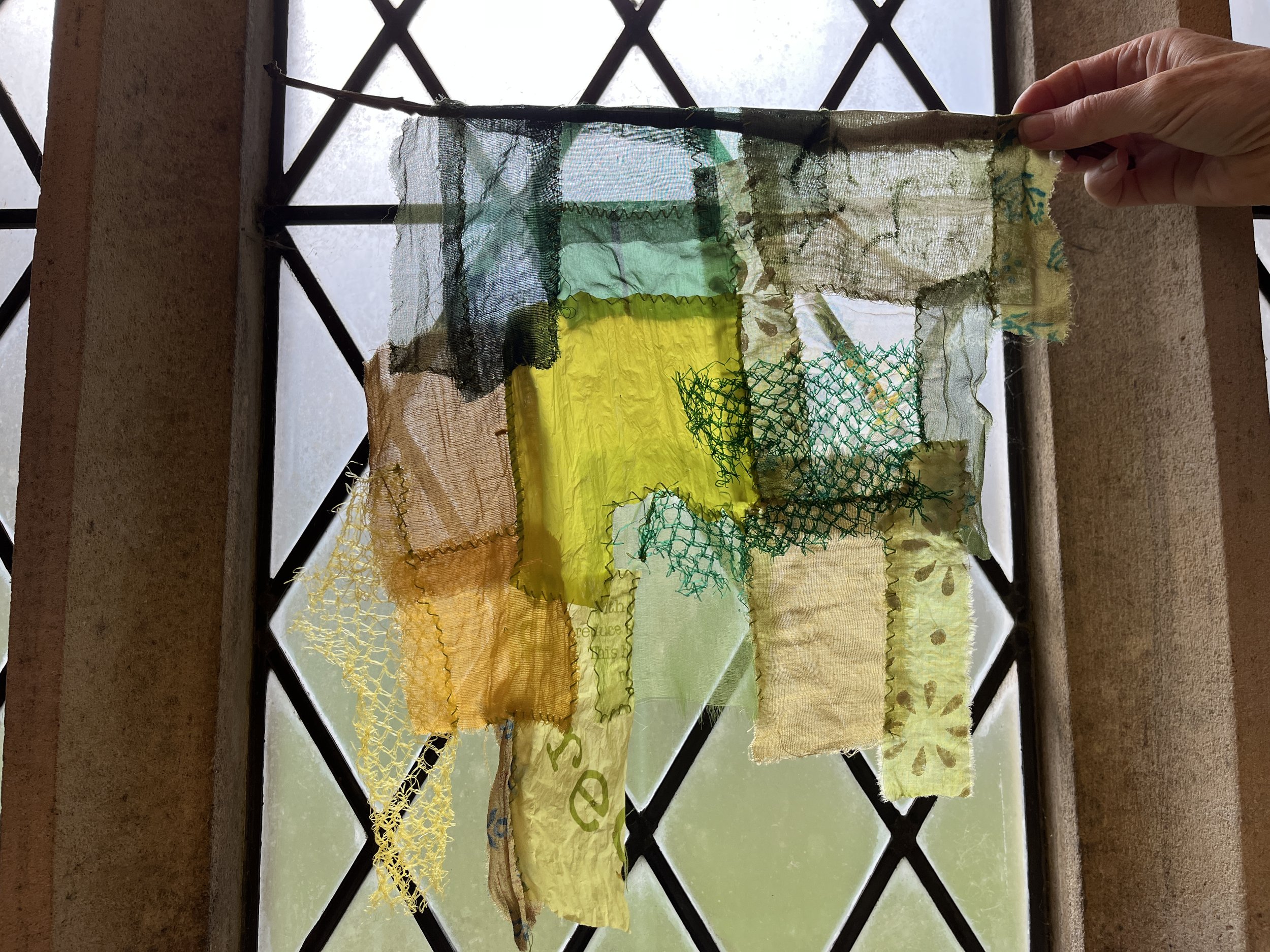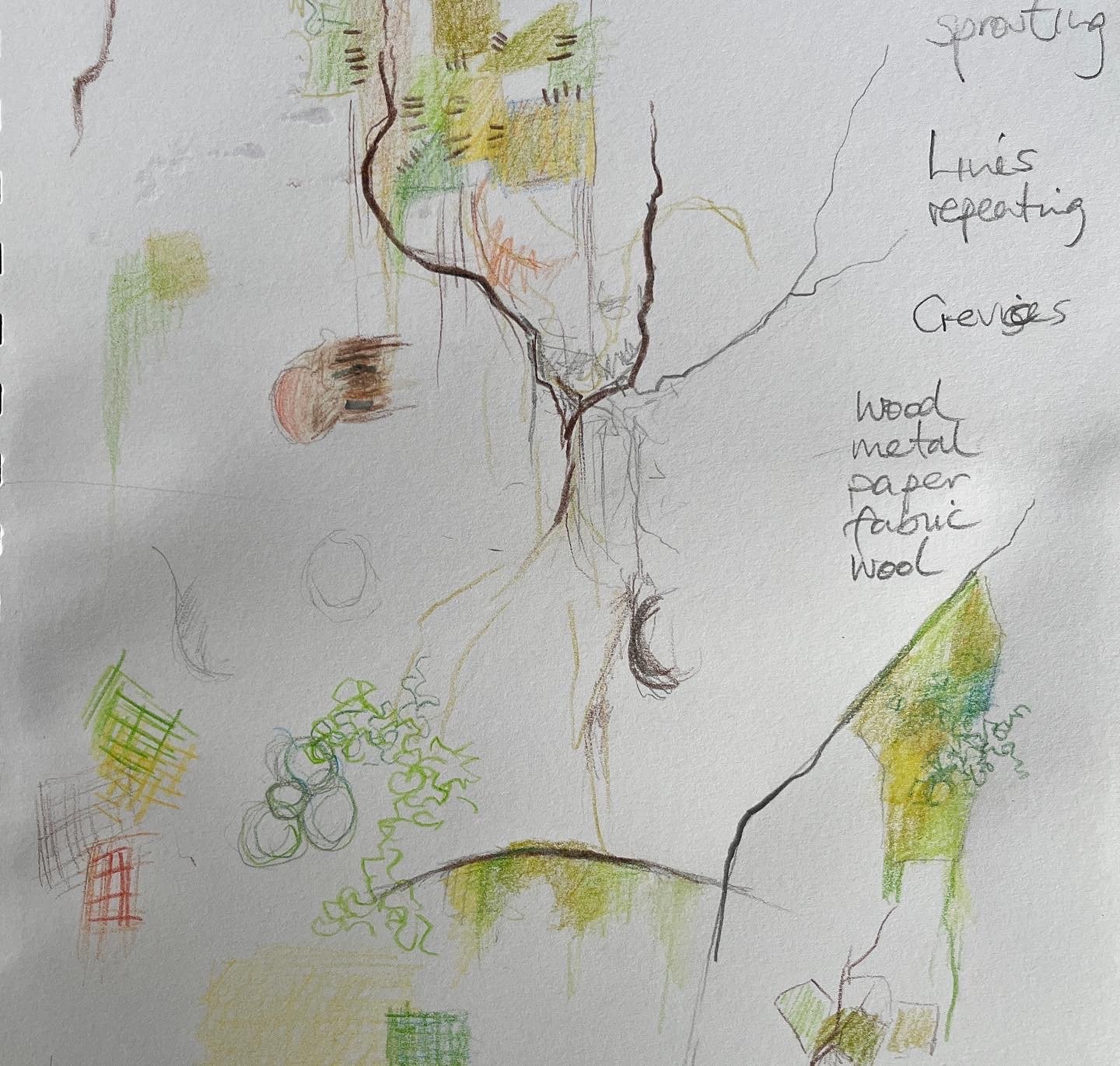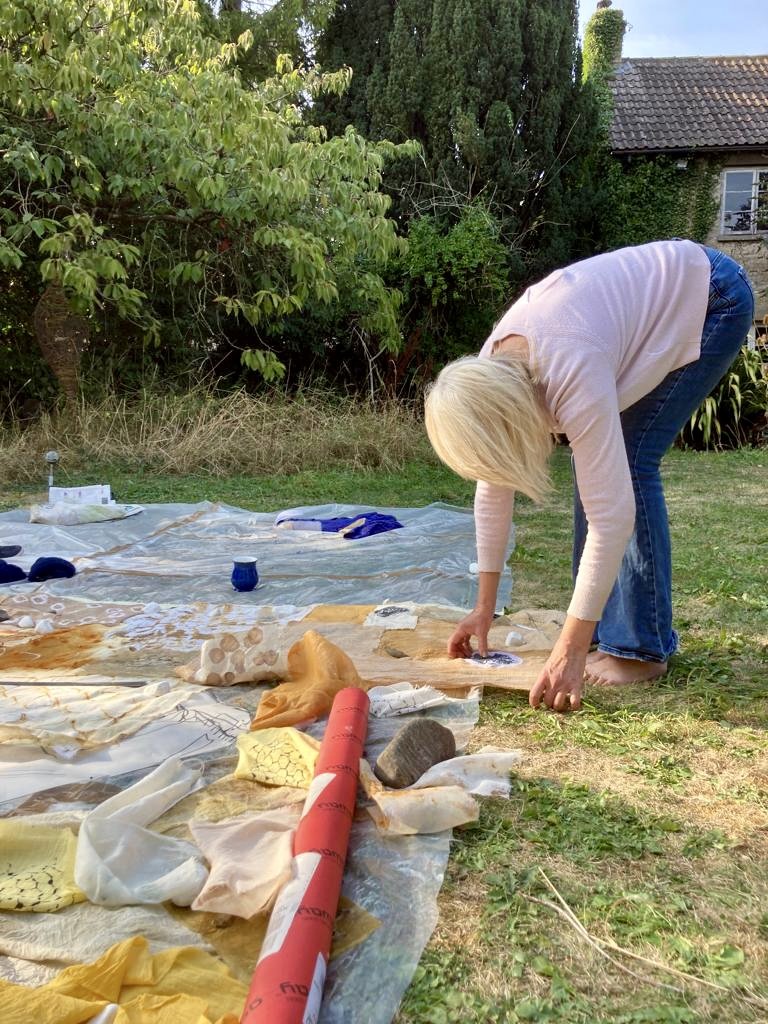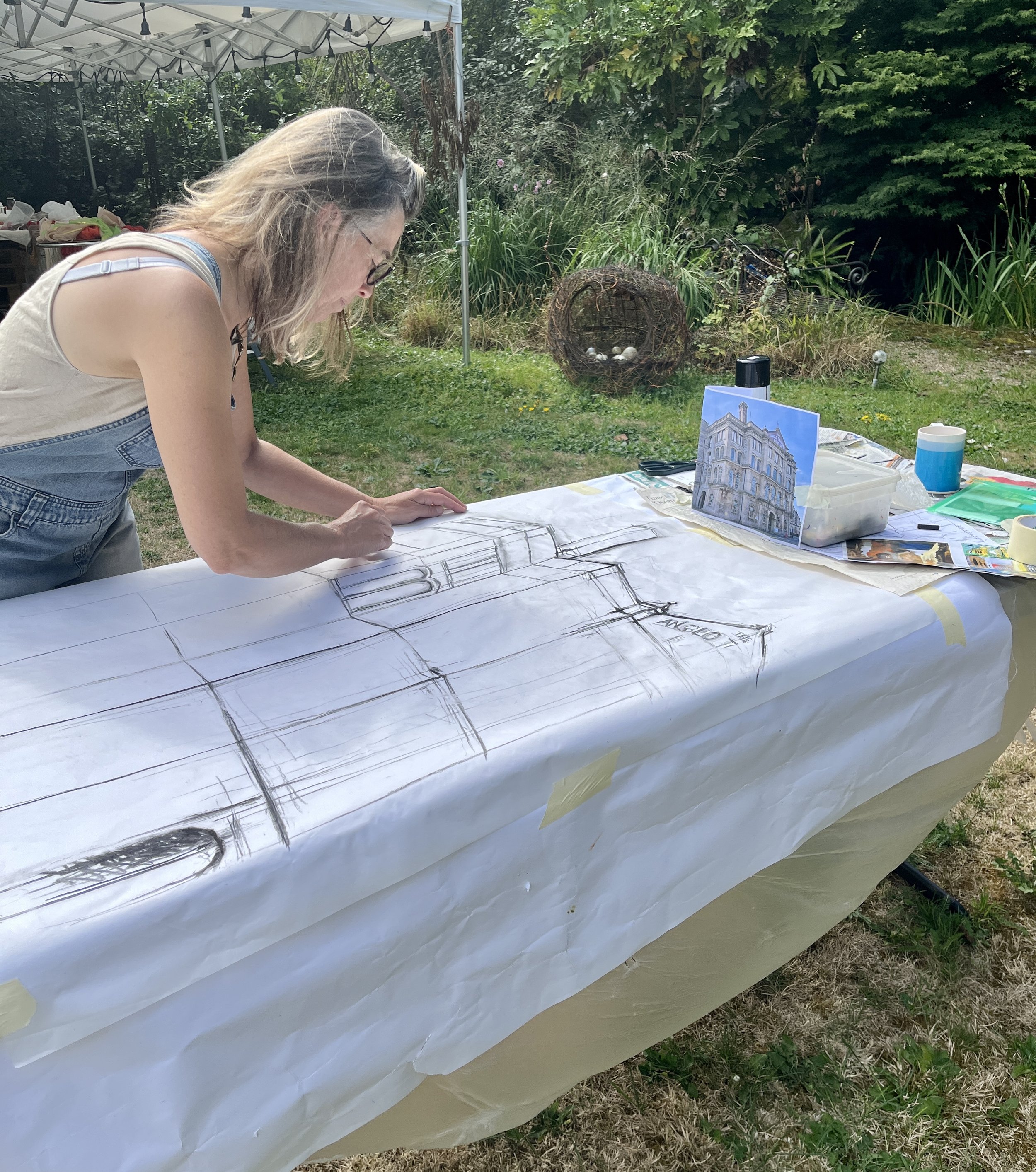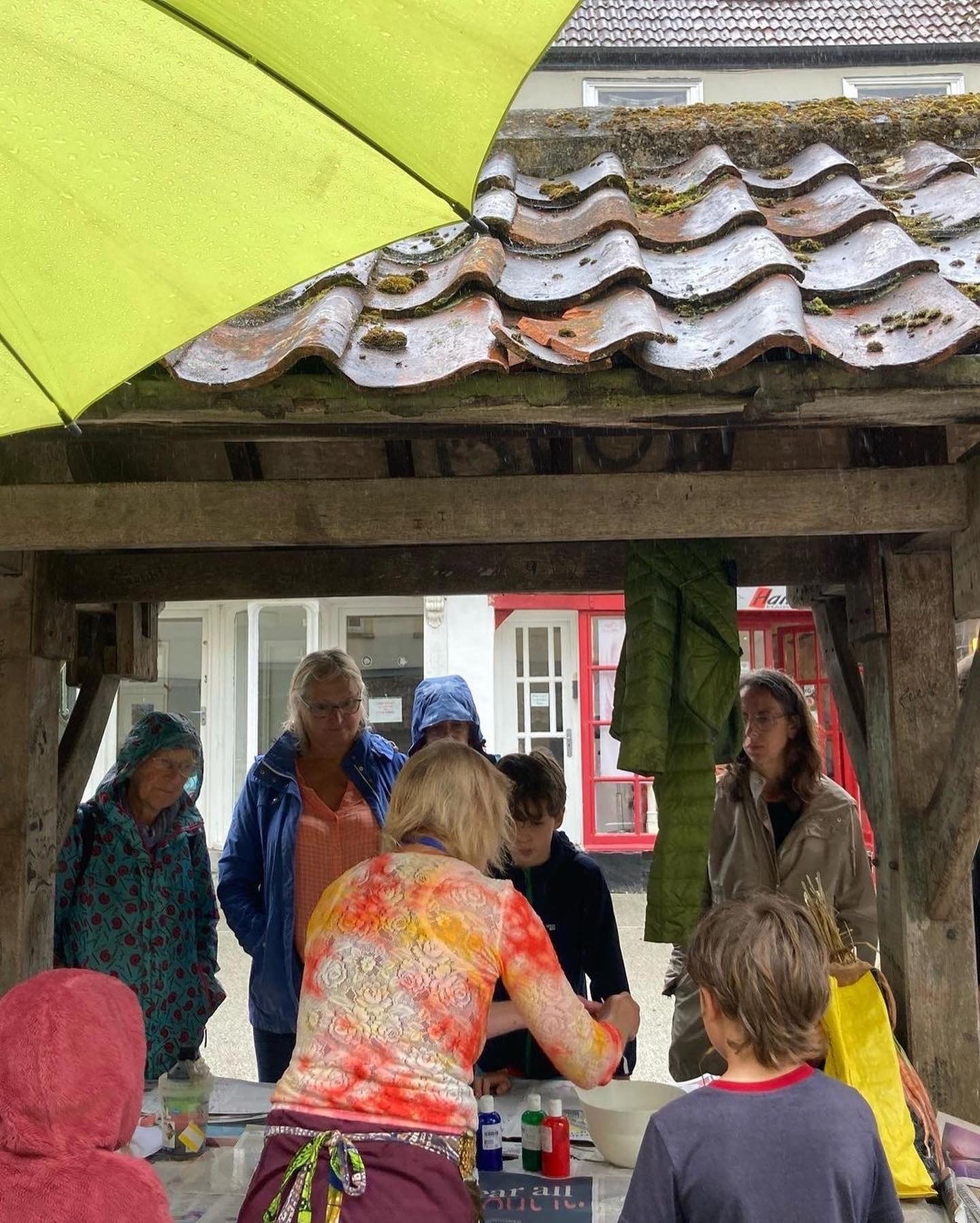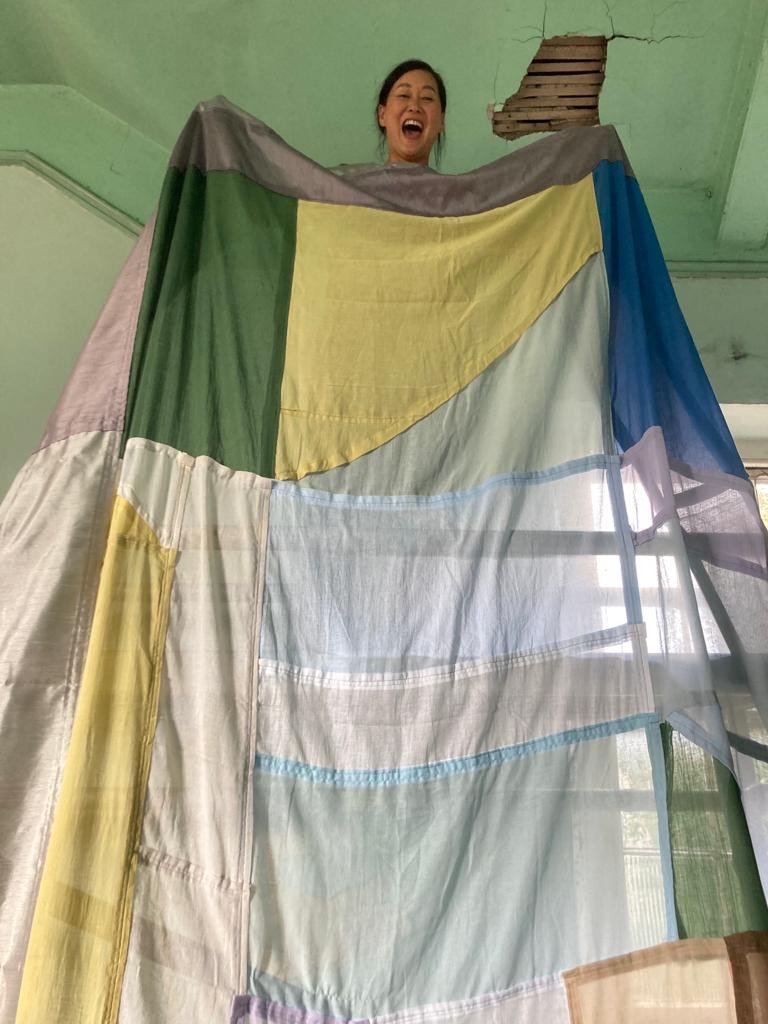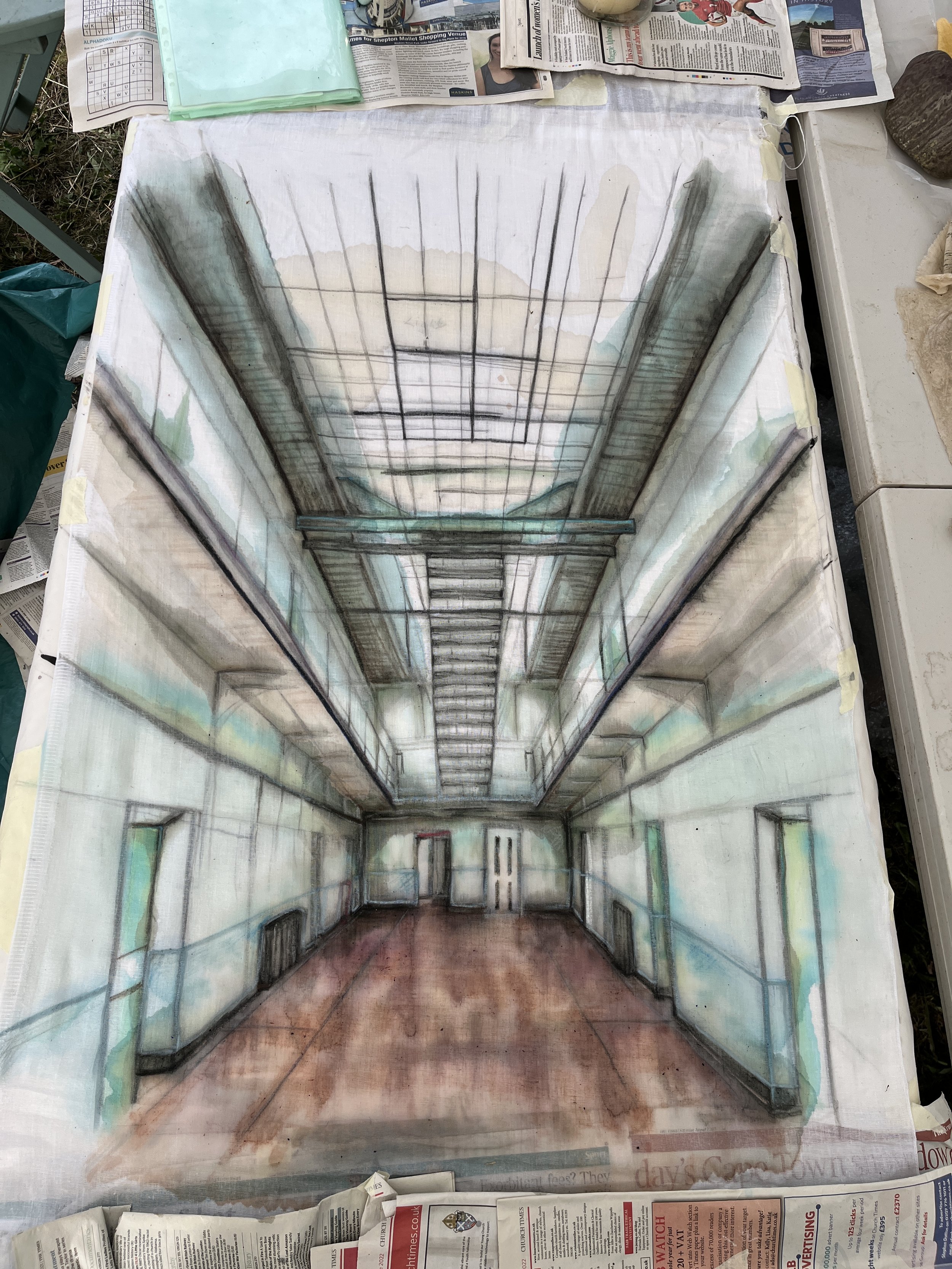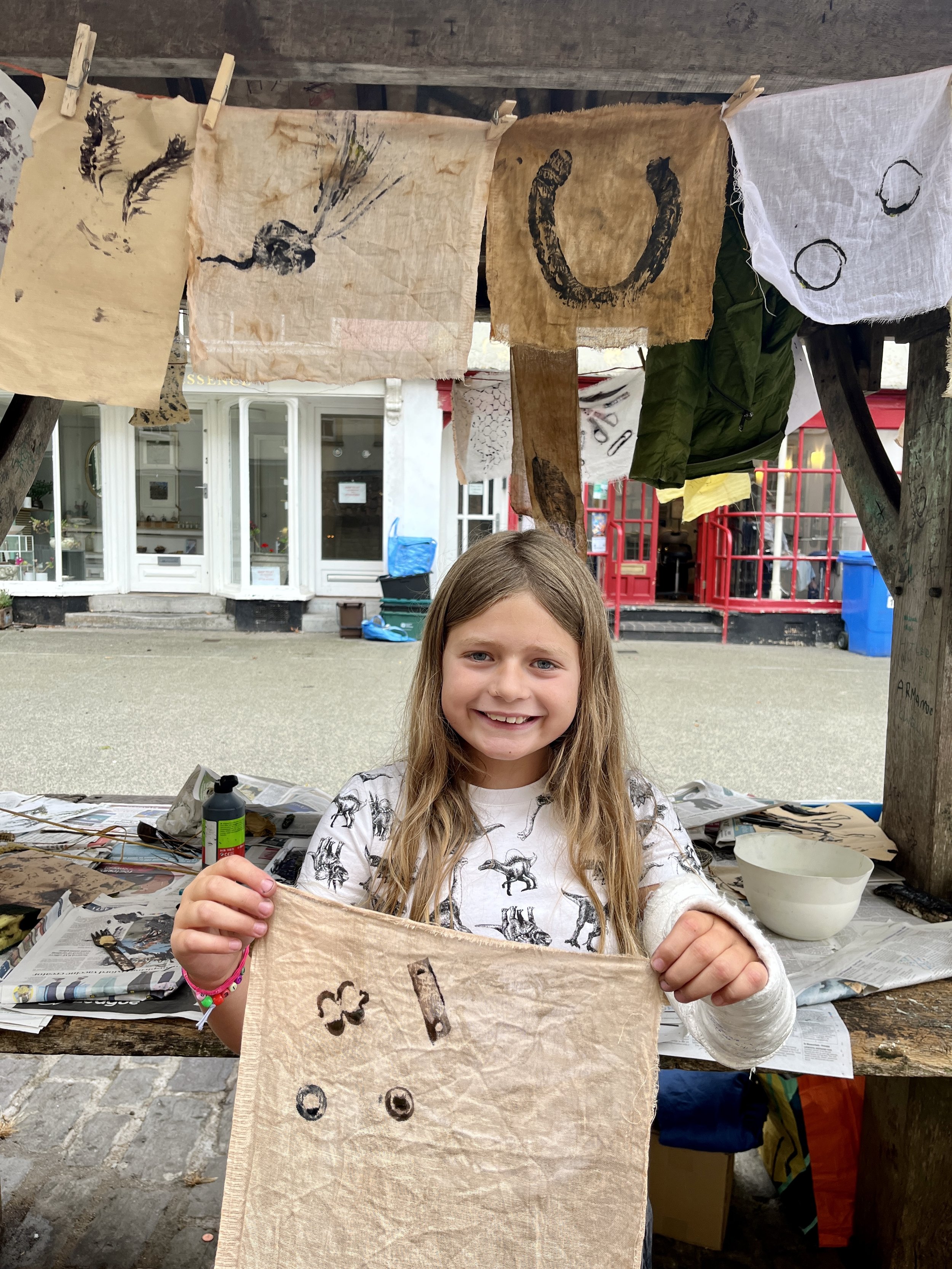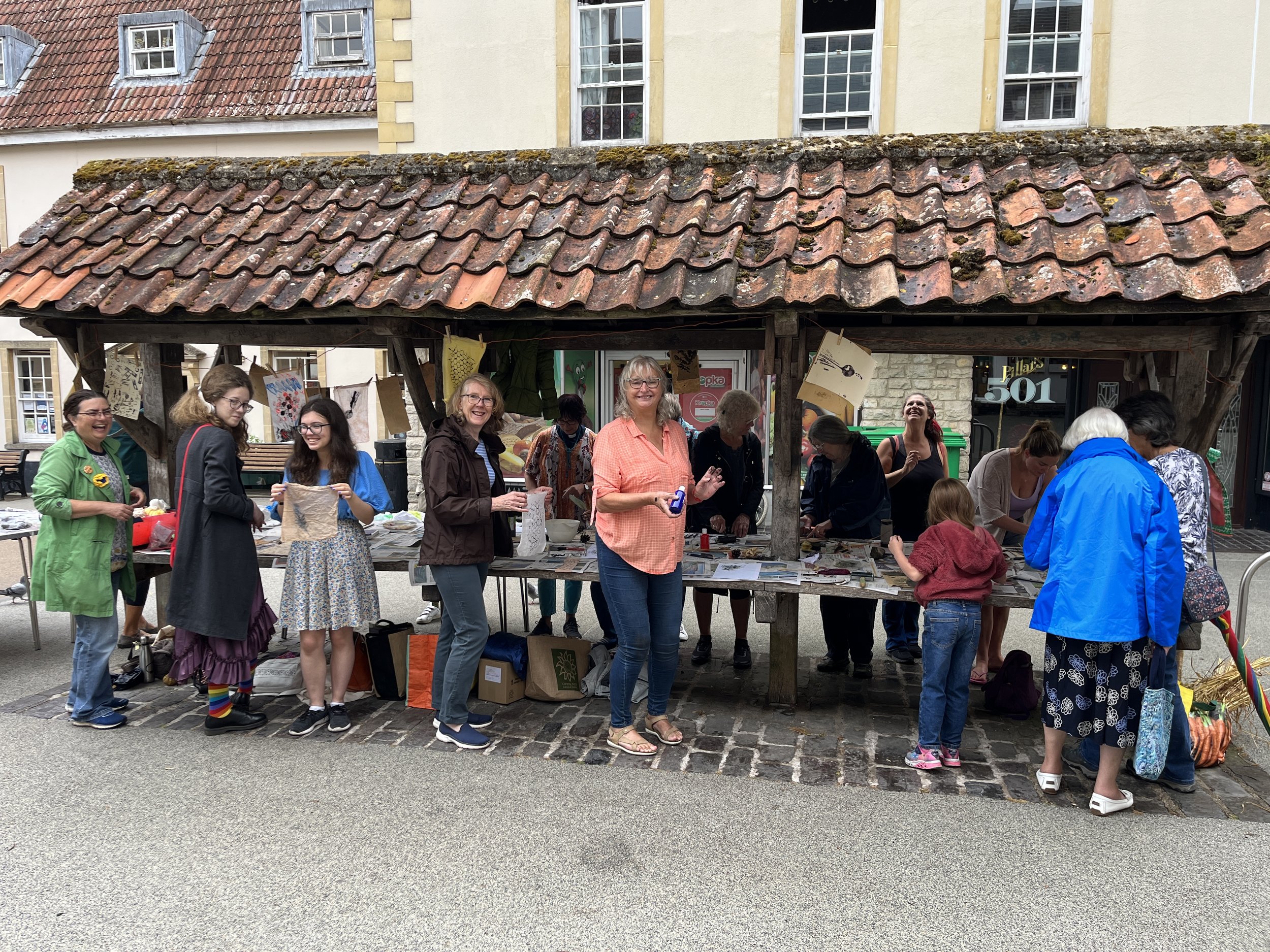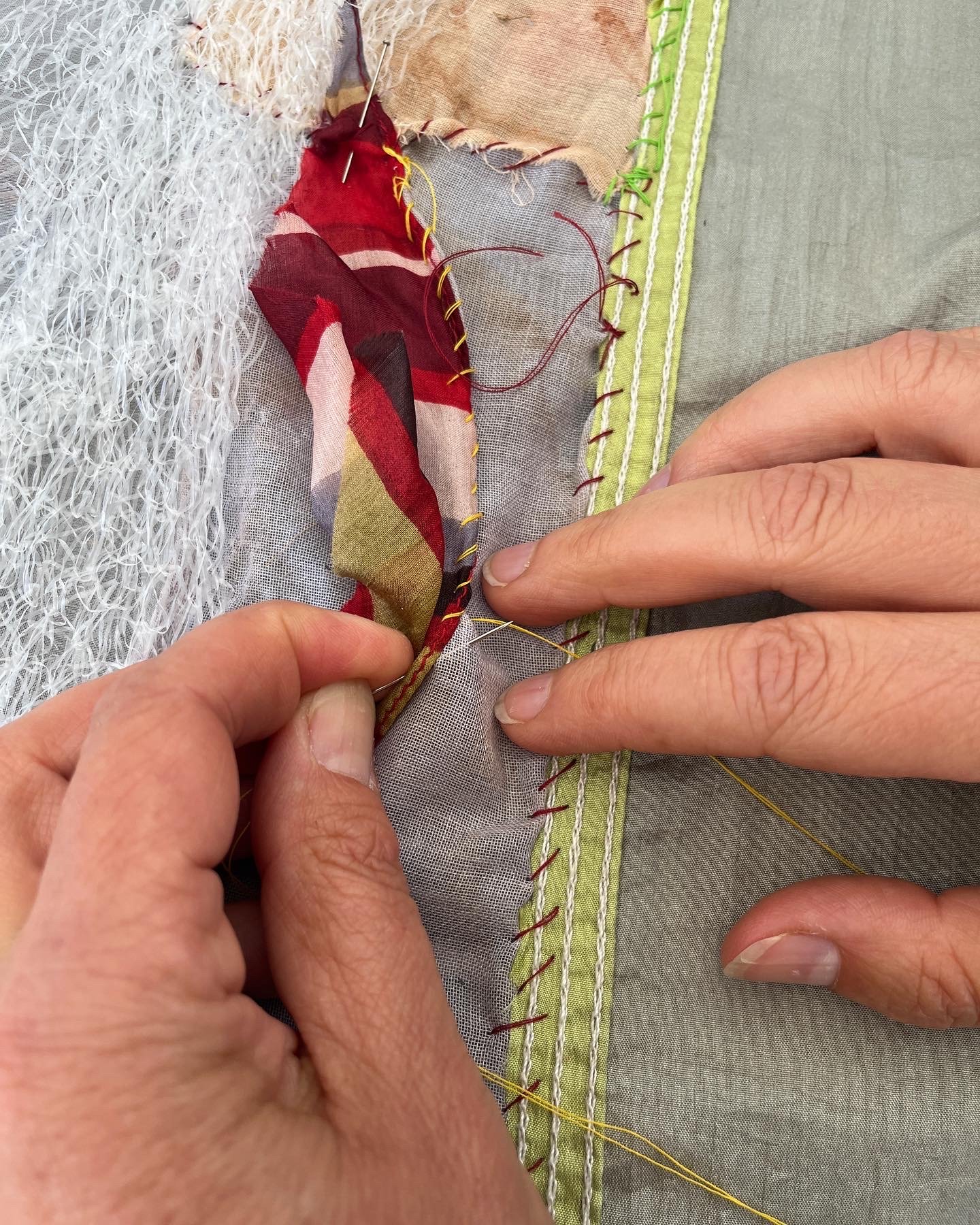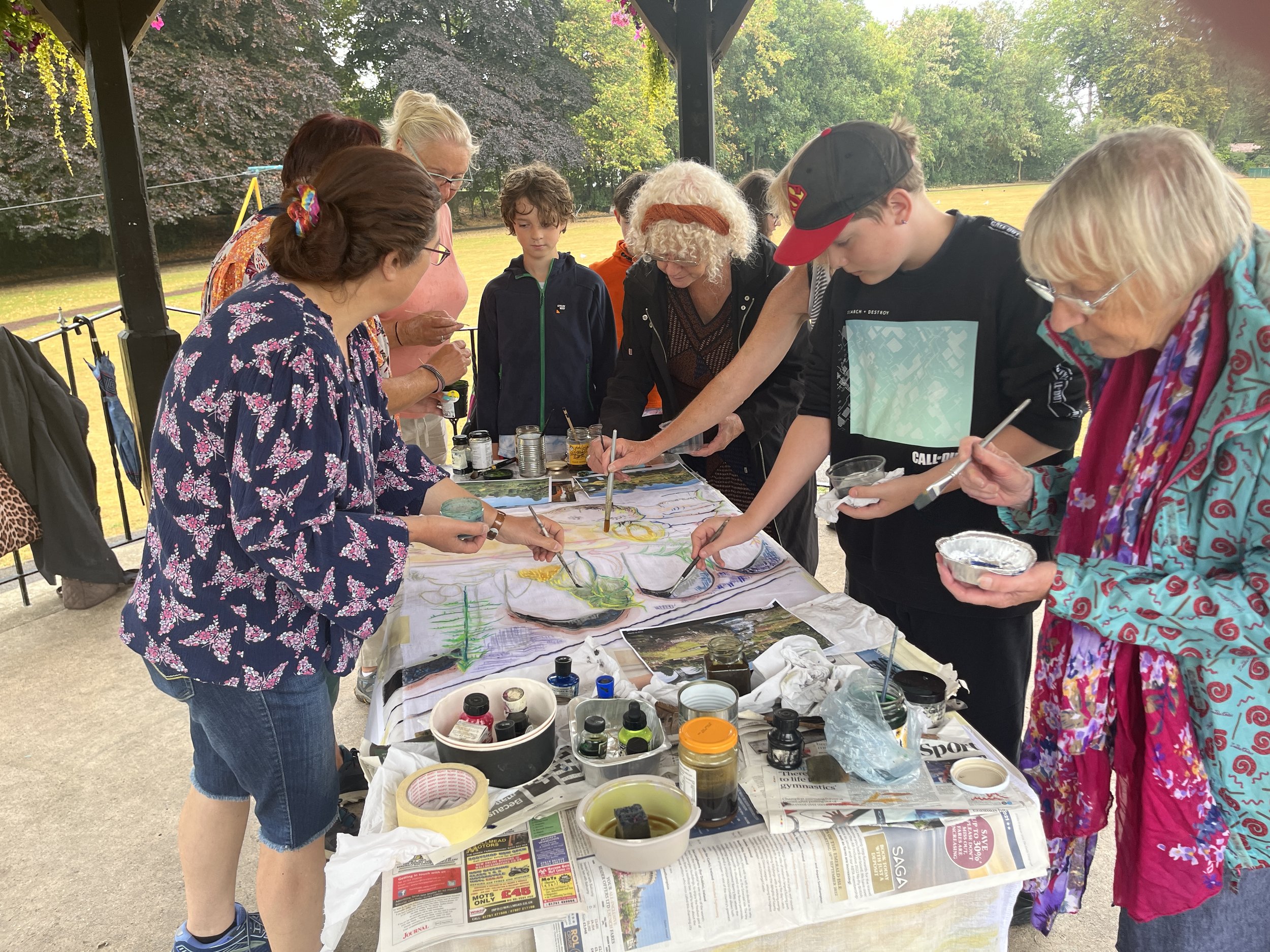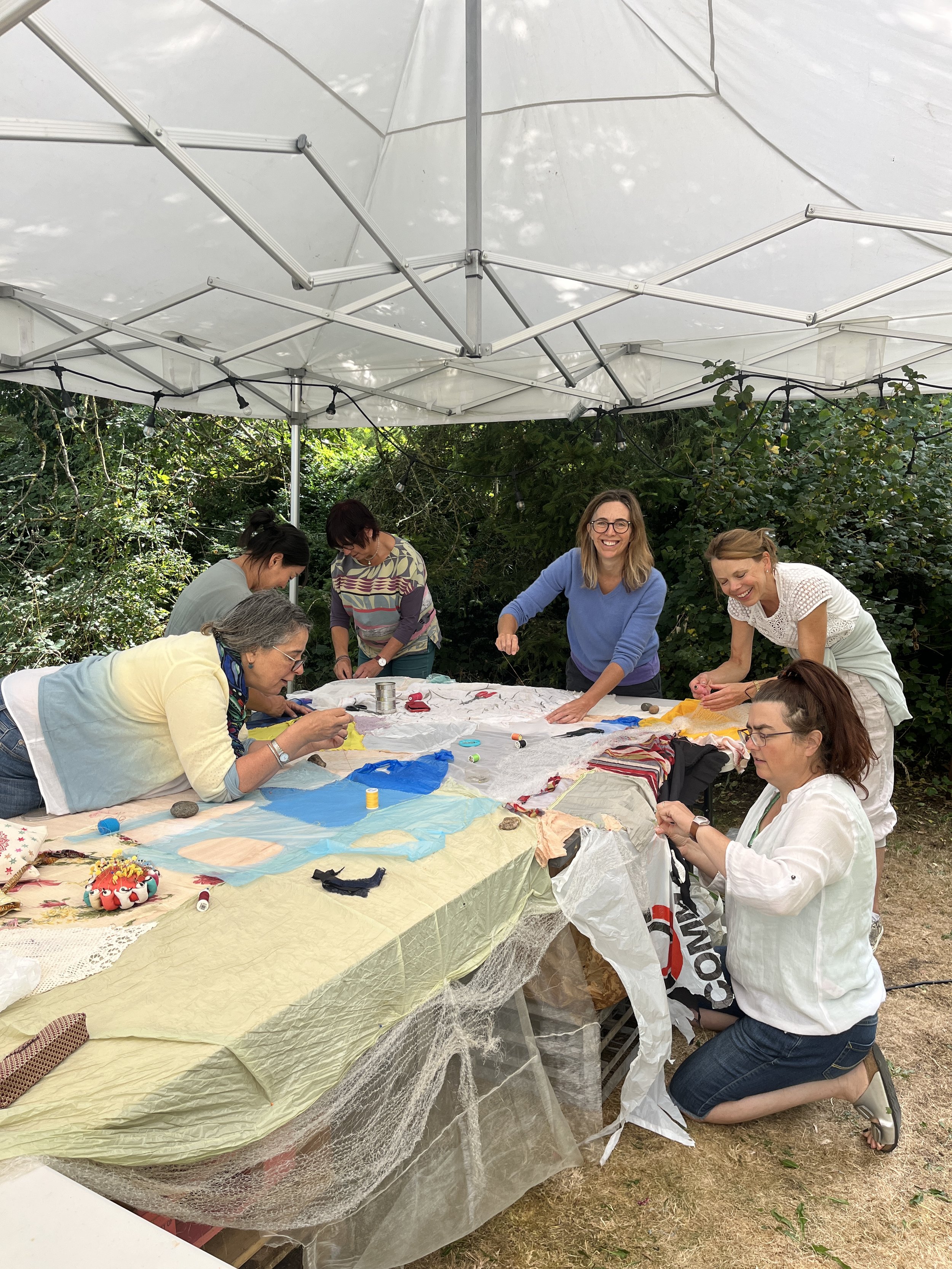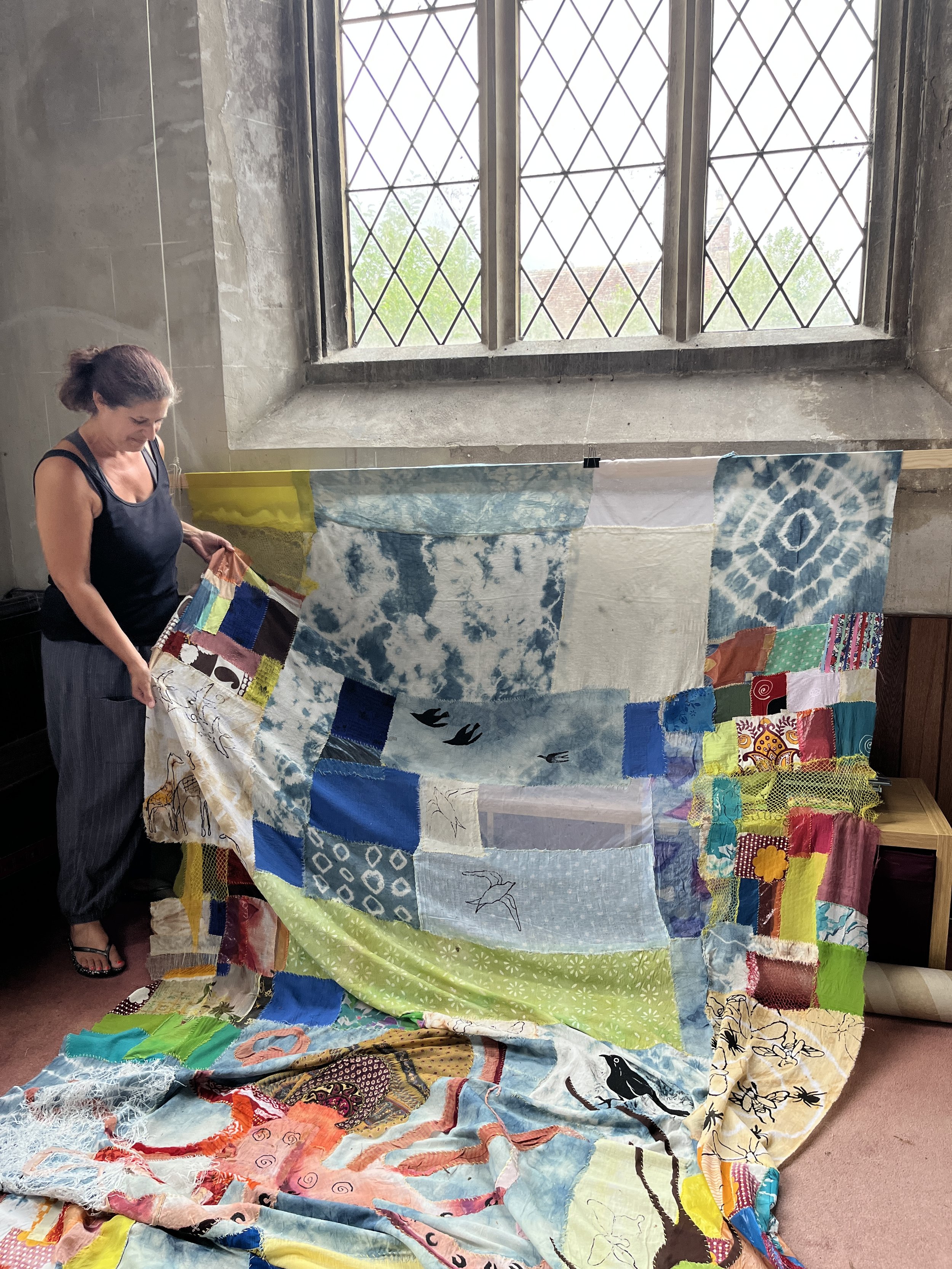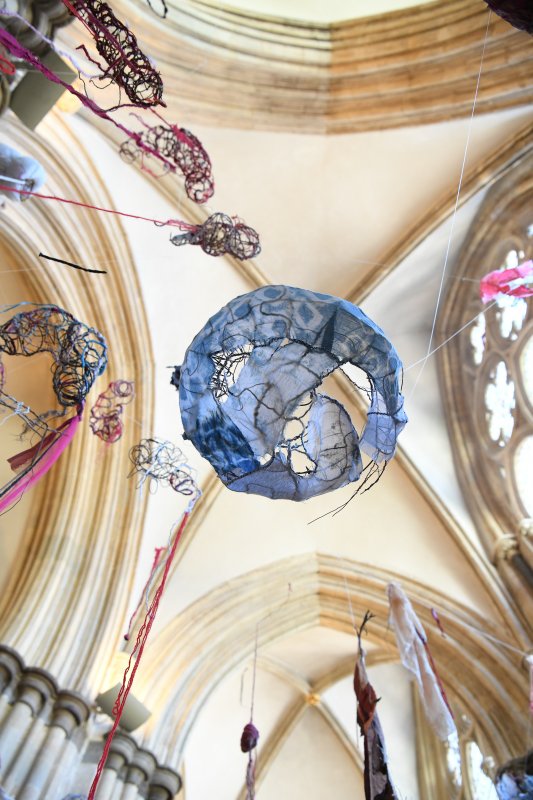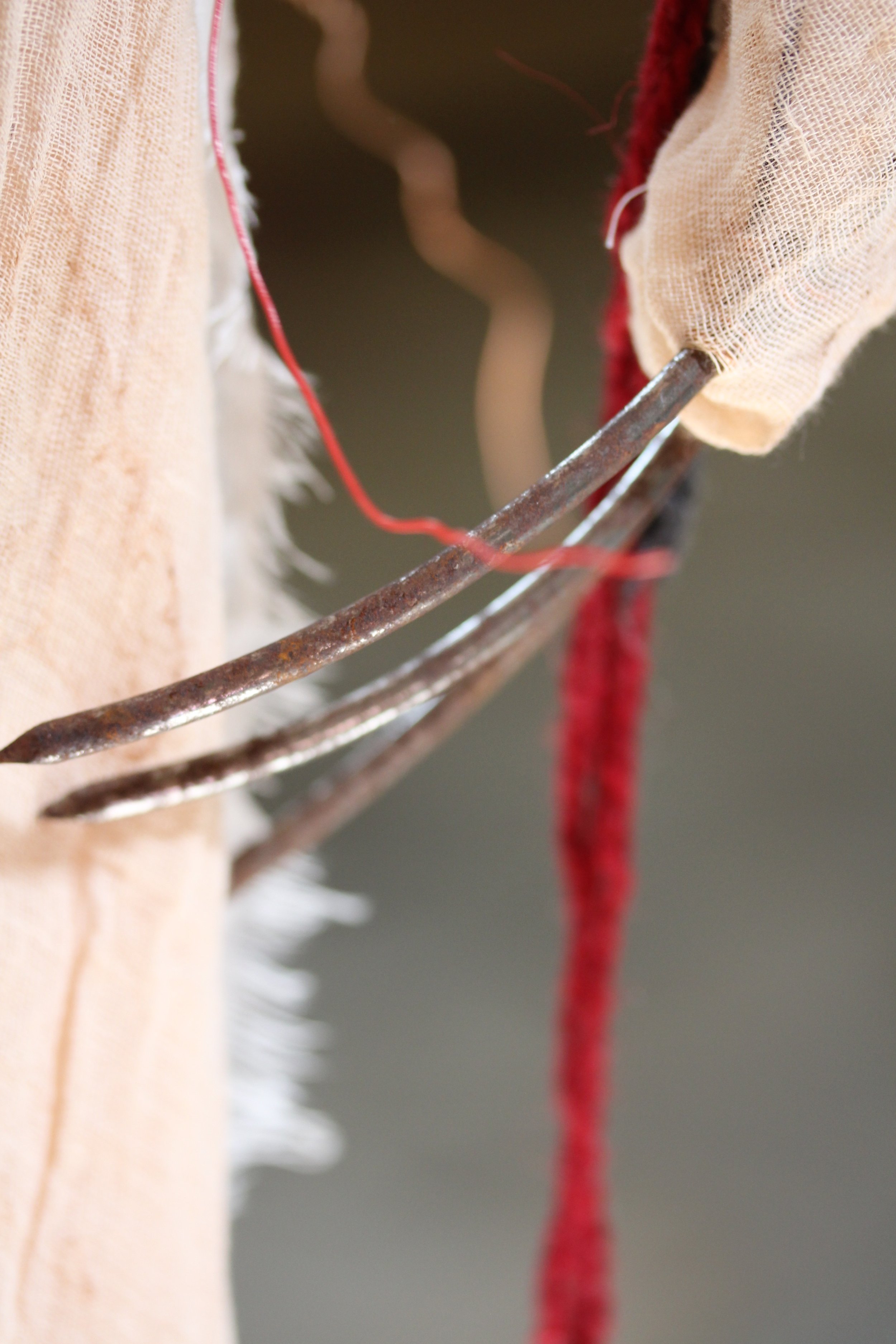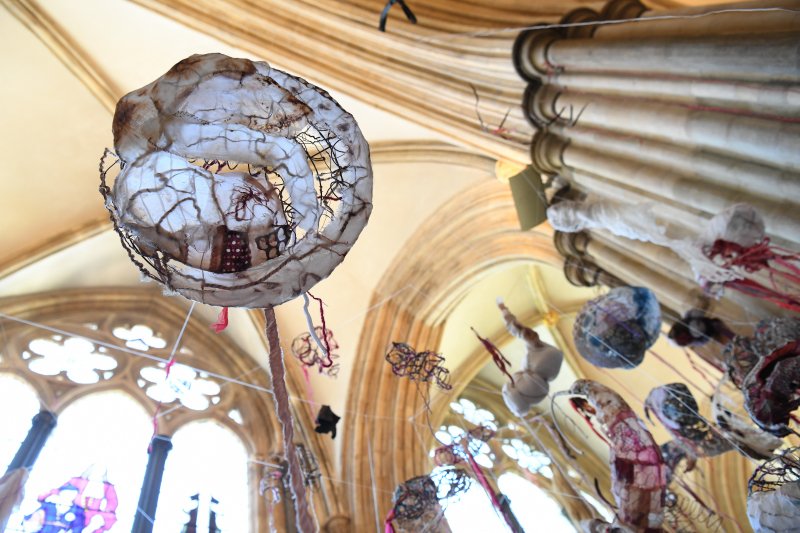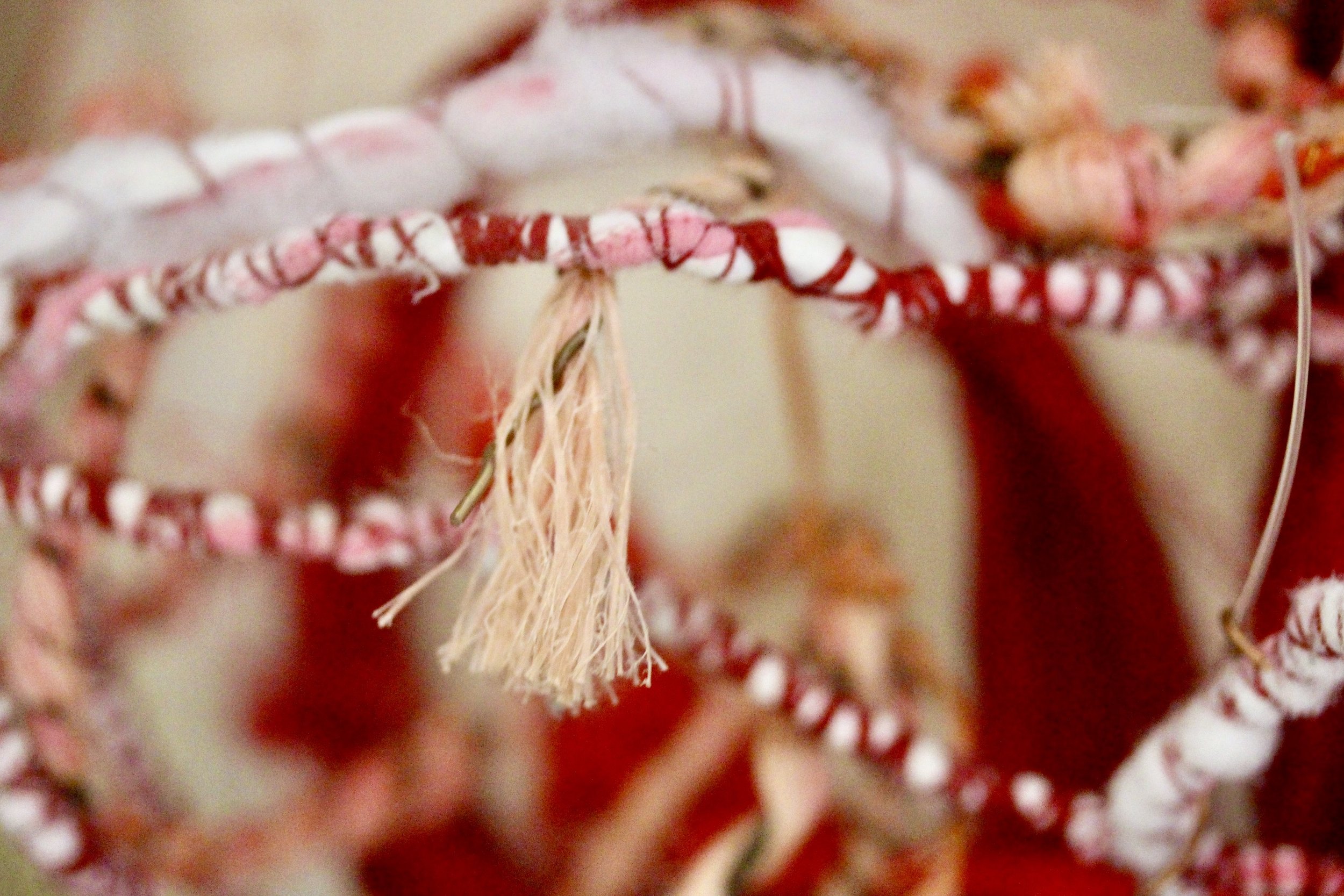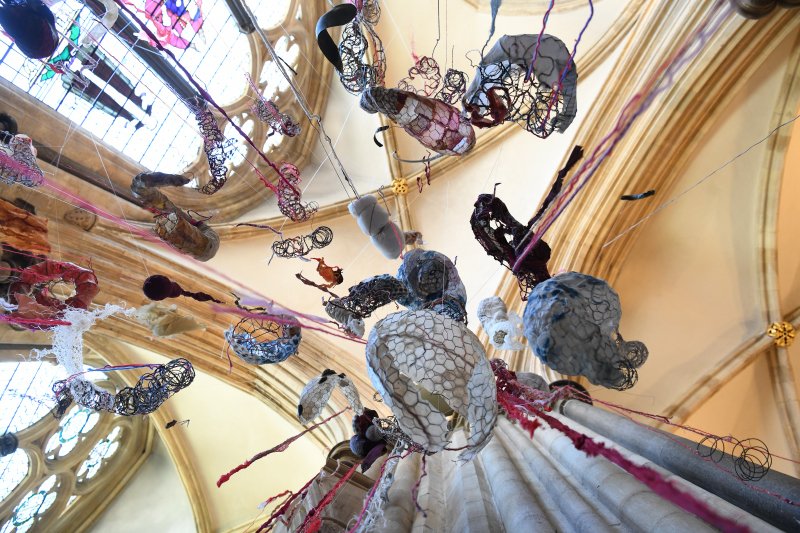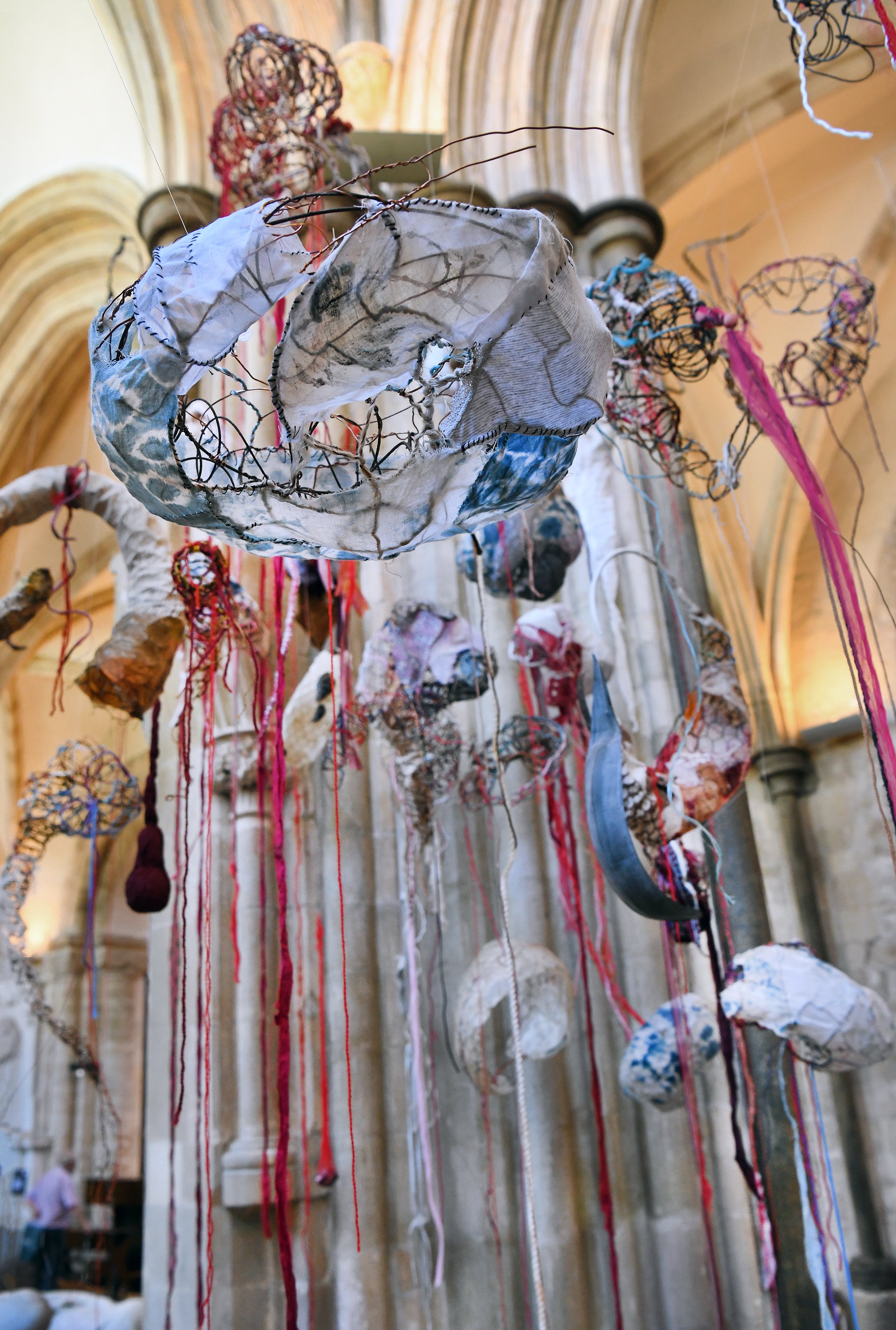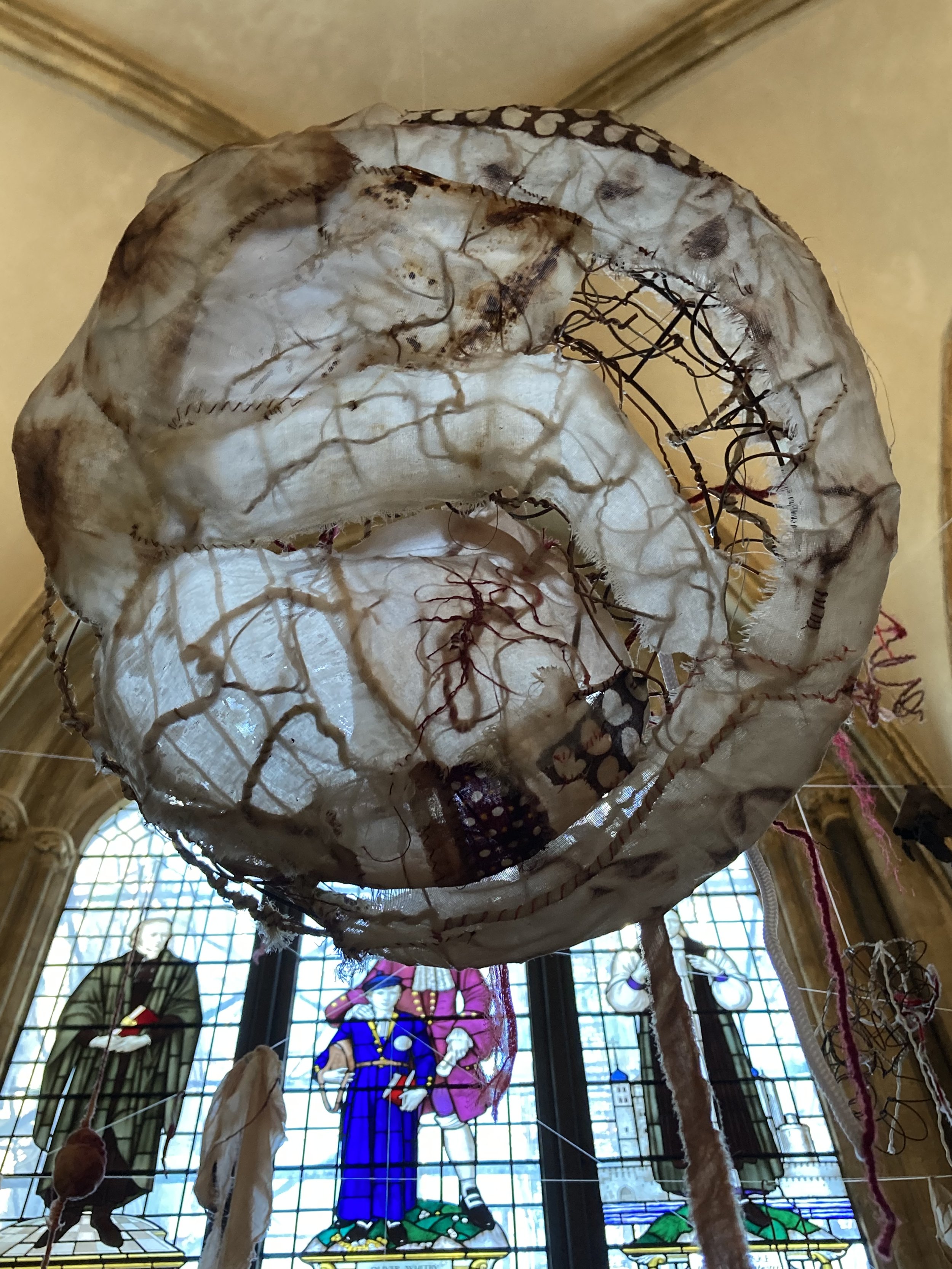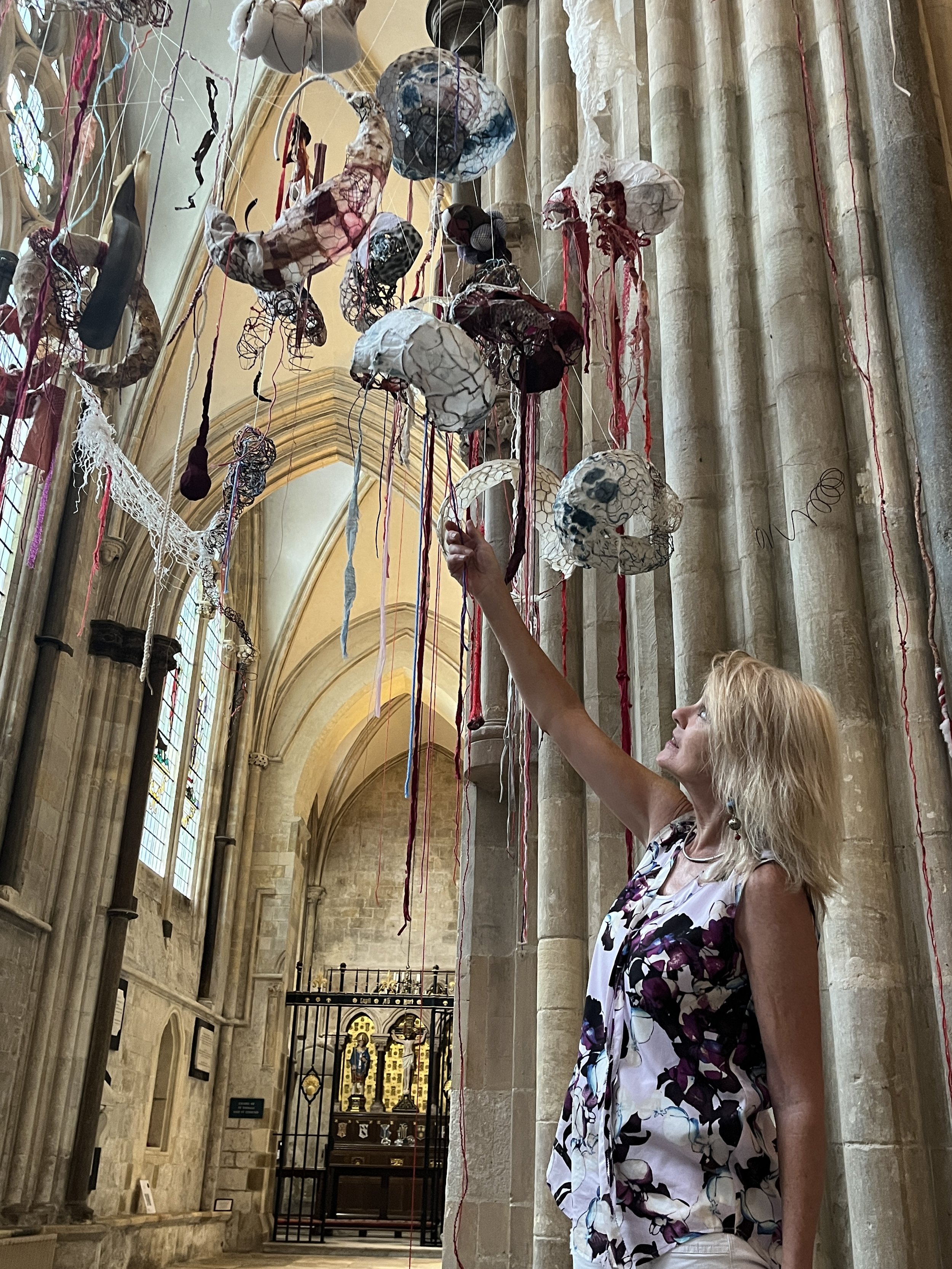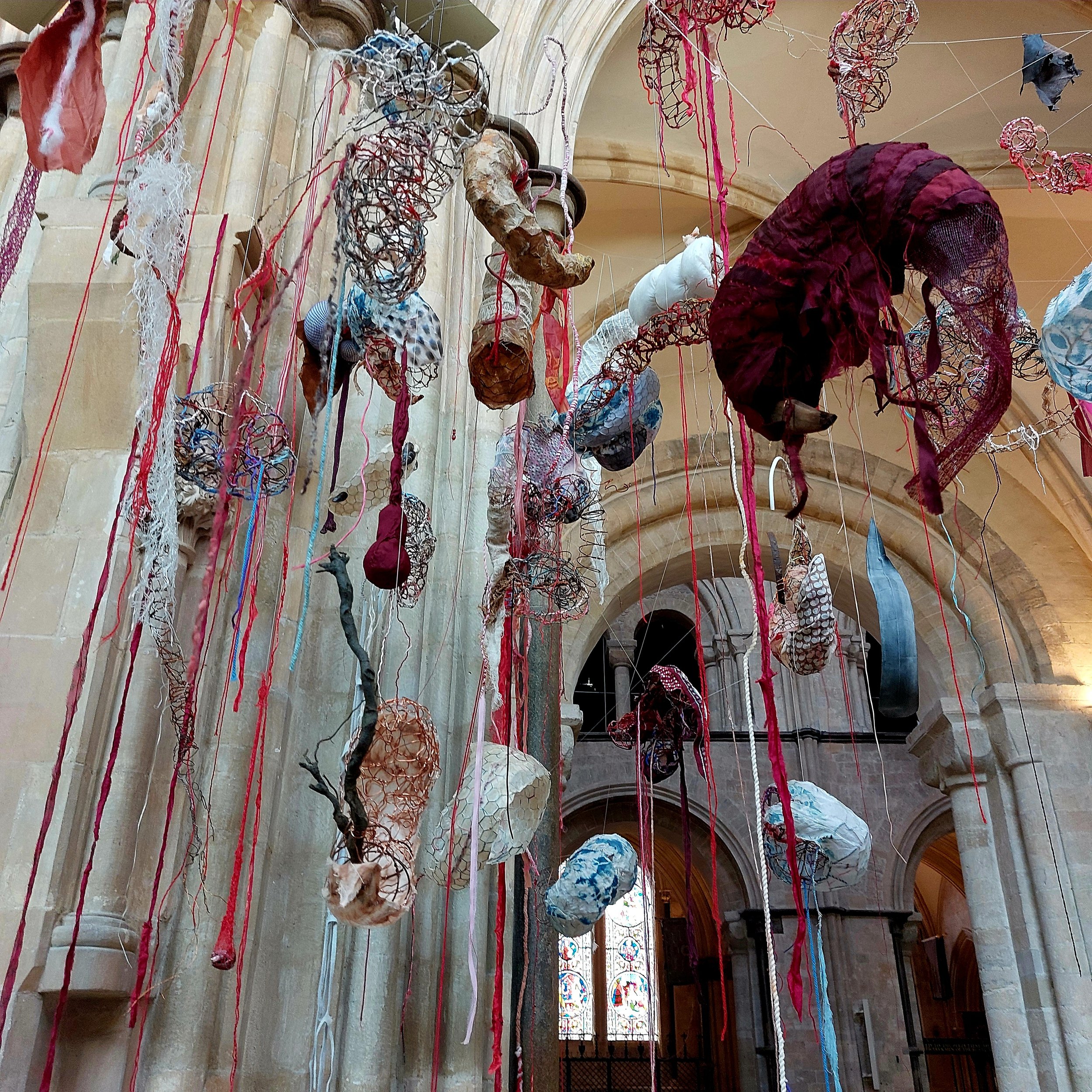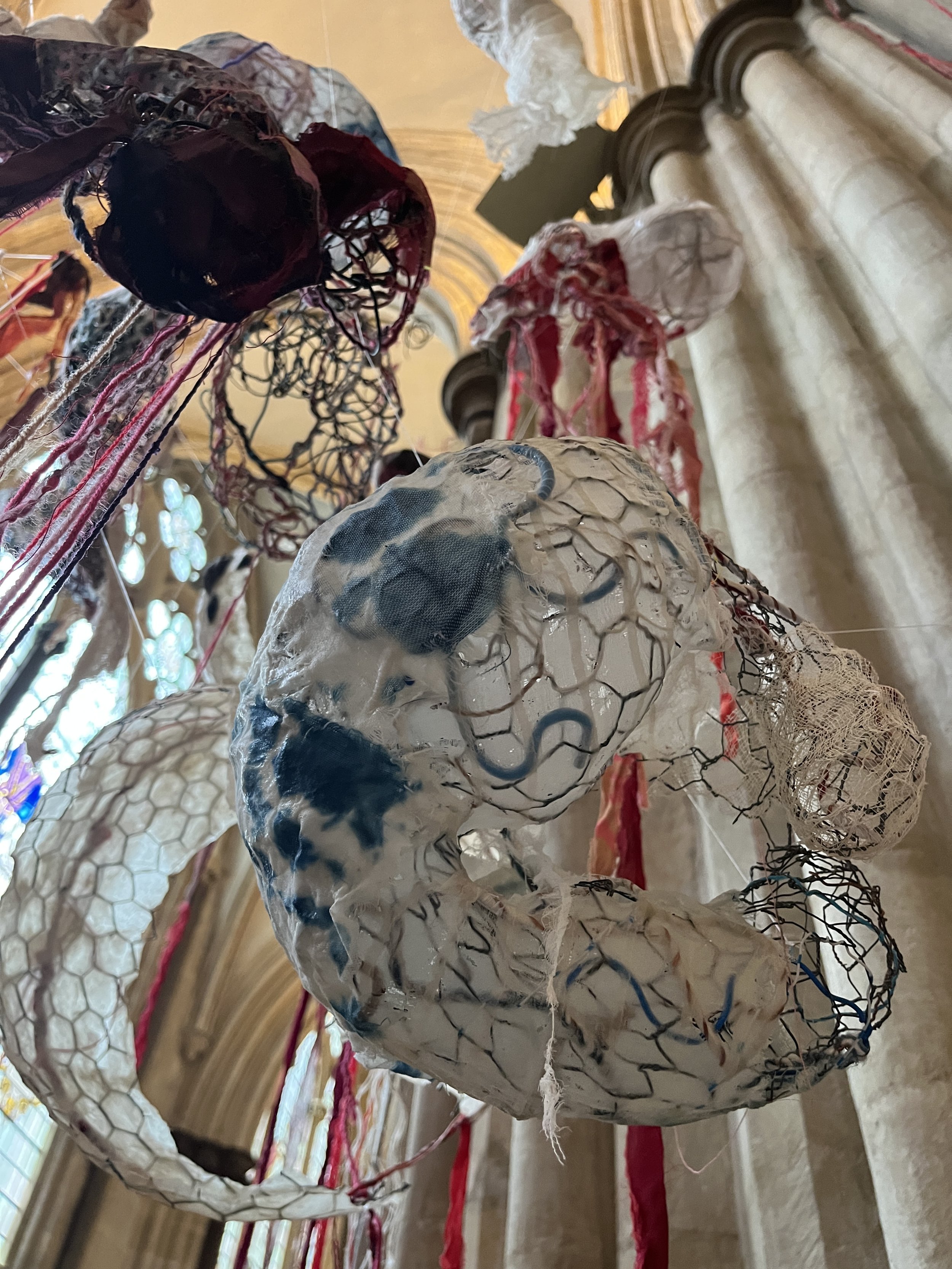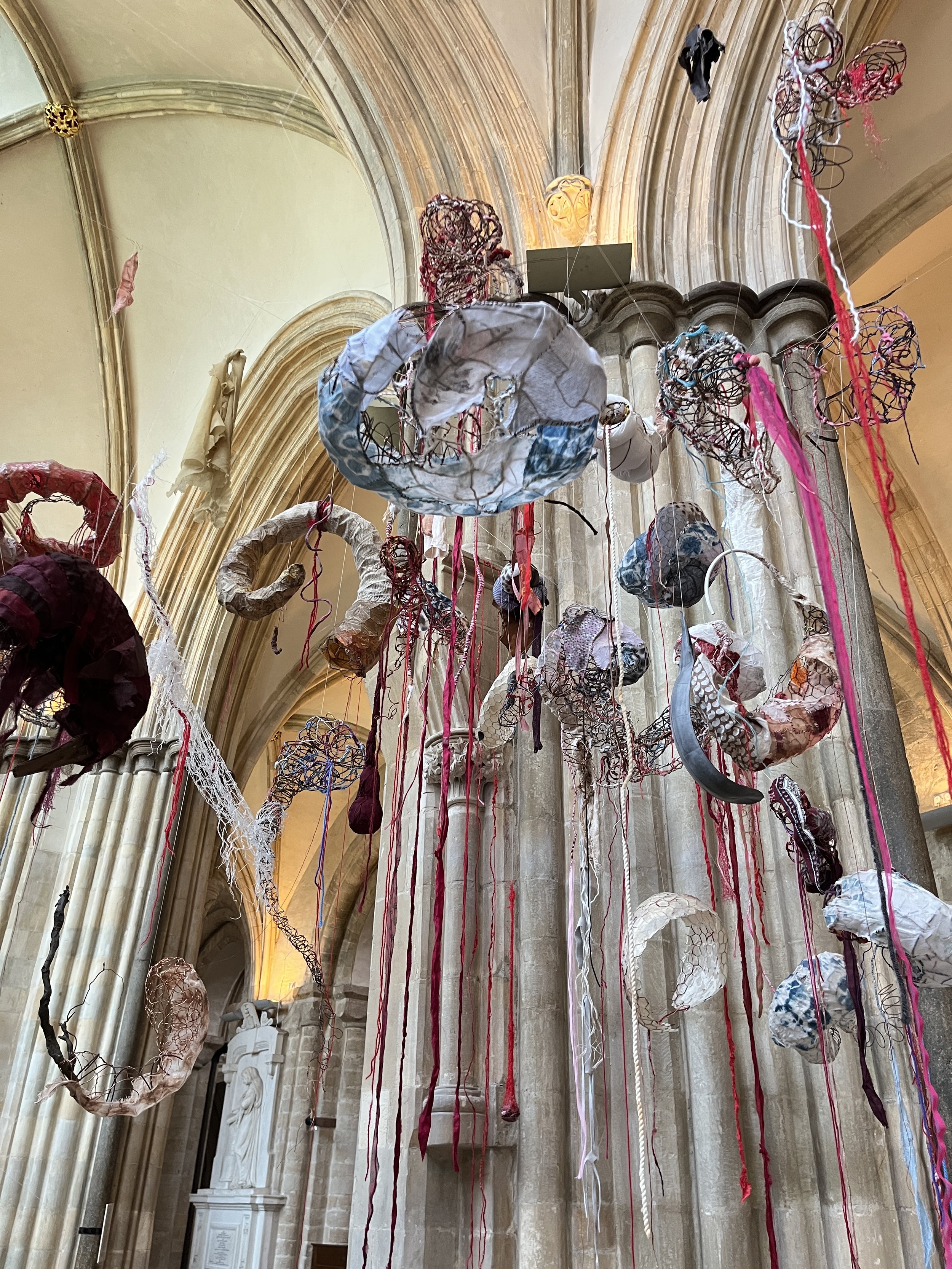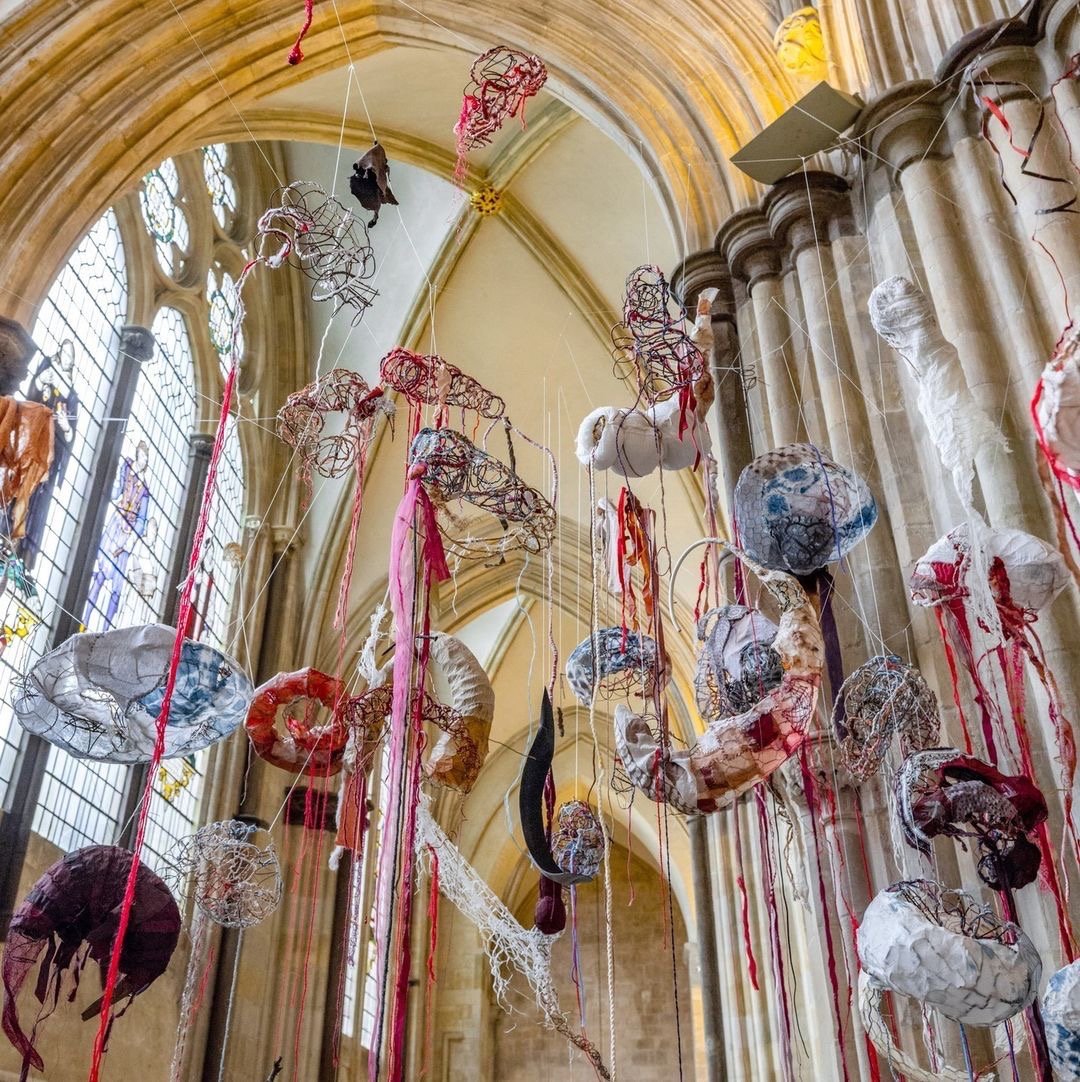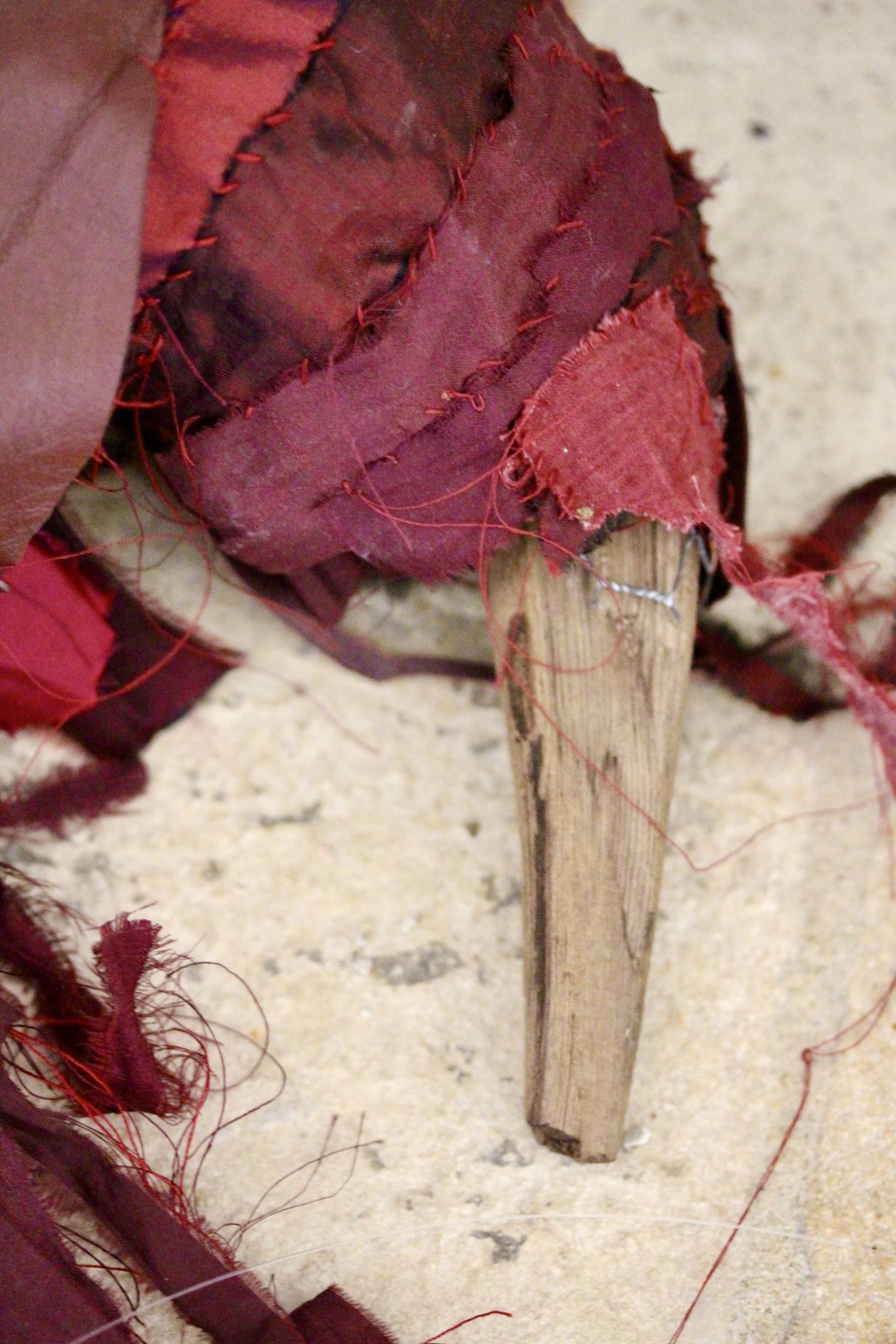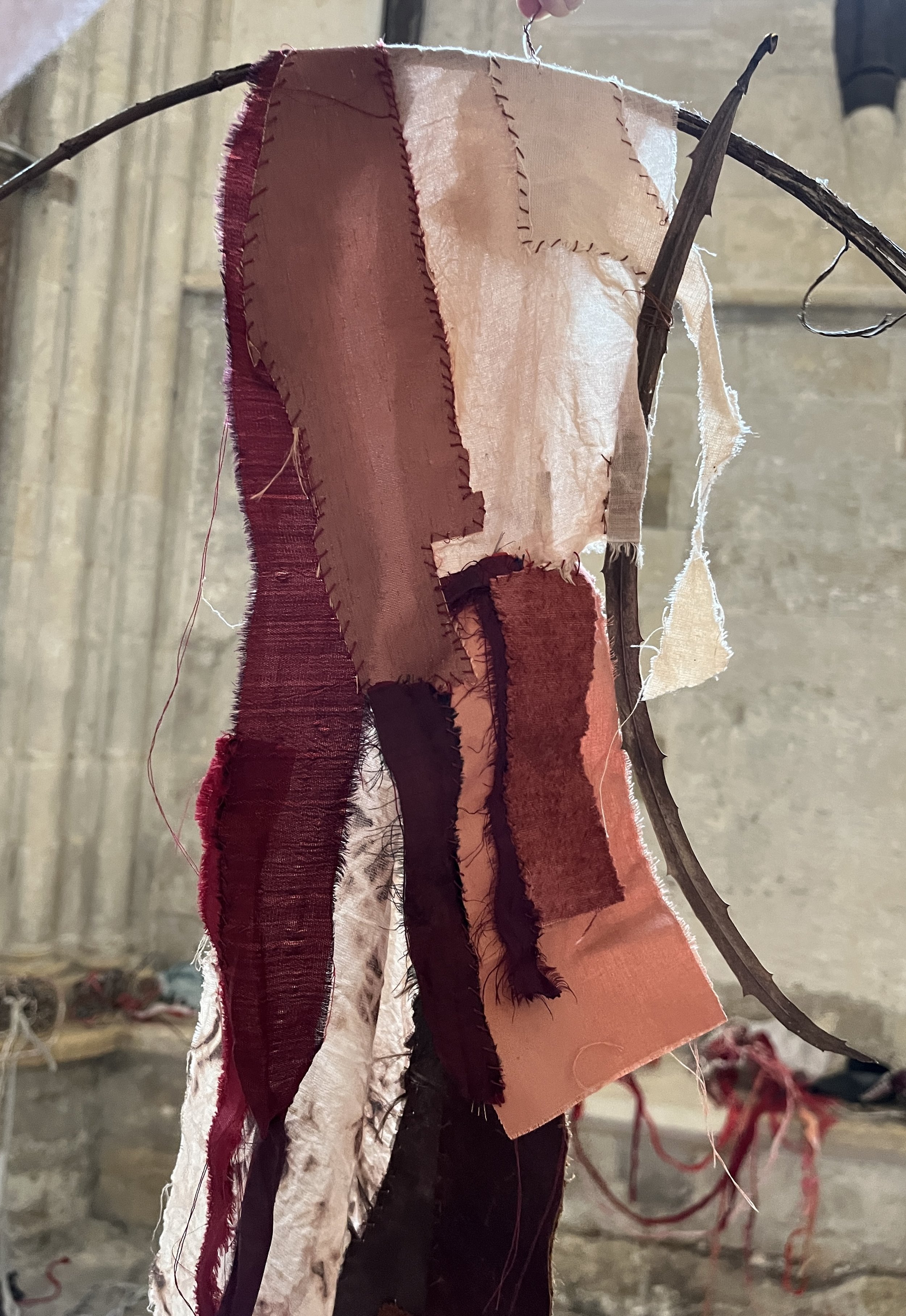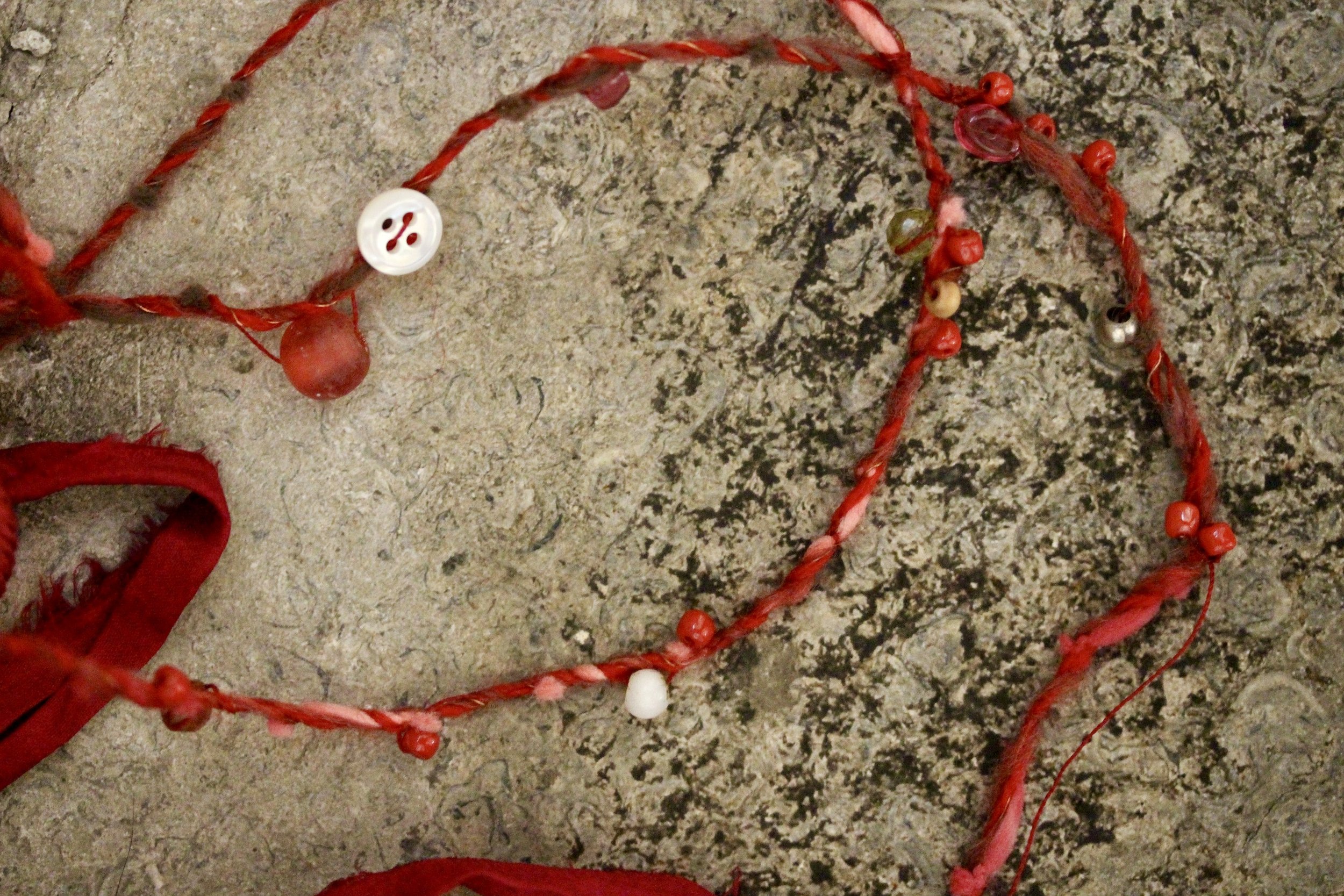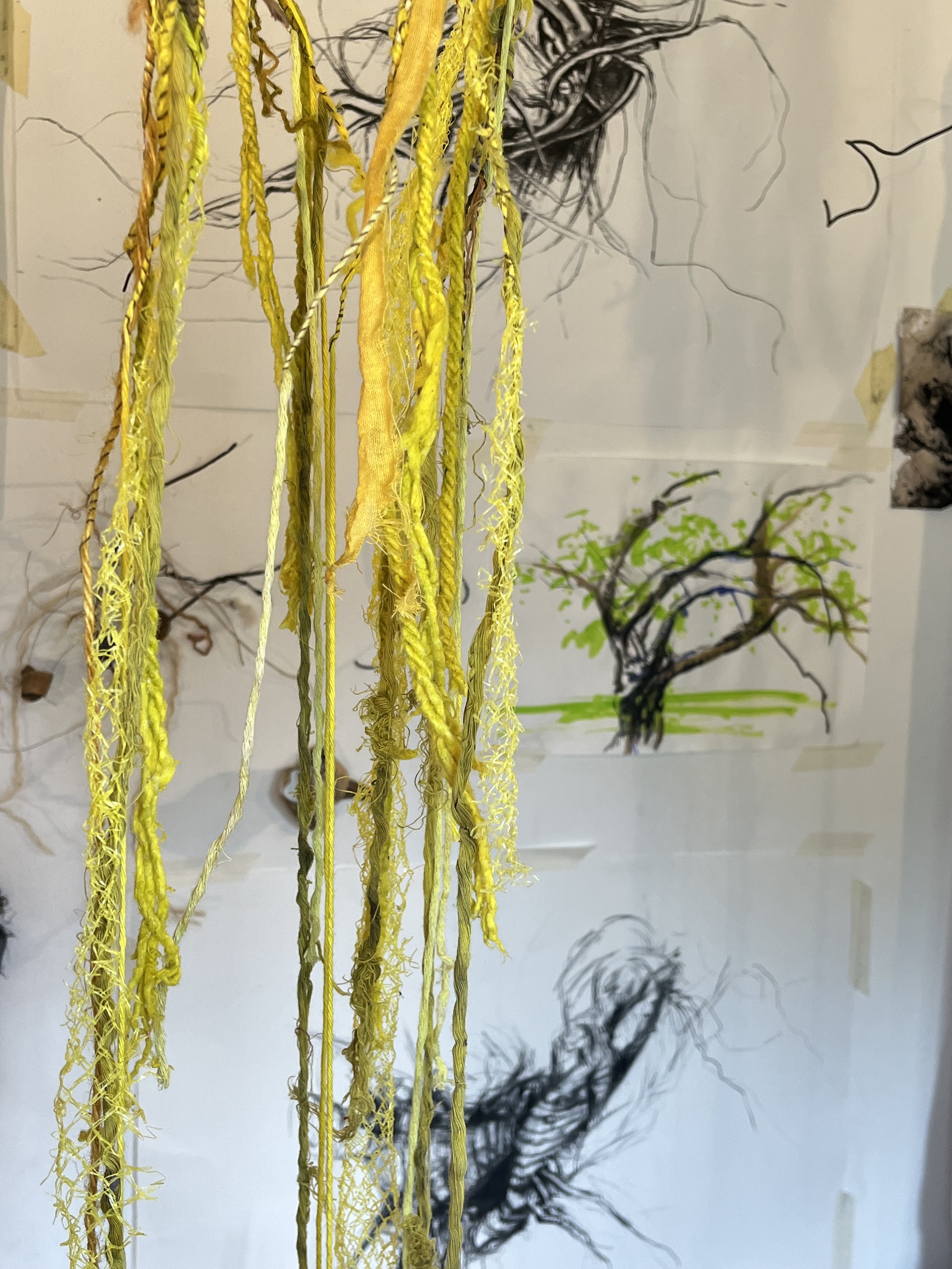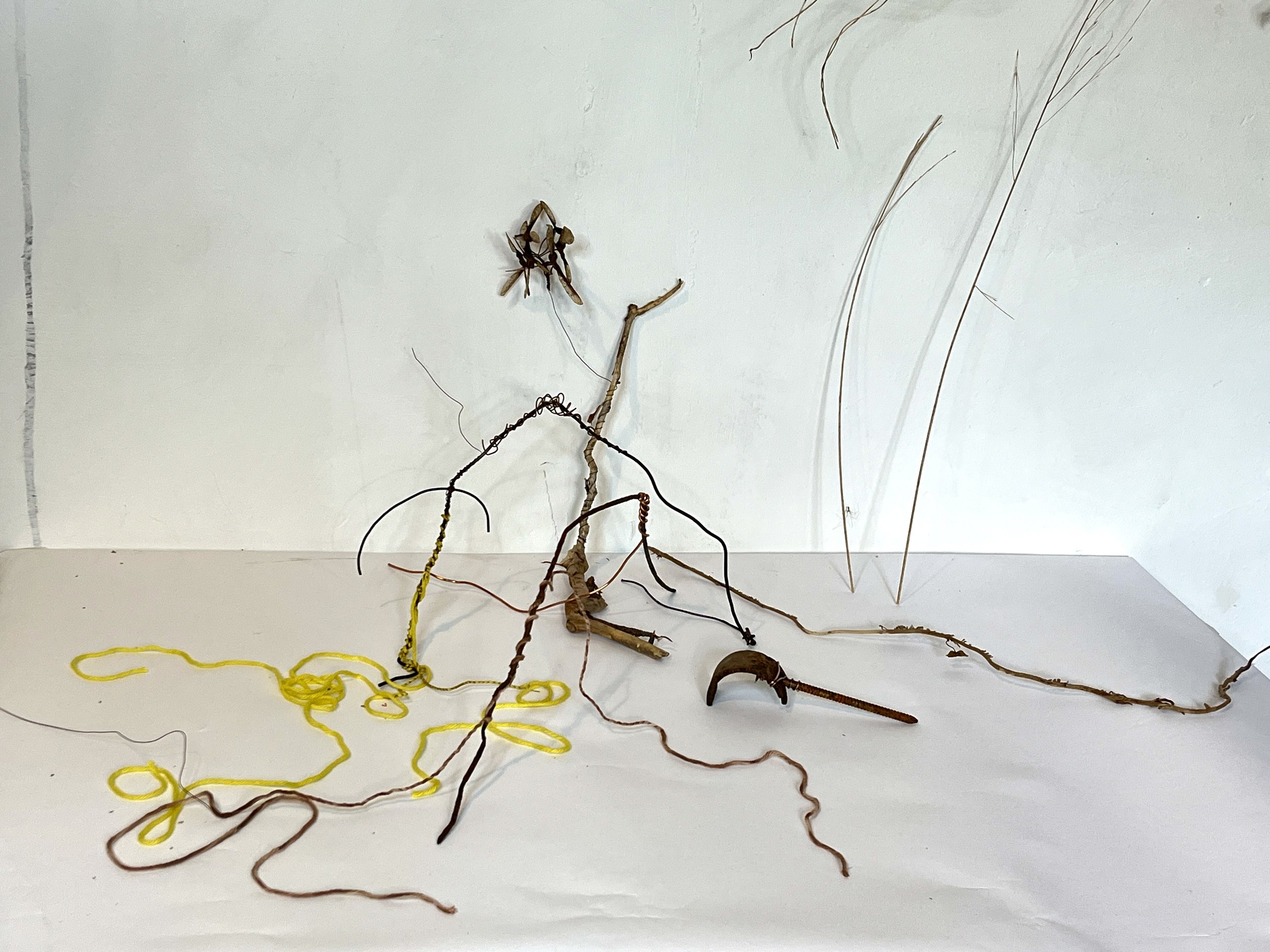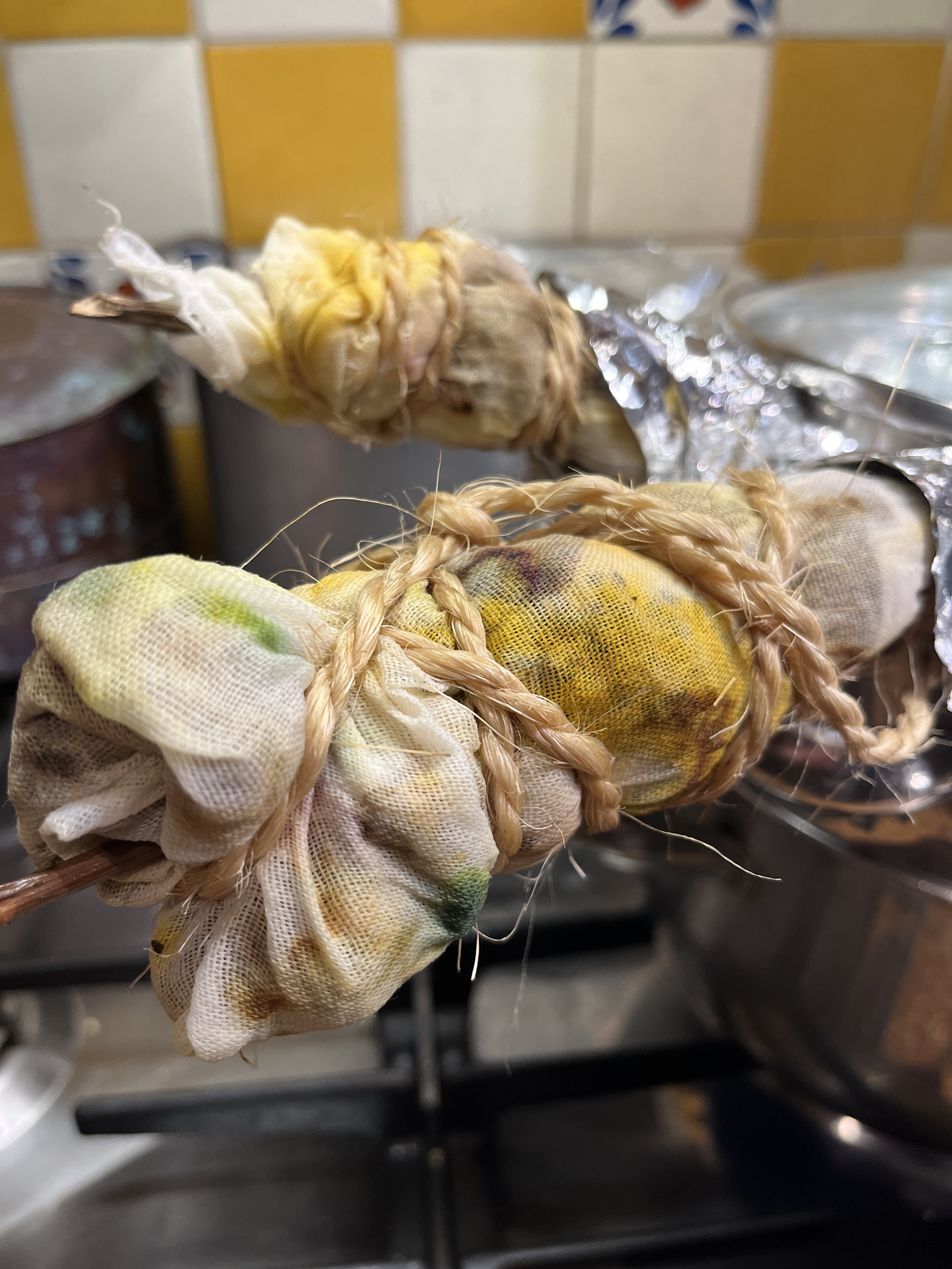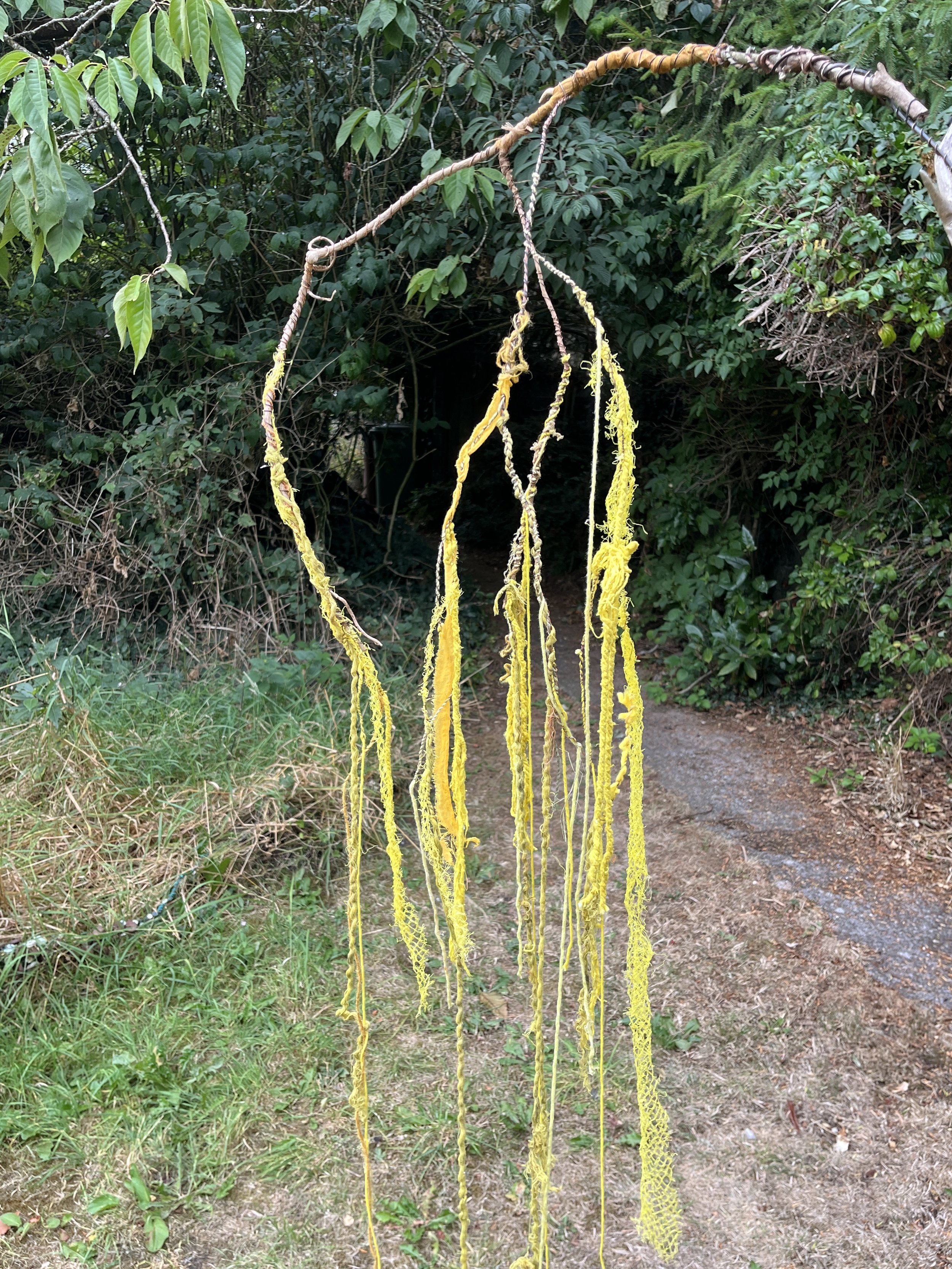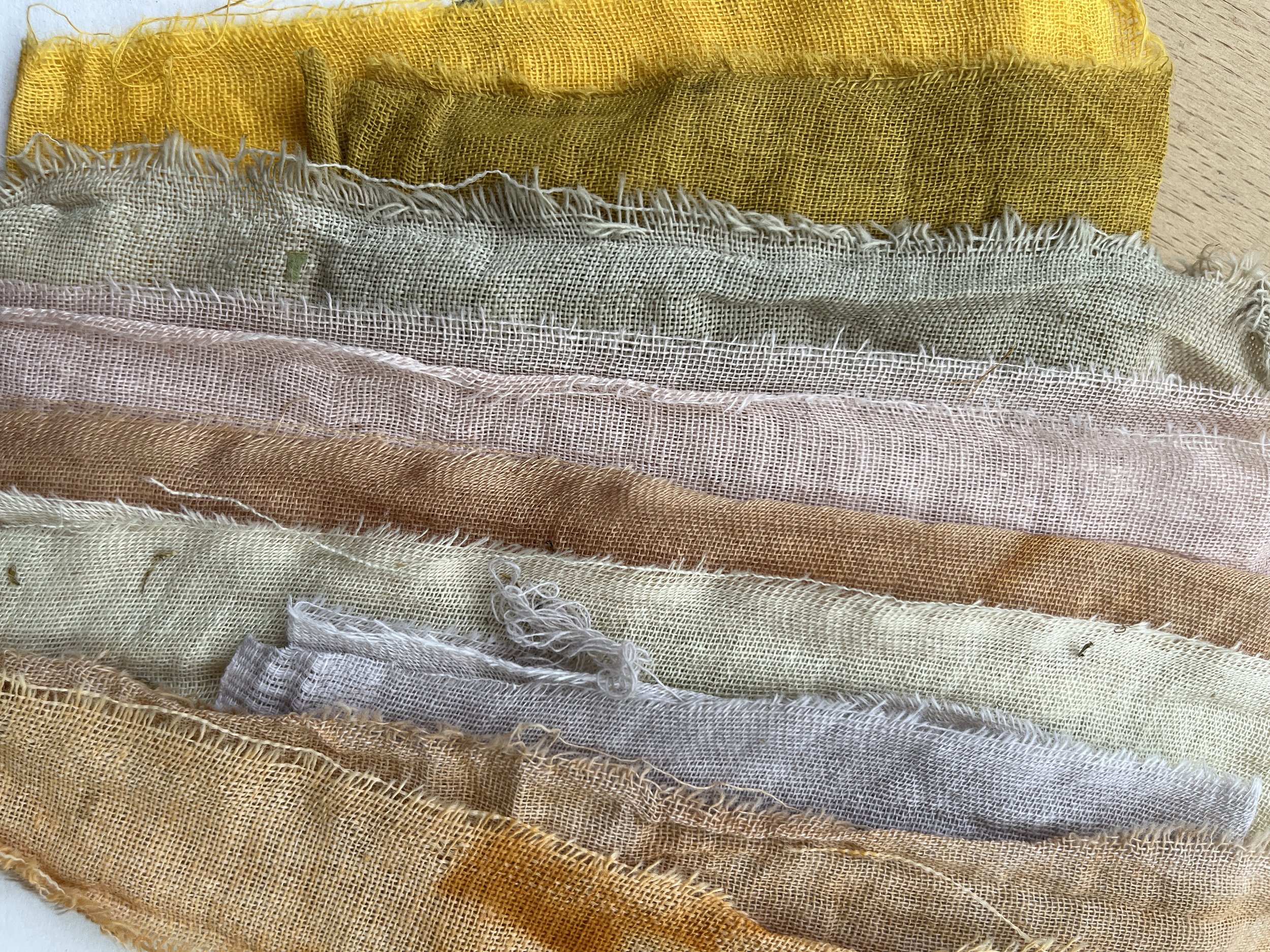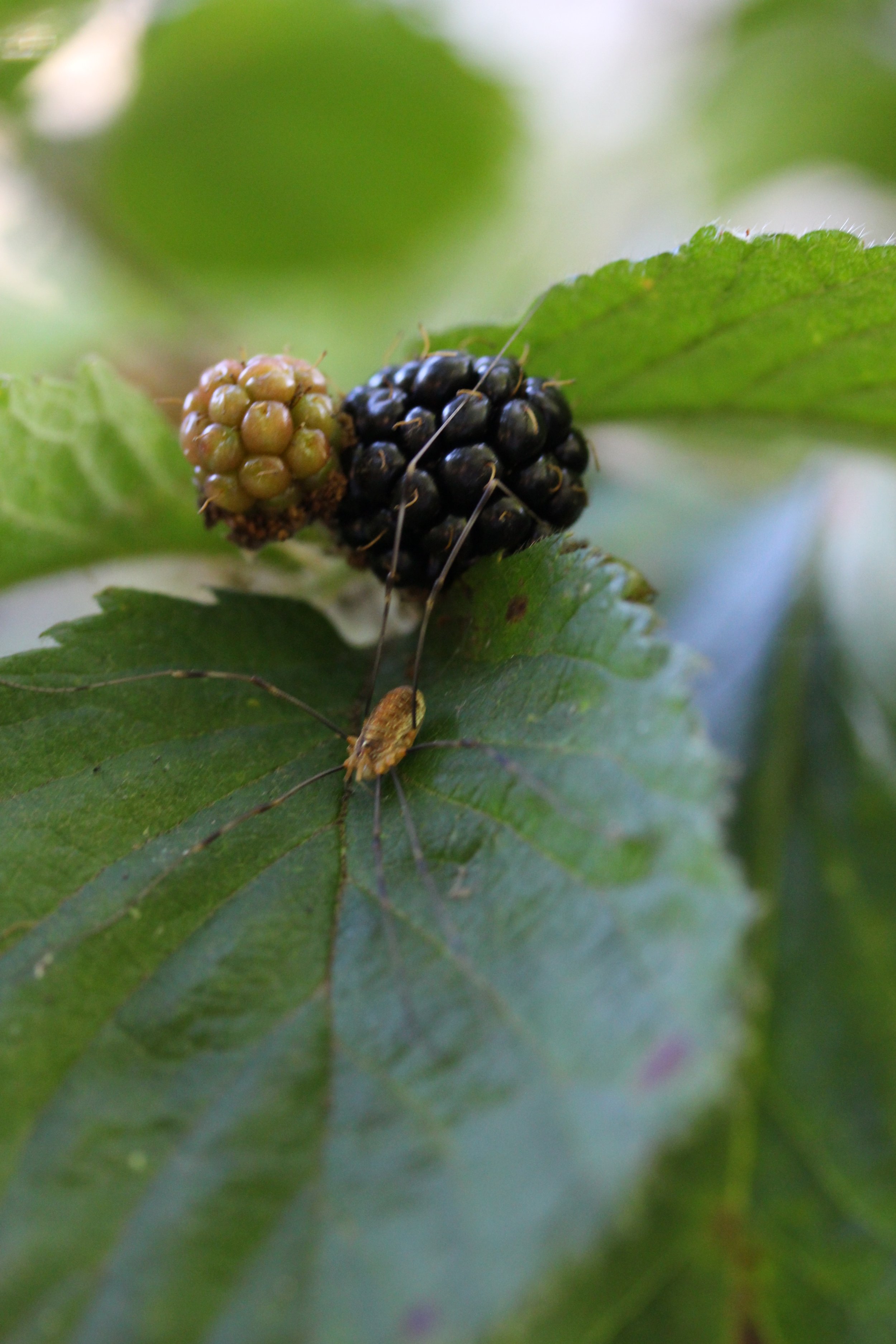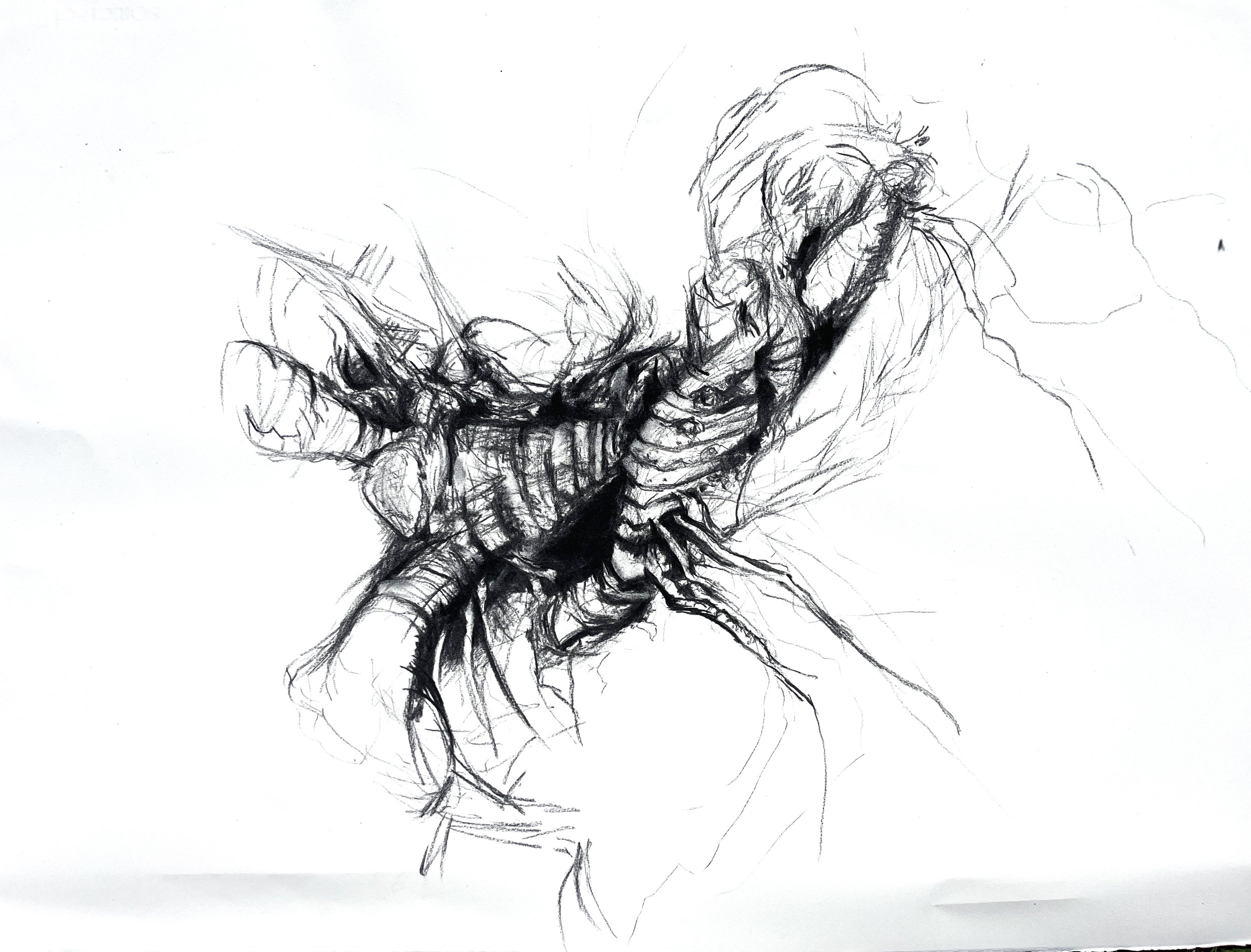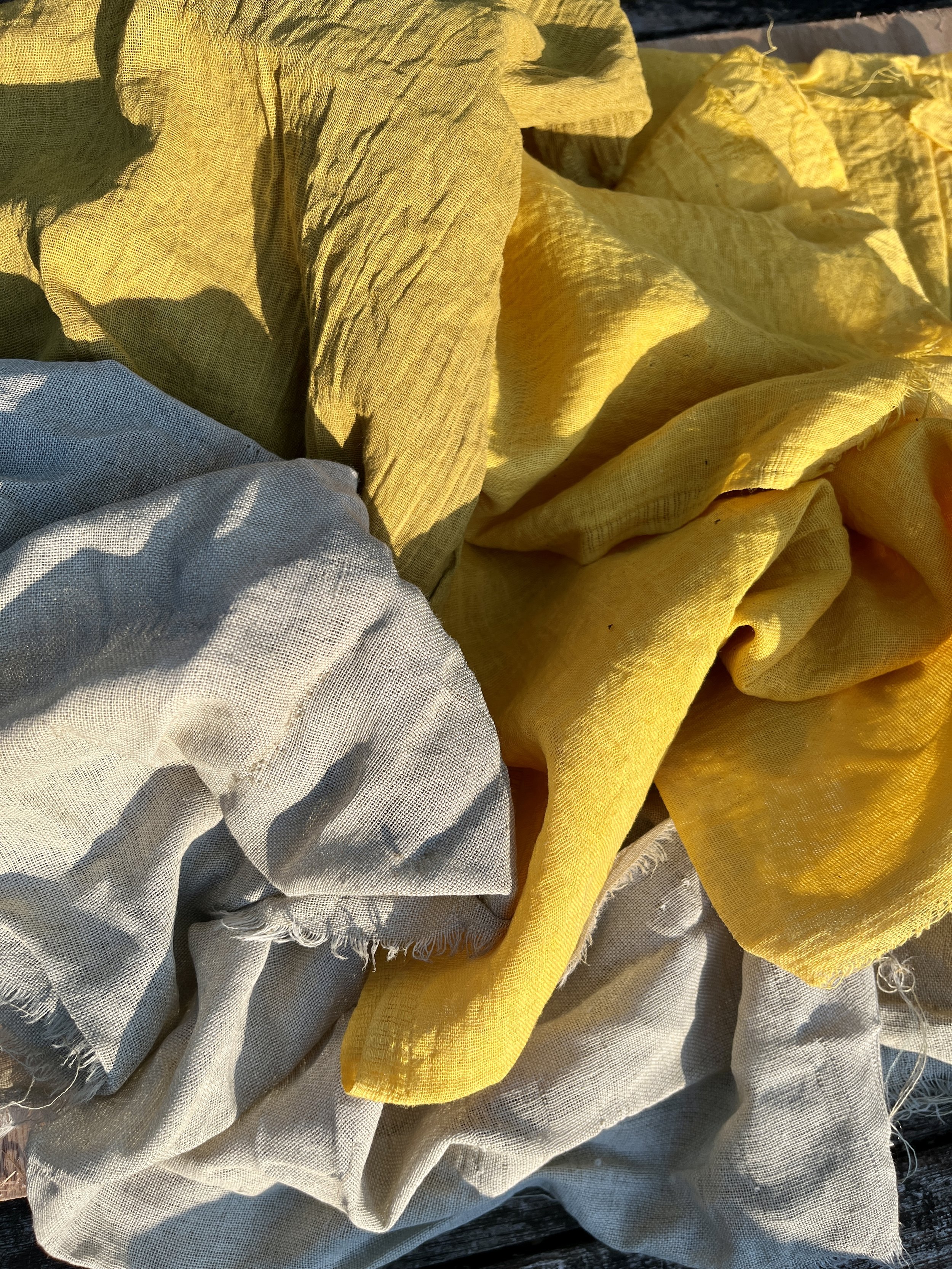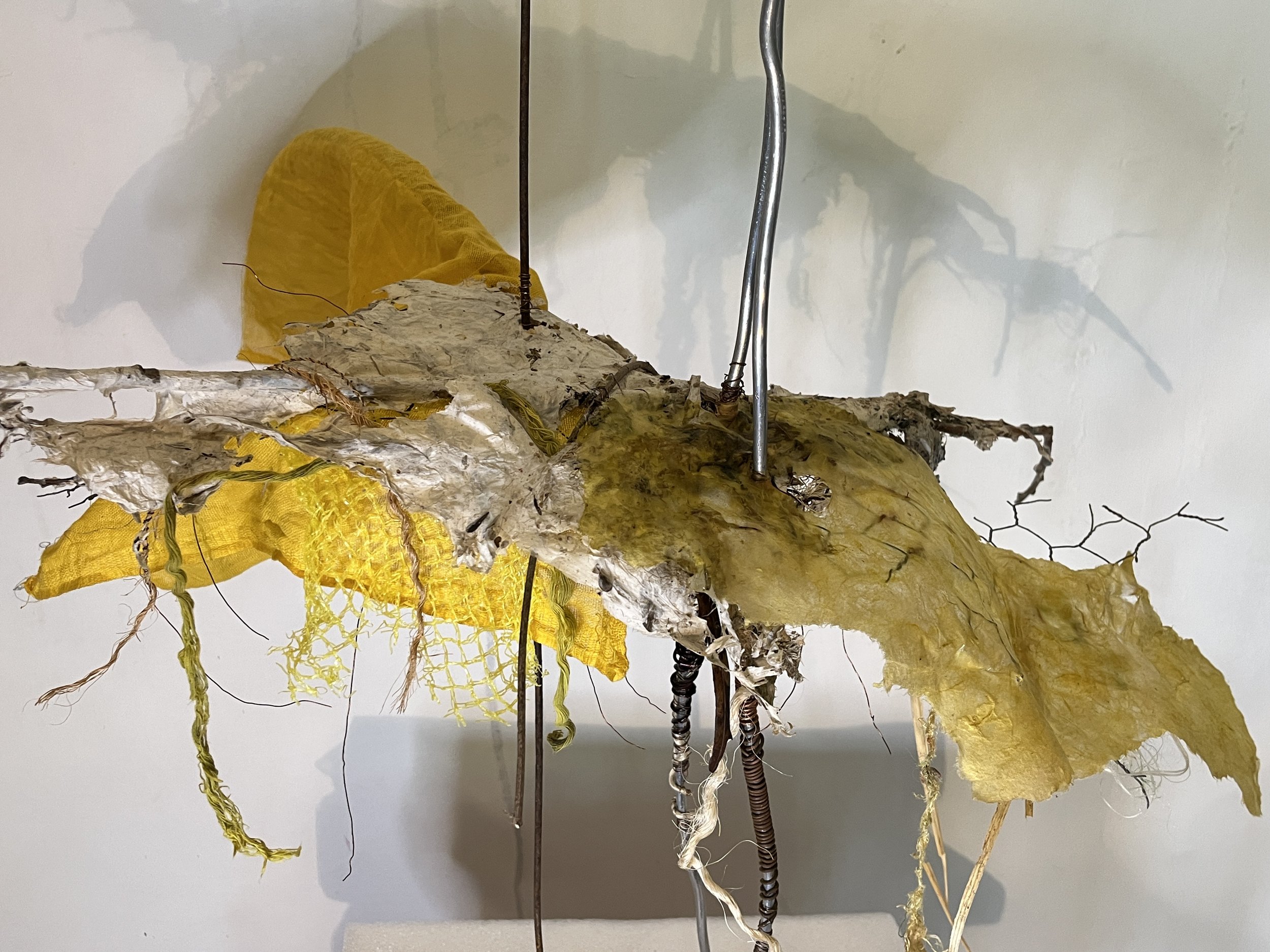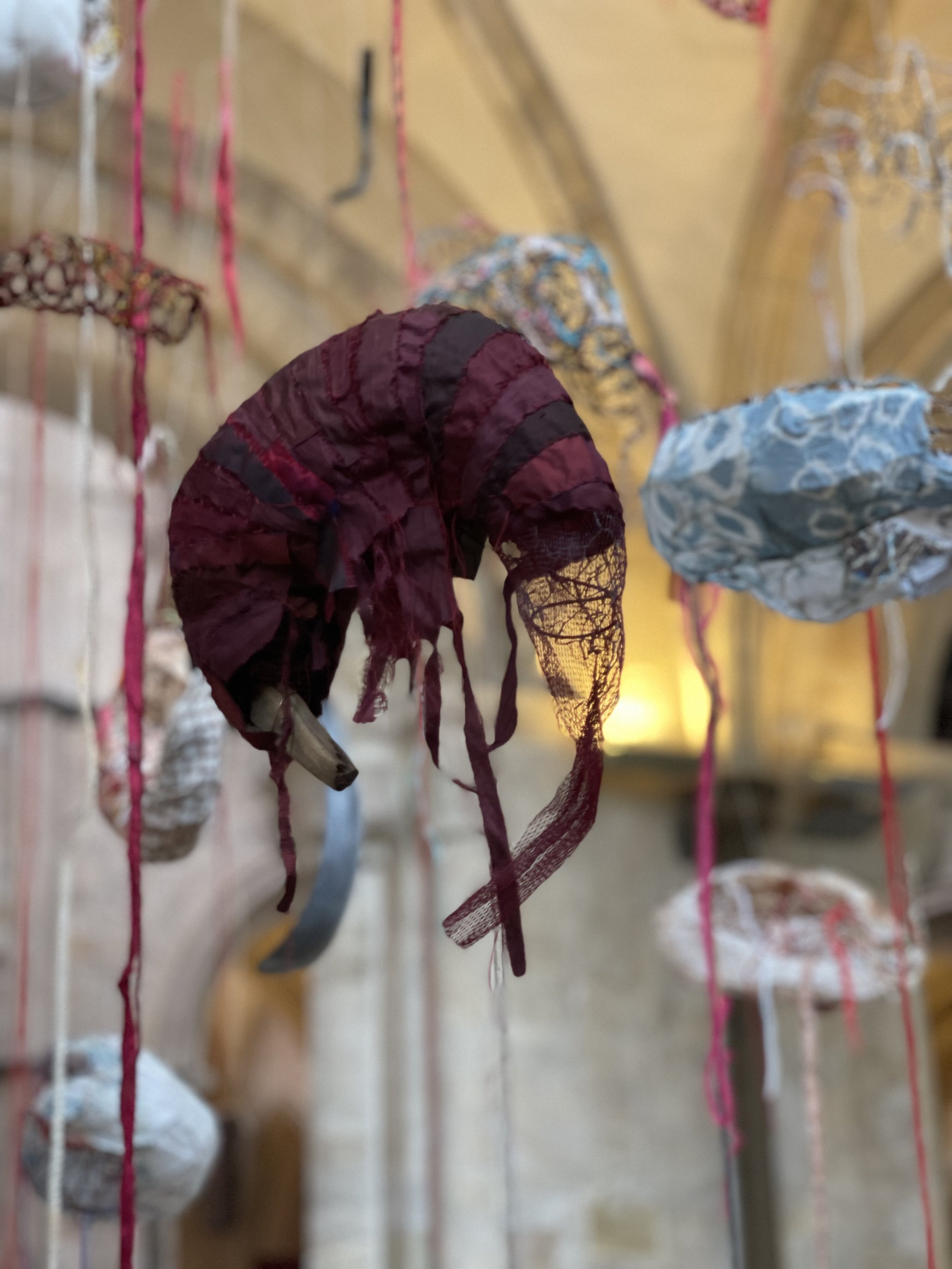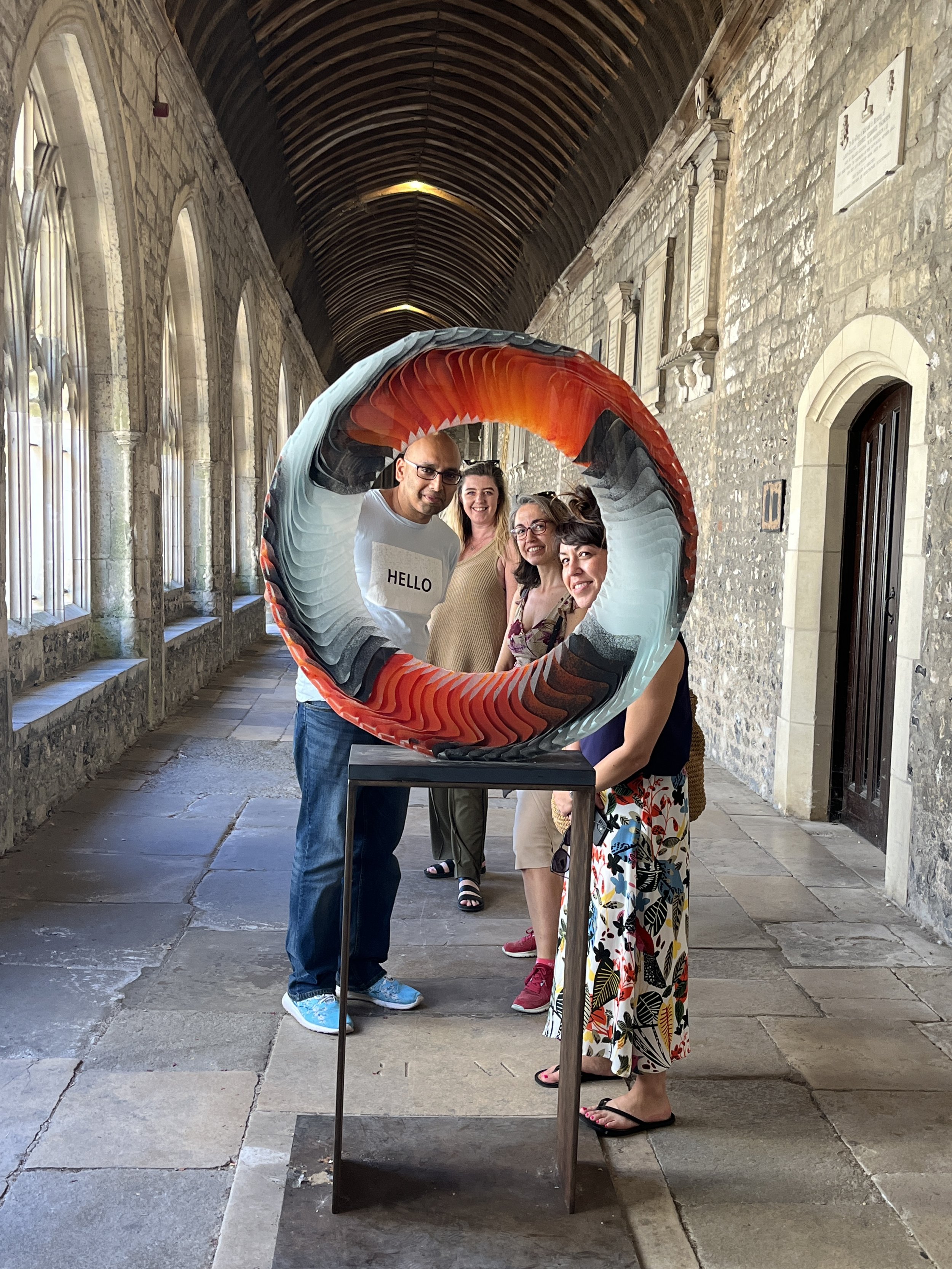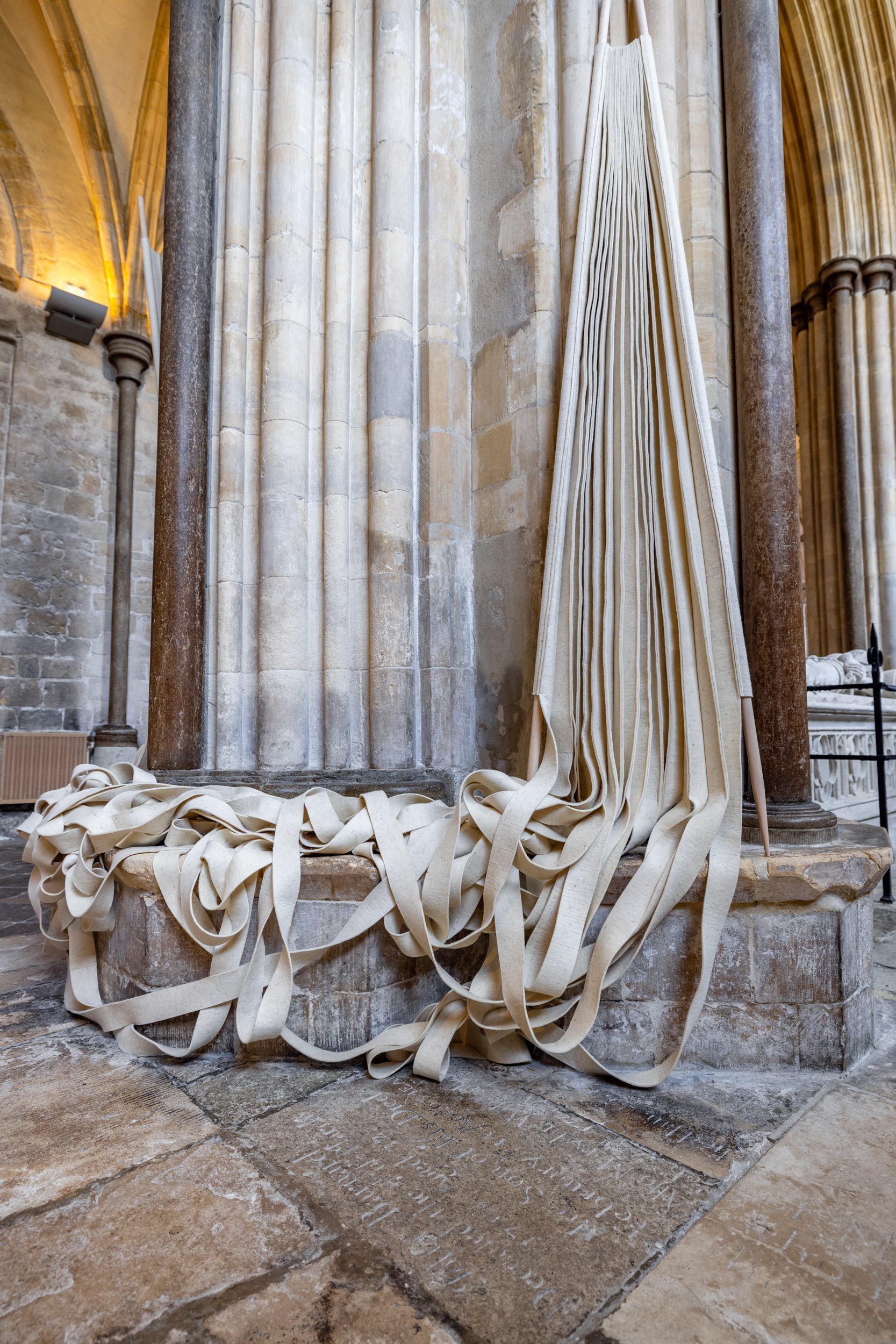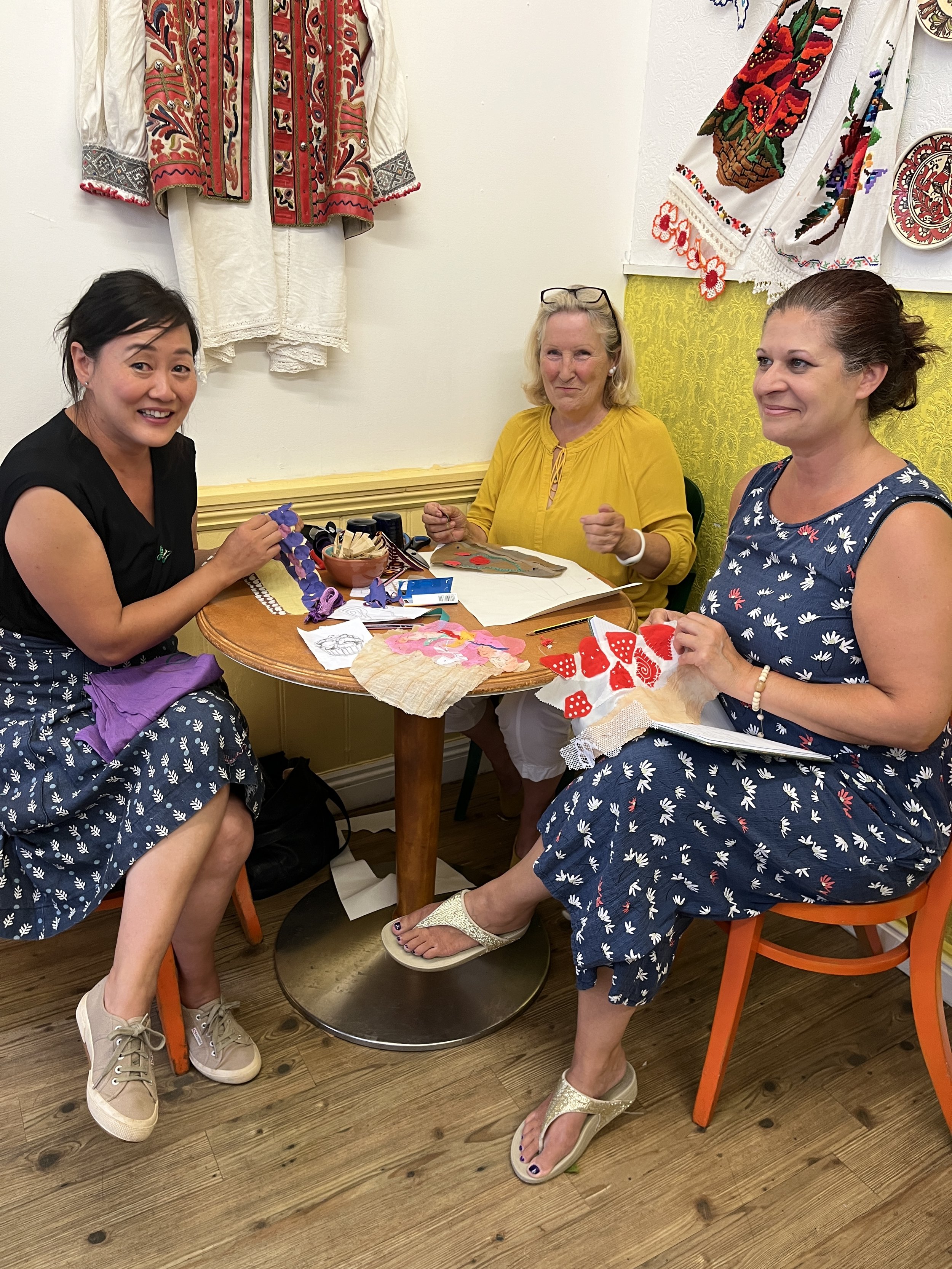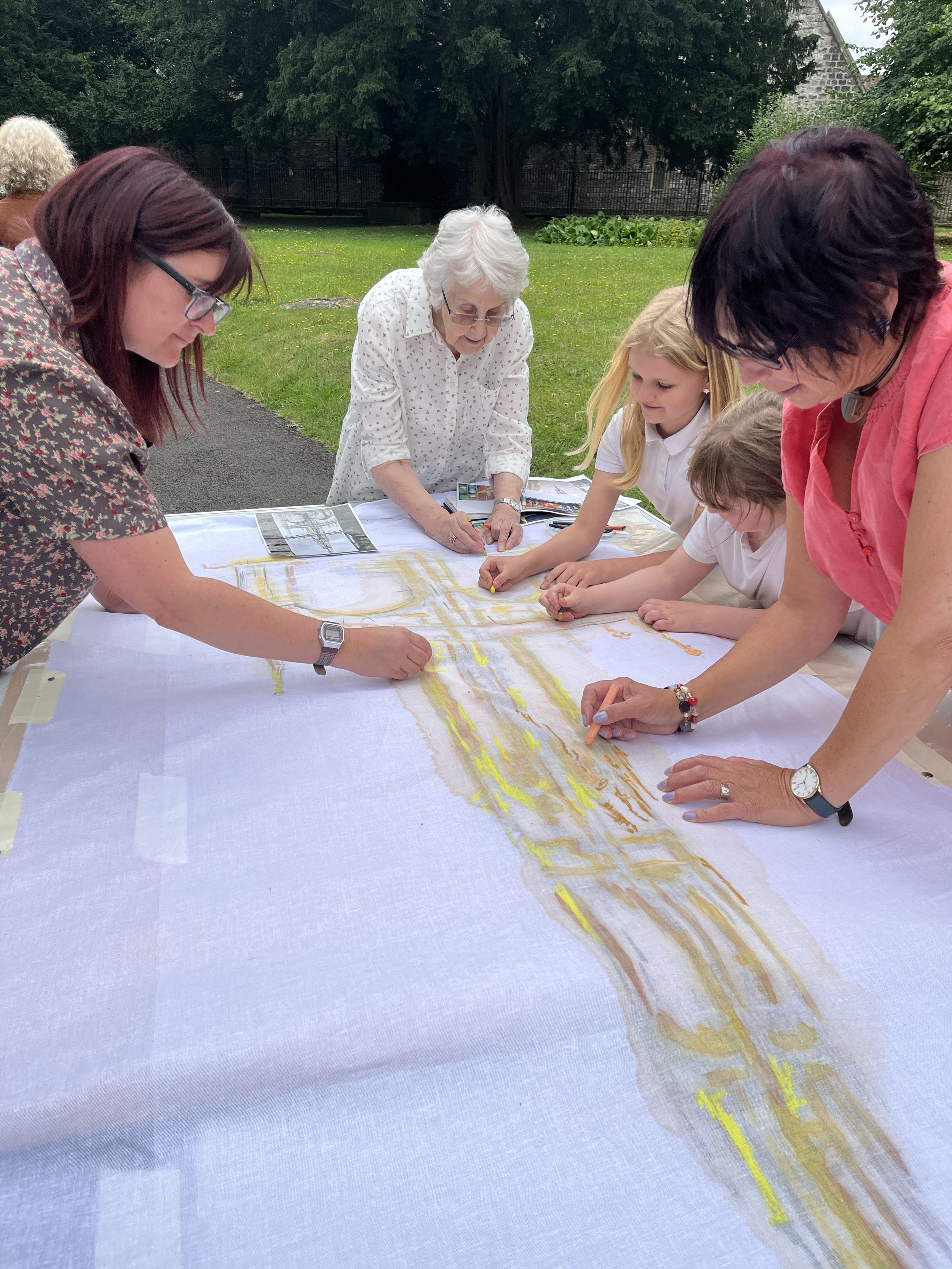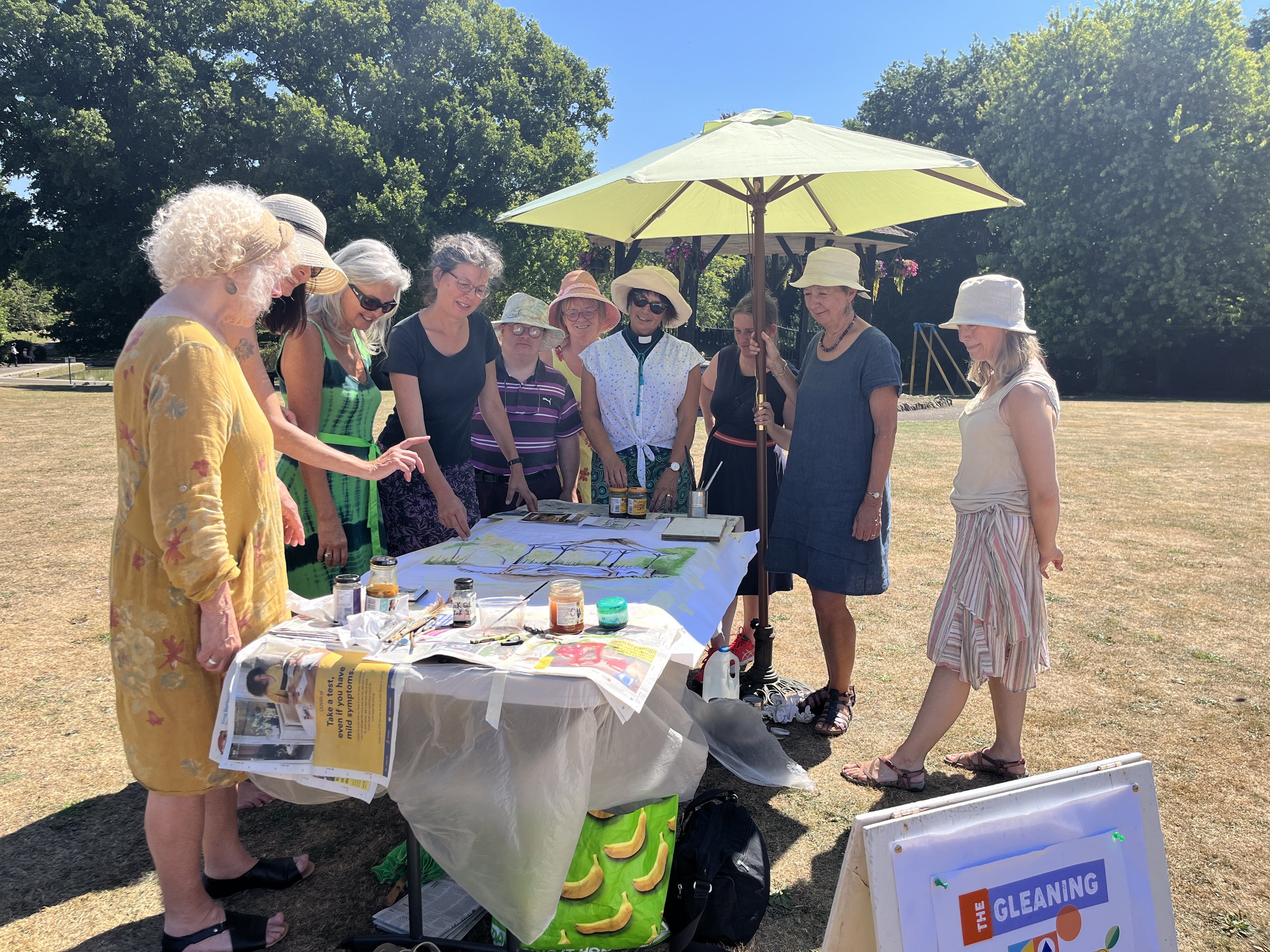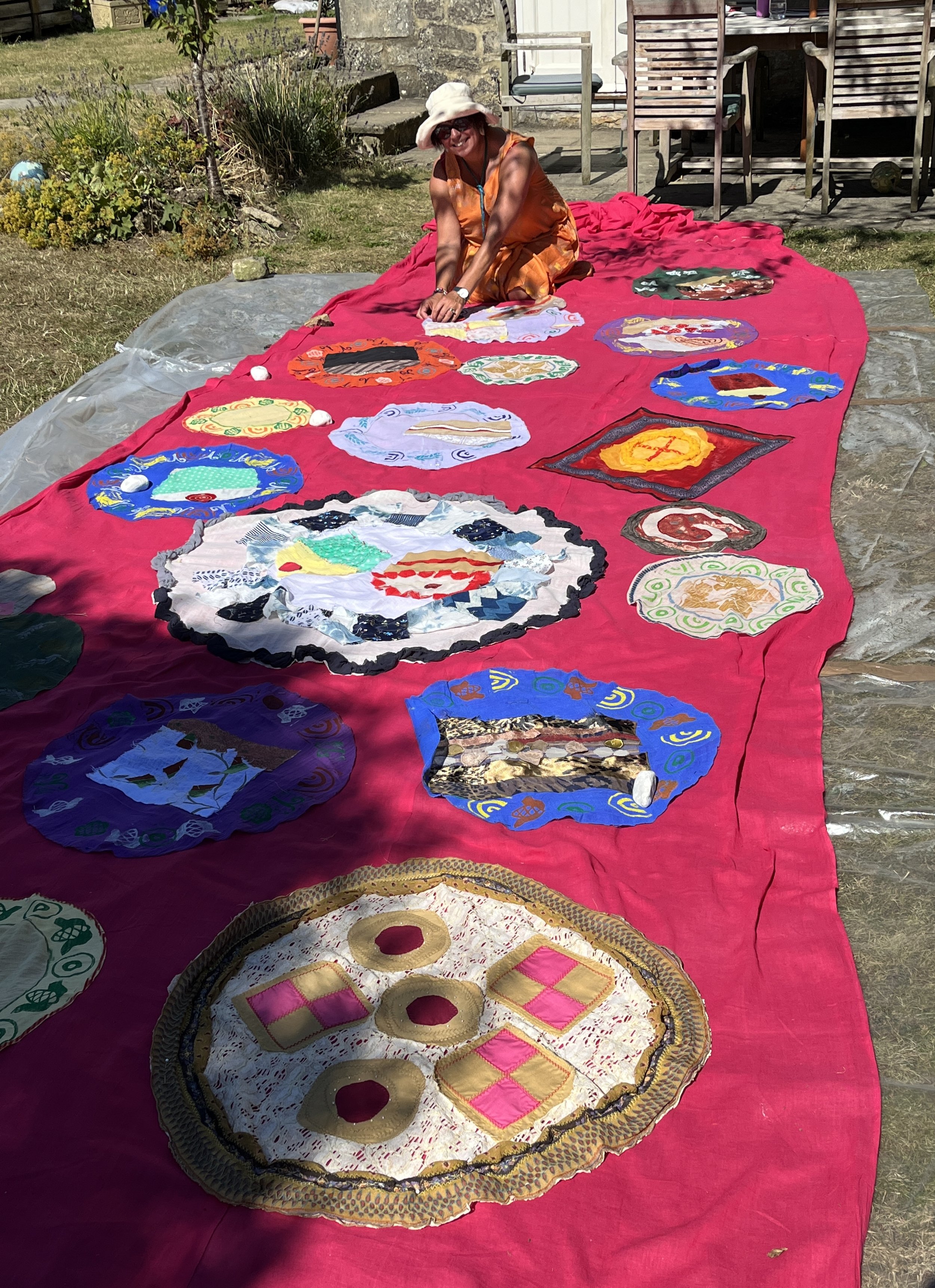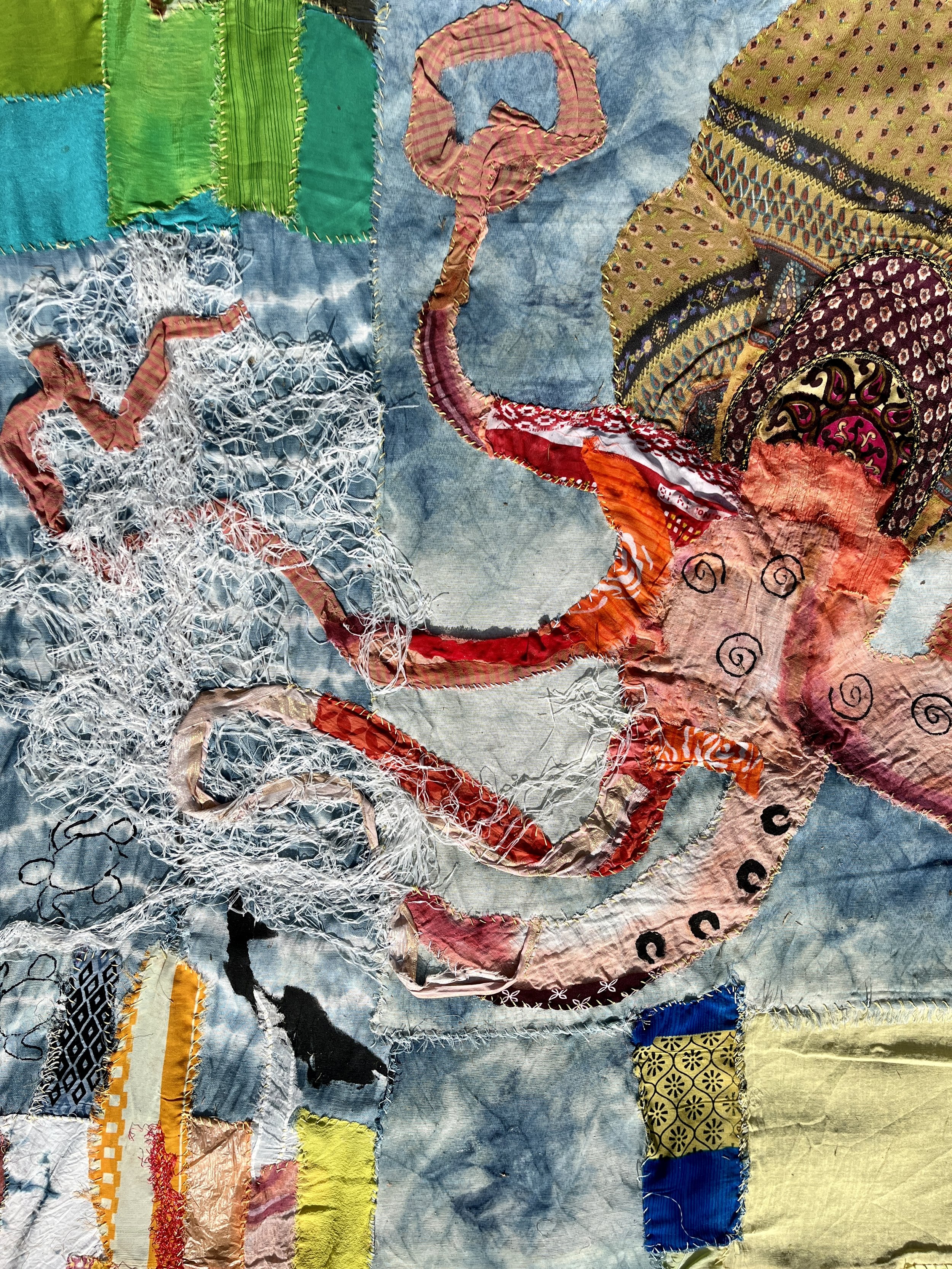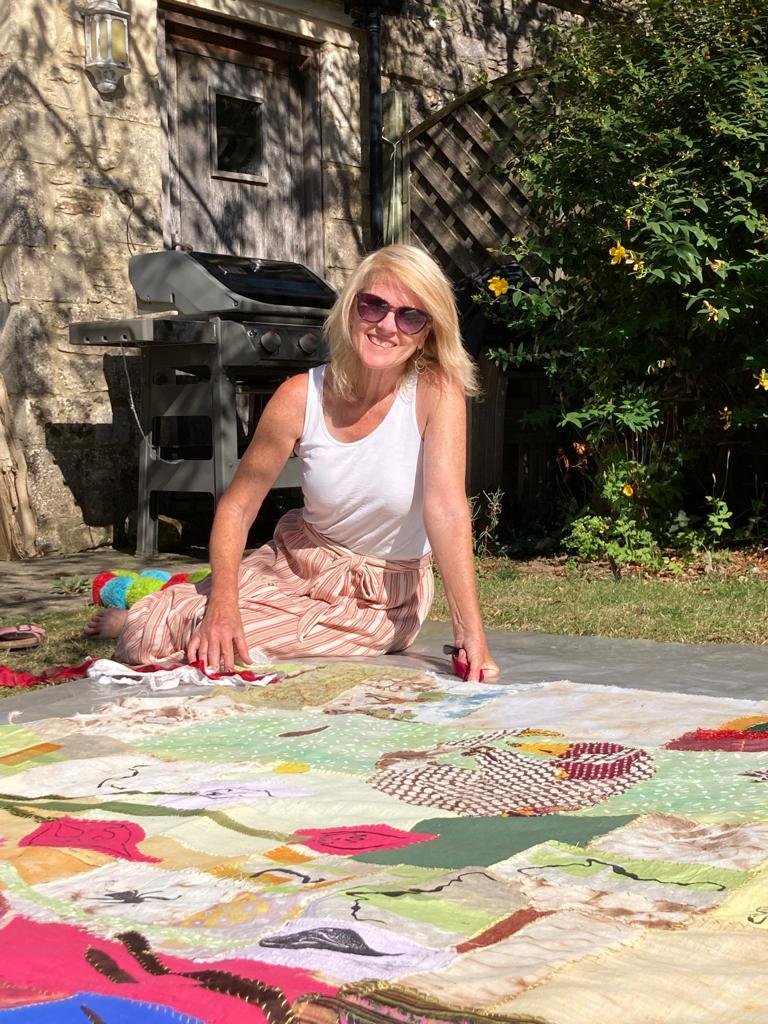Graphite bark rubbings - handmade book (detail)
For the past 3 weeks I’ve been in Kenya on a Research trip as part of my Arts Council Developing Your Creative Practice award. I immersed myself in Kenyan culture, visited galleries, museums, markets, other places of interest, and met contemporary artists & curators. In the final week I went to Nanyuki, on the edge of Ol Pejeta game reserve which overlooks Mount Kenya, for more wildlife, sketching, a bit of relaxation and family time.
I stayed at the inspiring Untethered Magic, Ongata Rongai (↑), on the outskirts of Nairobi. Situated on the edge of the national park it overlooks a dramatic river gorge, where artist Syowia Kyambi has her studio. She was away collecting her work from Venice Biennale (Kenya Pavilion), so I was hosted by her colleagues. Loved all the conversations and art-based adventures we had. We visited Neo Musangi (writer and performance artist) and Justus Kyalo (etched rust works on steel); walked through the bush and across a rope bridge to Kitengela Glass, where we watched glass works being made. Saw lion paw prints, and learnt to recognise hyena poo (white).
Then a trip to Malindi and Watamu on the coast (↑), where I learnt more about the complex history, physical geography, flora, fauna and cultures there. A Swahili port, Malindi has a turbulent past, having been colonised by the Portugese (Vasco da Gama visited in 1498), Sultan of Zanzibar, and British. On the beach at Watamu, I drew, collected found objects, and made a couple of impromptu sculptures, attracting local interest. I invited a couple of beach boys to make a collaborative sculpture with me. We had a little performance at the end! Went snorkelling - the best part was watching a pod of 50+ dolphins swimming - quite a rare sighting.. Very sad to see the coral depleted so much since my childhood in Kenya due to climate change...
I visited Hell’s Kitchen (↑), Marafa, a mini ‘grand canyon’ depression of sandstone, comprising dramatic layers of calcium, sulphur and iron. Colours range from whites, pinks, ochres and reds, formed into giant folds, pillars, gorges, pinnacles. I arrived late afternoon to experience the colour changes at sunset. Too hot for much life, I was fascinated by the few trees which hang on by strangely formed roots. Myth tells of a rich selfish family who bathed in milk rather than water, leading to angry gods causing them to be swallowed up. There are many other Giriama stories. I went on a detour expedition to find a couple of rare surviving Giriama grave posts in a dwelling nearby.
I’ve discovered more about the rich variety of Kenyan trees - many have healing properties and are used for timber/ house building poles (often combined with earth, sometimes coral), eg: Mukinduri, Mung’ambo (which I can now pronounce), Neem, Mukula... Encountering trees up close, drawing and making bark rubbings, helped me get to know the trees, and I had encounters with creatures in the process. In one instance, a monkey came to touch my graphite pencil! Visited Gedi ruins, (12th c. Swahili city near Malindi, abandoned aprx 600 years ago, due to plague) once a wealthy trading city, with palace, sultan, governors, and sophisticated water, bathroom and air conditioning systems. Now, the ruins are overgrown with magnificent indigenous forest trees, including ancient baobabs.
I walked around Ndoro Sculpture Garden, a vast private collection of Zimbabwean stone carvings. Owner Carola Rasmussen was welcoming and explained the background of the work - especially one her favourites Bernard Matemera.. Each sculptor has an individual style, not to be copied. The value of these works in the context of African art is significant. The garden is open by appointment. I appreciated Carola’s excellent personal tour.
Back in Nairobi I visited Kuona Artist Collective (hub of artists’ studios ↑). I saw Dennis Muraguri’s matatu prints & mixed media sculptures: patches of metal components attached to wood with copper stitches. There were colourful woodcut prints of heads with headwear by Ndunde Bulomo; jacaranda wood sculptures of dancing guitars and totemic figures by Mosoti Kepha. Yassir Ali incorporates Sudanese text into abstract paintings, some with figures. I enjoyed chatting to artists about their ideas.
Circle Art Gallery’s exhibitionThe Forest and Desert School Revisited, curated by Michelle Mlati, brings together Sudanese artworks, reflecting on African Arab hybrid identity, referencing the ‘60’s Sudanese movement. Forest symbolises African culture; Desert its Arab counterpart. I found Eltayeb Dawellbait’s work: scratchy lines depict faces on salvaged wood; a peeled football, it’s sphere made from reconstituted concrete from a Palestine wall by Kaled Jarrar; lyrical paintings of plant forms by Gor Sudan; Donald Wasswa‘s globular albizia wood sculptures. Loved the fragile hangings made of bark cloth & paper fibres by Sheila Nakitende, which resonated with my recent work. I’m sourcing bark cloth..
At Kobo Trust Studios/Gallery I was given a brilliant tour by artist David Thuku. A papier mâché boat with heads, and distressed paintings of walls with overlaid text (Onyis Martin) recalls the refugee crisis. He uses posters peeled off city walls. David Thuku has developed his own techniques using paper as surface, an intricate process involving cut and peeled layers to reveal different shades/surfaces. Results are striking images of figures and chairs, ordinary objects referencing temporality, past, present, future. Other artists there, manly figurative painters, use different techniques: pattern, layering, bleach into ink… I was engrossed by the range and unique approaches. Each artist has an individual style. A common element is using materials from what’s around - making-do. Grateful to Jim Shamoon for driving me around!
I visited One Off Gallery (↑) and met owner Carol Lees, and Marc van Rampelberg, celebrated furniture maker and serious collector of East African art. We had a great conversation about the contemporary art scene in East Africa. Marc was involved in a significant book Thelathini (published by Kuona Trust) featuring artists who are a main part in the story of contemporary East African fine art from the ‘60’s onwards. Found Harrison Mburu’s animal metal sculptures humorous. Paintings by Ehoodi Kichapi had an ‘outsider’ quality, upstairs a treasure trove of stacked works, and more in the lush sculpture garden. At Redhill Art Gallery I was welcomed by owner Hellmuth Rossler. Rashid Diab’s etchings are on show, some with bird imagery as poetic, ancient mythological symbols. His use of faded calligraphic Sudanese text adds mystery. Artist Dickens Otieno met me there, with one of his alluminium can weavings to show me. It was a privilege to meet him and study one of his pieces. He was one of the artists representing Kenya at Venice Bienale 2022.
Next day I visited the impressive Nairobi National Museum (↑) . I was intrigued by the artefacts, relics, wildlife specimens and historical narratives. Especially captivated by the gourds displays. The Abuu (musical horn) is made with gourds attached by wax/grounded bark. Africans have been recycling for centuries, using metals and found objects to make ornaments. Many masks, headdresses, and skirts are made from plant fibres, animal skins, shells, beads.. In the art gallery is a chair made from pangas (knives). Nairobi Gallery houses Joseph Murumbi’s extensive collection of art, artefacts, books. Acclaimed ceramicist Magdalene Odundo is one of several pioneer East African women artists. Her smooth wide rimmed vessel greets in the entrance, with signature pinch marks, and tangible human form. Also there: hammered relief metal panels by Asiru Olatunde, paintings of animals, etchings, Benin sculptures, Lamu chair, Mali mud cloths with stylised geometric patterns, Giryama grave posts, and lavish Yoruba costume with exquisitely decorated cloth lappets - all fascinating. I met with curators Lydia Gatundu and Betty Karanja, who offered their thoughts on the development of visual arts in Kenya. We discussed the success story of Ruth Schaffner’s Gallery Watatu, Ngeche art movement and Banana Hill group.
On show at NCAI (founded by Michael Armitage) is Mwili, Akili na Roho (body, mind and soul), a figurative exhibition ‘shaping the broader understanding… of East African Art.’ (↑) It features 10 artists of different generations and approaches through religion, landscape, human/natural environment, supernatural, sexuality and politics. Artists include: Sam Joseph Ntiro, Asaph Ng’ethe Macua, Elimo Njau, Jak Katarikawe, Theresa Musoke (fluid symbiotic relationships of humans, animals, landscape), Peter Mulindwa (confronts post colonial.. uses local narratives in place of western iconography), Sane Wadu, Chelenge van Rampelberg, John Njenga, and Meek Gichugu (interrelated plants, creatures..). The exhibition follows Haus der Kunst & Royal Academy of Arts with Michael Armitage. I found the book Thelatheni and had a good look through it. Some of its artists were on show in the exhibition. It was interesting that the title of the show reflects a quote in the book: ‘The early Greek philosophers defined Man as body, mind and ‘thymos’. It was great to meet curator Don Handa.
Finally, at Ol Pejeta, Nanyuki (↑), I made paper casts of found baboon jawbone and antelope horn, best left in Kenya, and had a play with collected found objects on an acacia tree. I drew acacia galls, which intrigue me. On the surface, the bulbous forms with long sharp spikes is a compelling mix. But deeper than that, the symbiotic relationship between acacia-ants and their host acacia trees is fascinating. Acacia trees produce hollow bloated structures to shelter and feed the ant colony, and the ants, in turn, defend the tree against herbivores. Other man-made African structures interest me too. Patchwork mabati (corrugated steel), found sticks, plastic and sisal that make up shop stands and homes. And travelling, temporary structures, carried from place to place on the backs of cattle, bikes, donkeys and camels..
Graphite bark rubbings - handmade book
Throughout, I collected materials, documented with daily notes/drawings in a sketchbook, and made a few sound recordings. I’ve gathered quite a collection of bark rubbings, which I’ve made into a book (↑). I’ll be thinking about this awesome Kenyan trip for a long time. There are many meeting points where new ideas converge with past, and I’m excited to see where it might lead me in my practice and future projects. I hope to return for a longer residency, perhaps an exhibition.
I’m very grateful to Arts Council England for supporting this trip, and to those who hosted and supported me in Kenya including Untethered Magic, Ian & Andrew Campbell and Jim Shamoon. Also, thanks to all the artists, curators and galleries who’ve given their time and connected with me.
I’ll be making a film of the trip which will include video footage. I’ll also be developing work on the back of it in a residency & solo at Create@#8, Shepton Mallet (mid Feb-March ‘23). Watch this space, visit my instagram page @fiona_campbell_dycp which documents my DYCP work, and do sign up to my newsletter for monthly updates (↓).
Thanks for reading this long post!
On a Christmas note, you can still order from my shop in time for Christmas! I’m offering a 15% discount on my forthcoming sculpture course (9 Jan-12 Feb ‘23) for pre-Christmas orders, and you’re the first to know! Use code PREXMAS at checkout. Book now as places are limited!
Wishing you a very Happy Christmas and all the best in 2023!
